The 2020 Porsche 911 is the eighth-generation of the company's iconic sports car. It was unveiled in late 2018 as the 992, a replacement for the 991 generation. Just like its predecessor, the 2020 Porsche 911 is a mix of old an new. While it rides on new underpinnings and features state-of-the-art technology, its design harks back to previous generations, including the original 911. The new sports car brings a few innovations to the market, but its most notable feature remains the fact that it's the first 911 to not have a naturally aspirated engine.
2020 Porsche 911
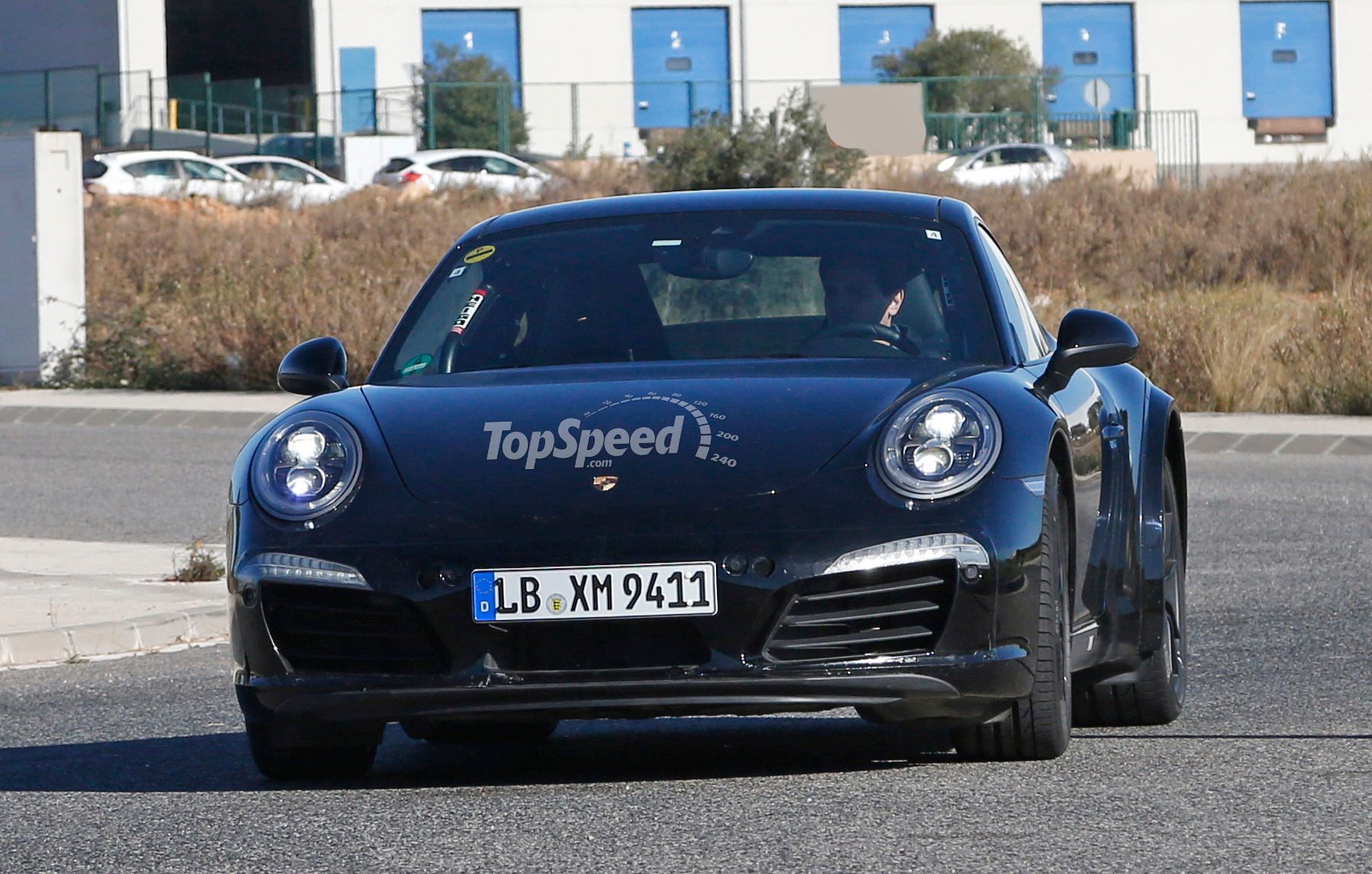

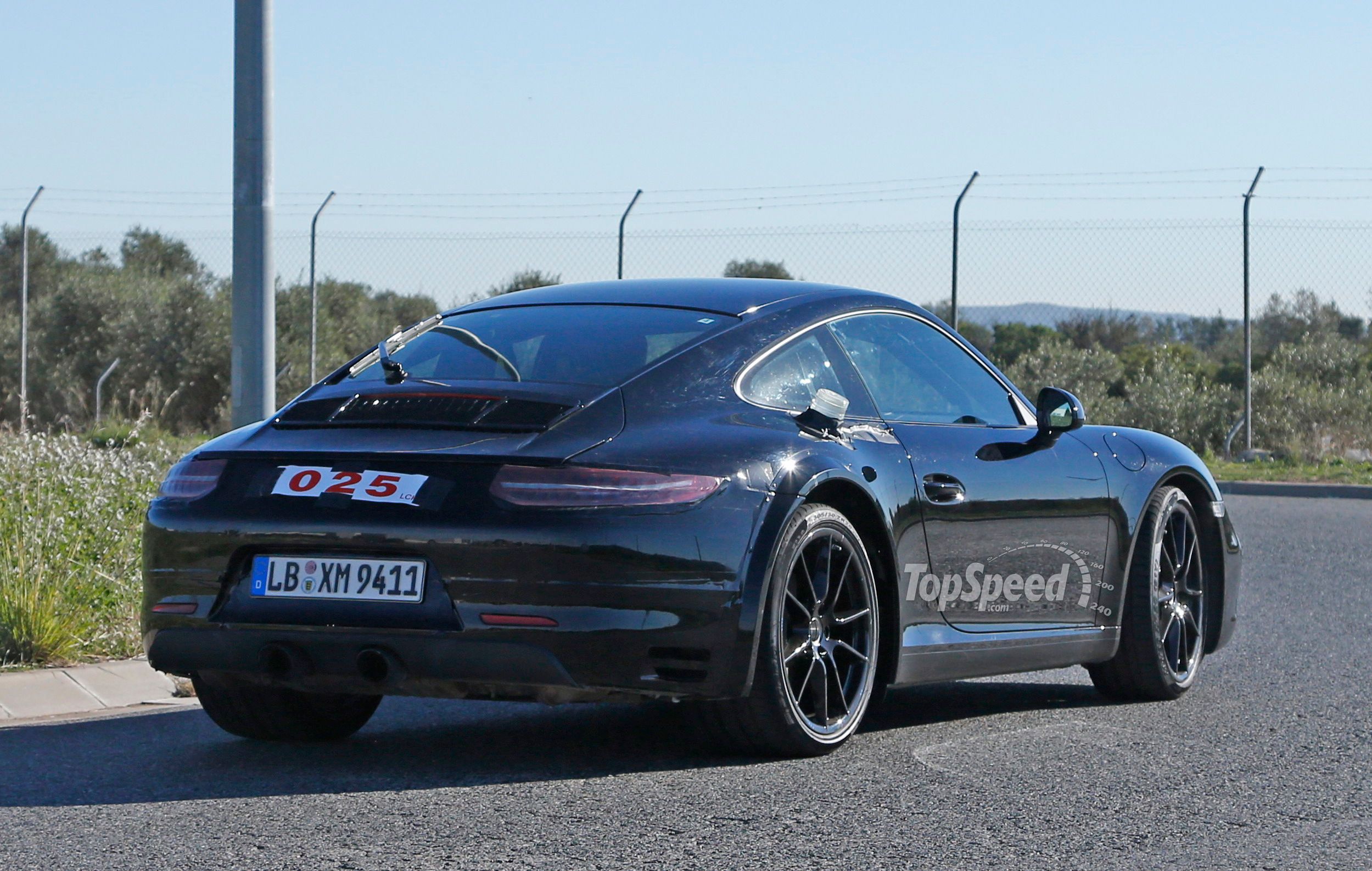
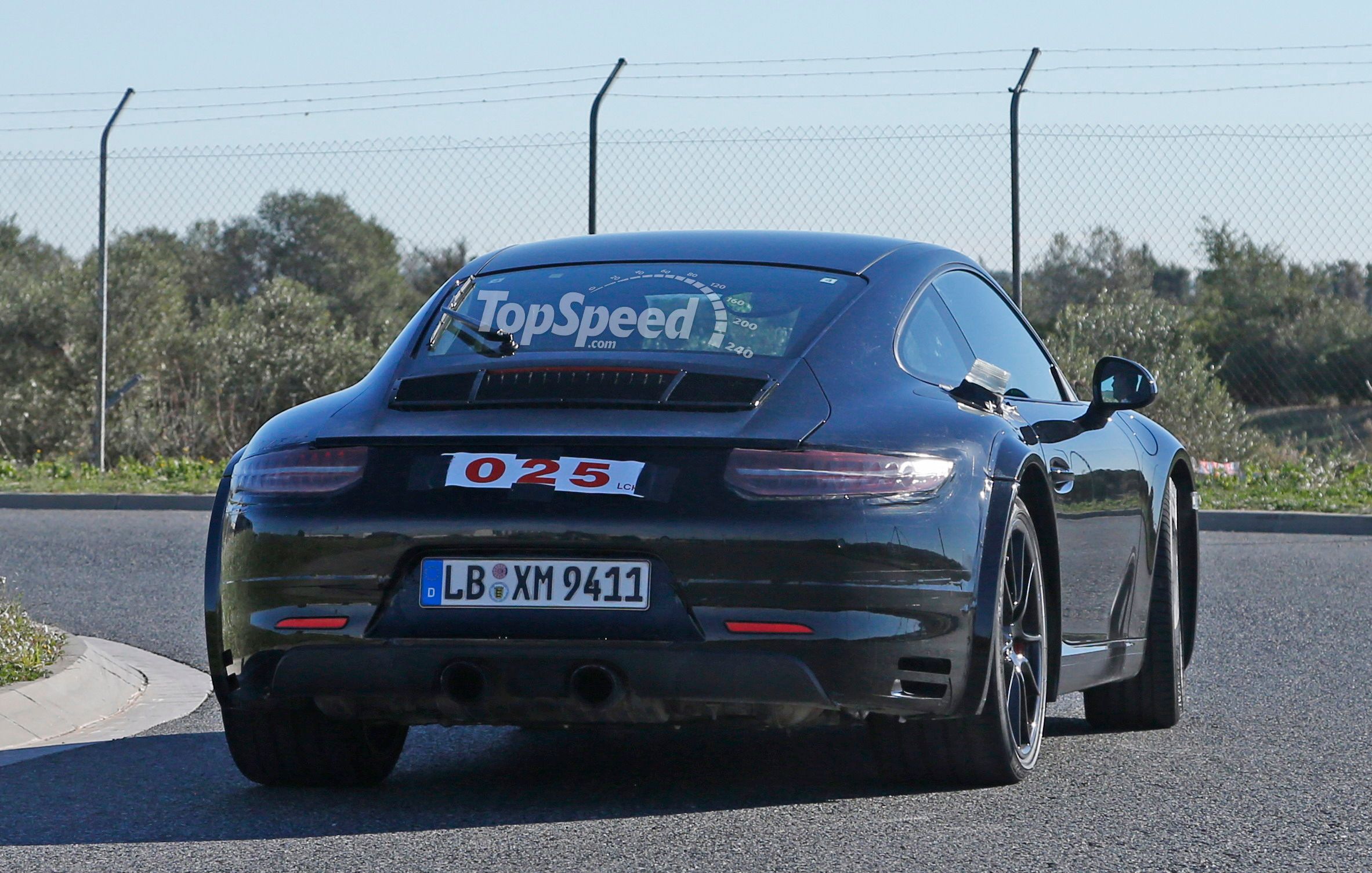
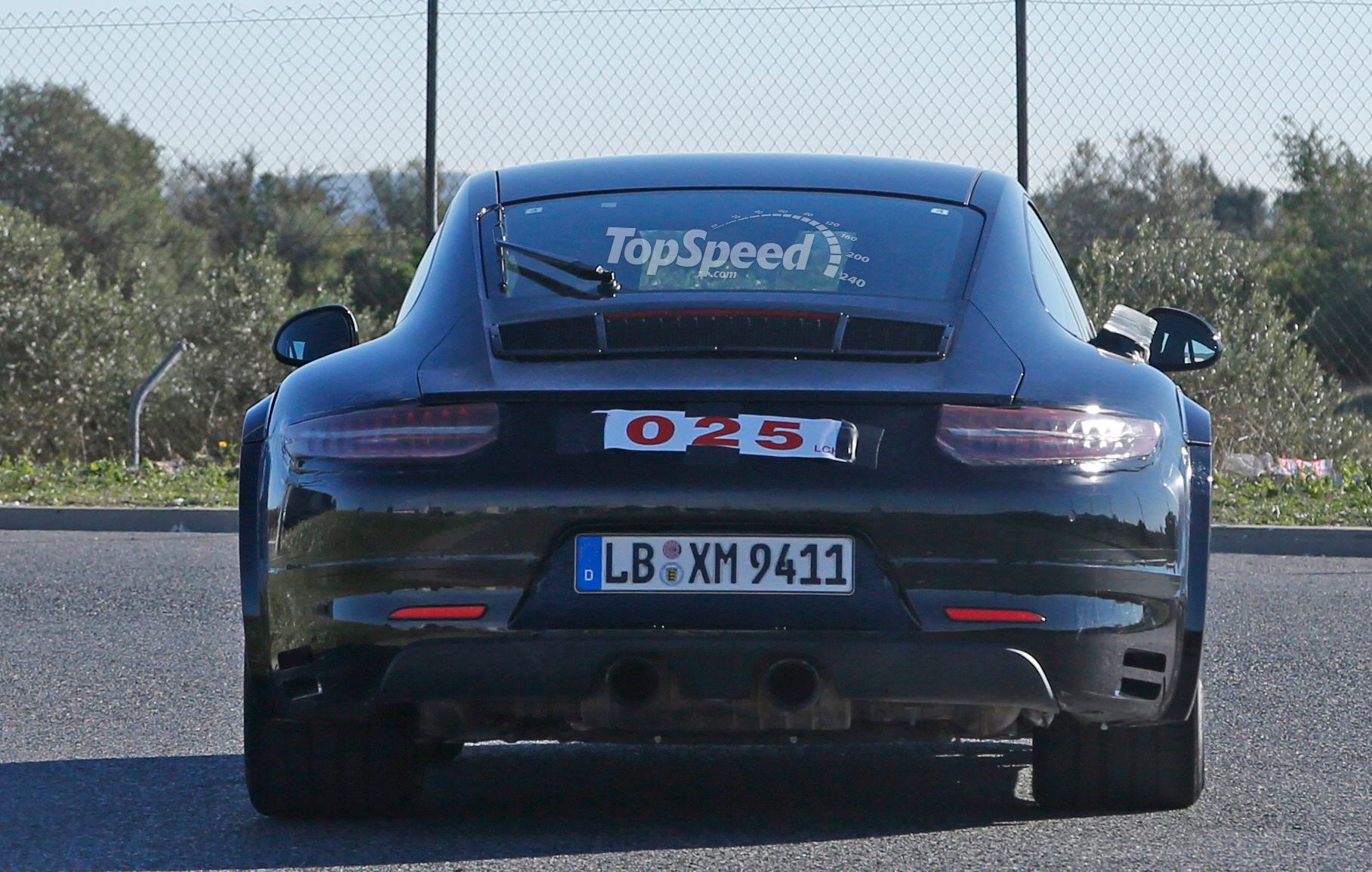
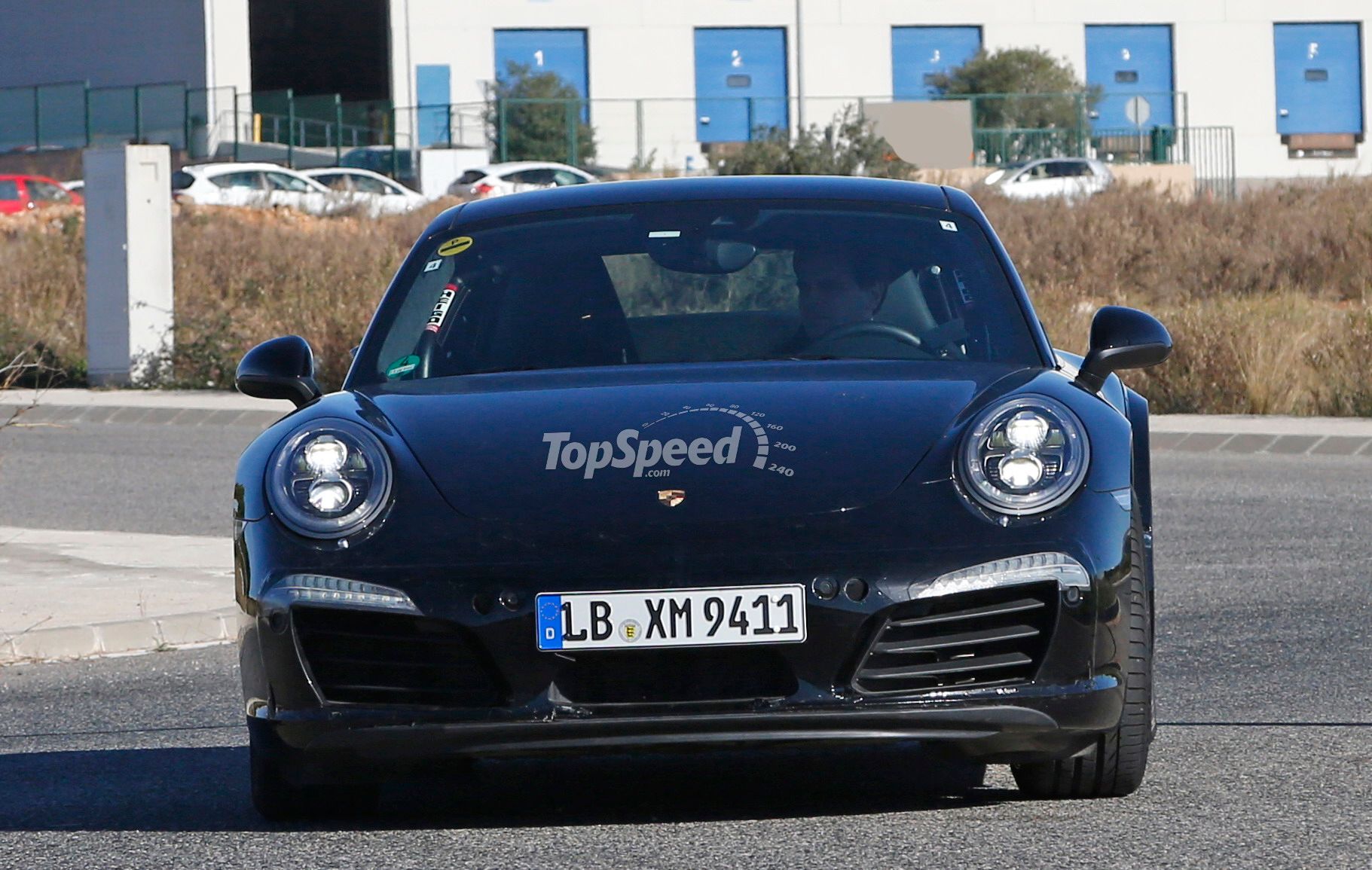
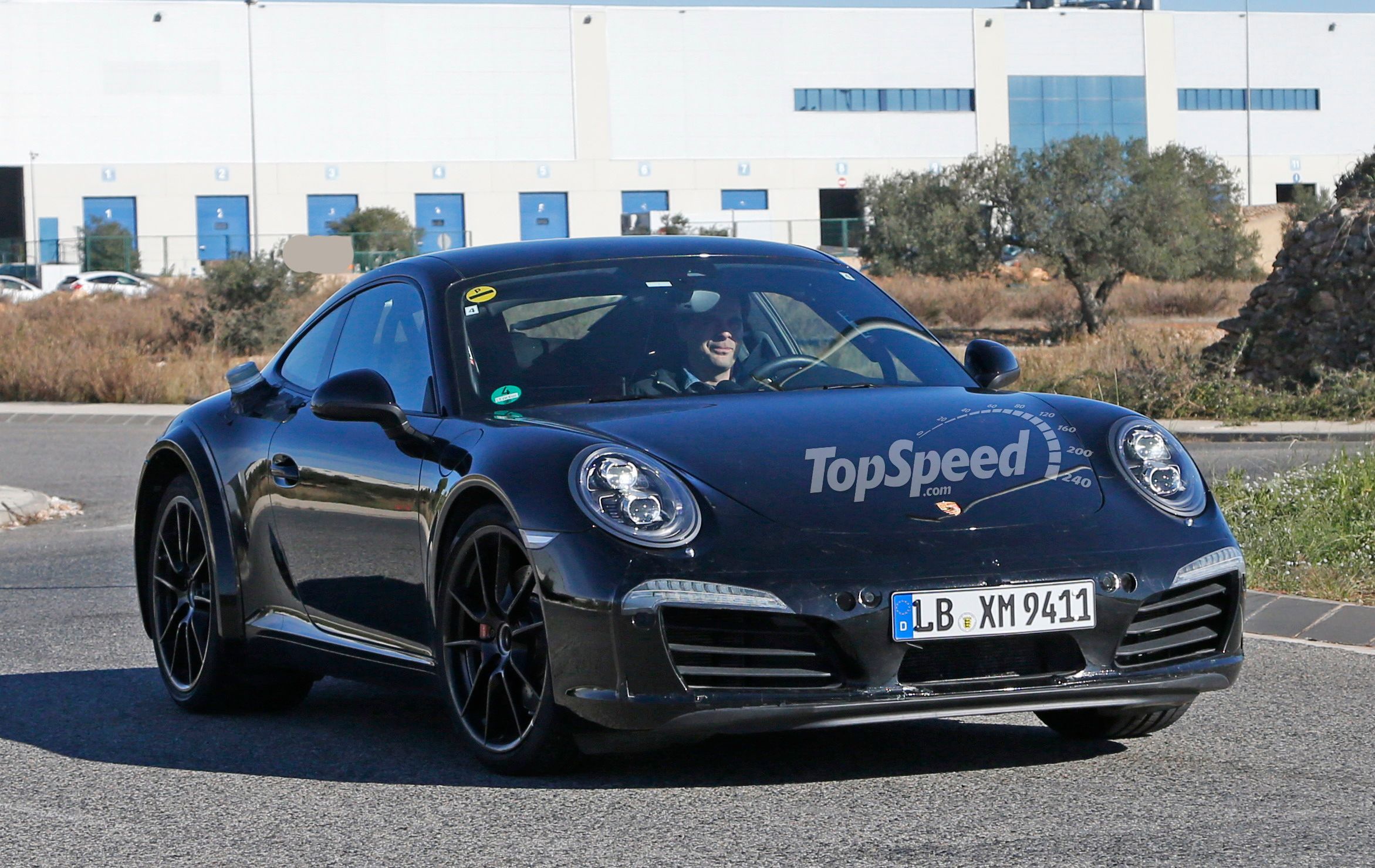
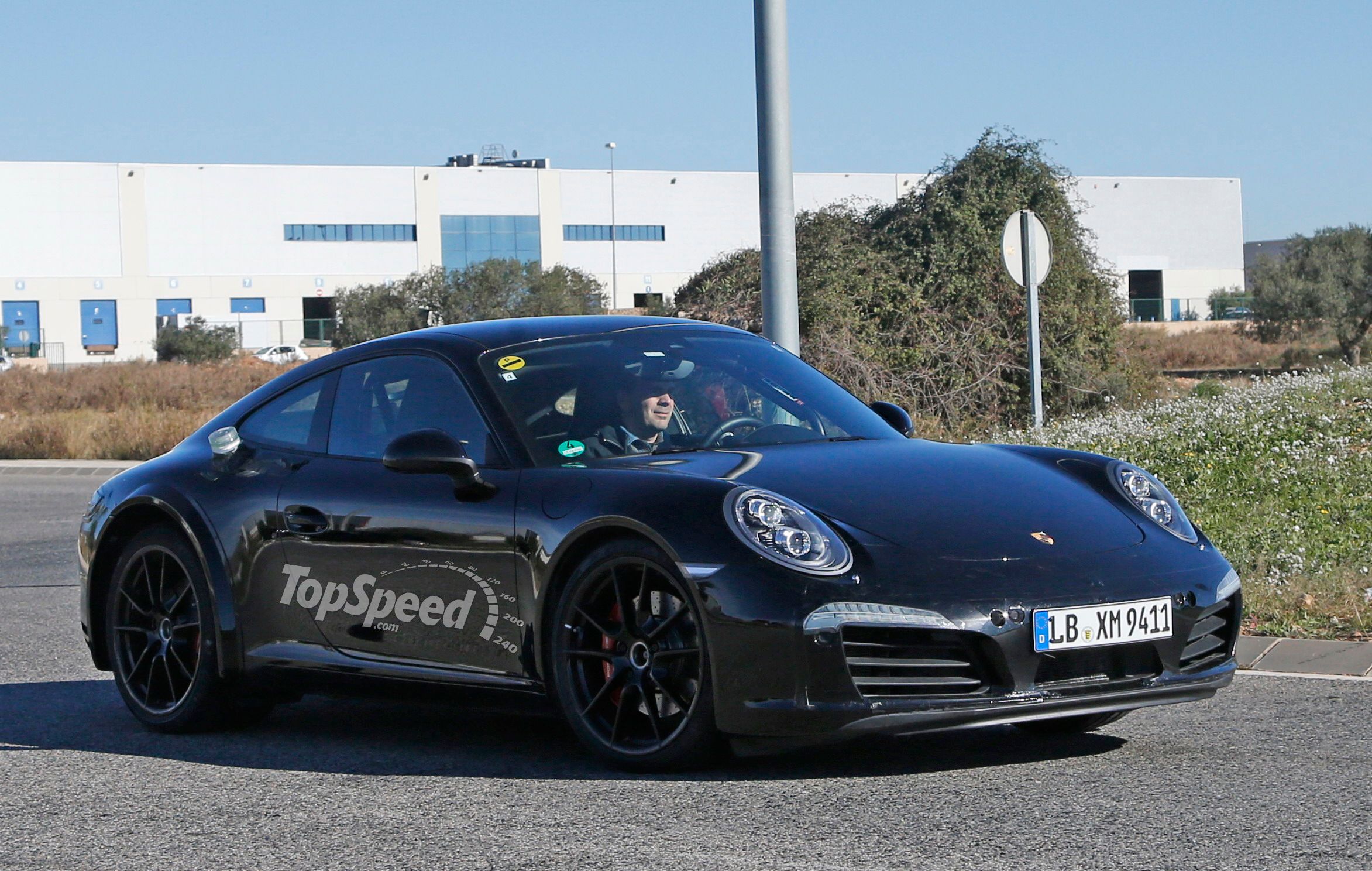
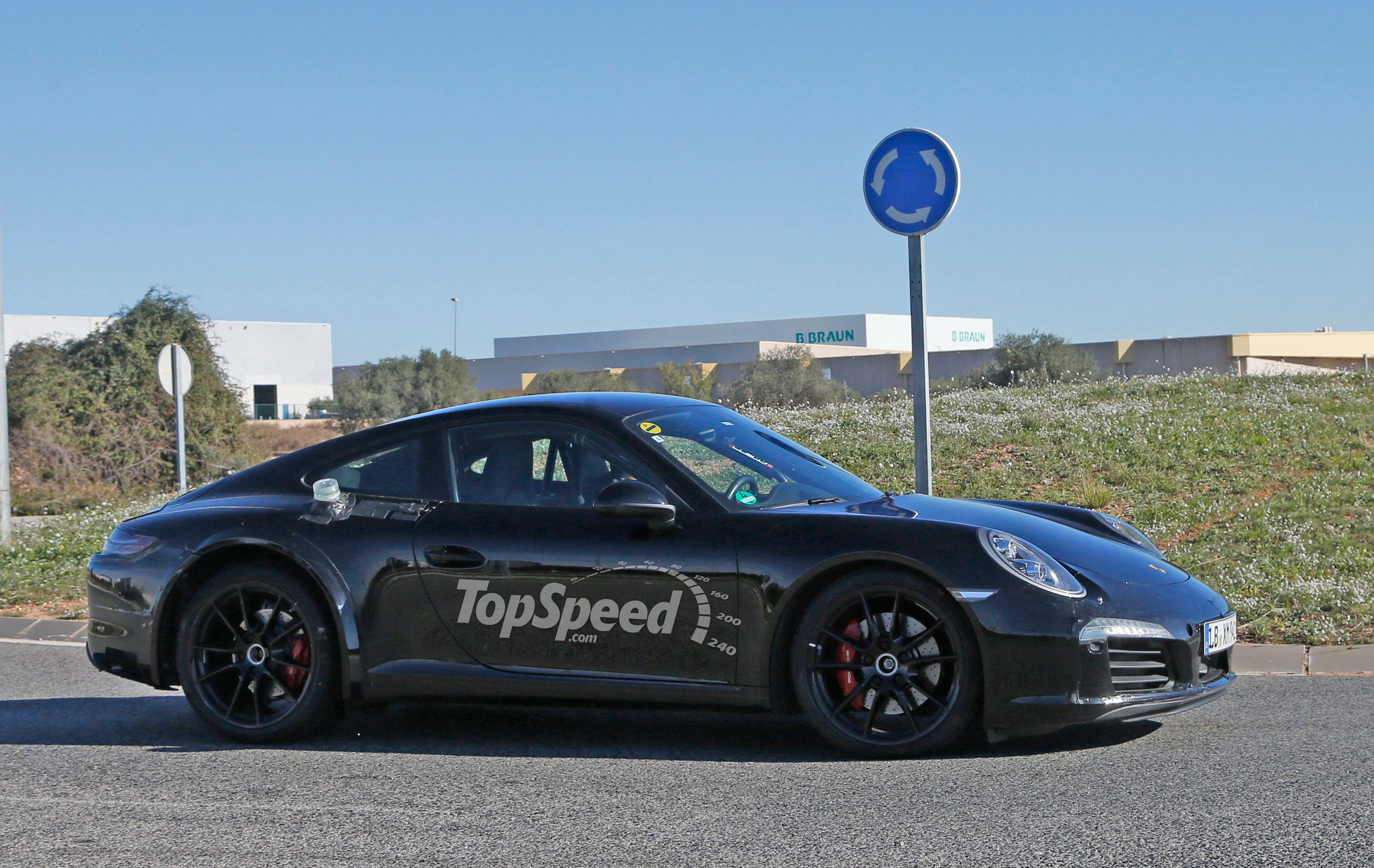
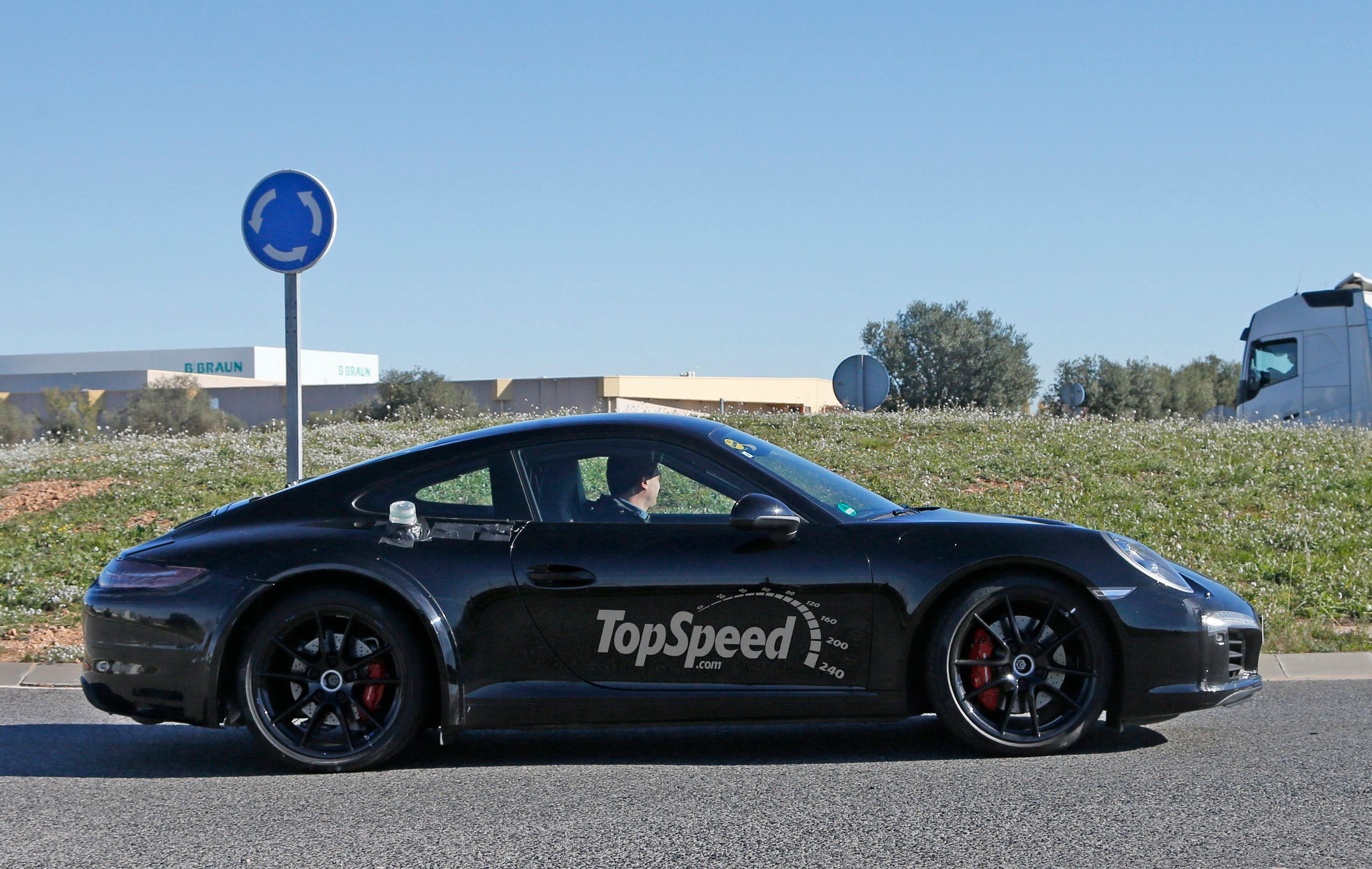
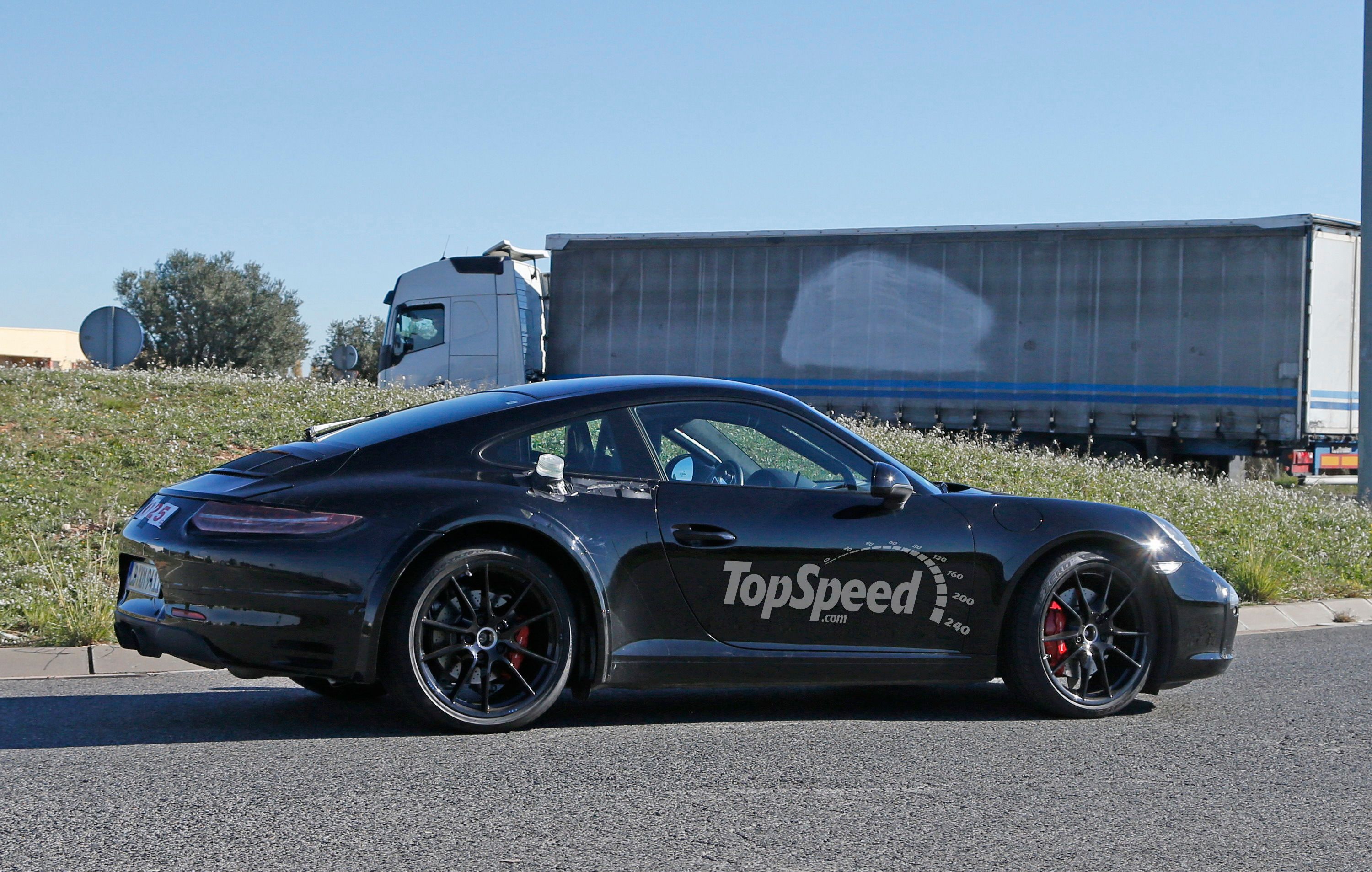
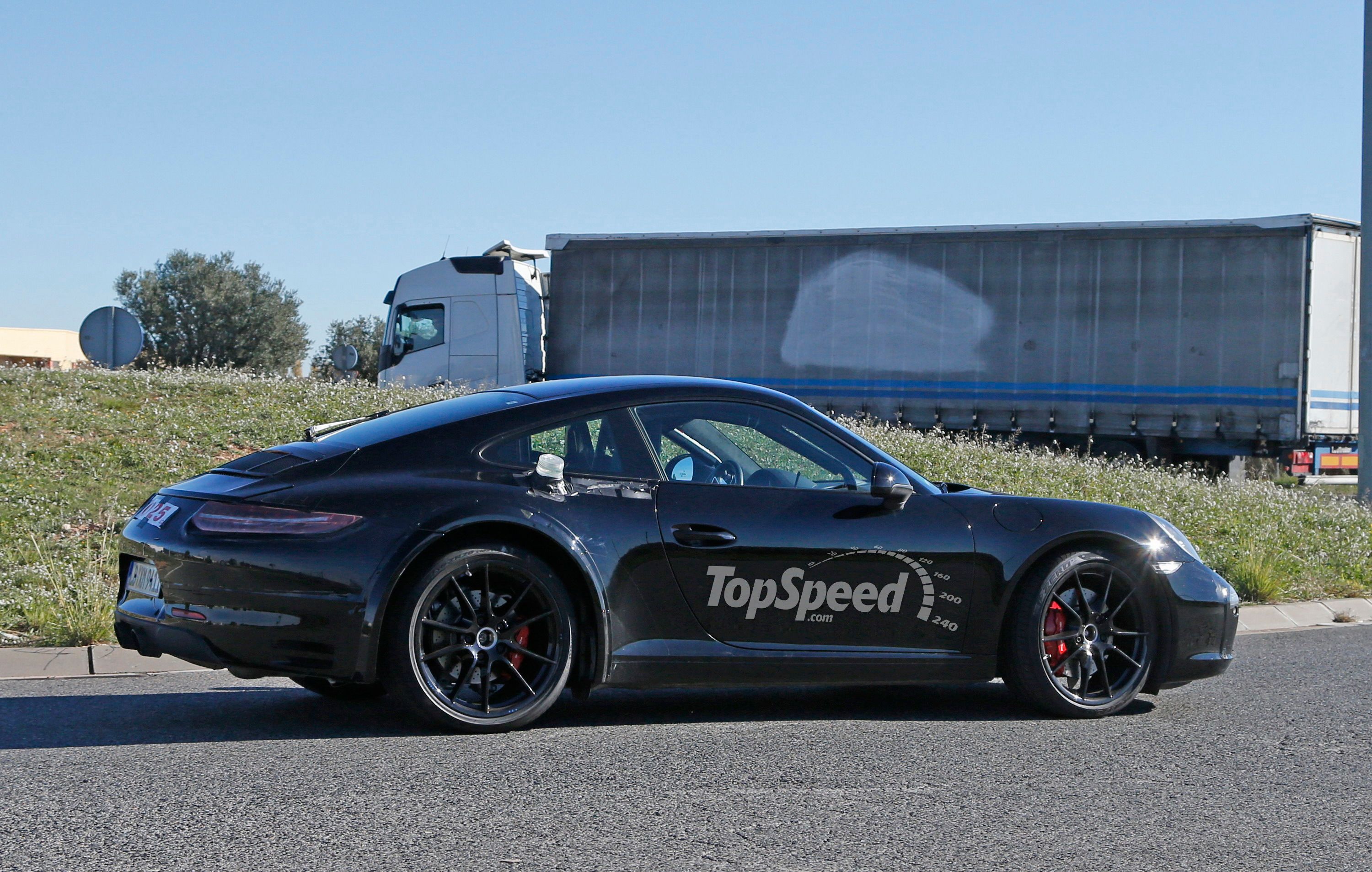
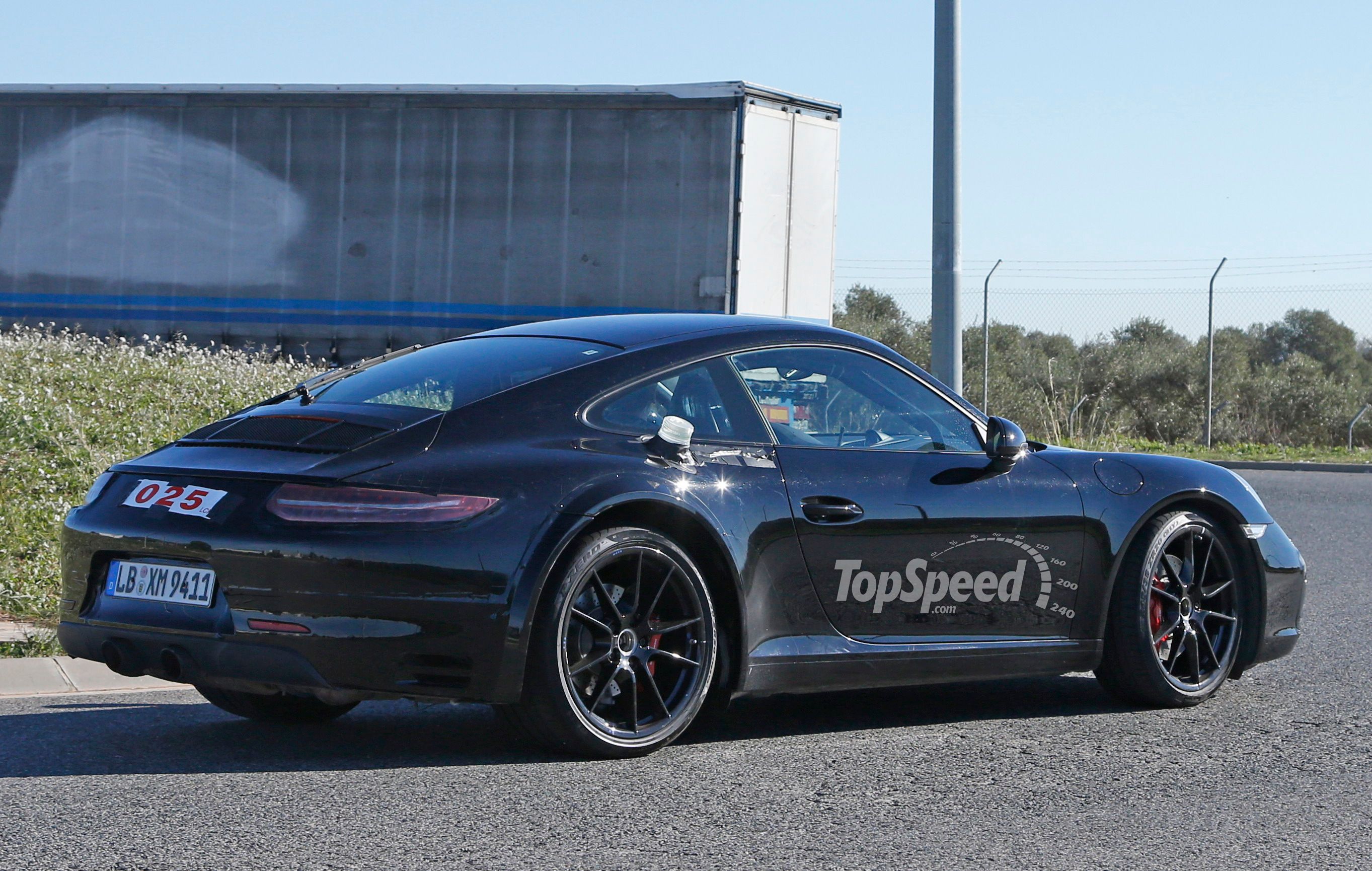
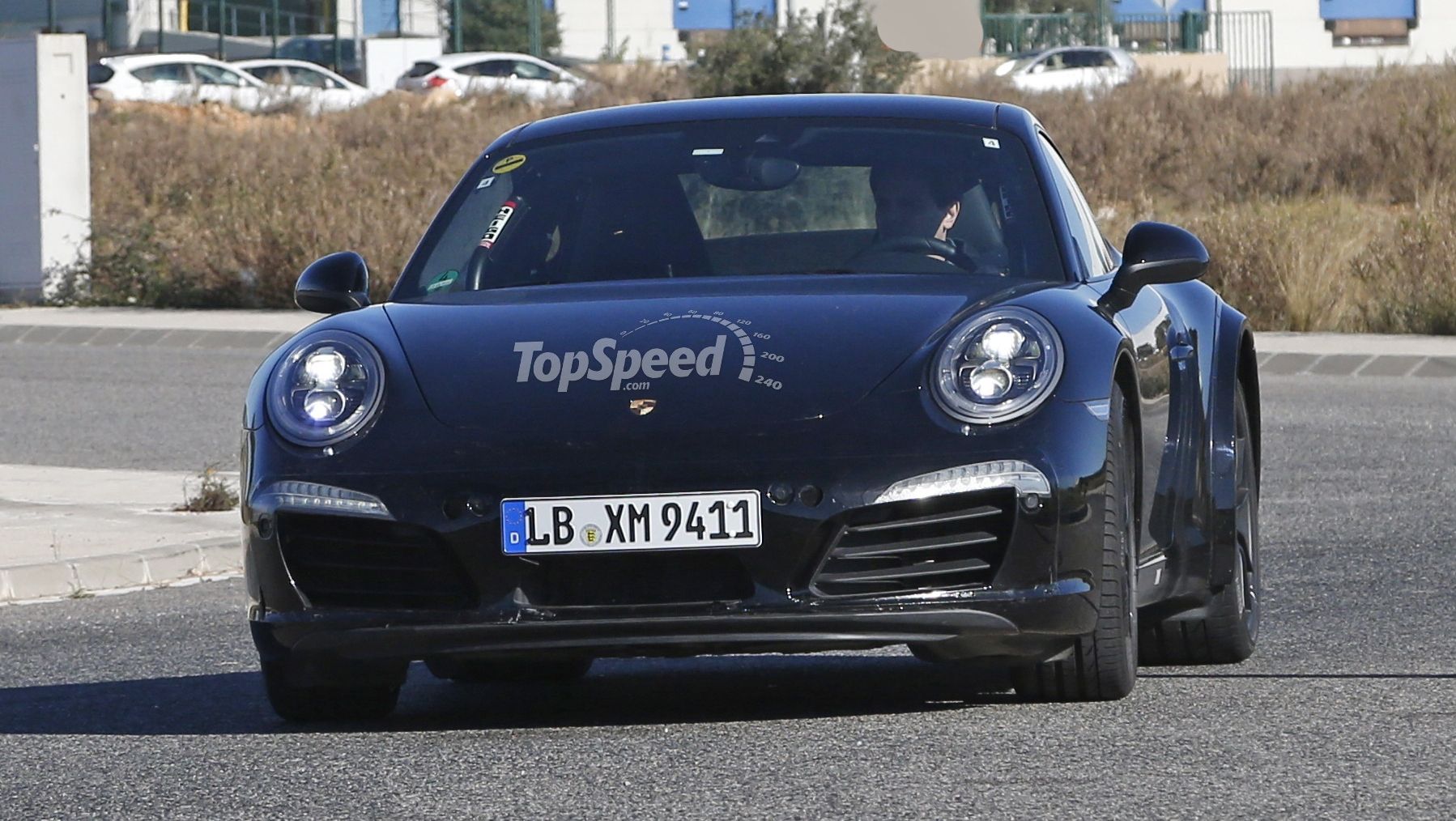

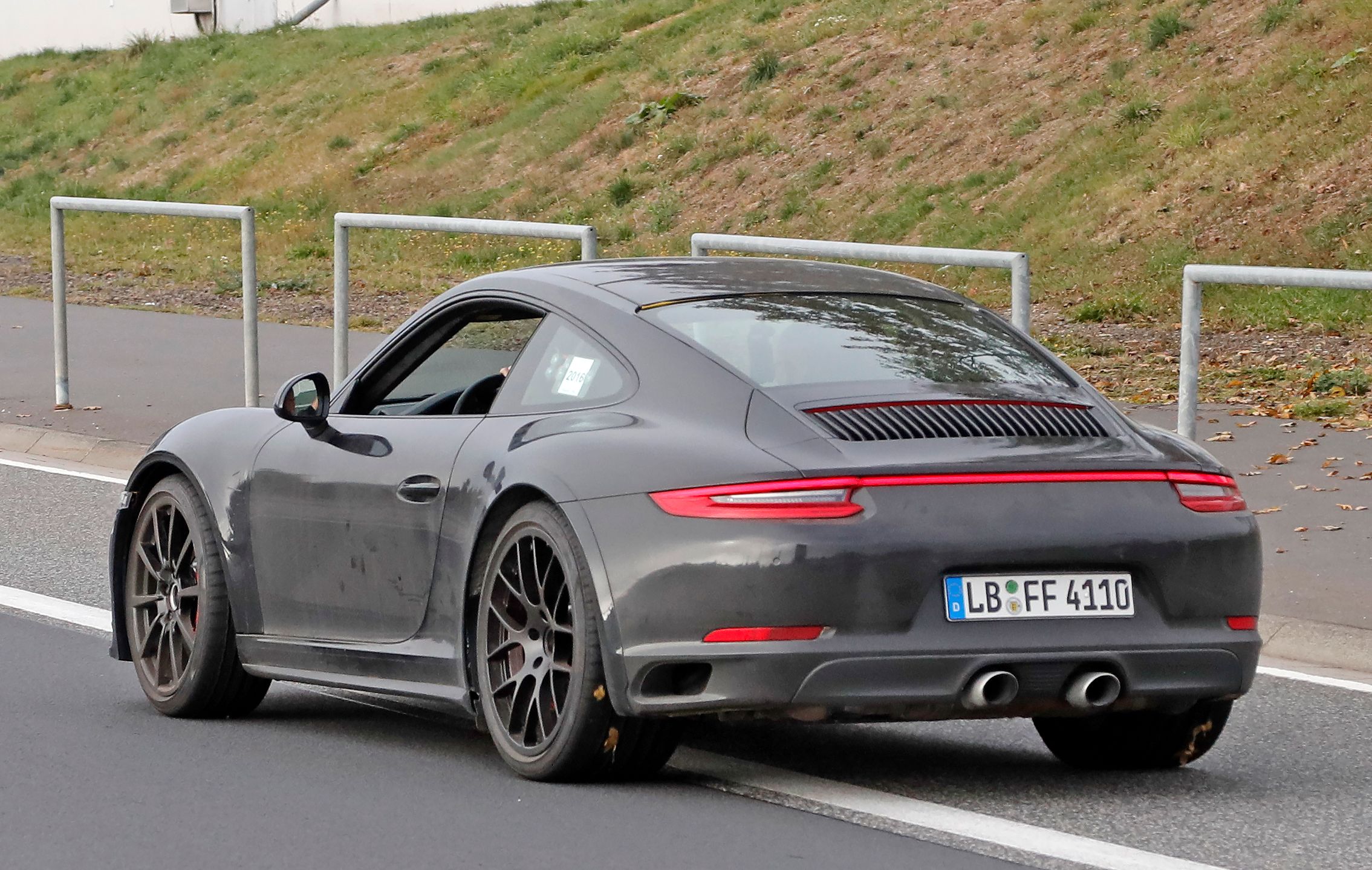
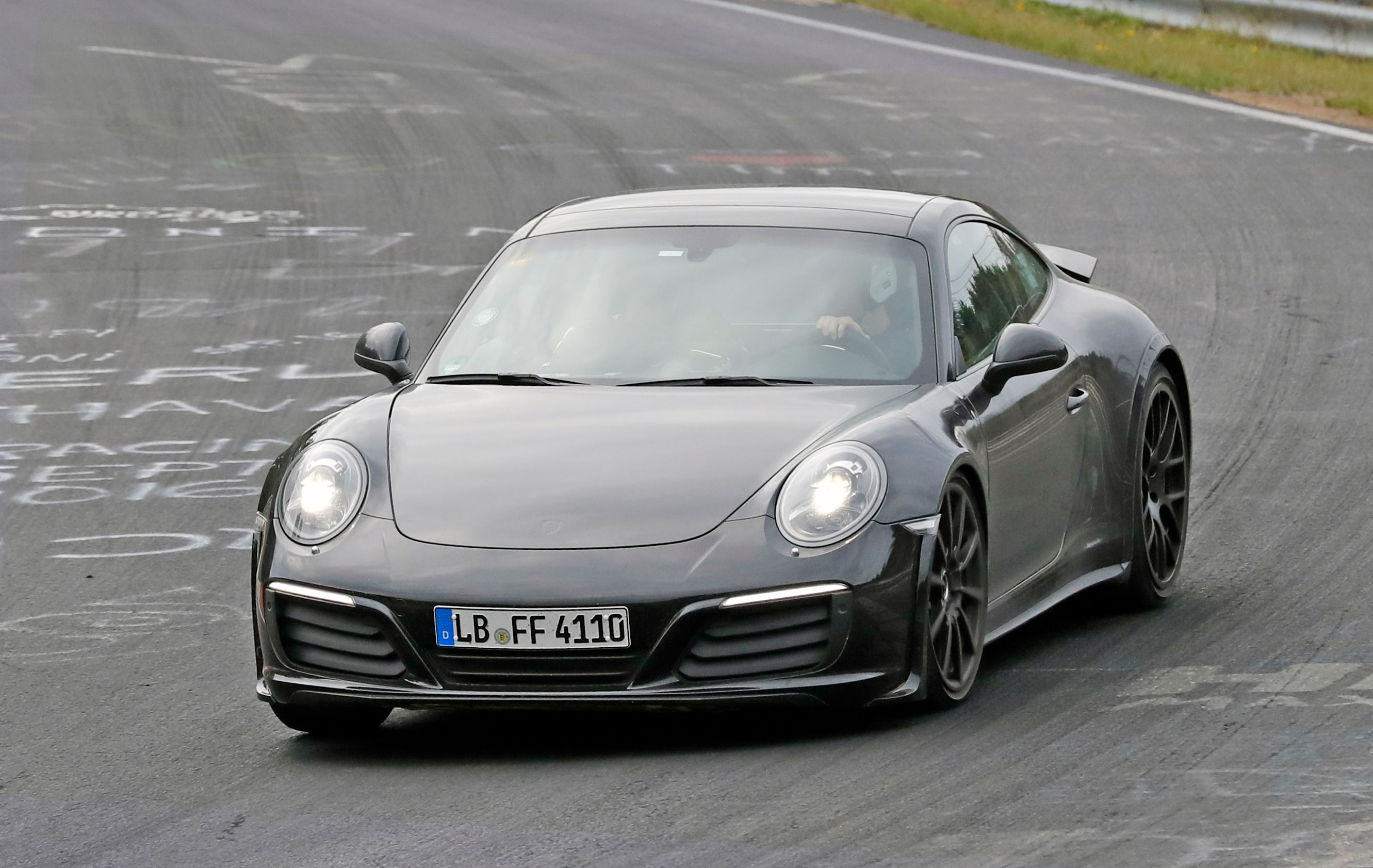
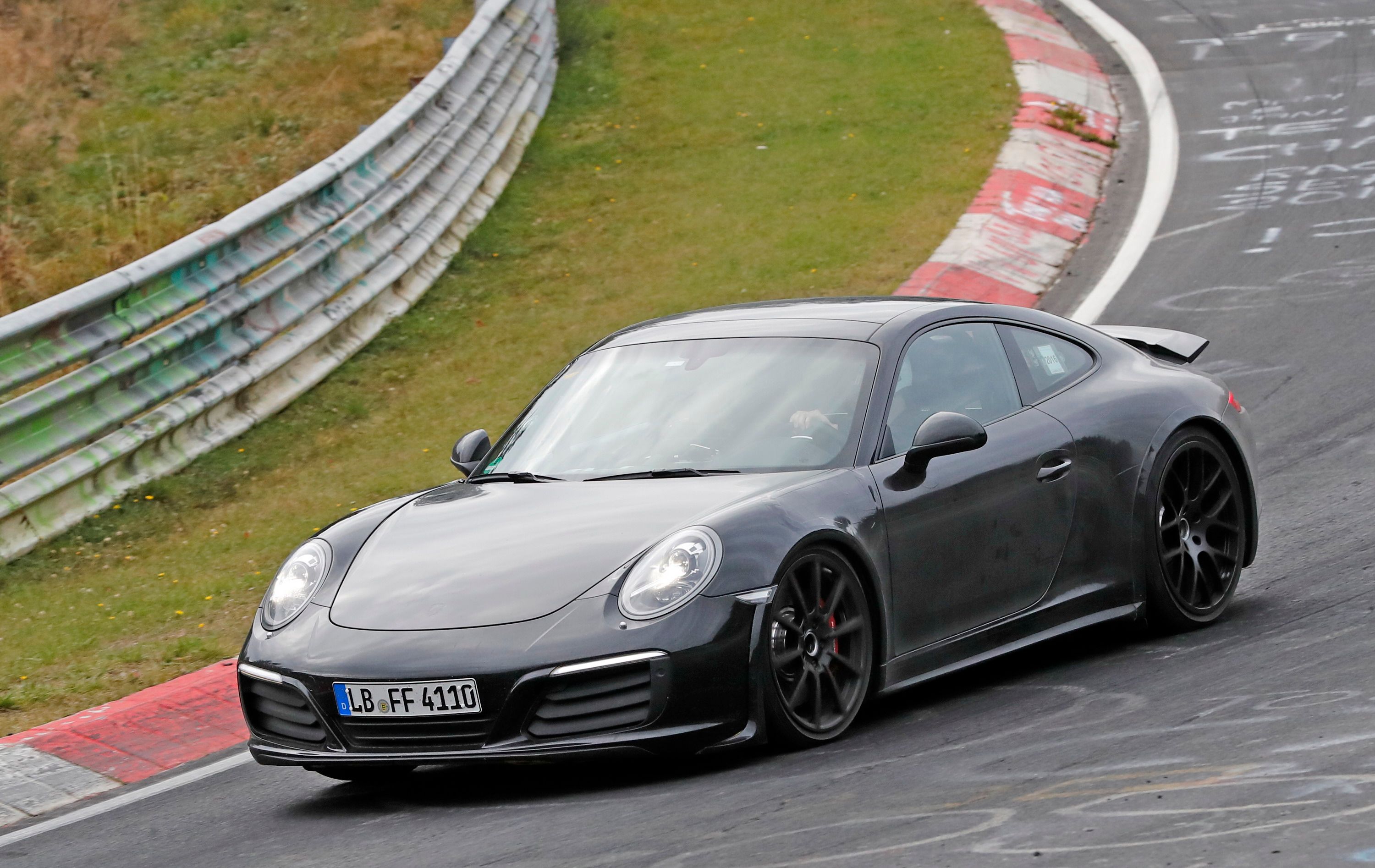
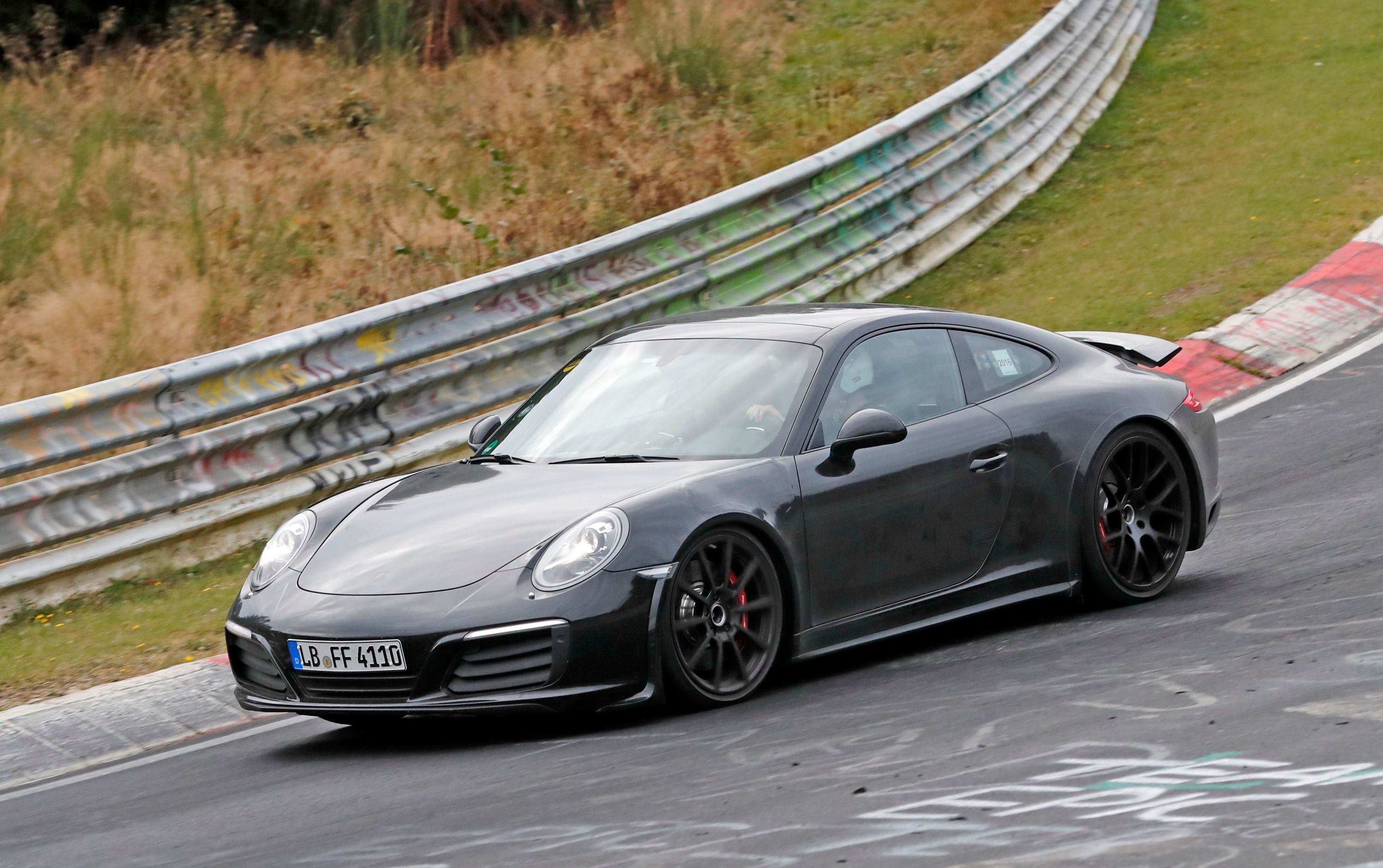
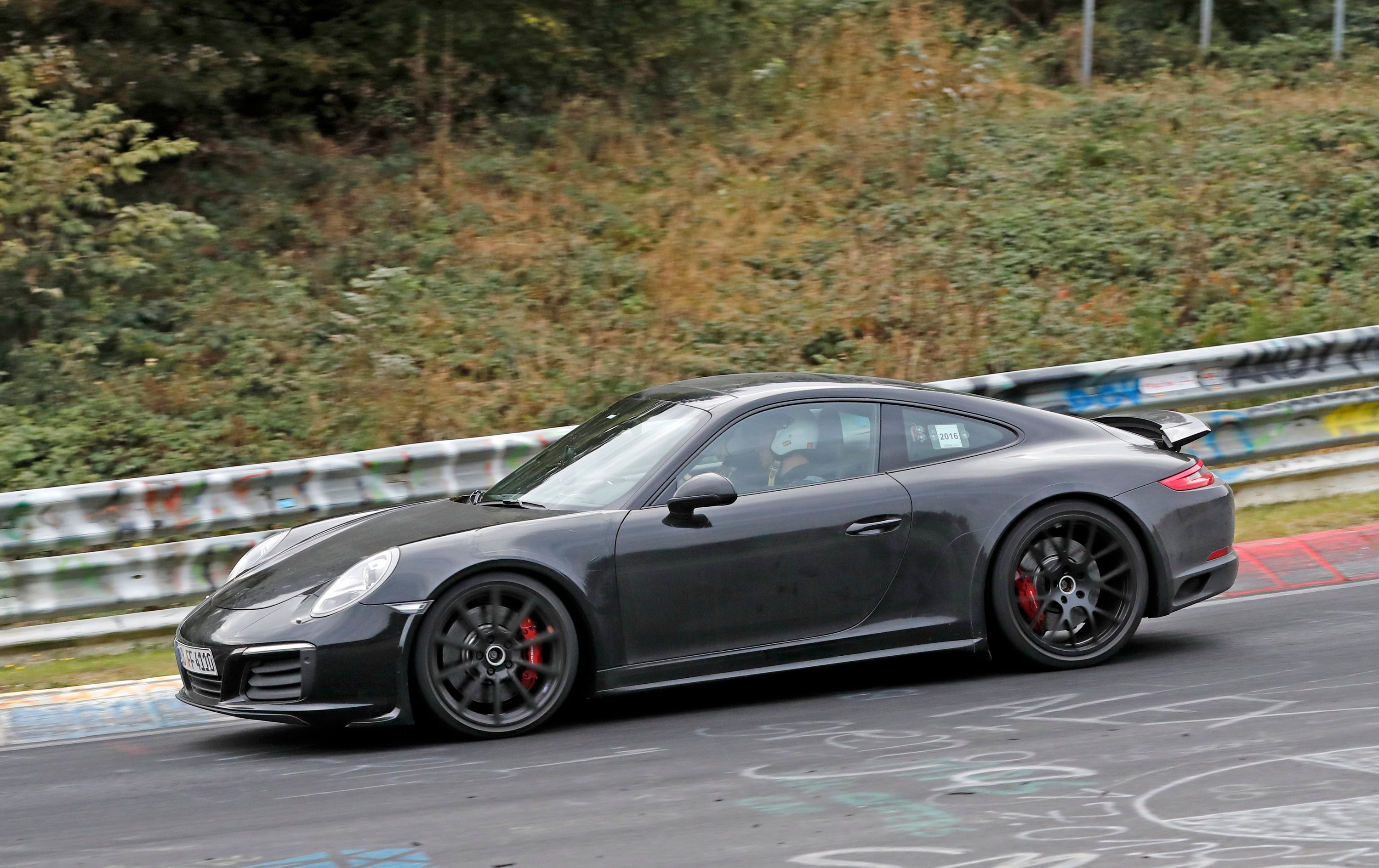
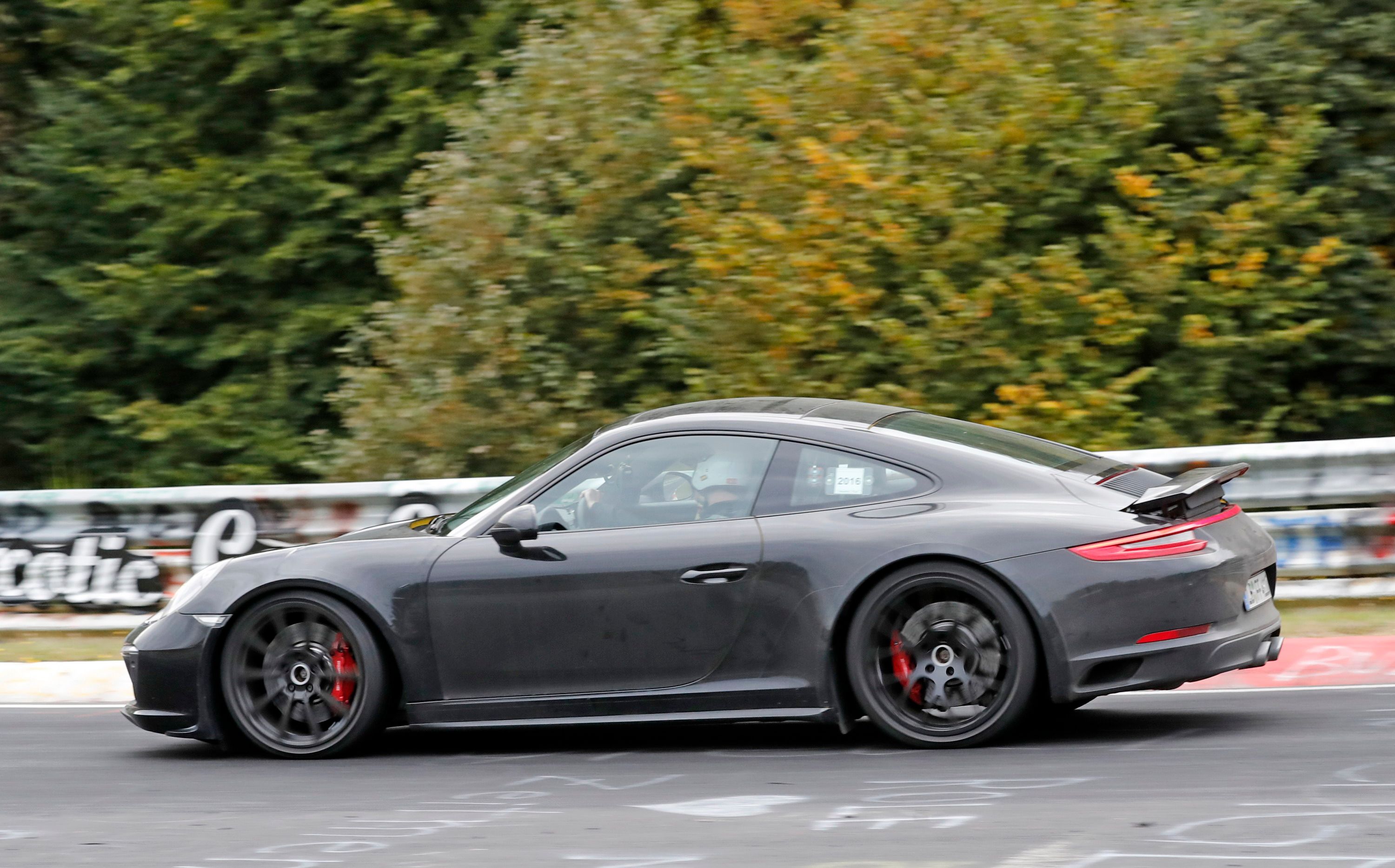
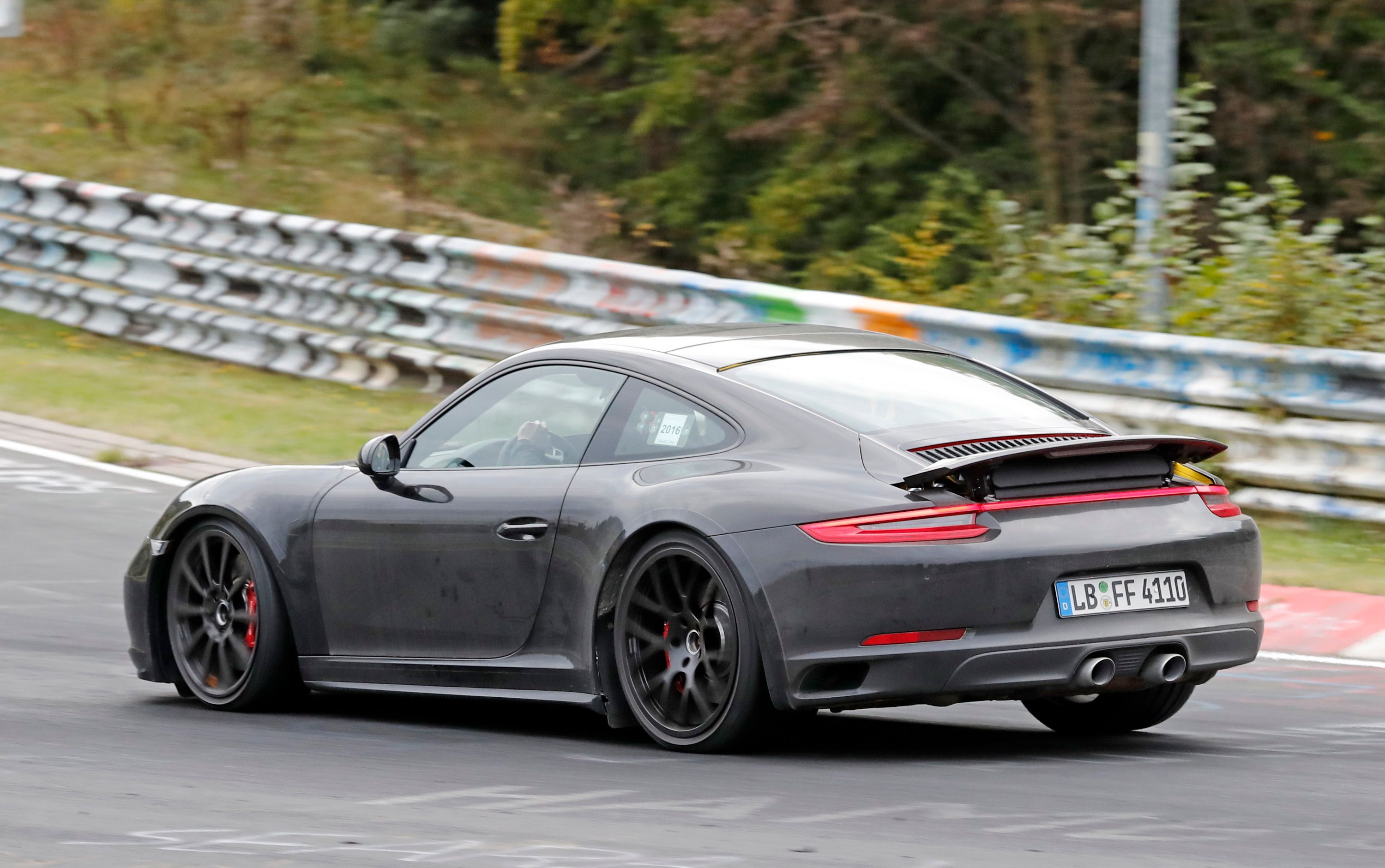
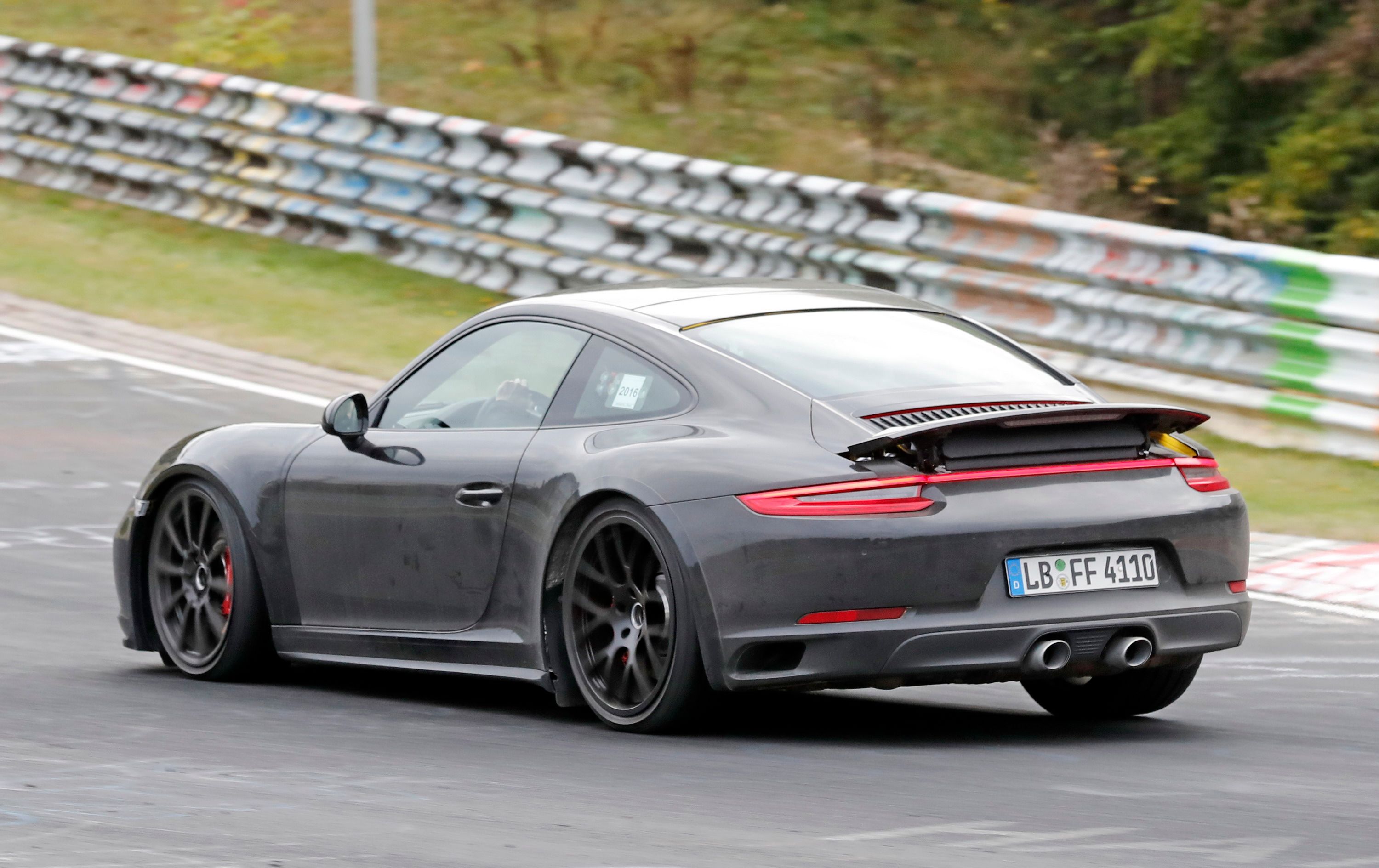
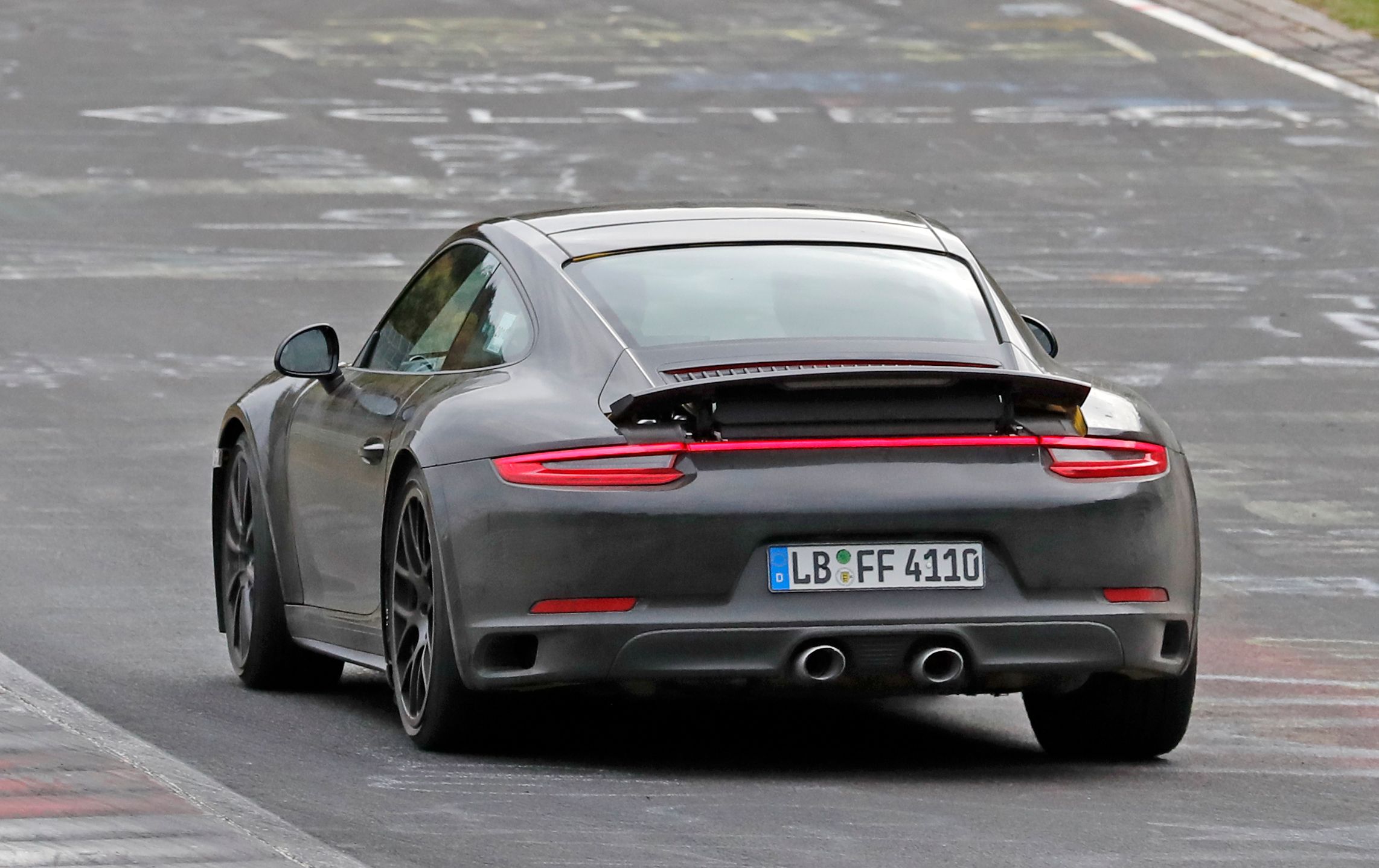
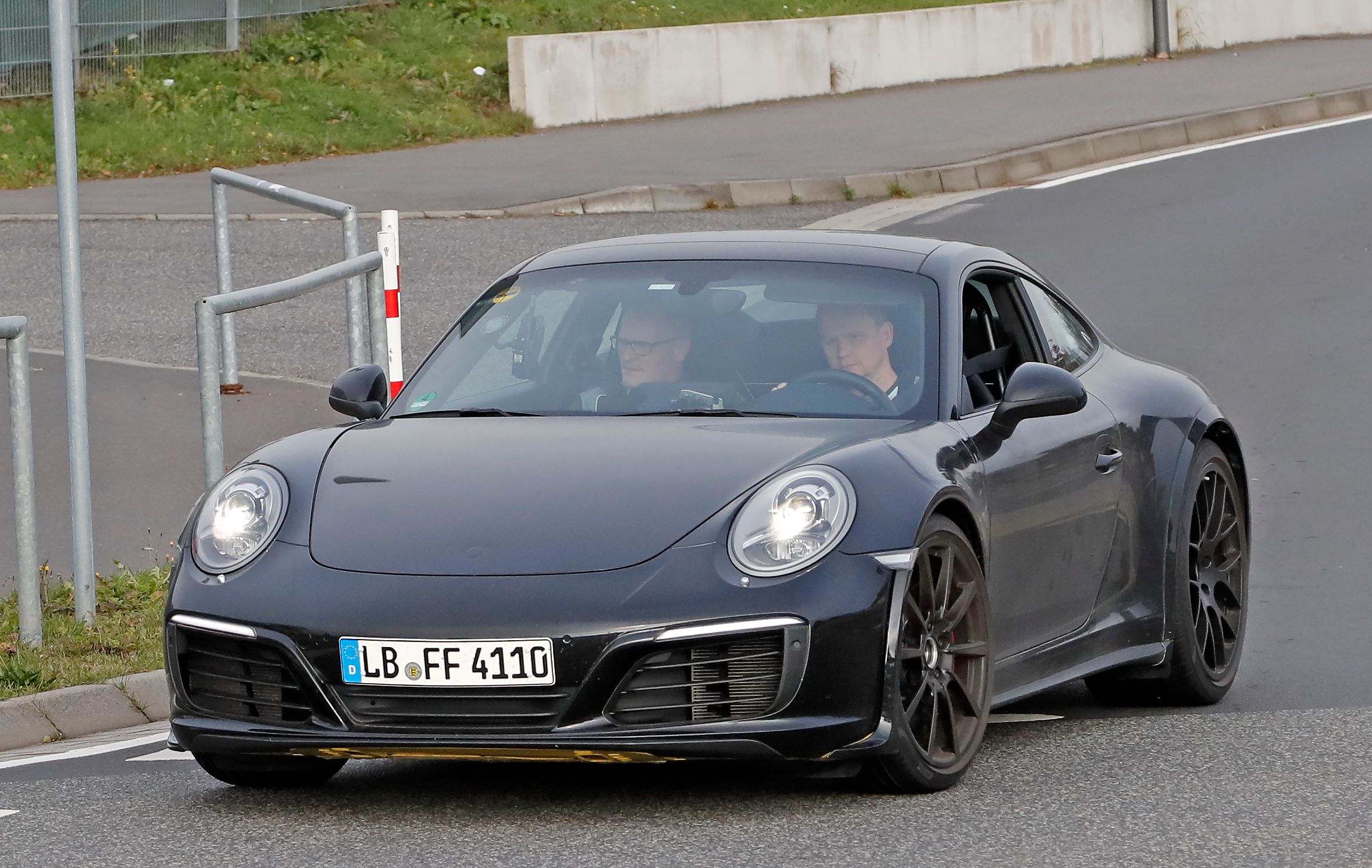
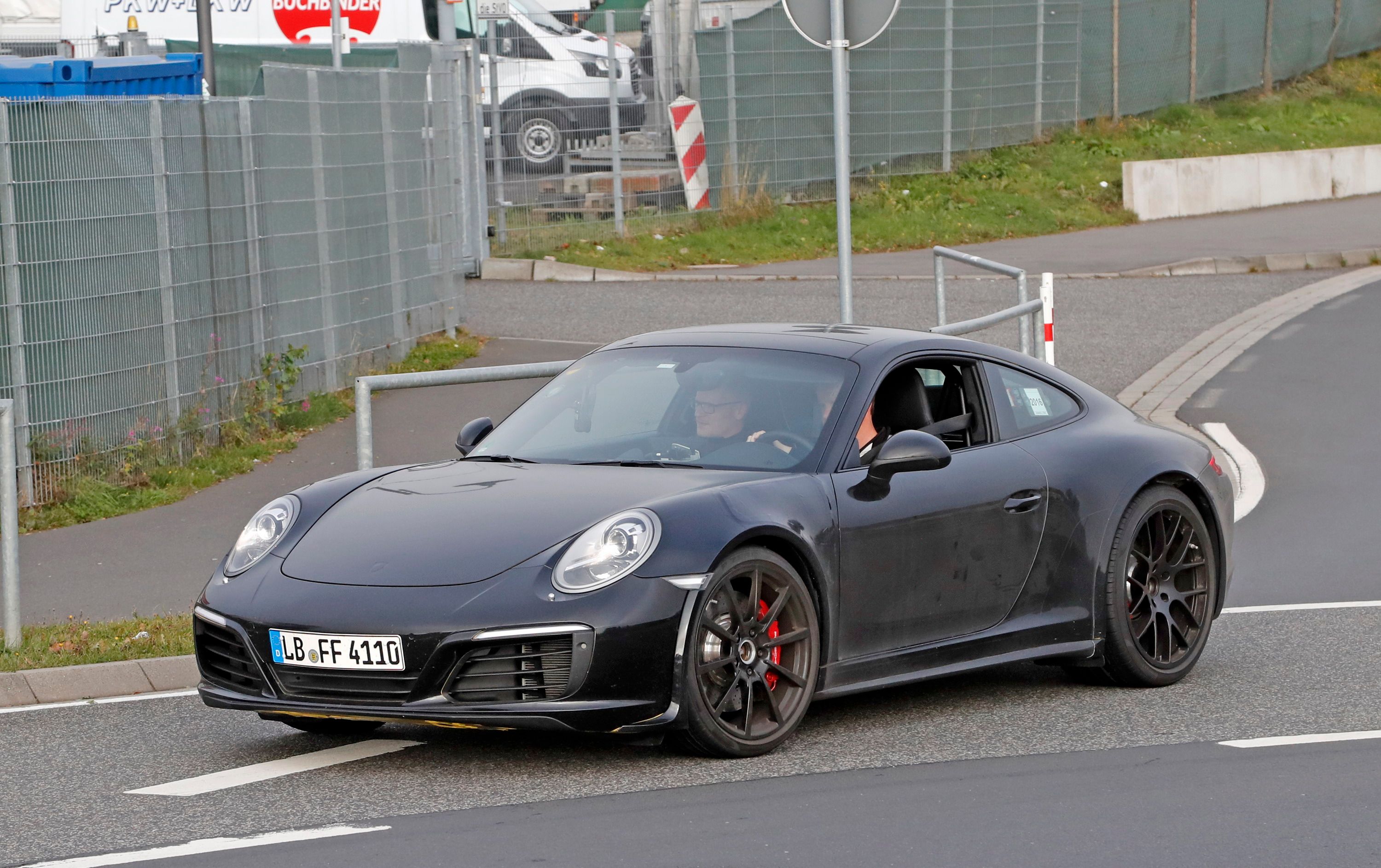
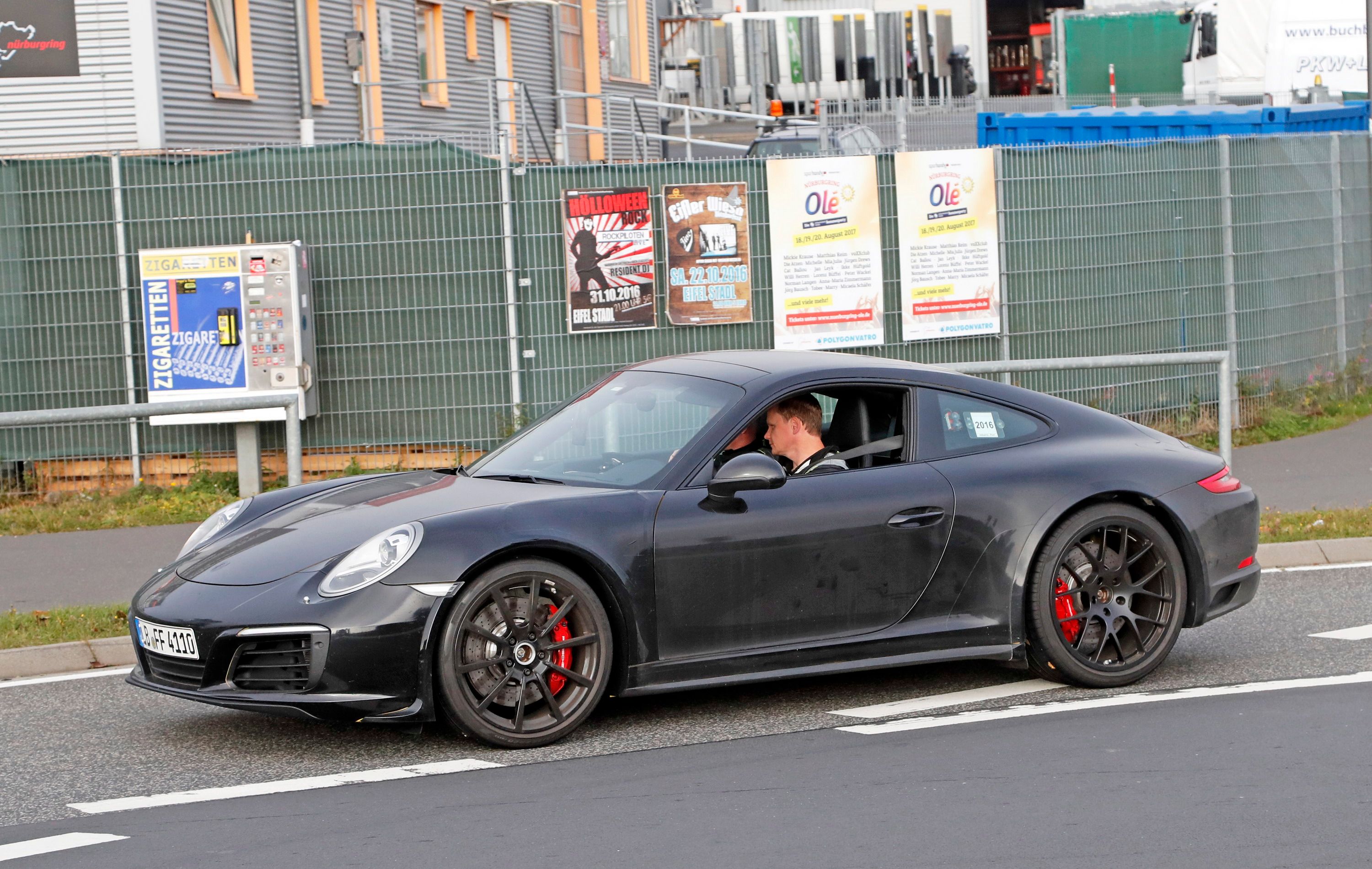
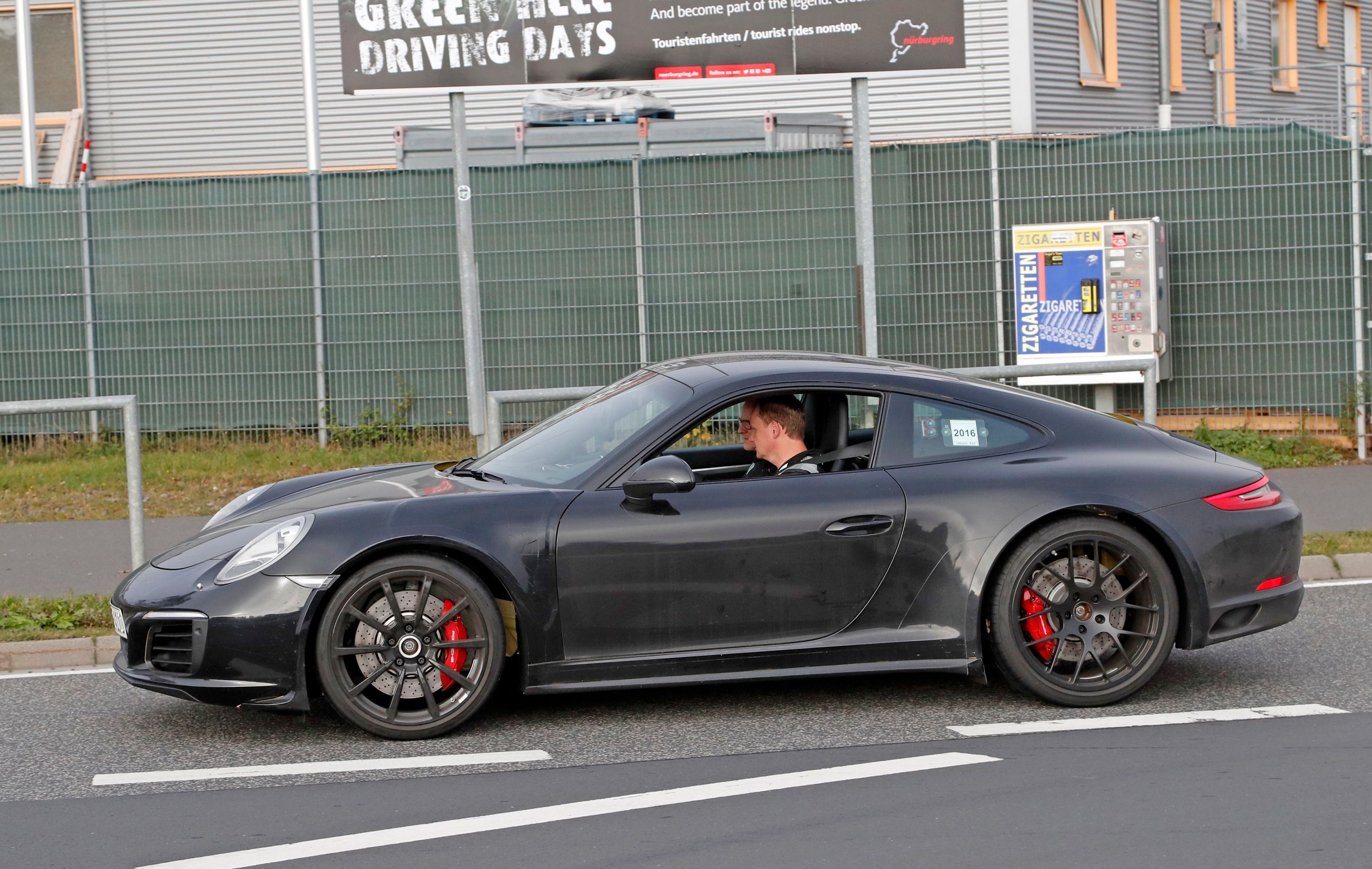
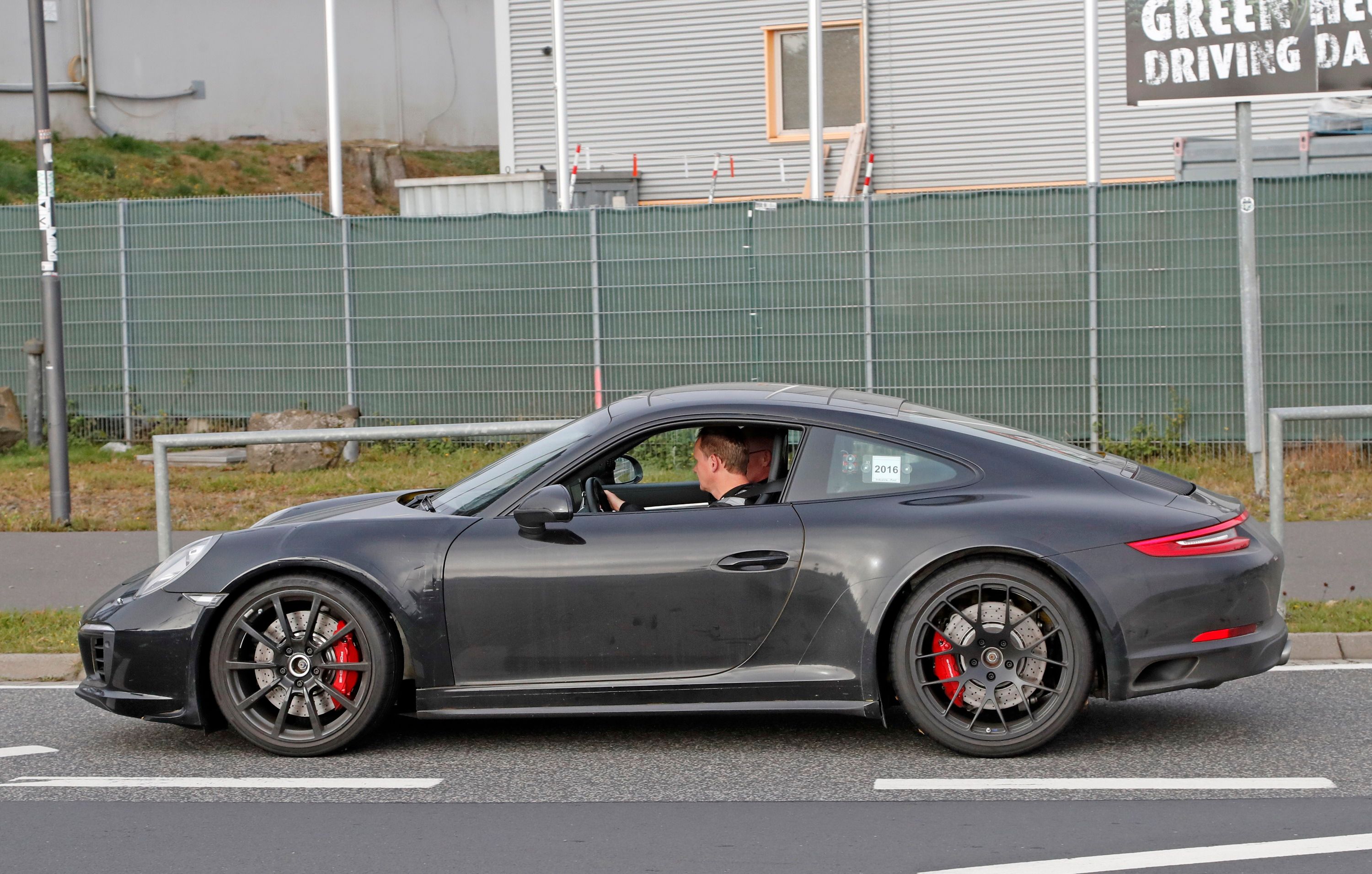
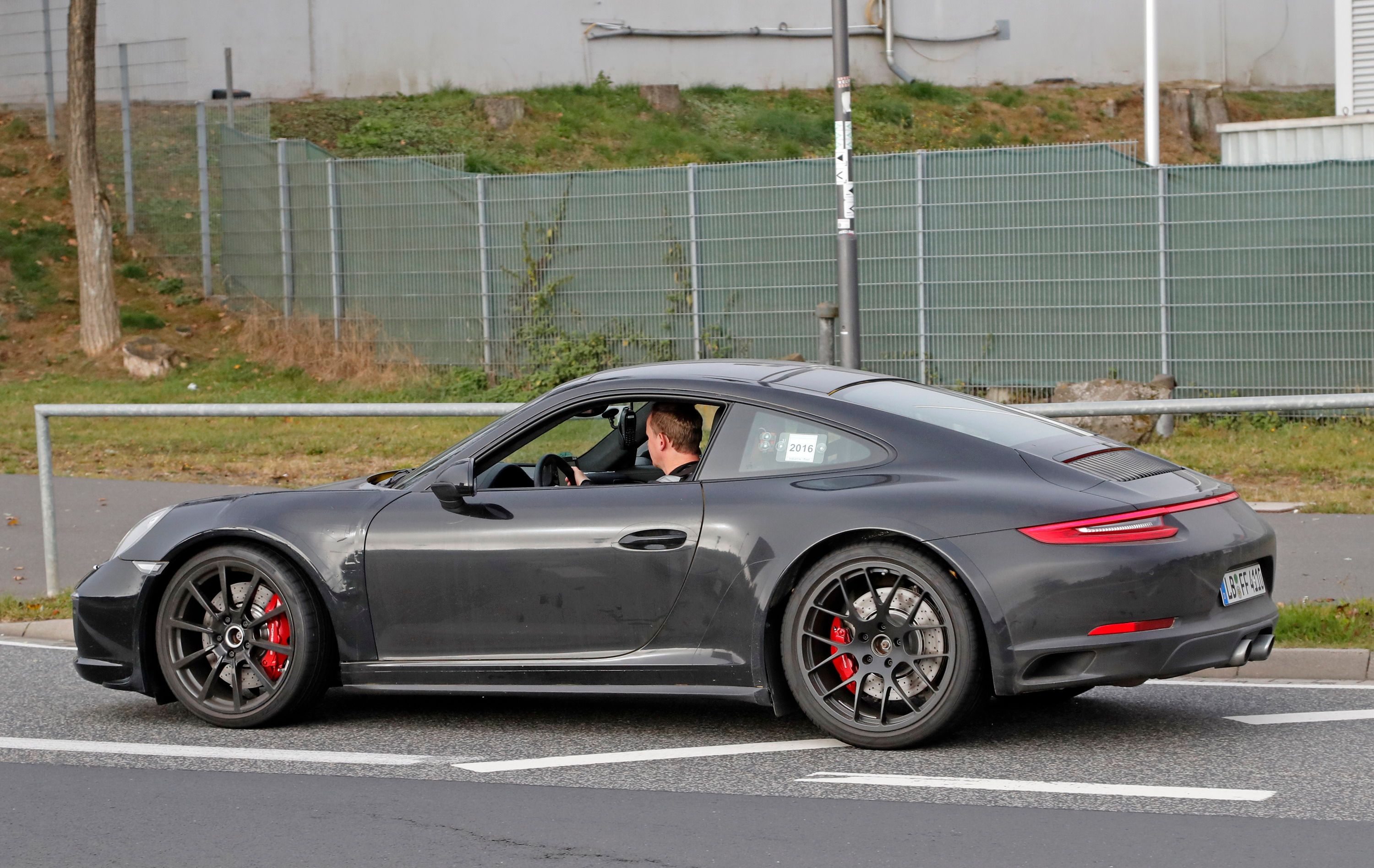
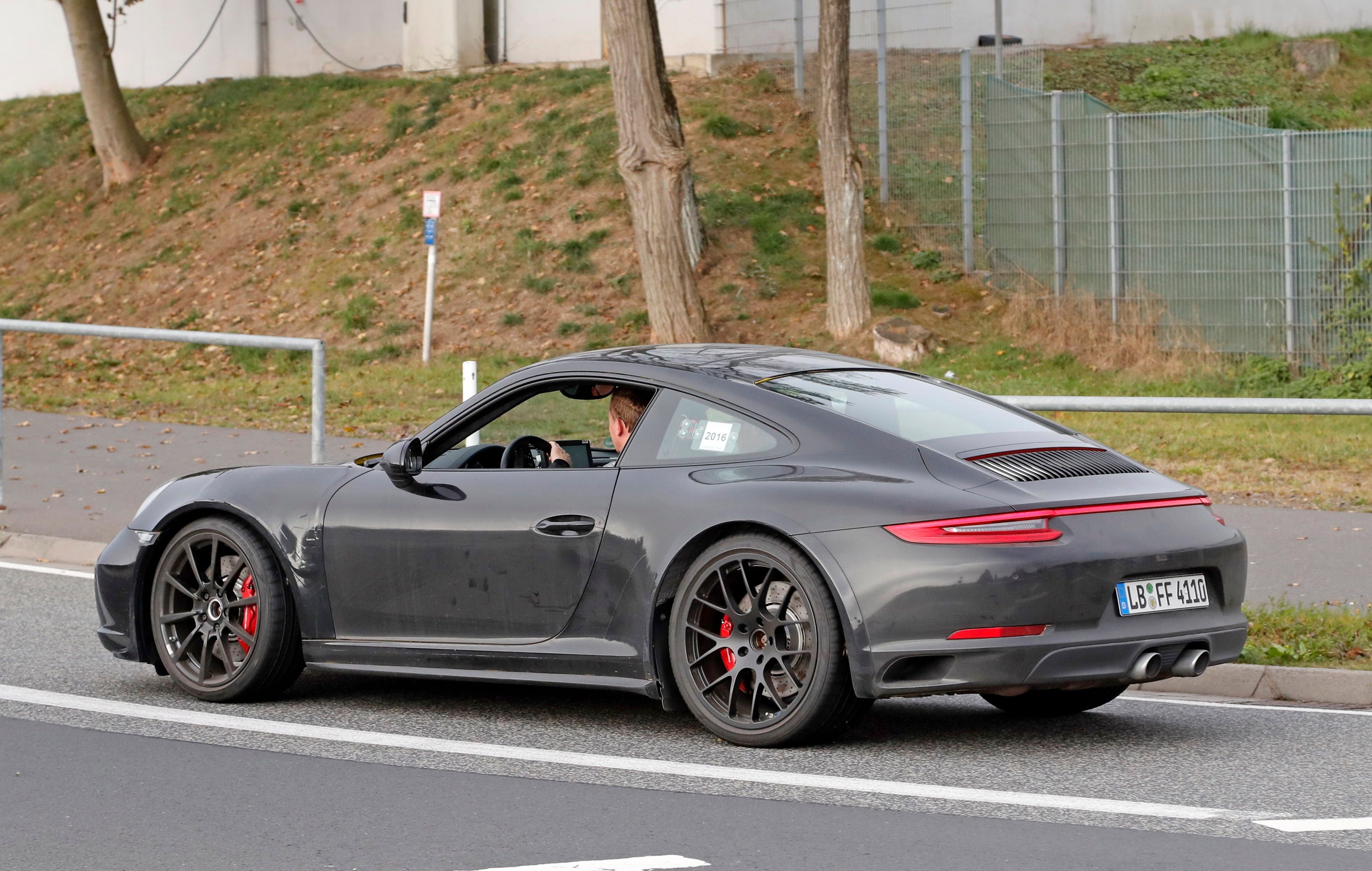
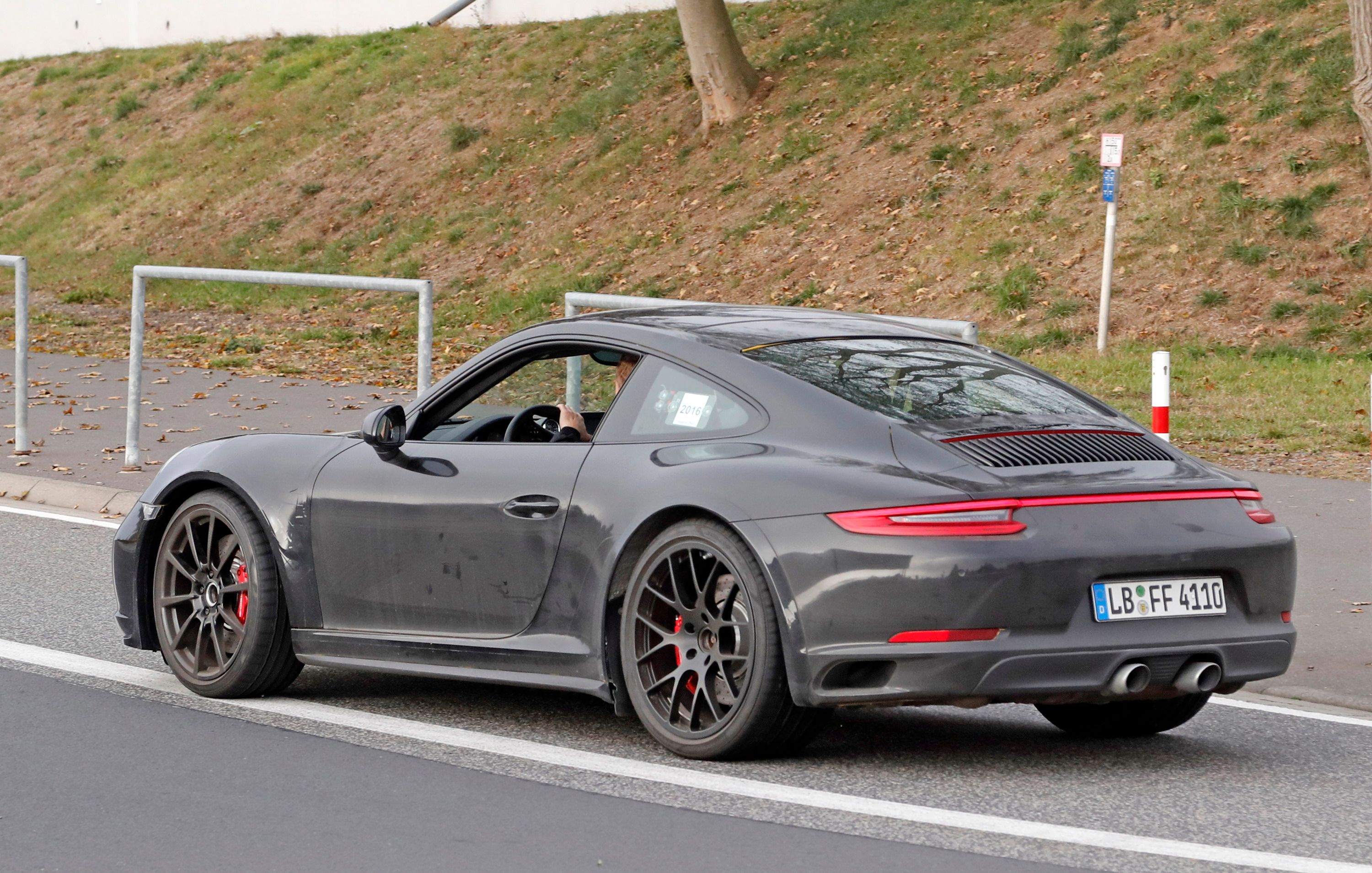
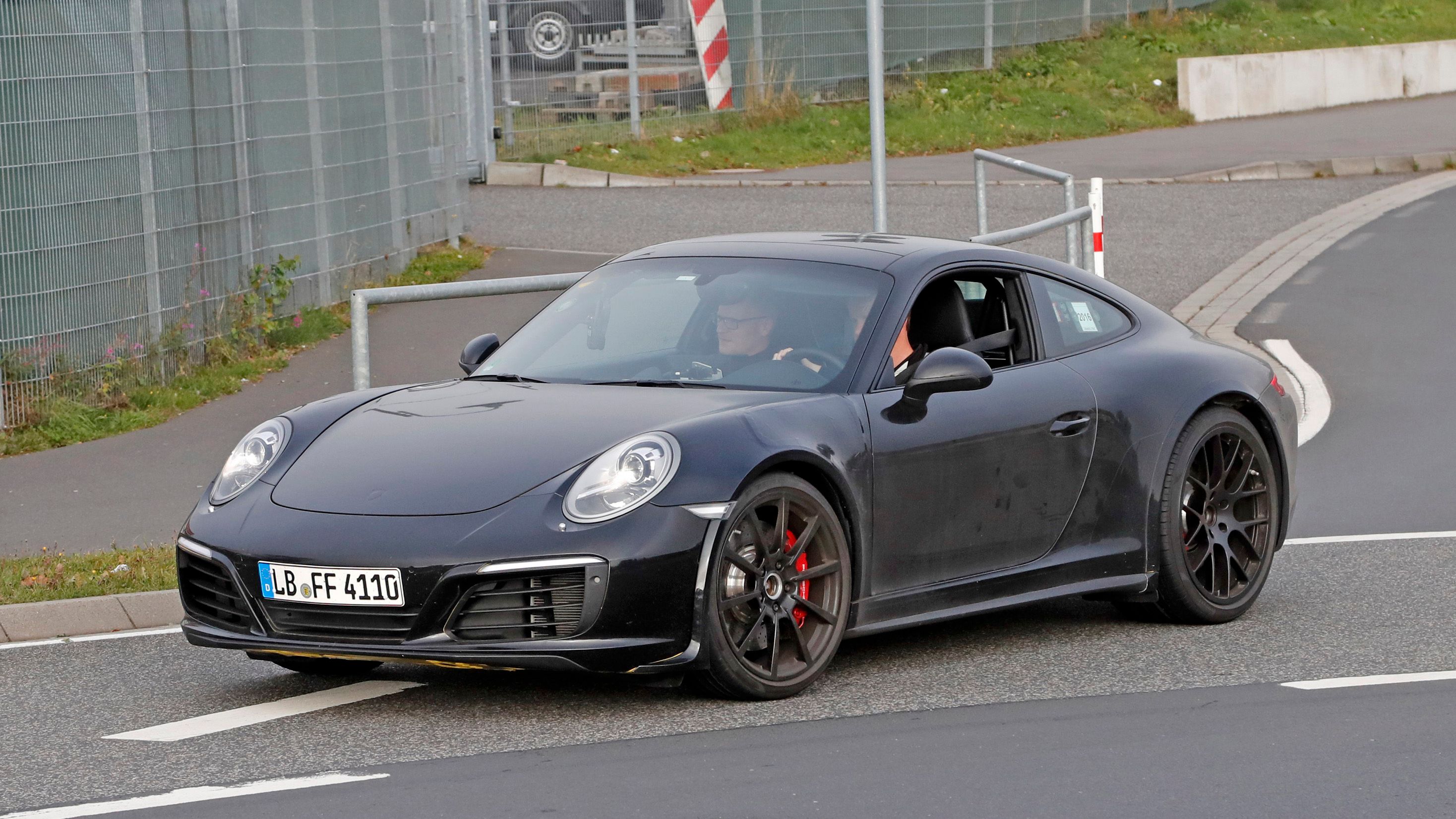



















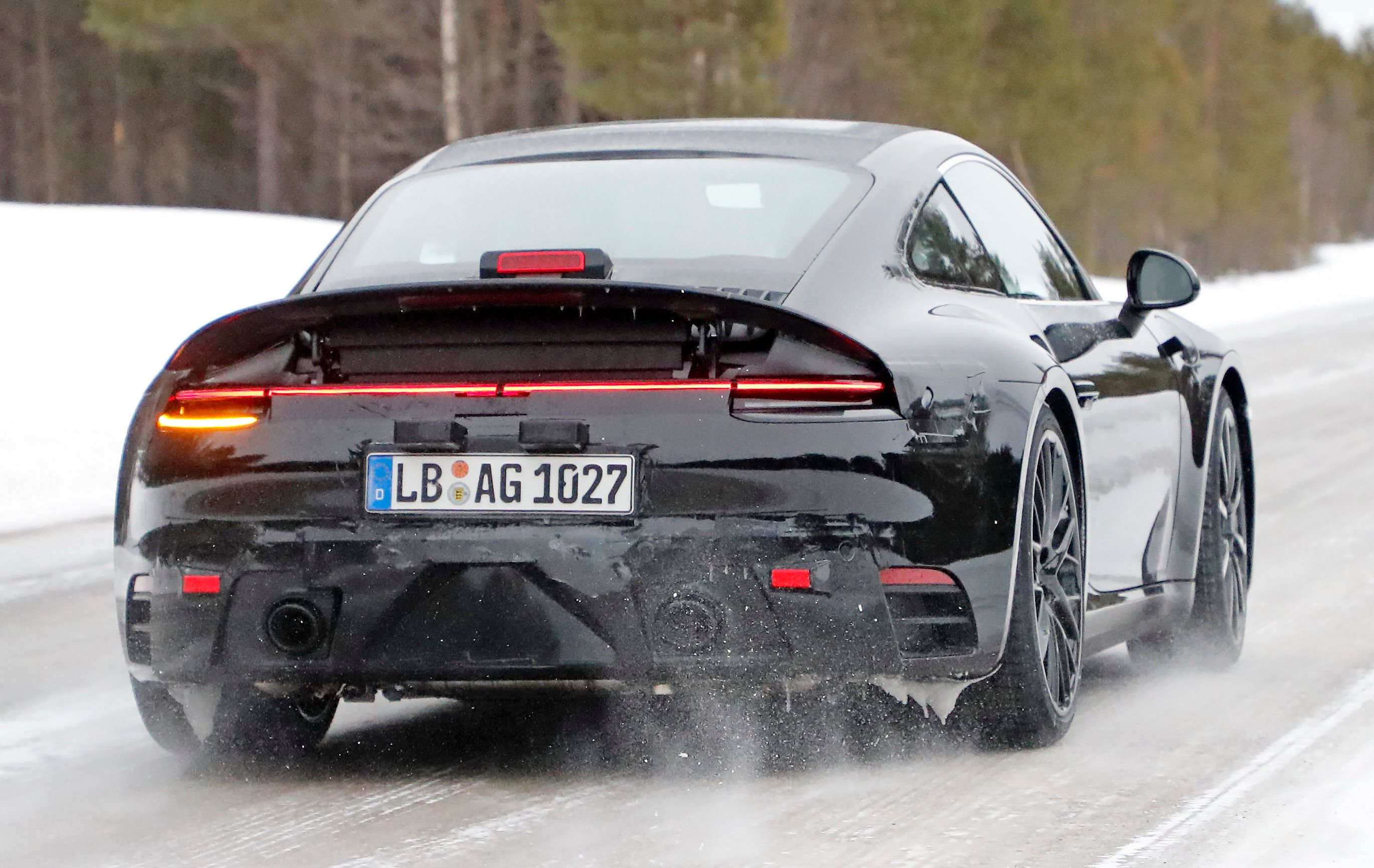
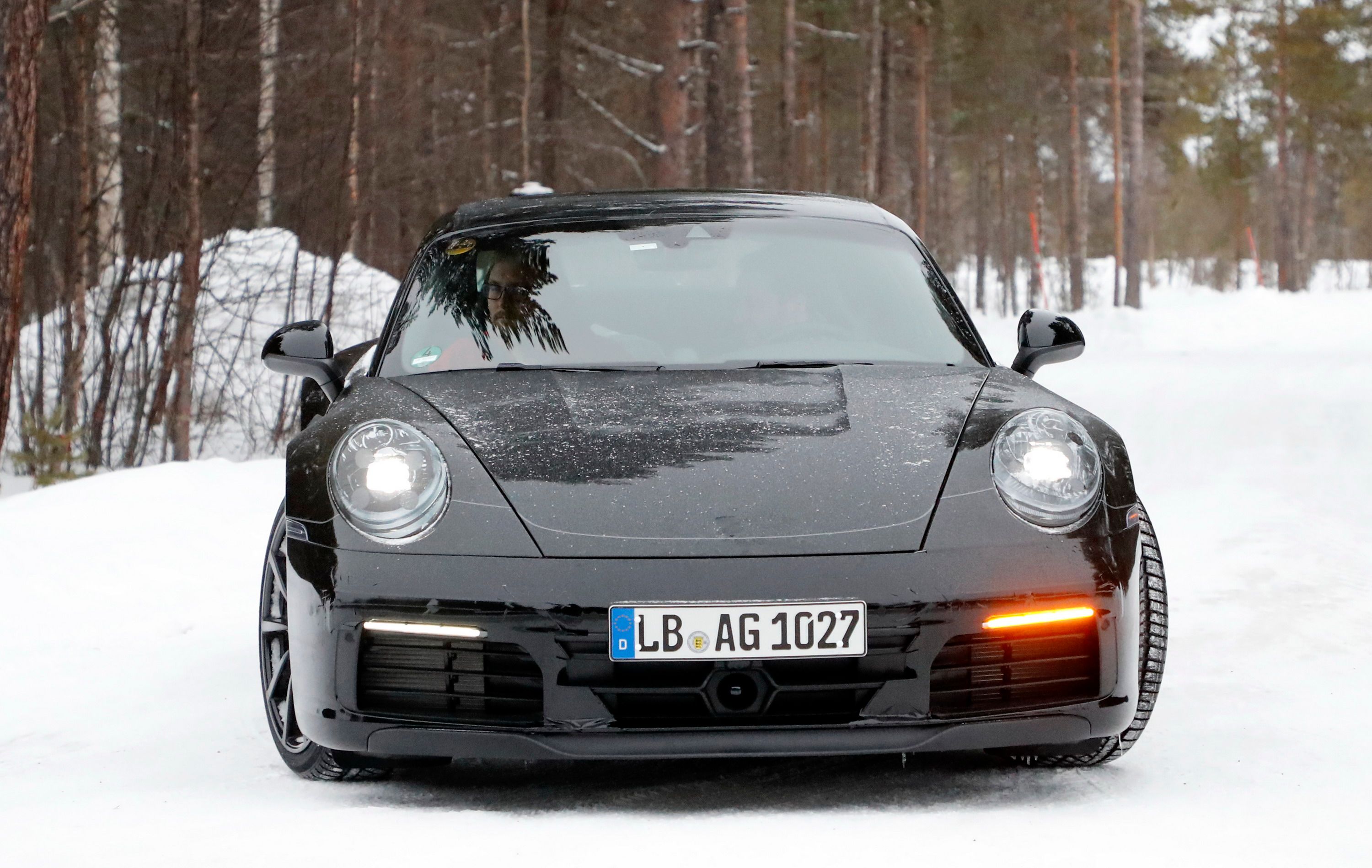
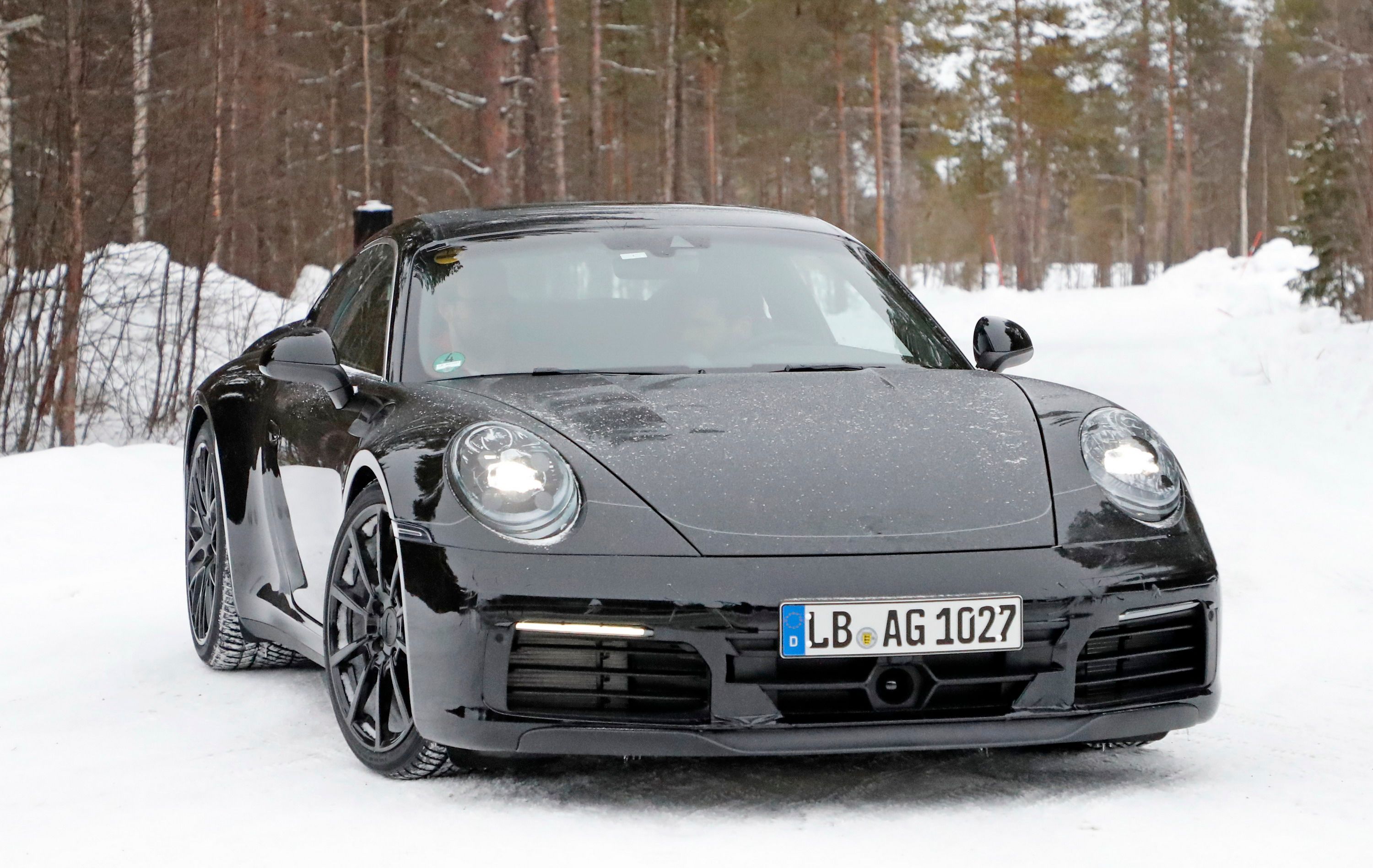
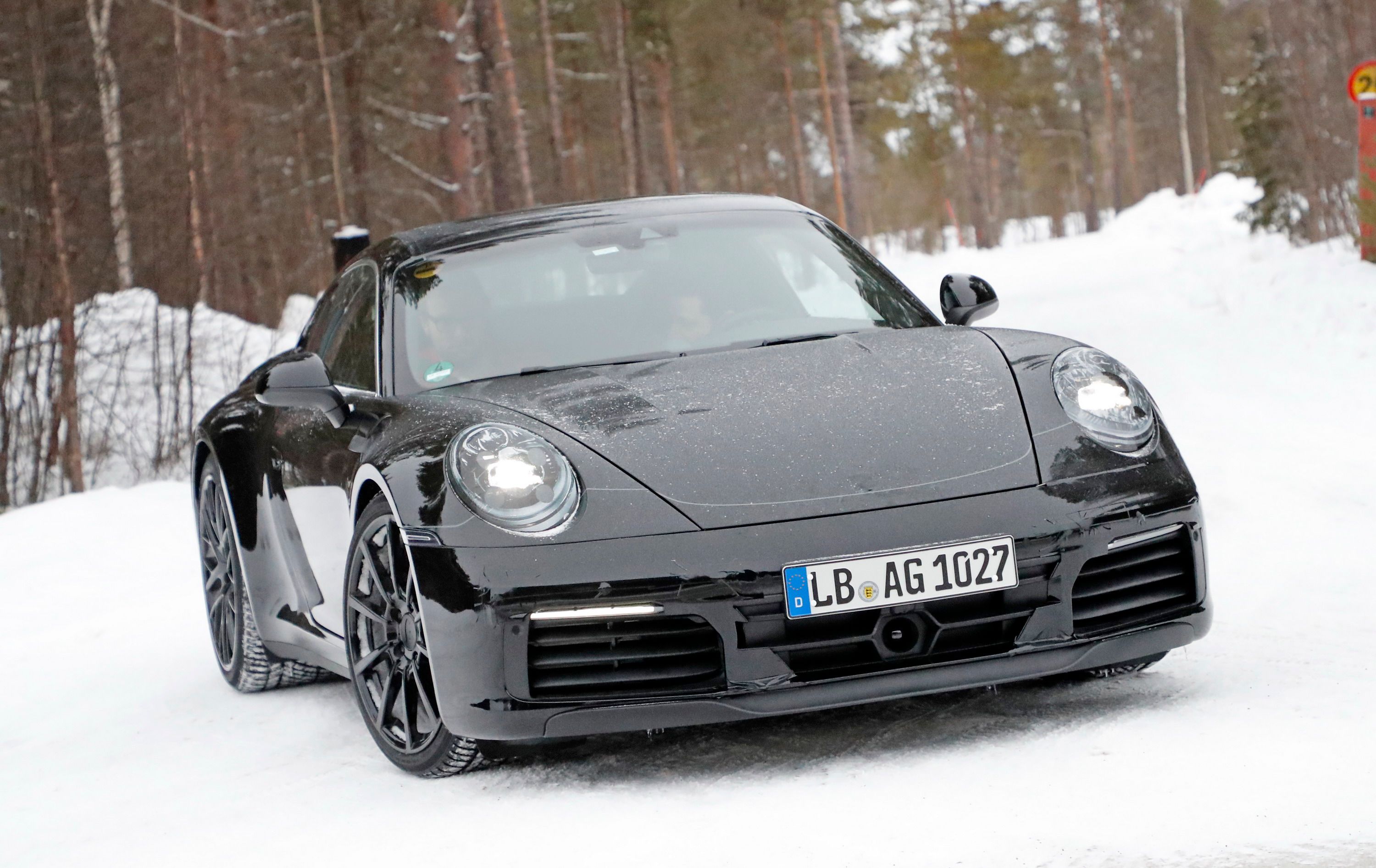
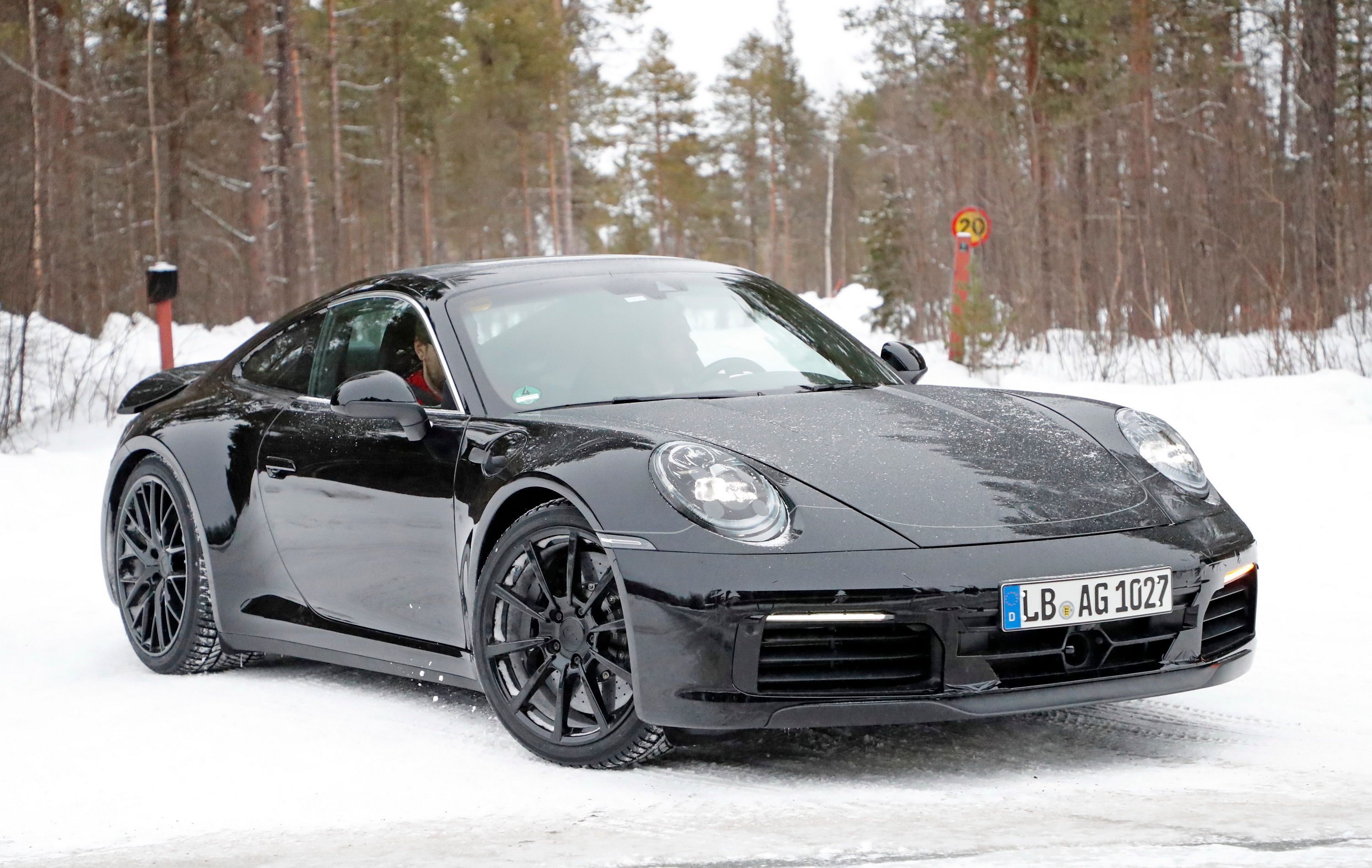
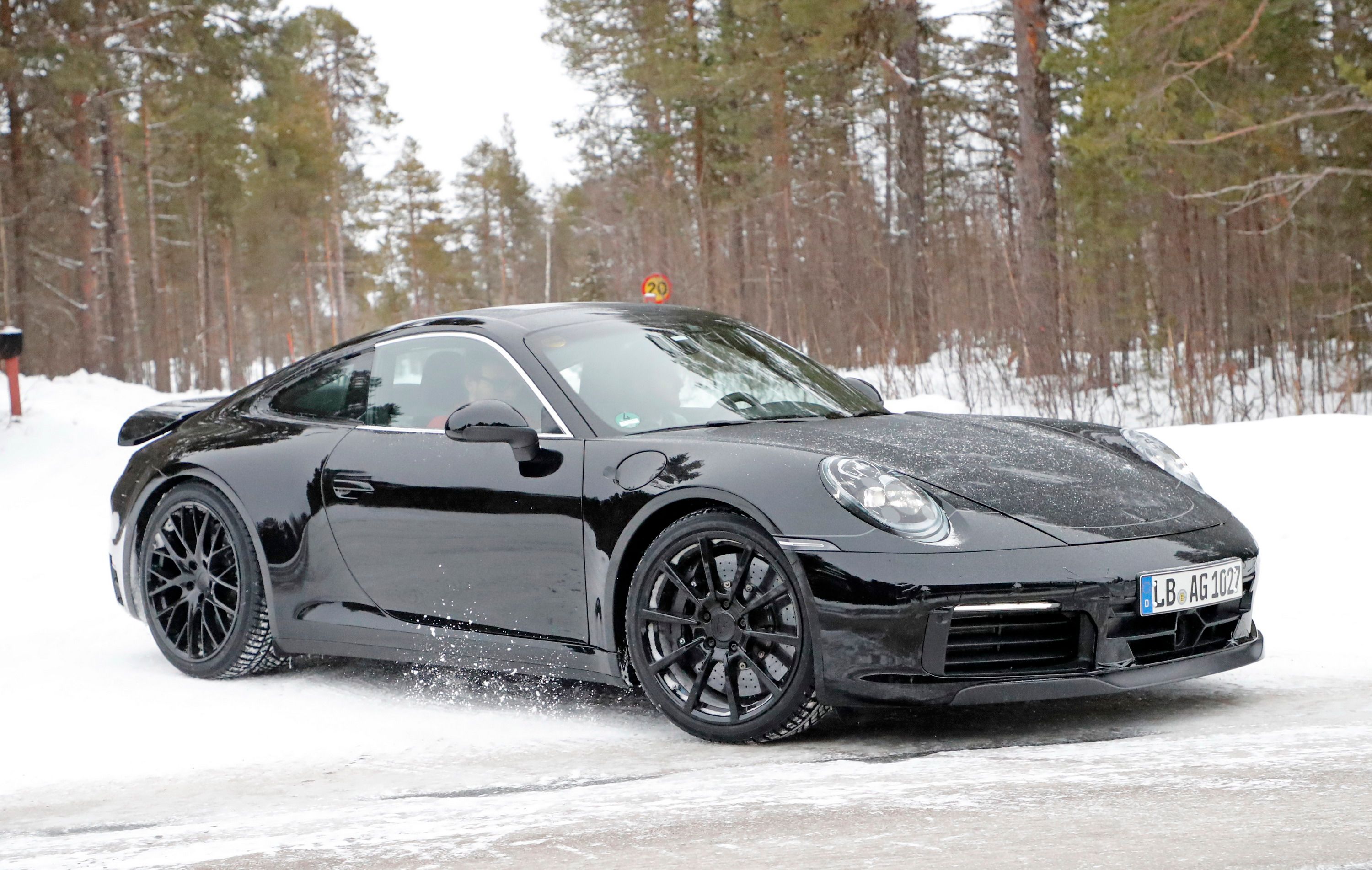
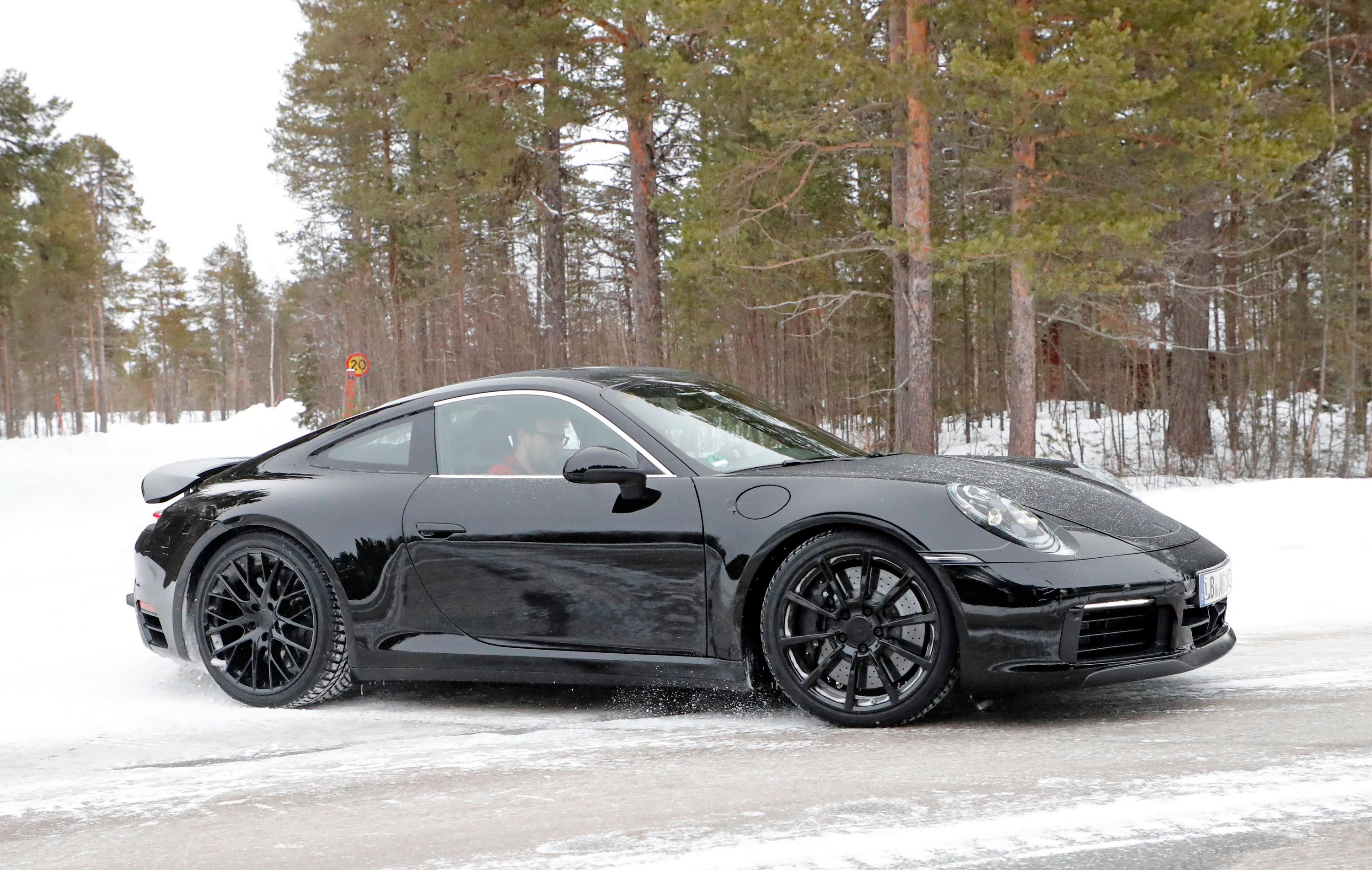
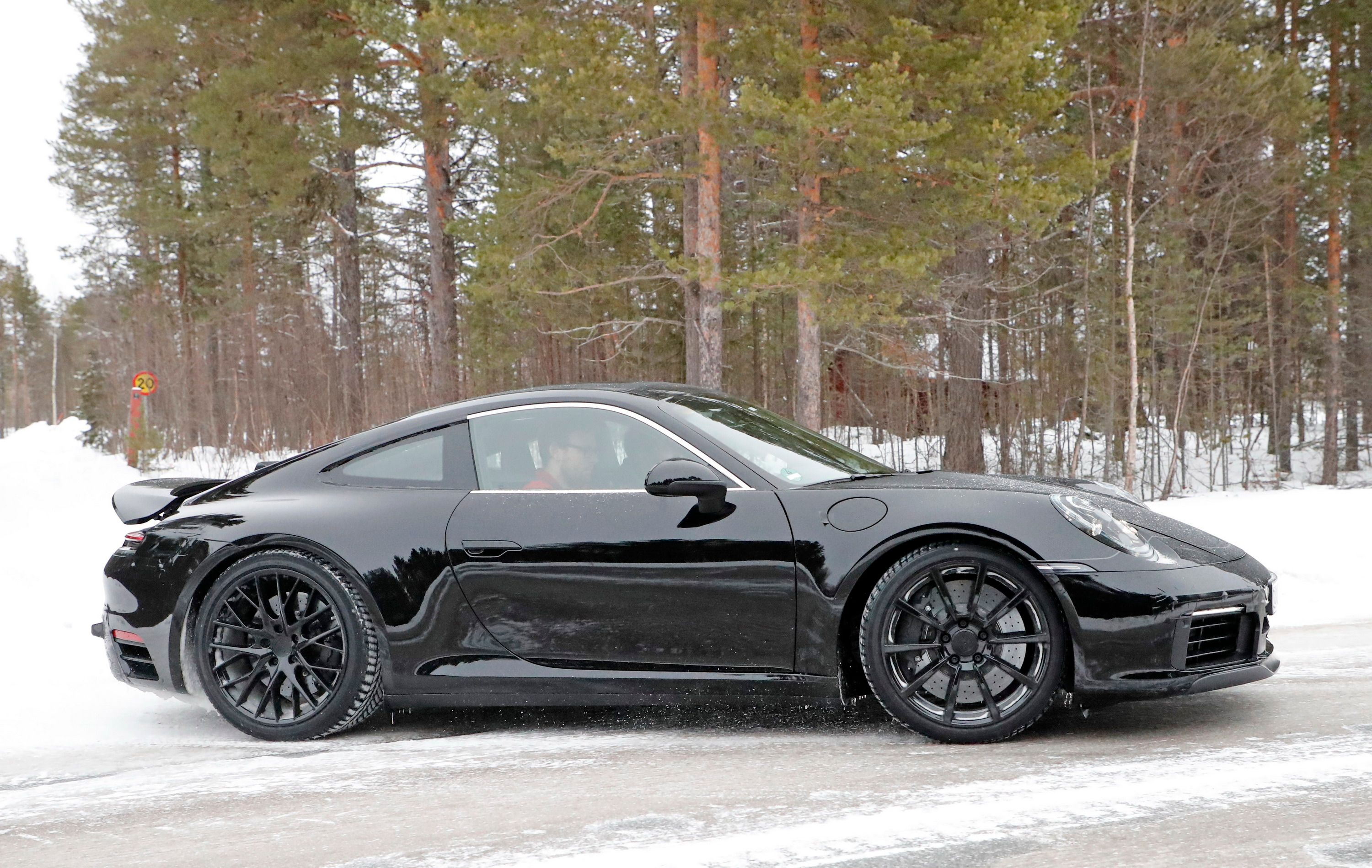
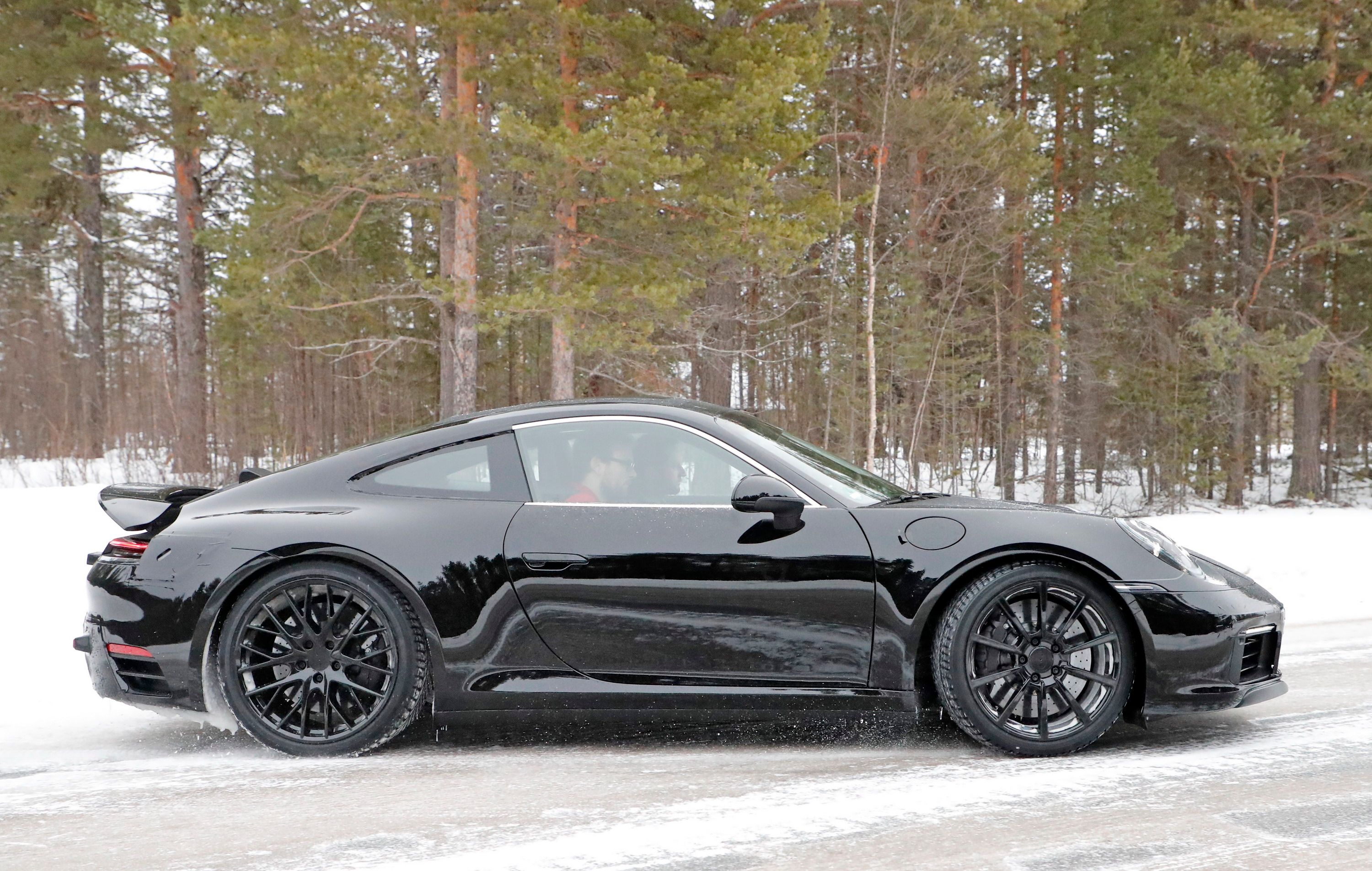



























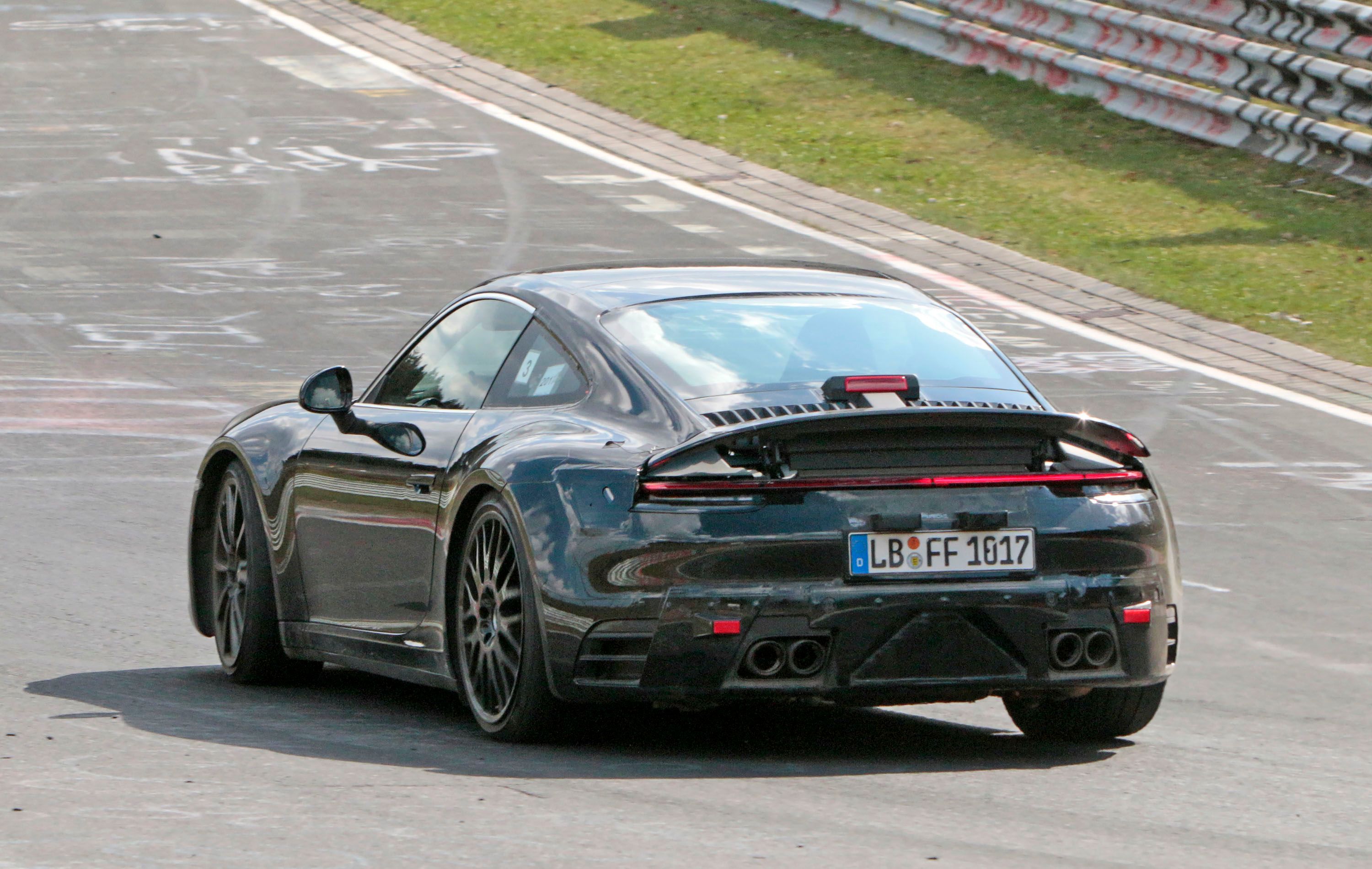
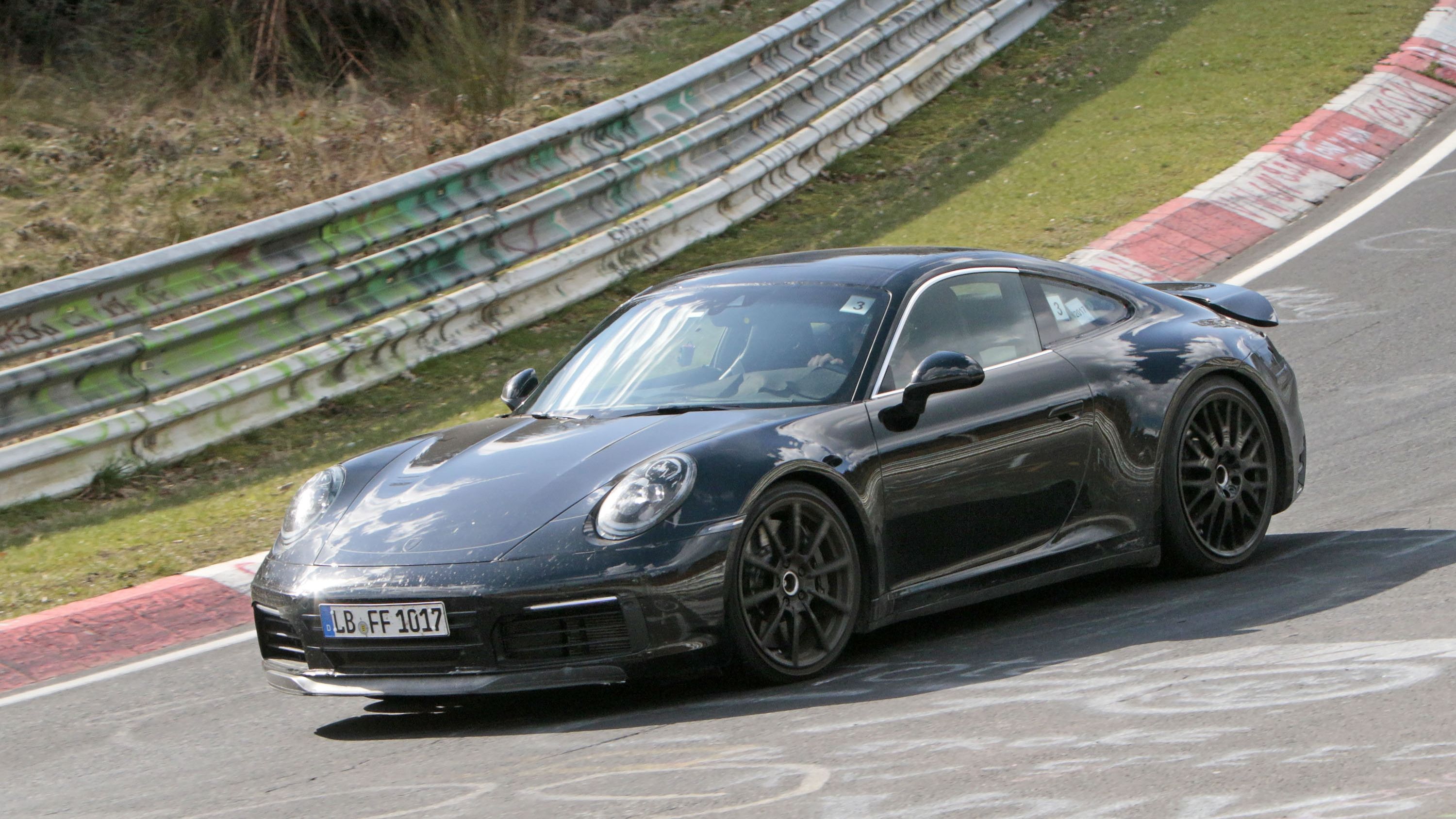
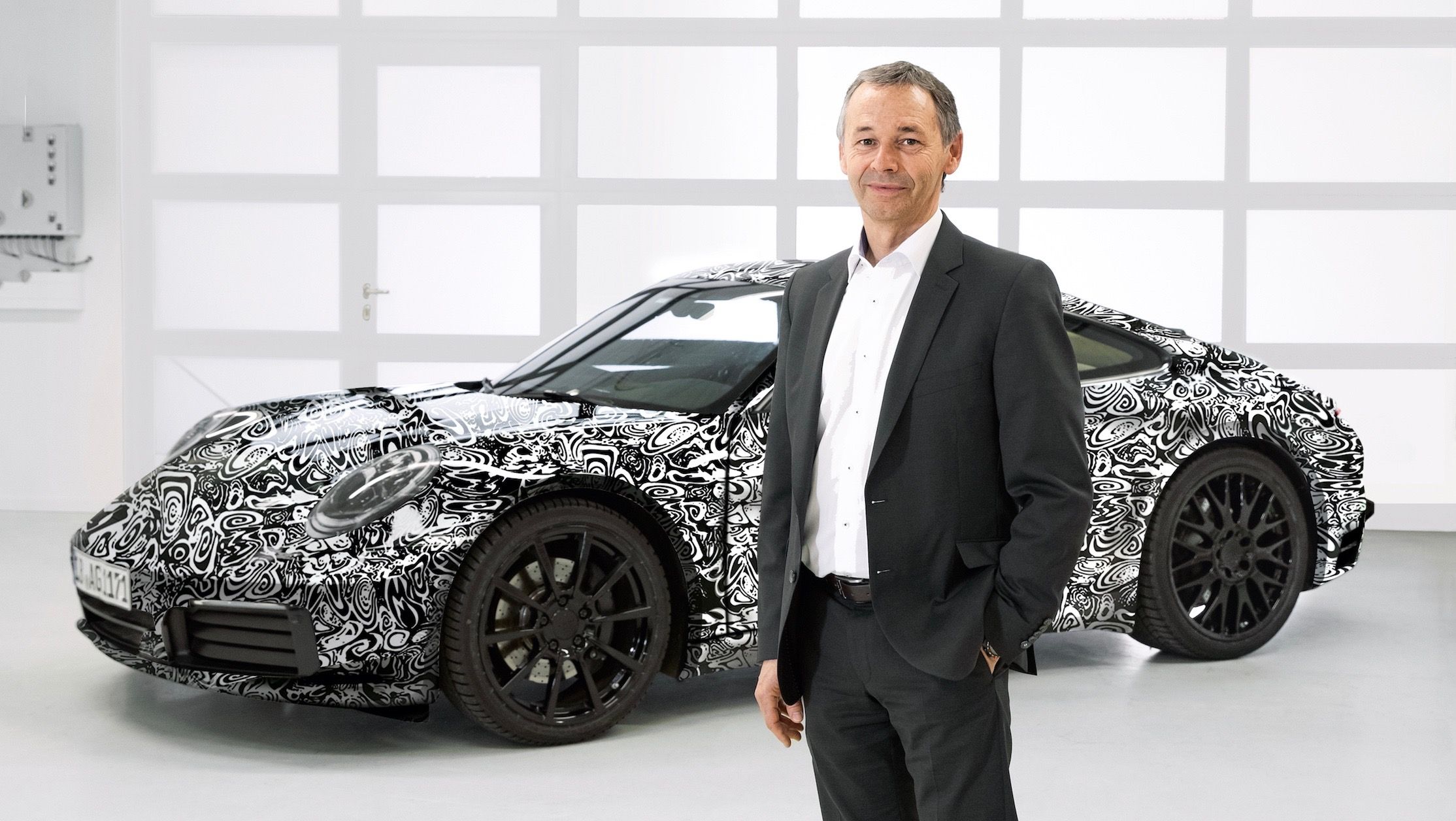
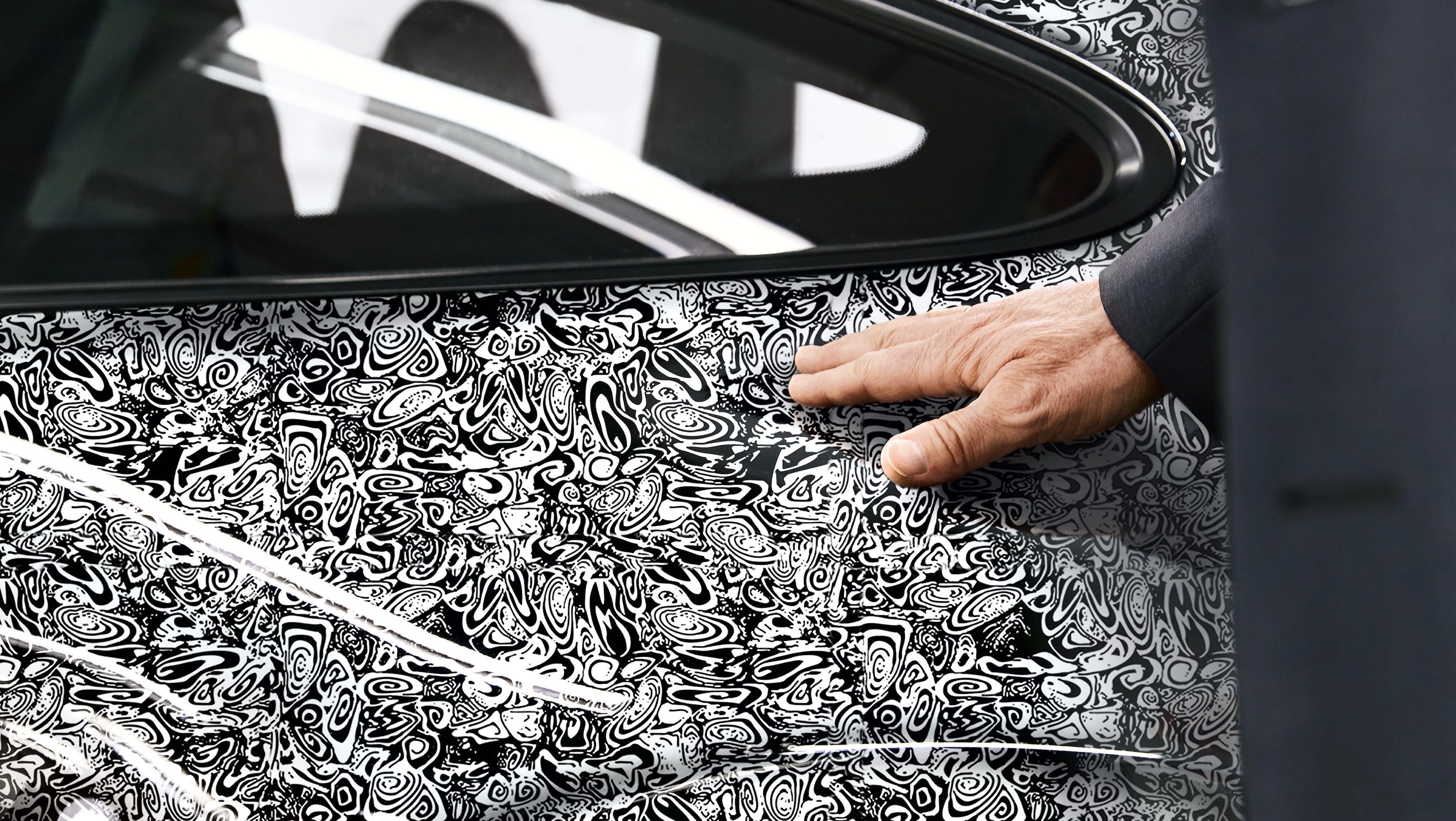
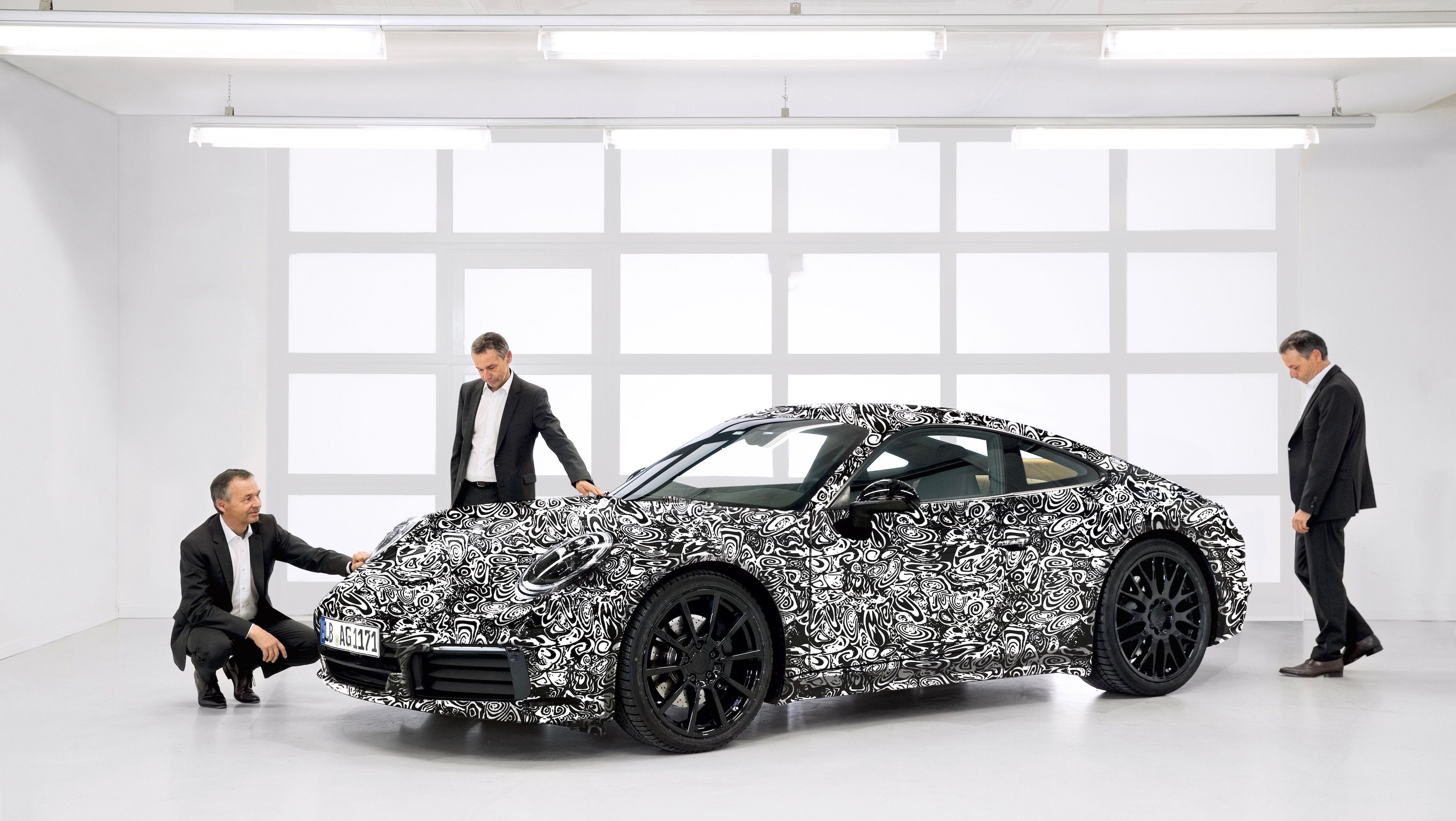
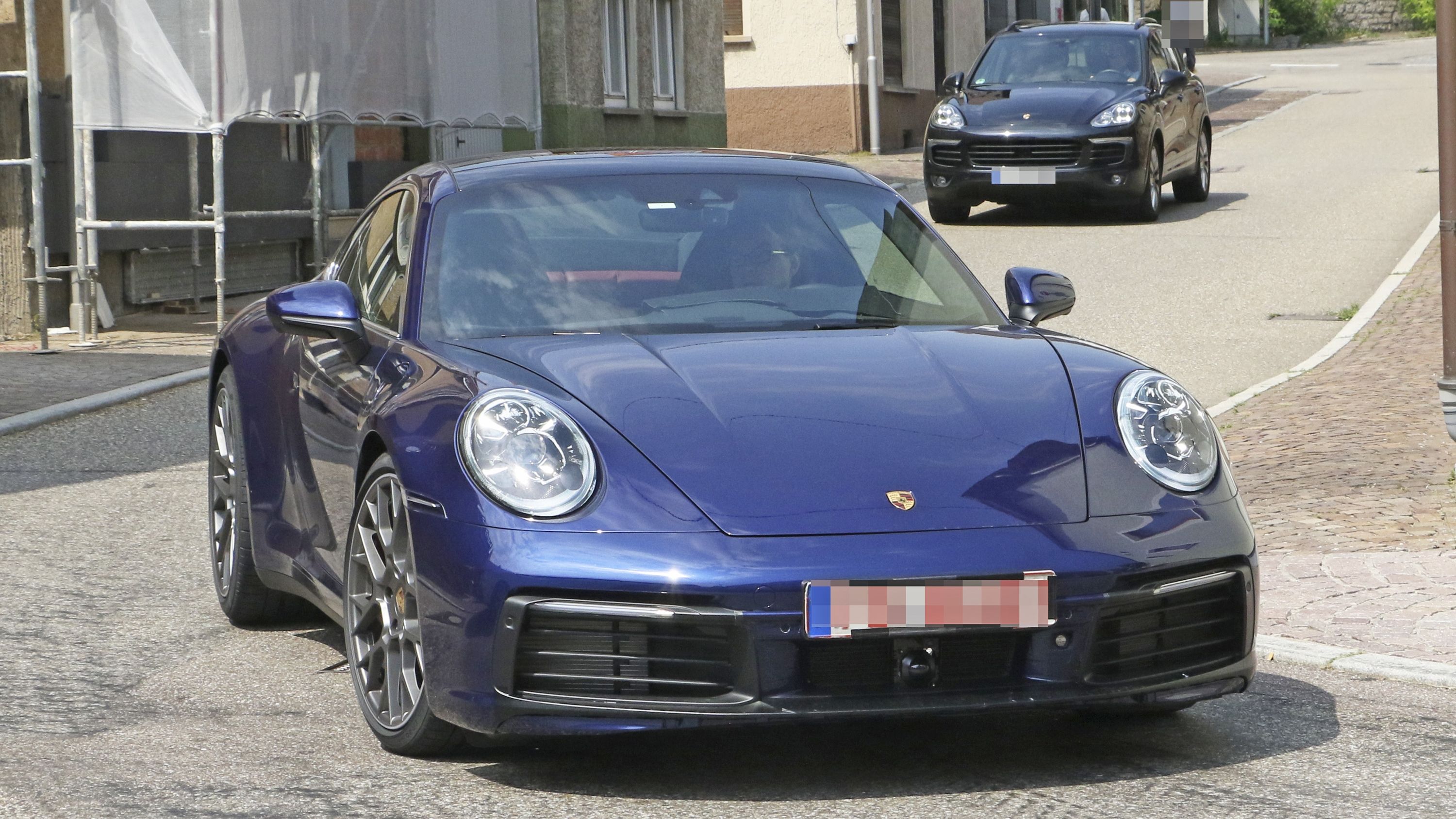
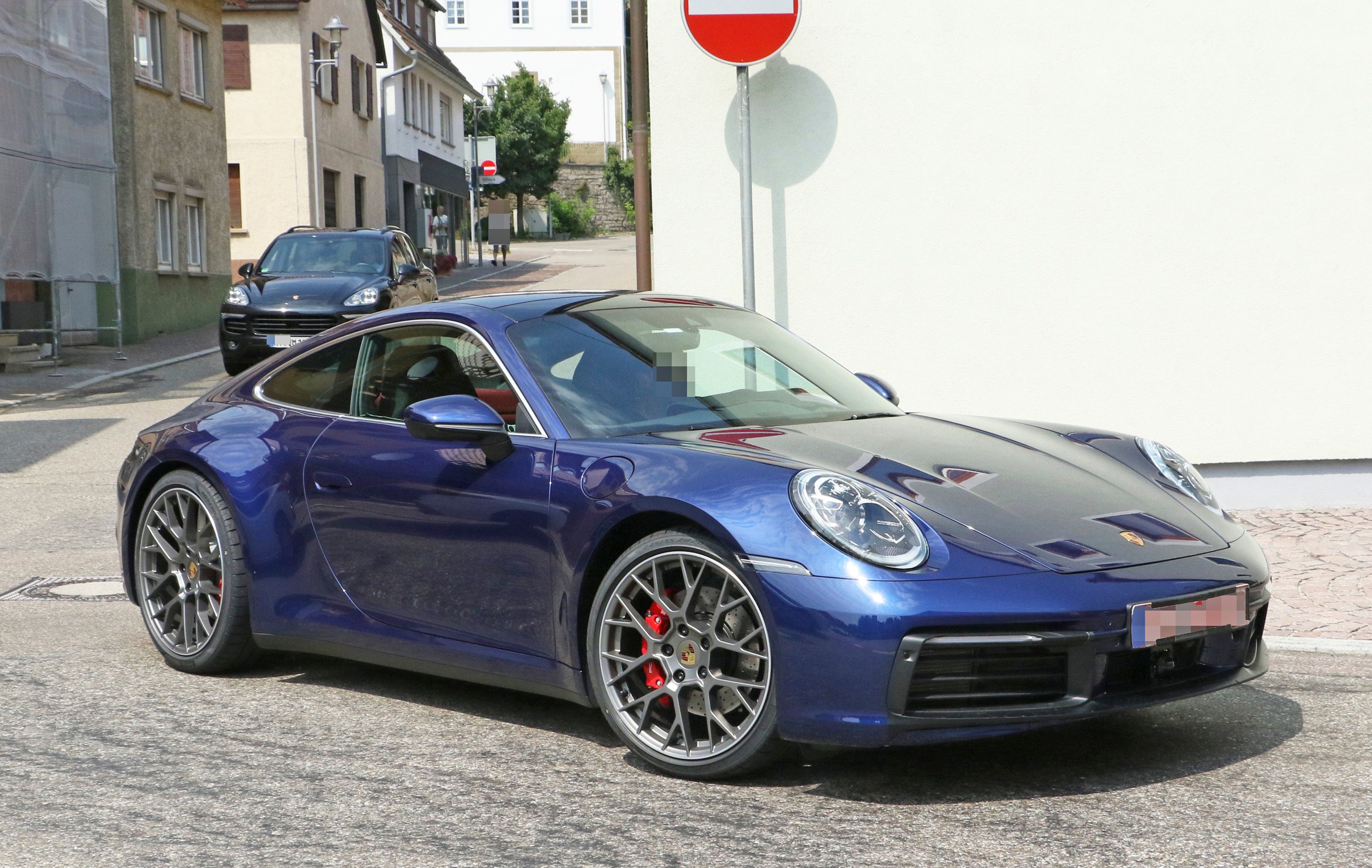
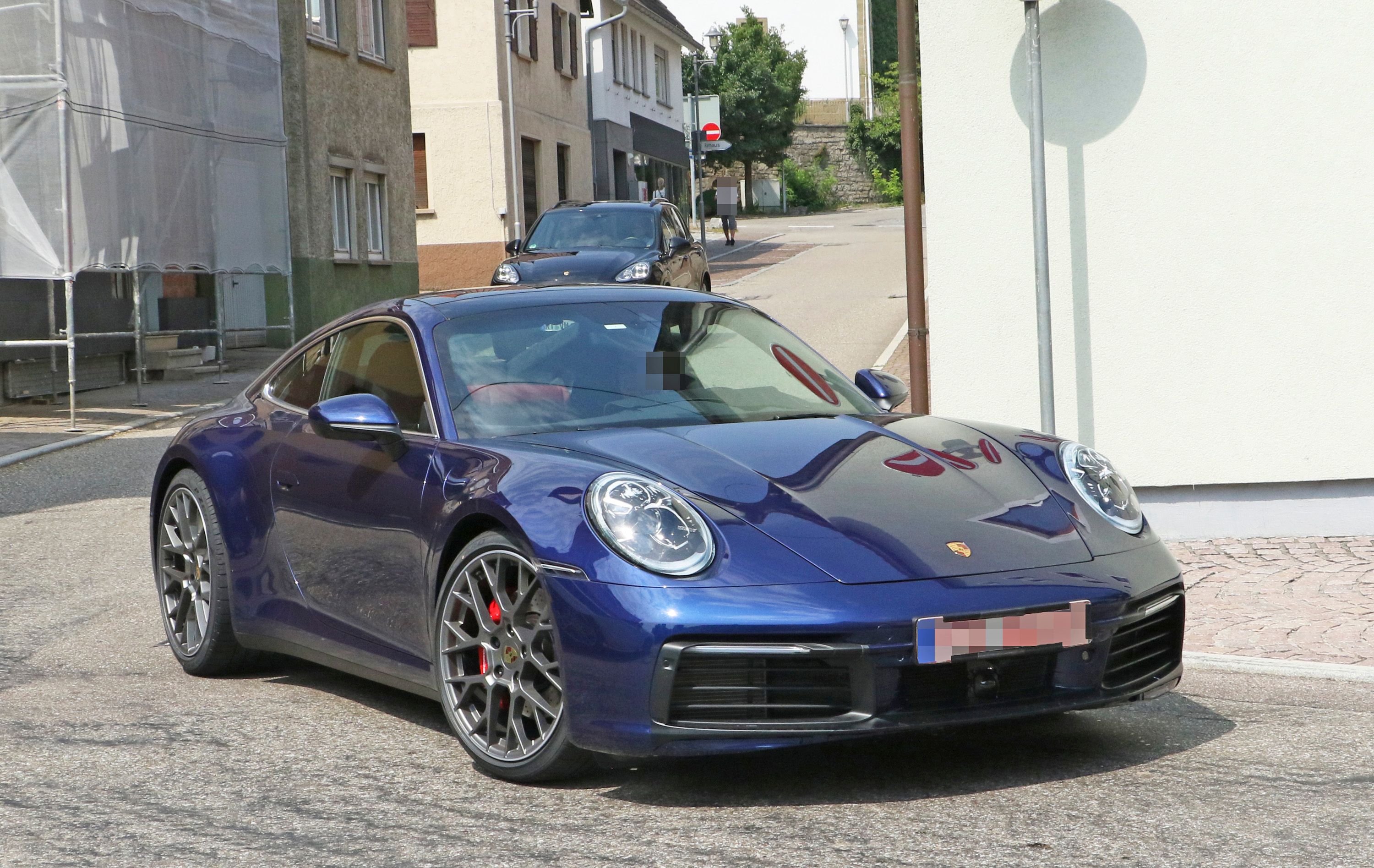
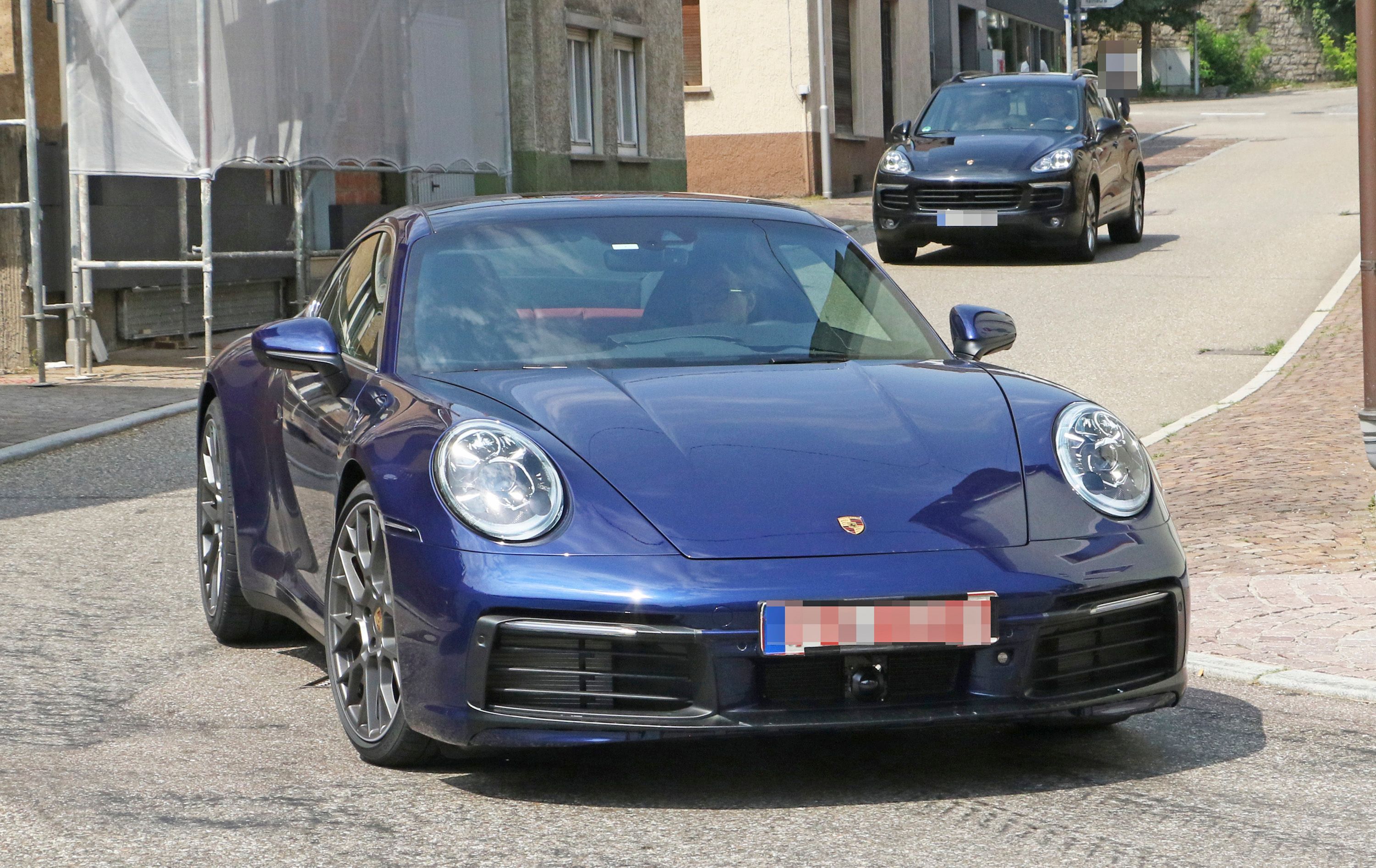
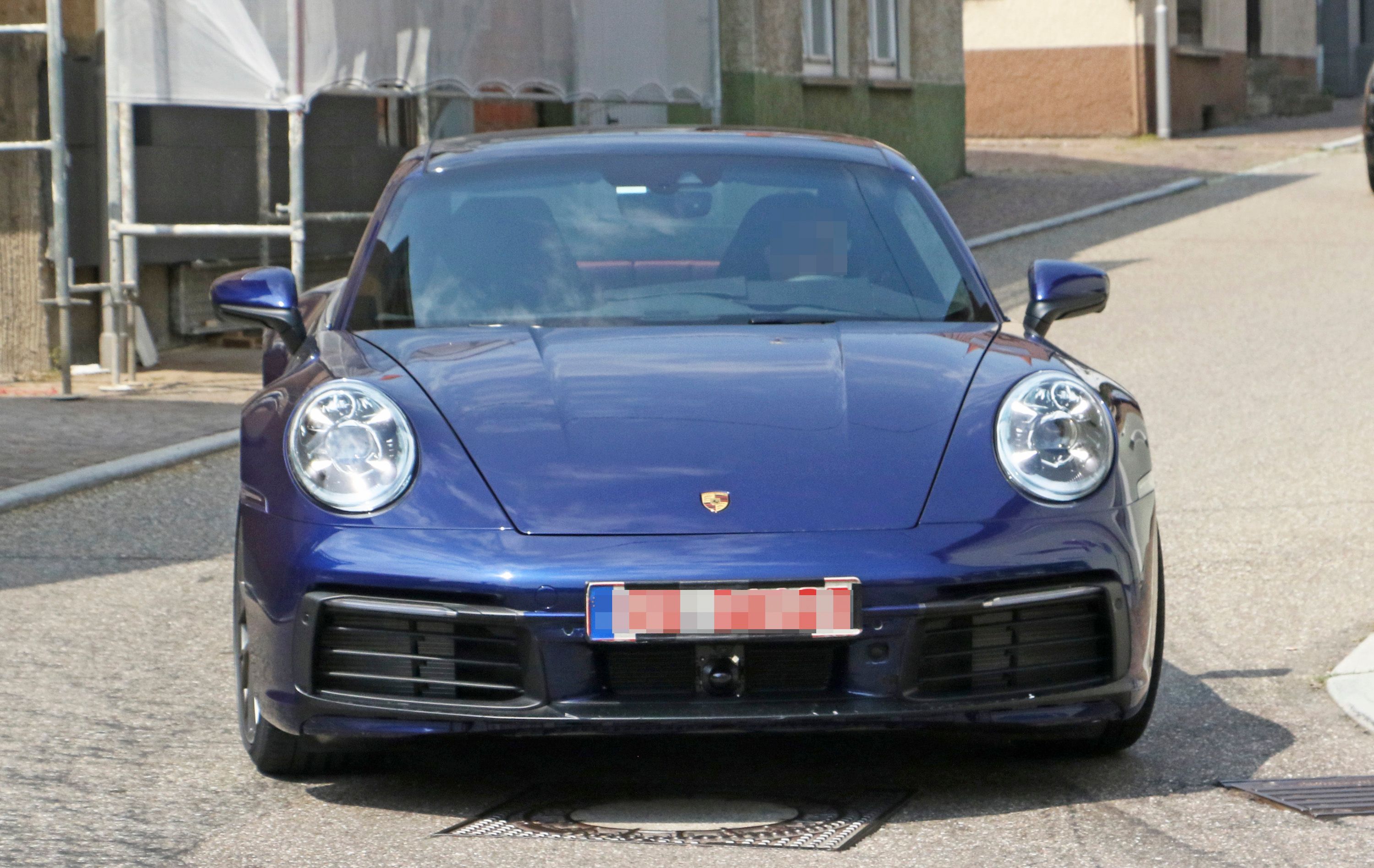
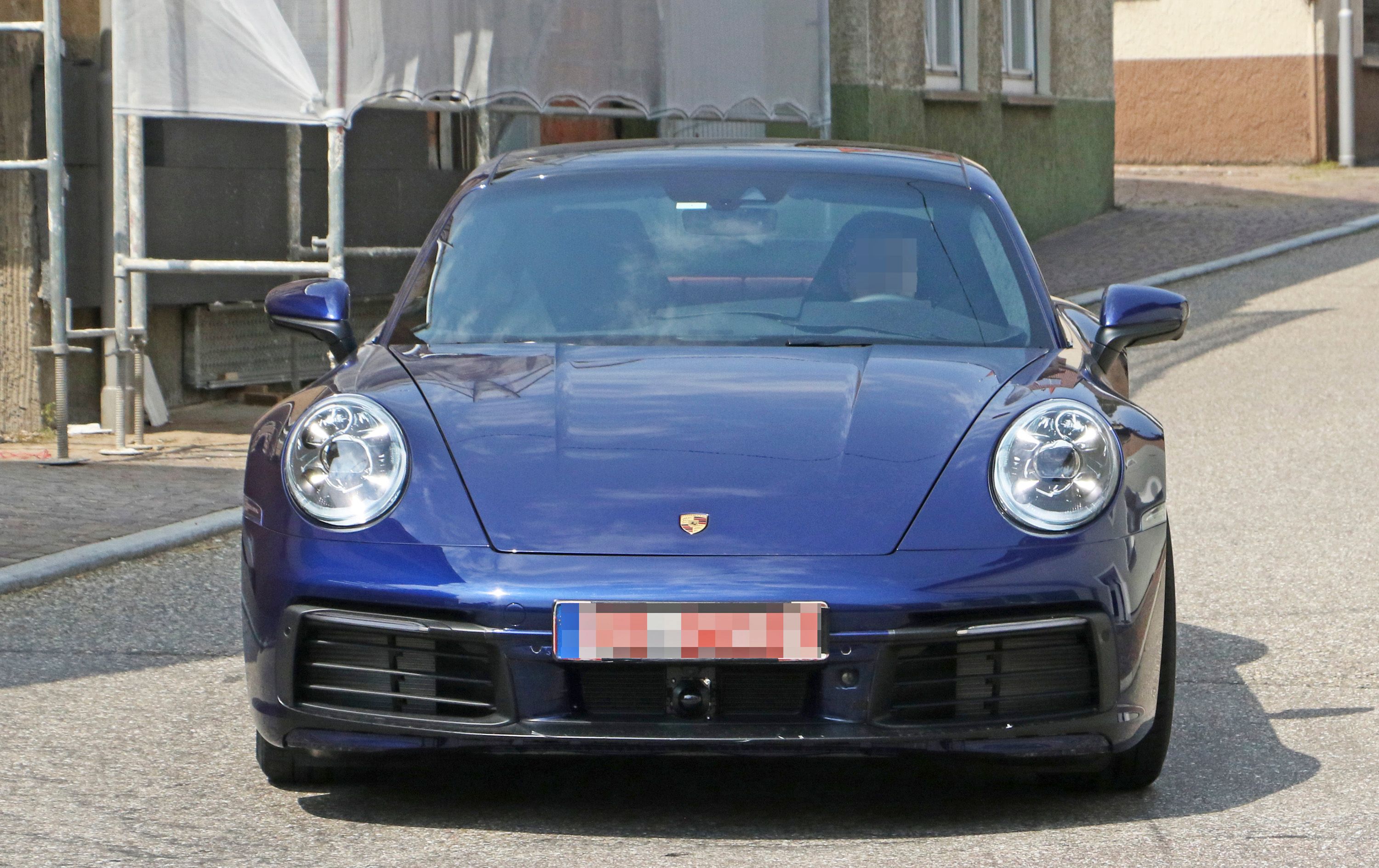
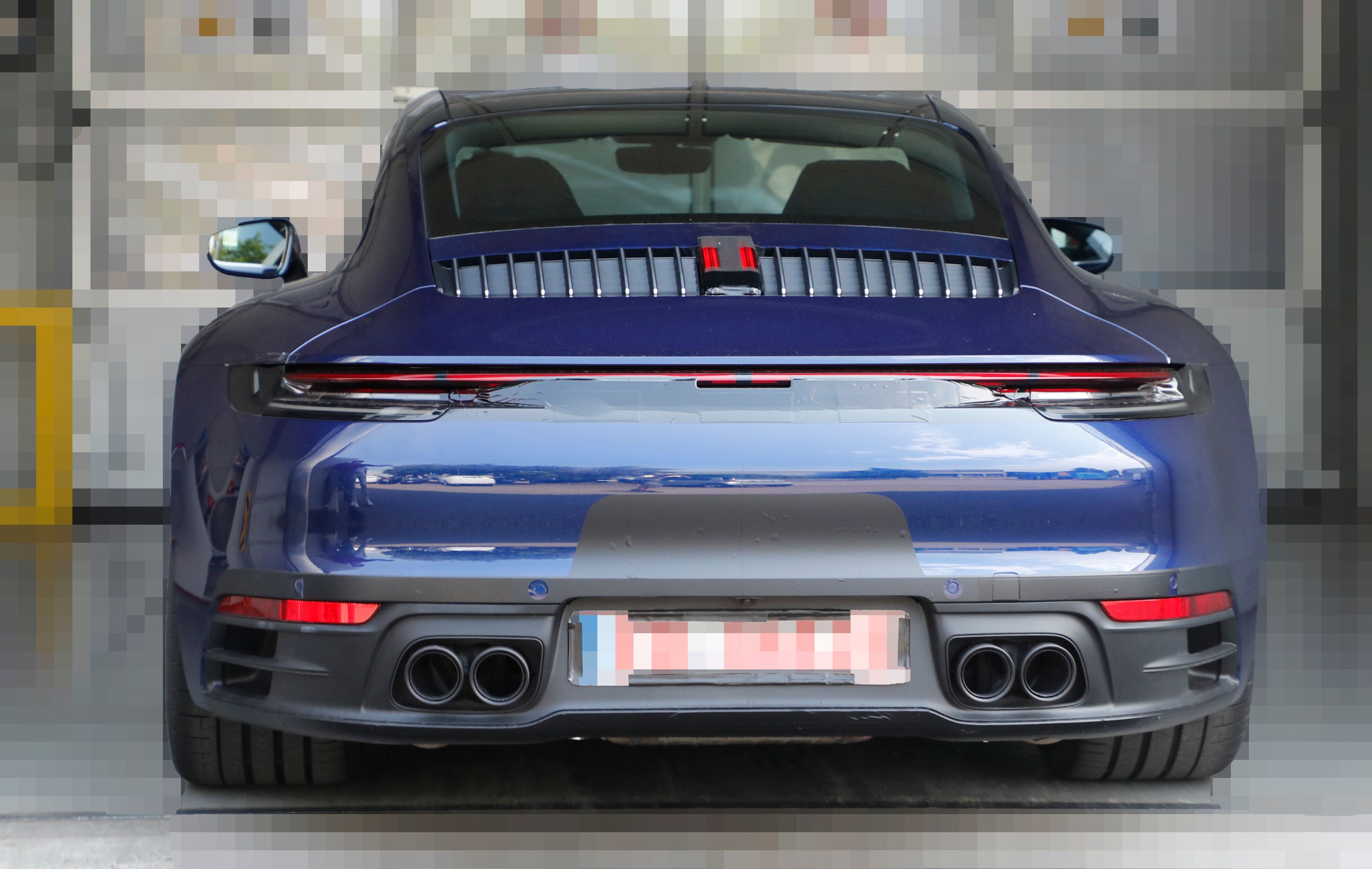
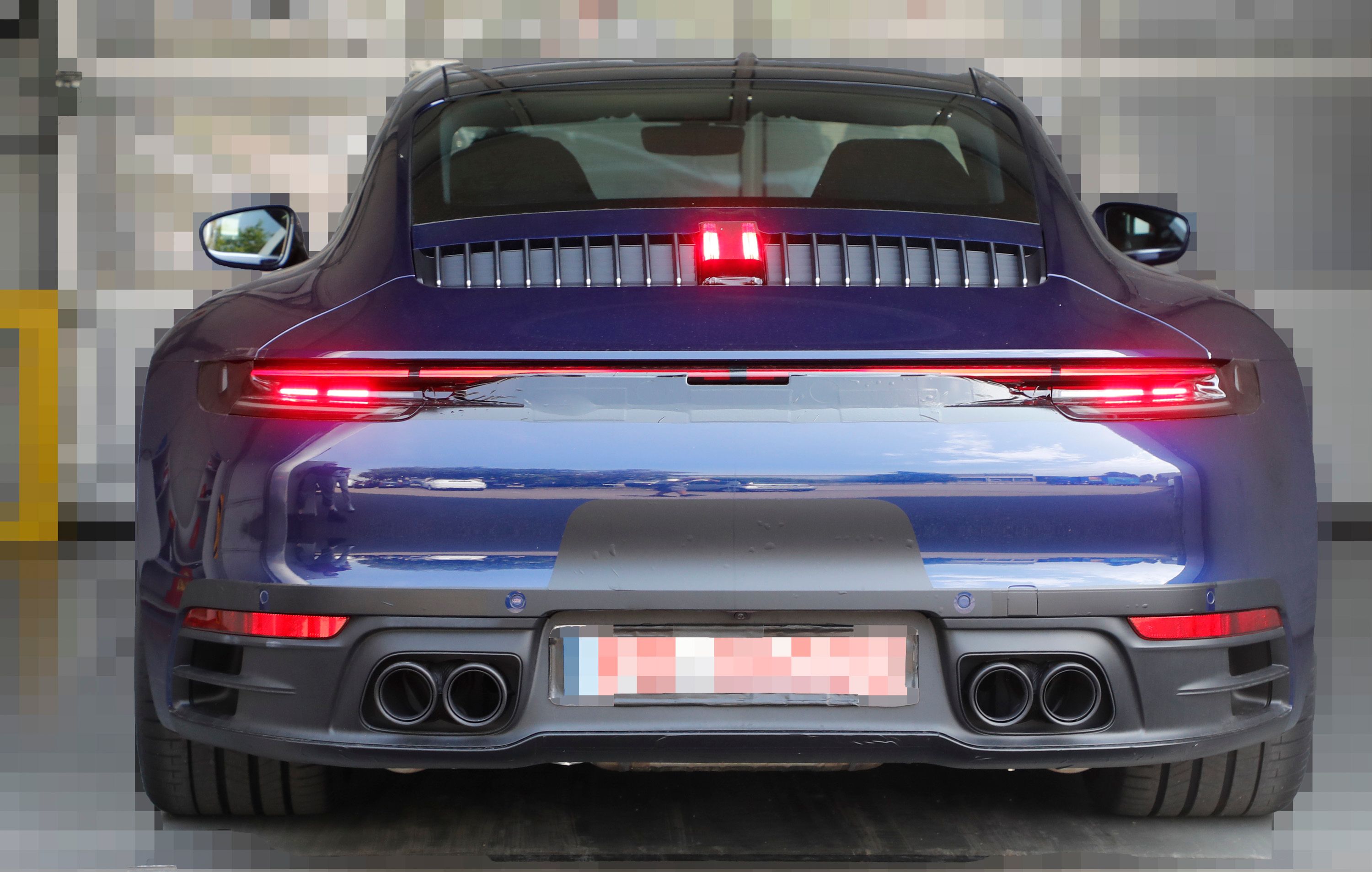
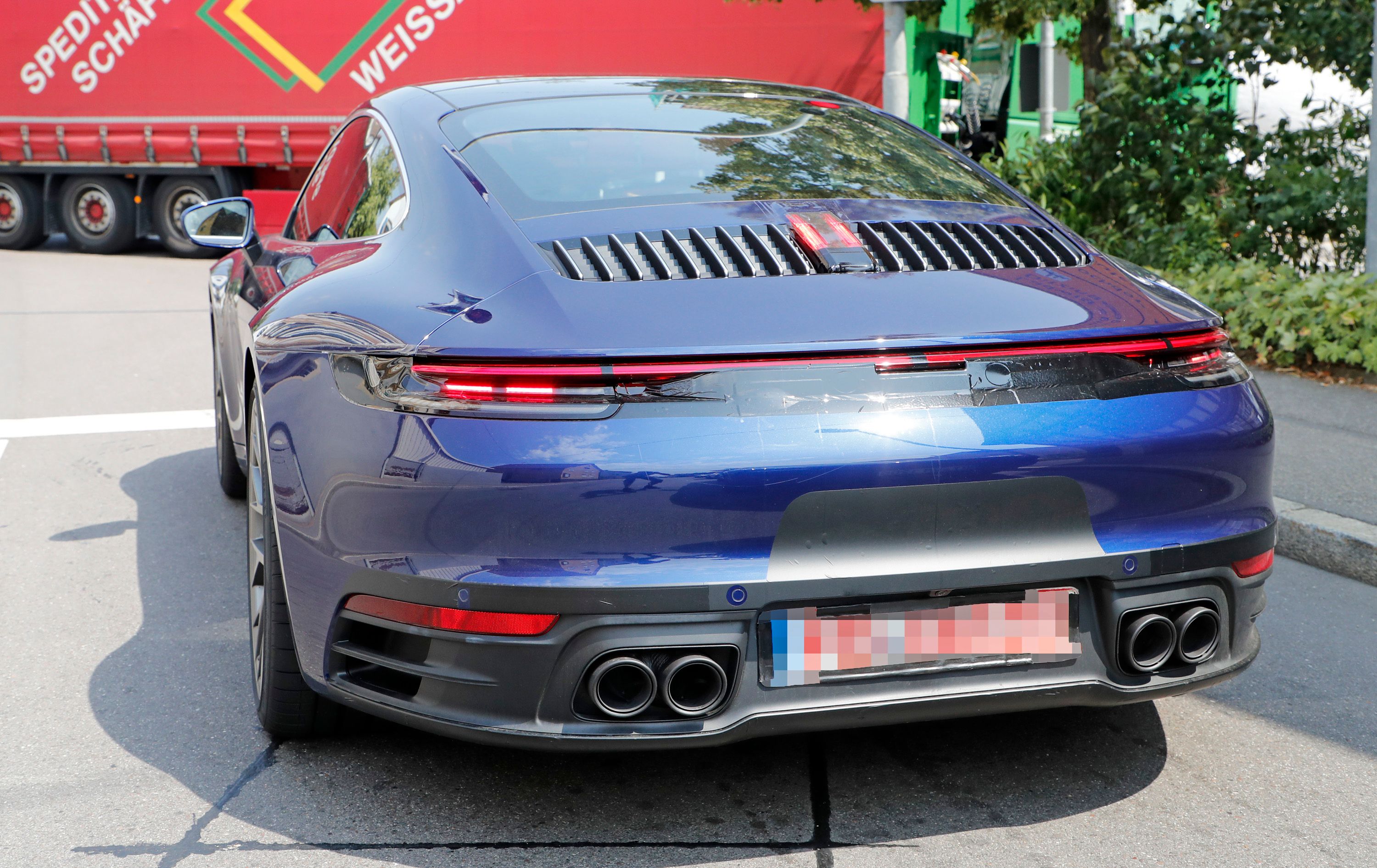
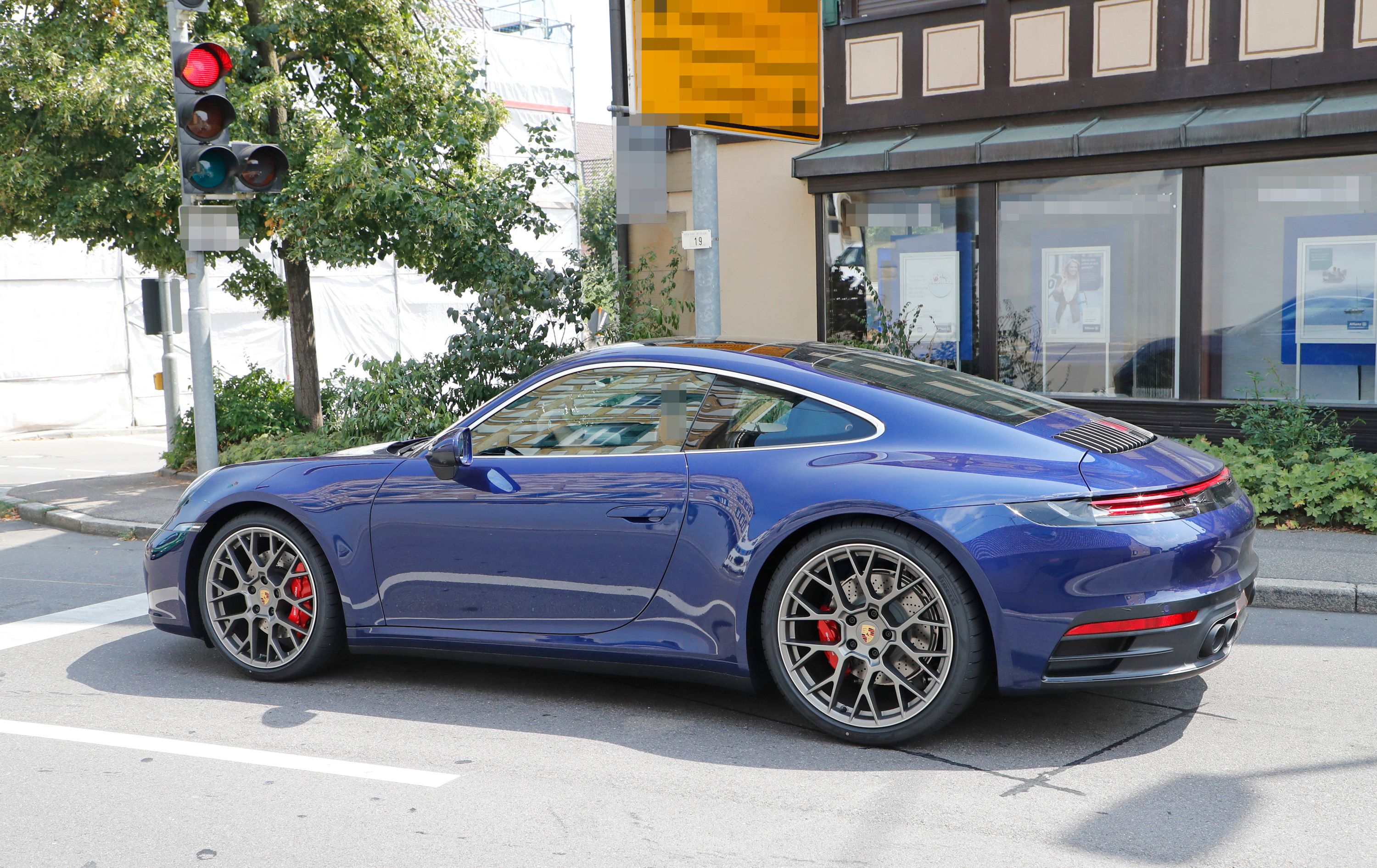
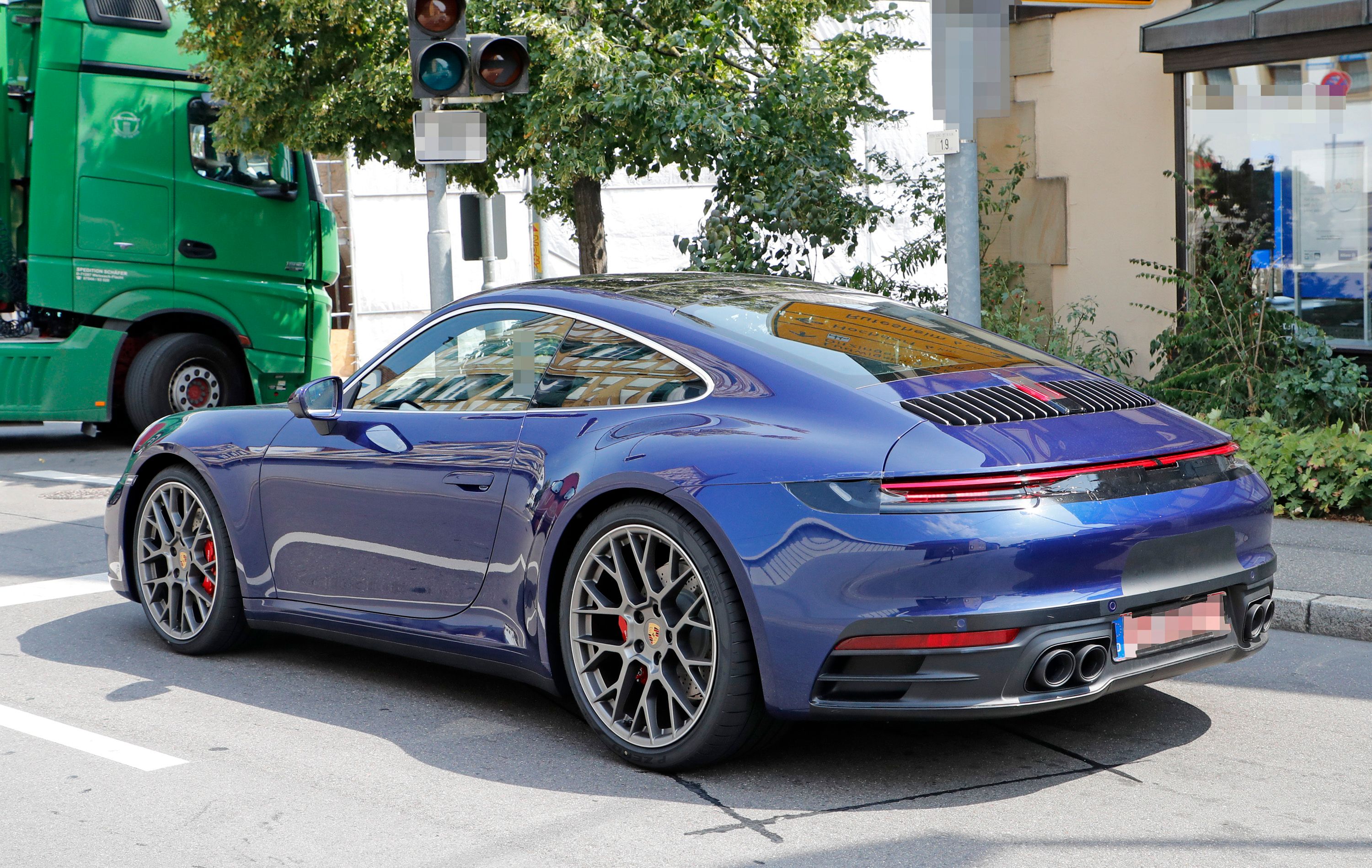
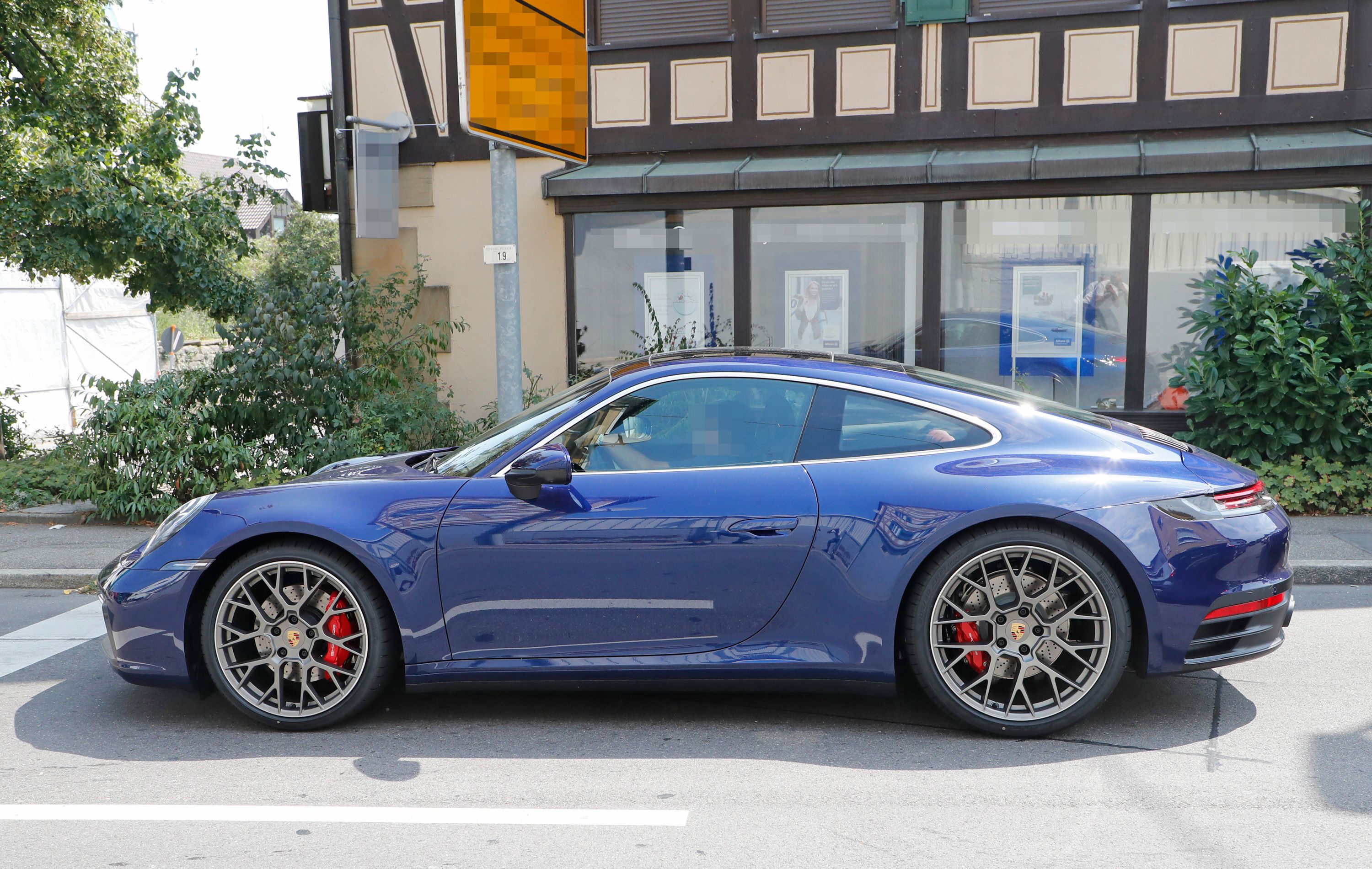
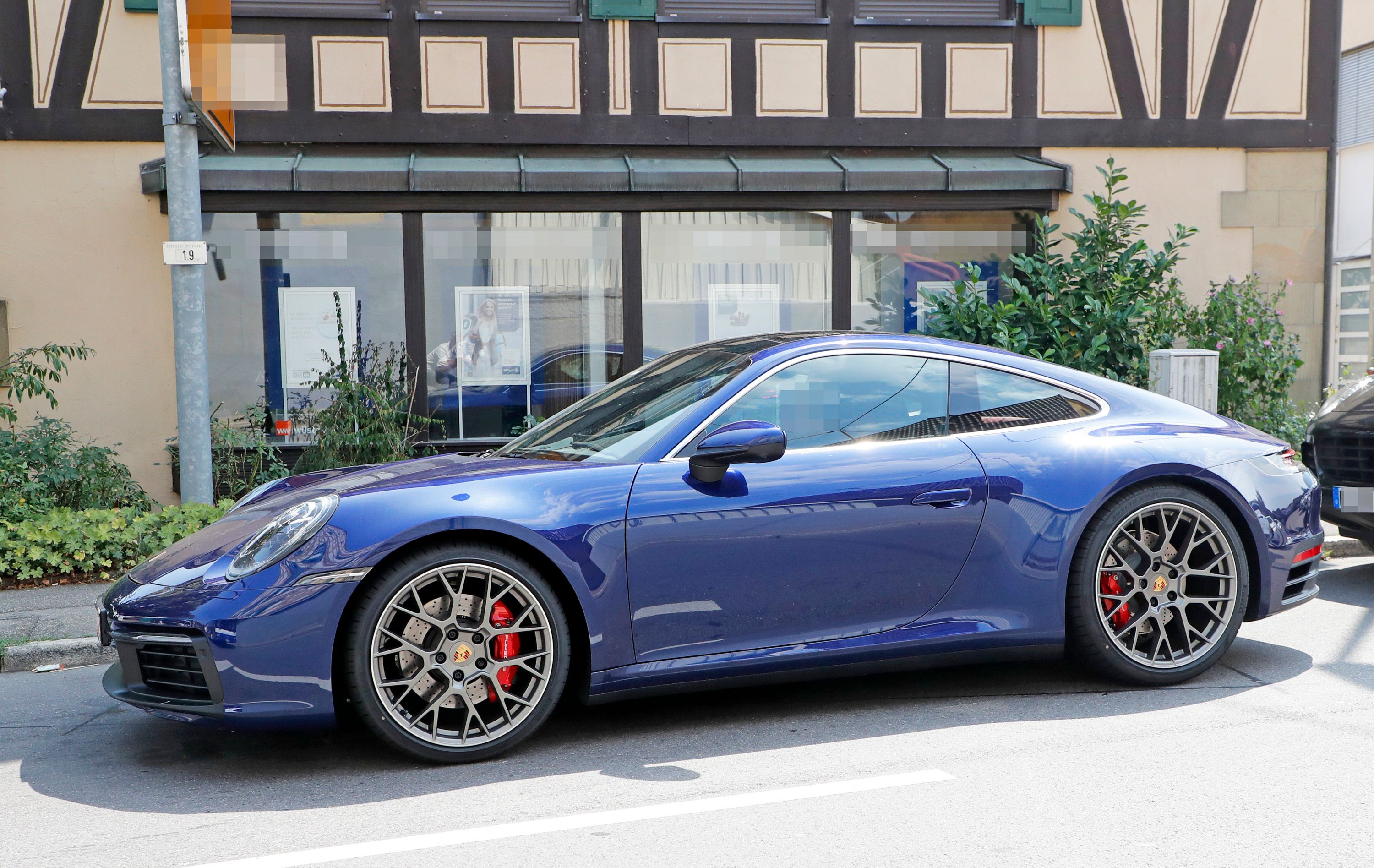
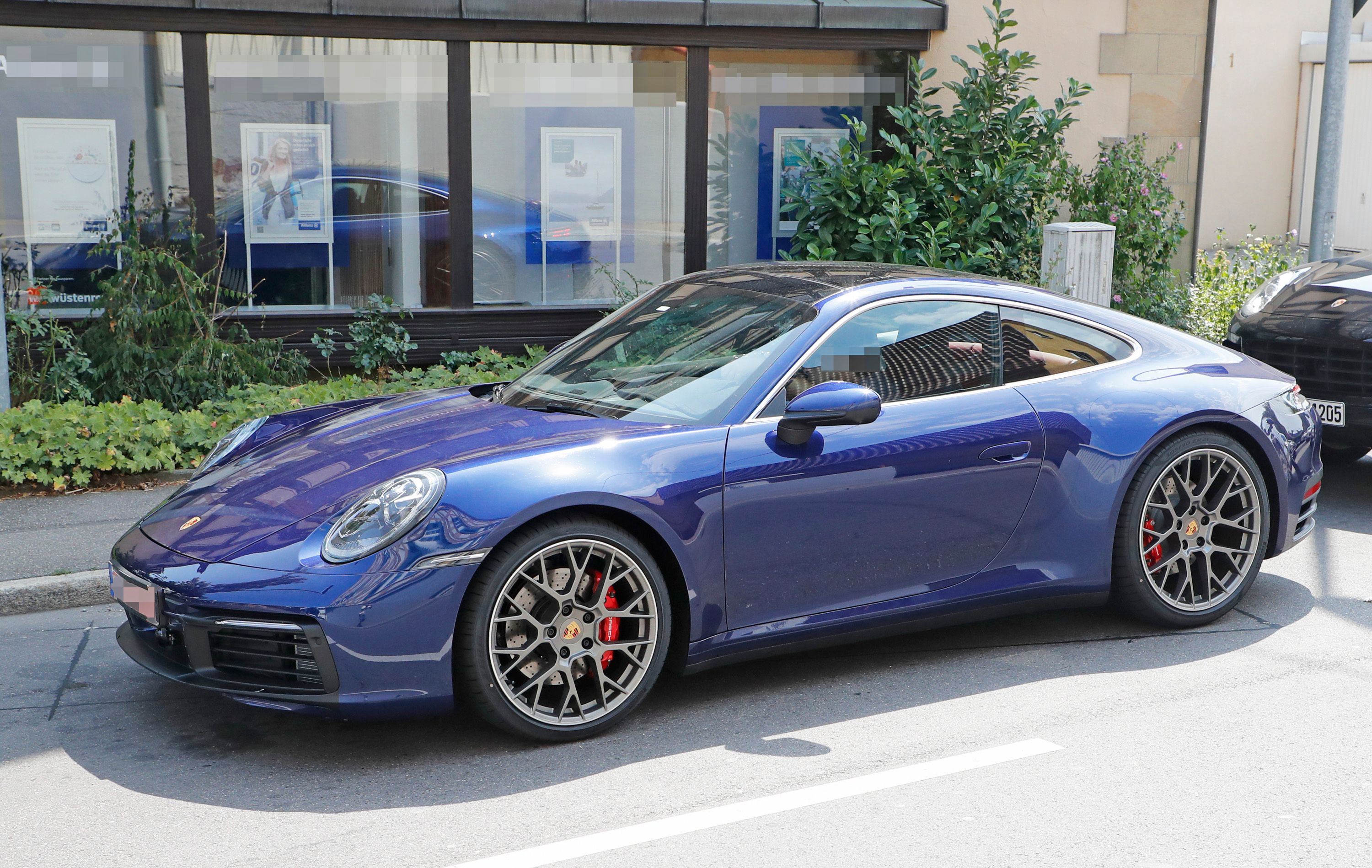
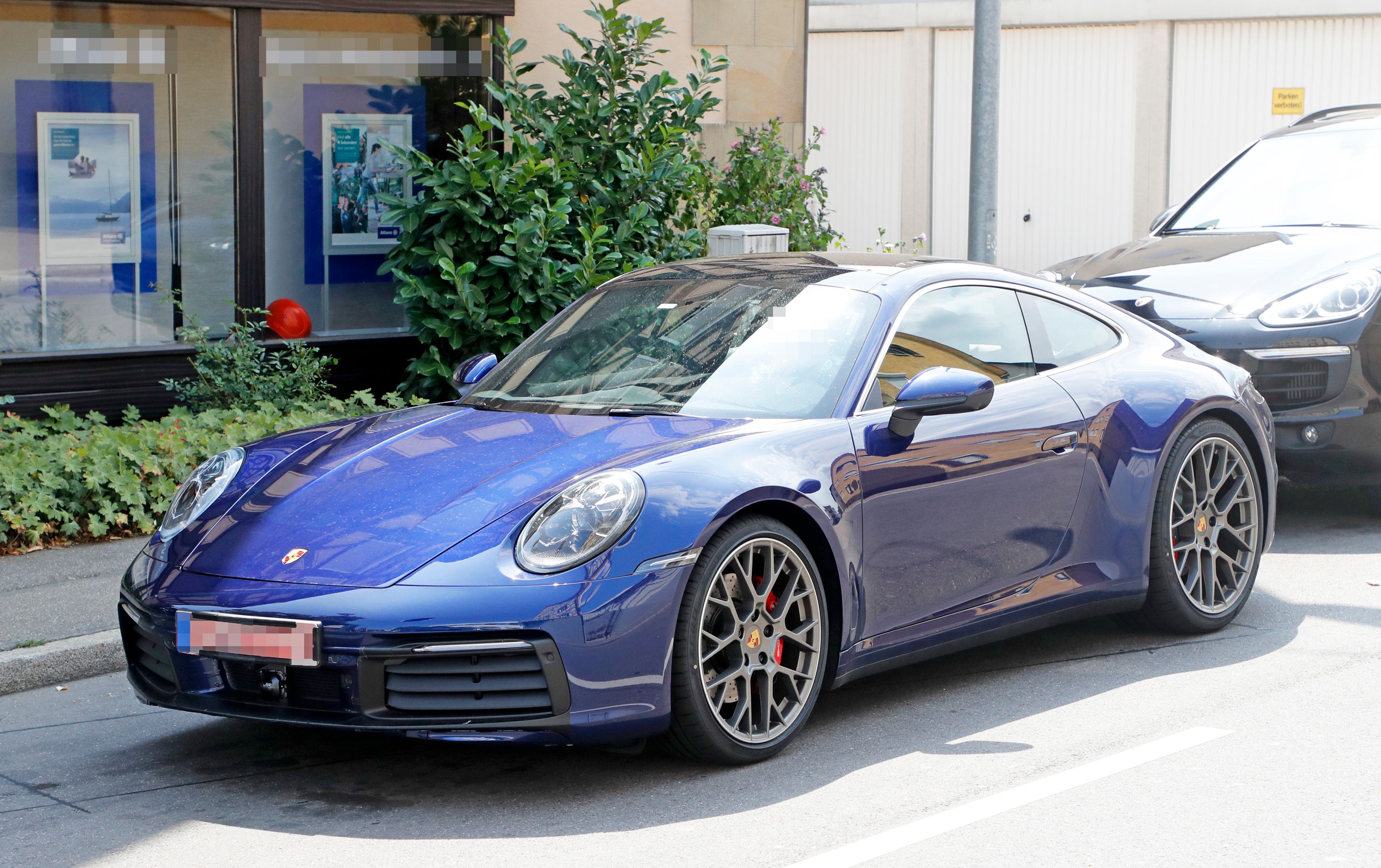
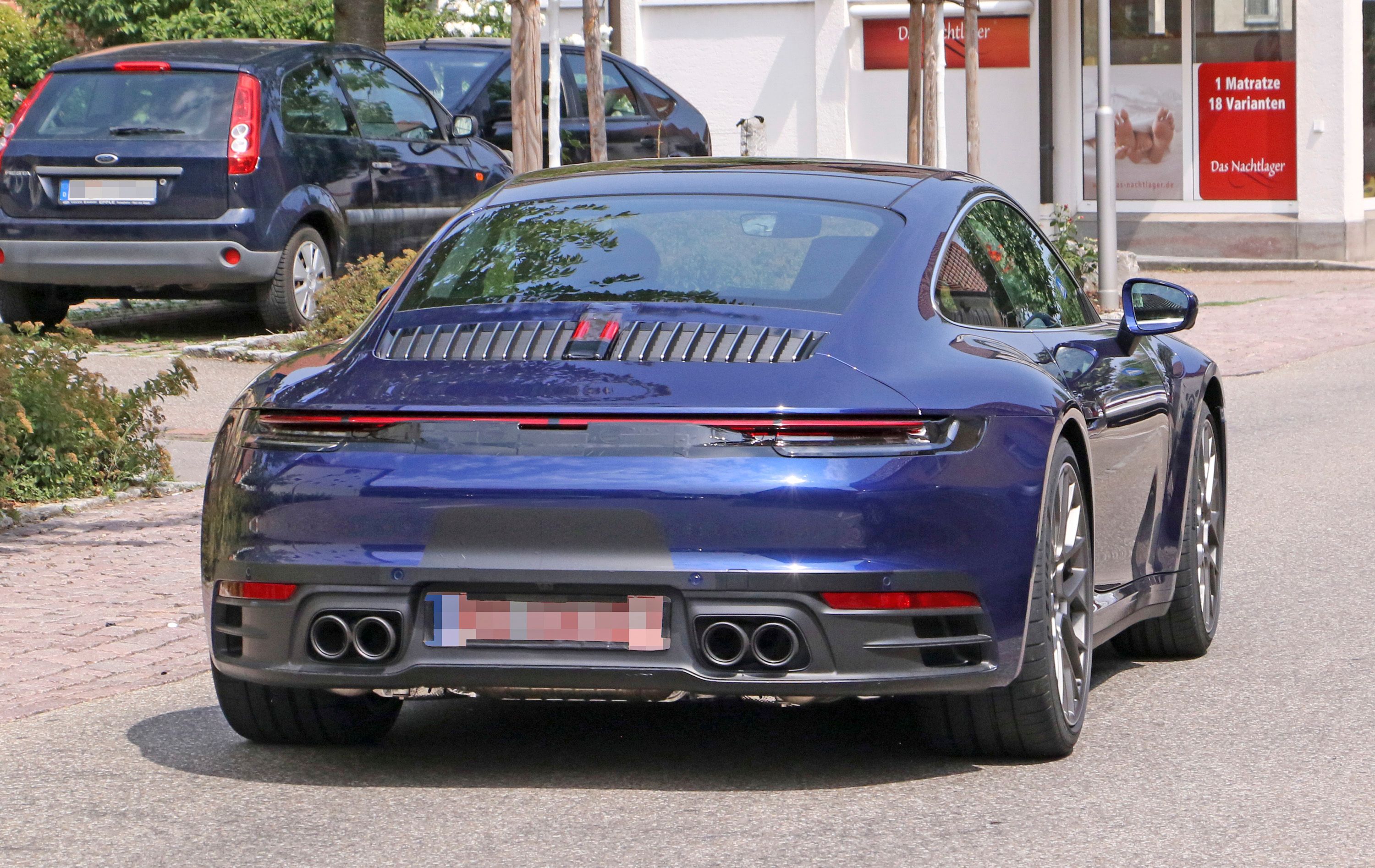
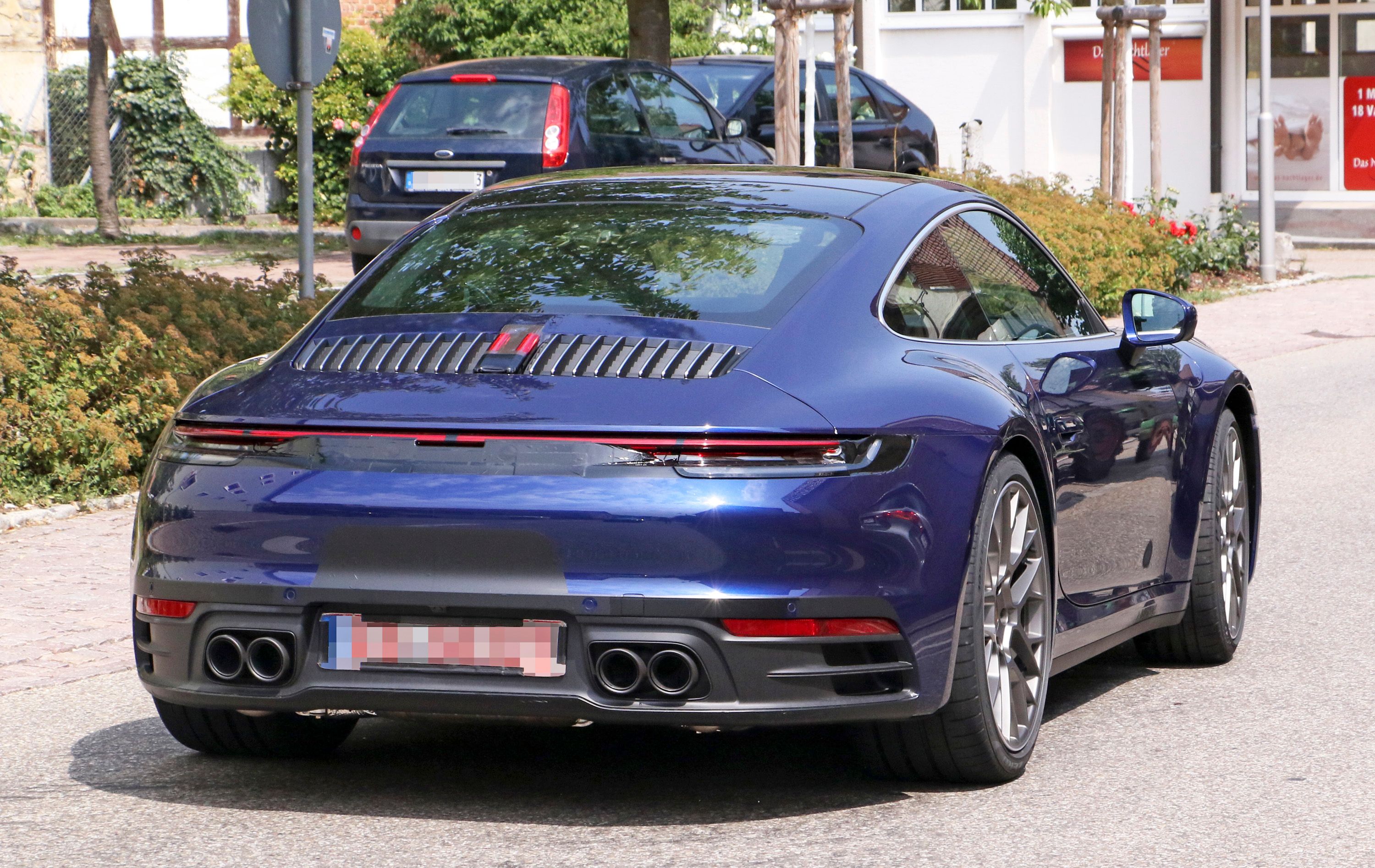
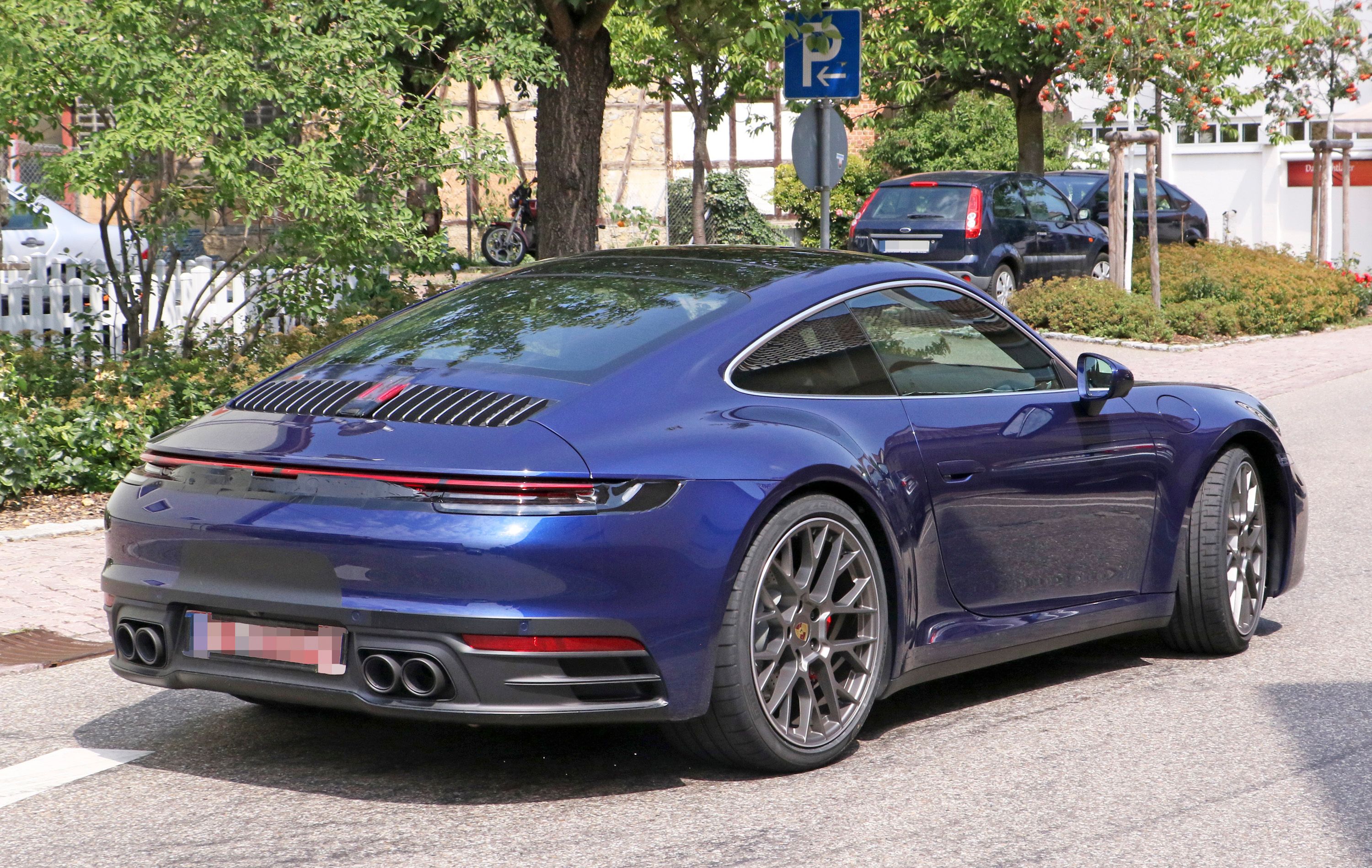
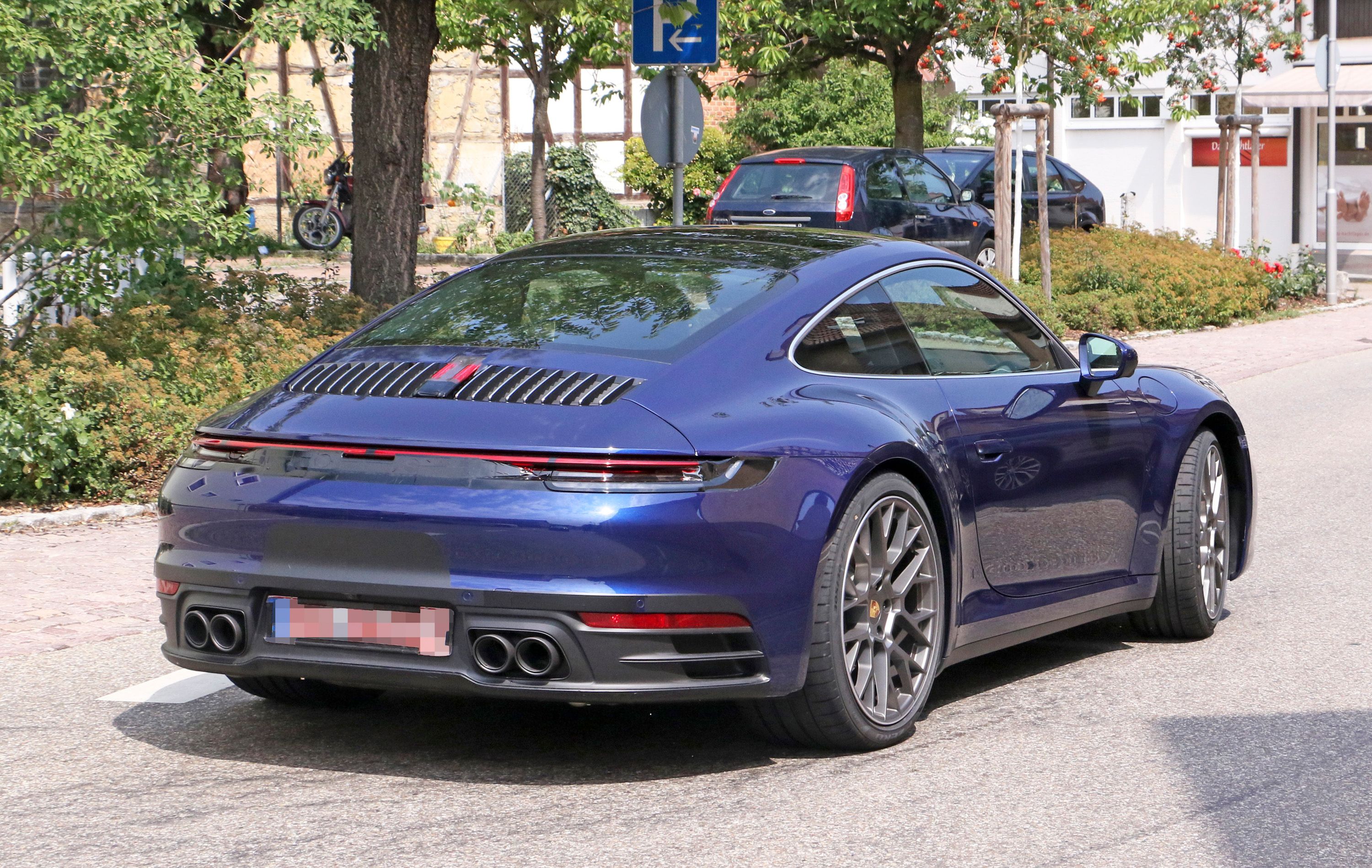
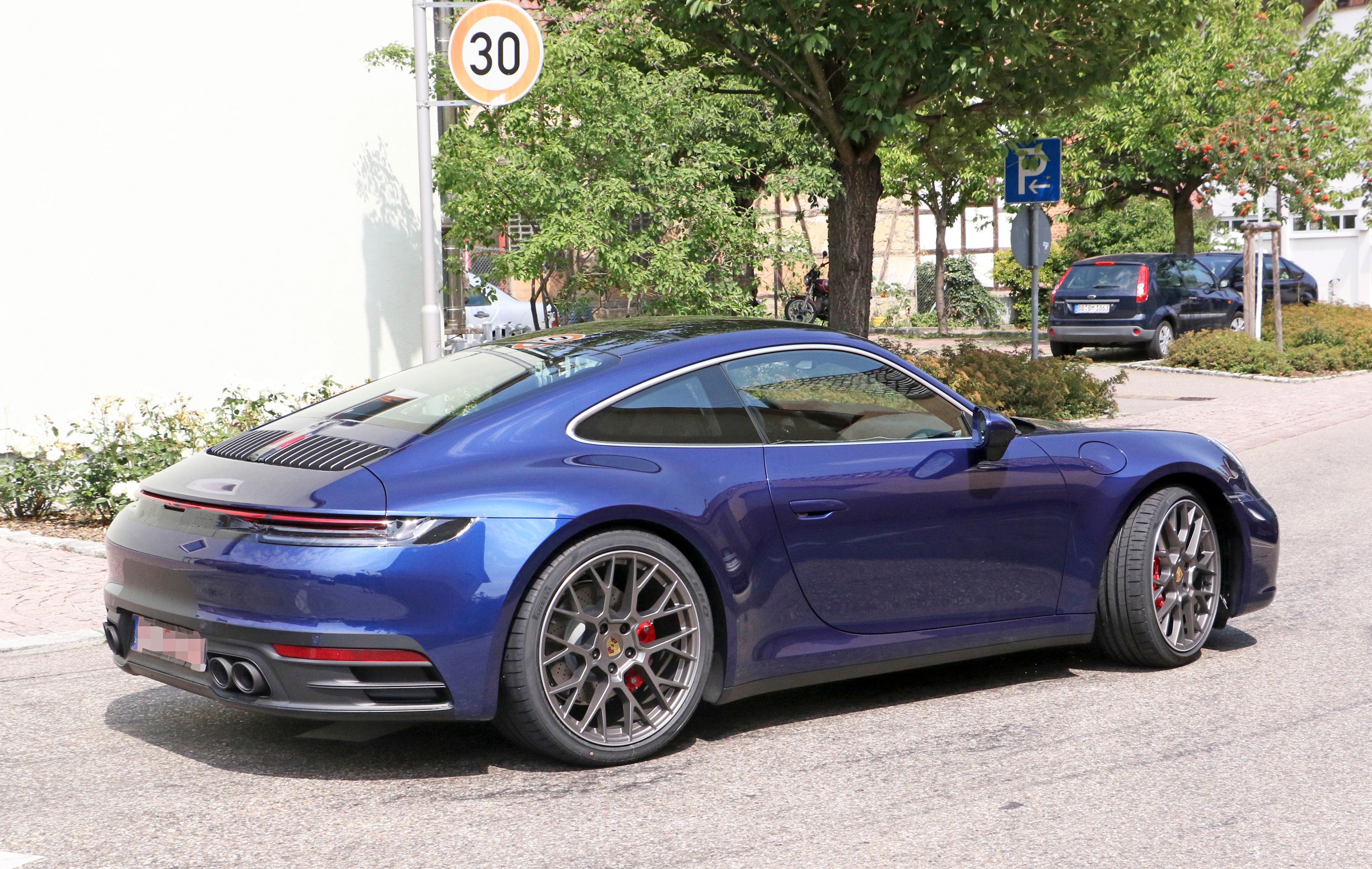
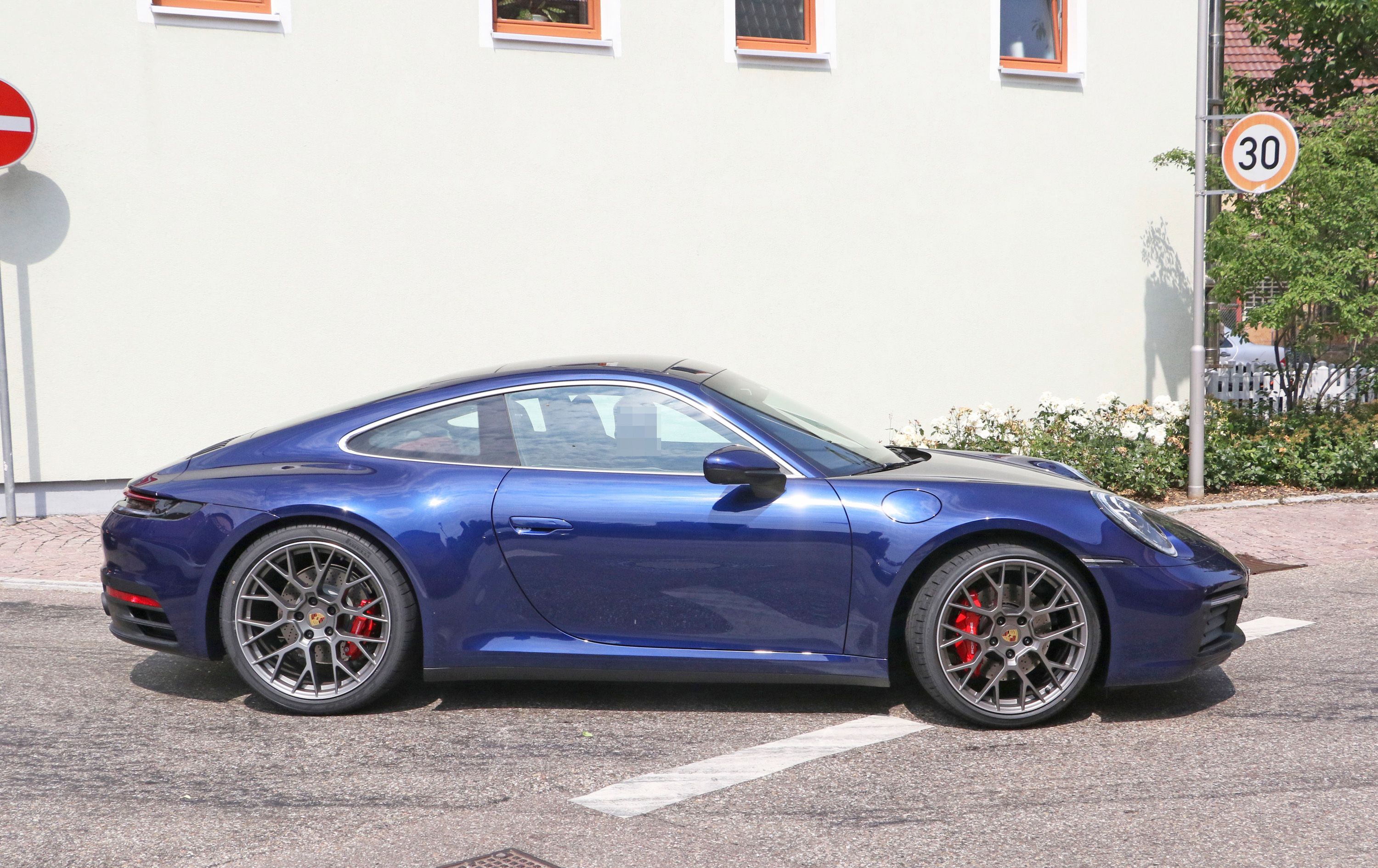
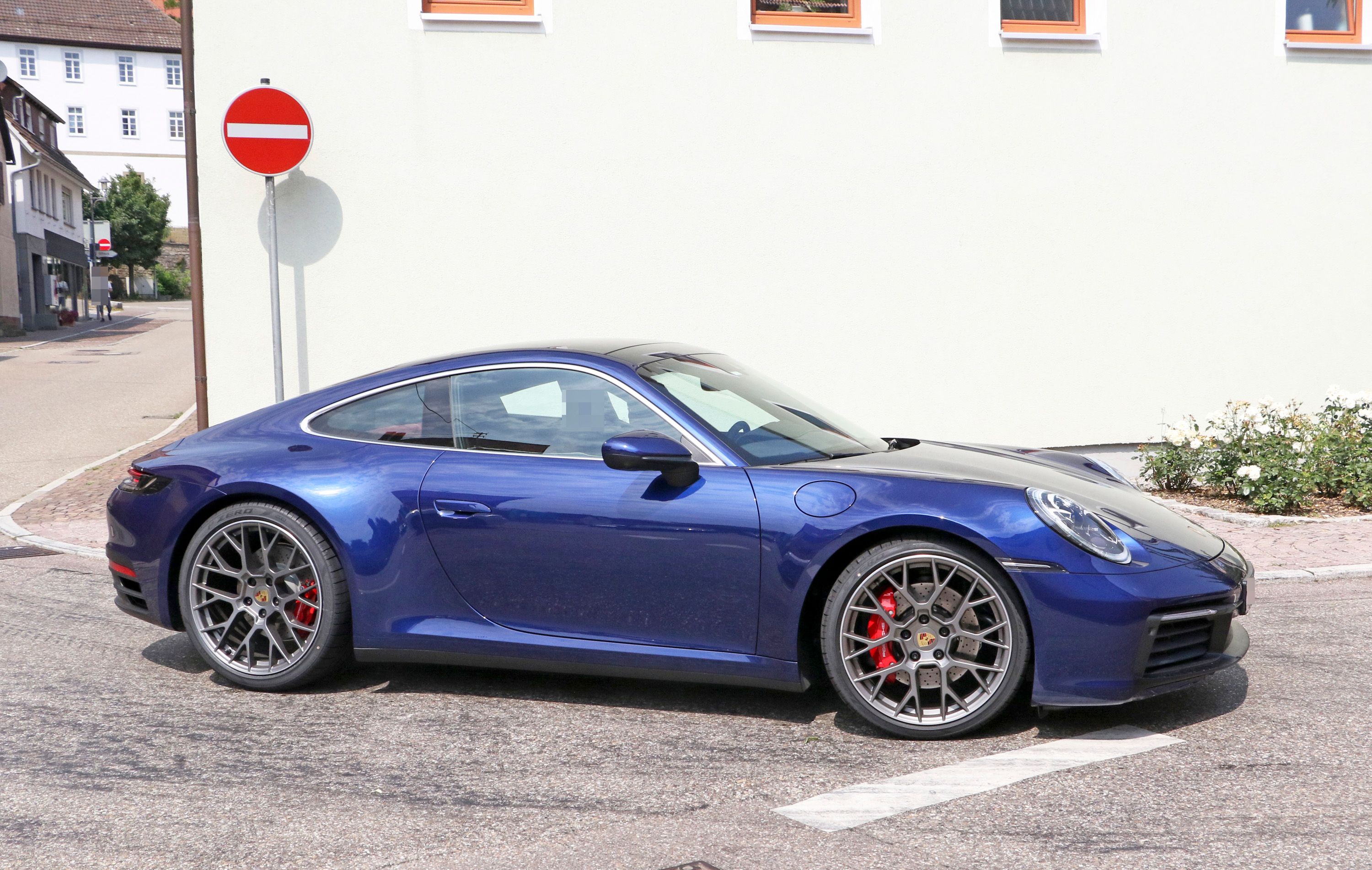
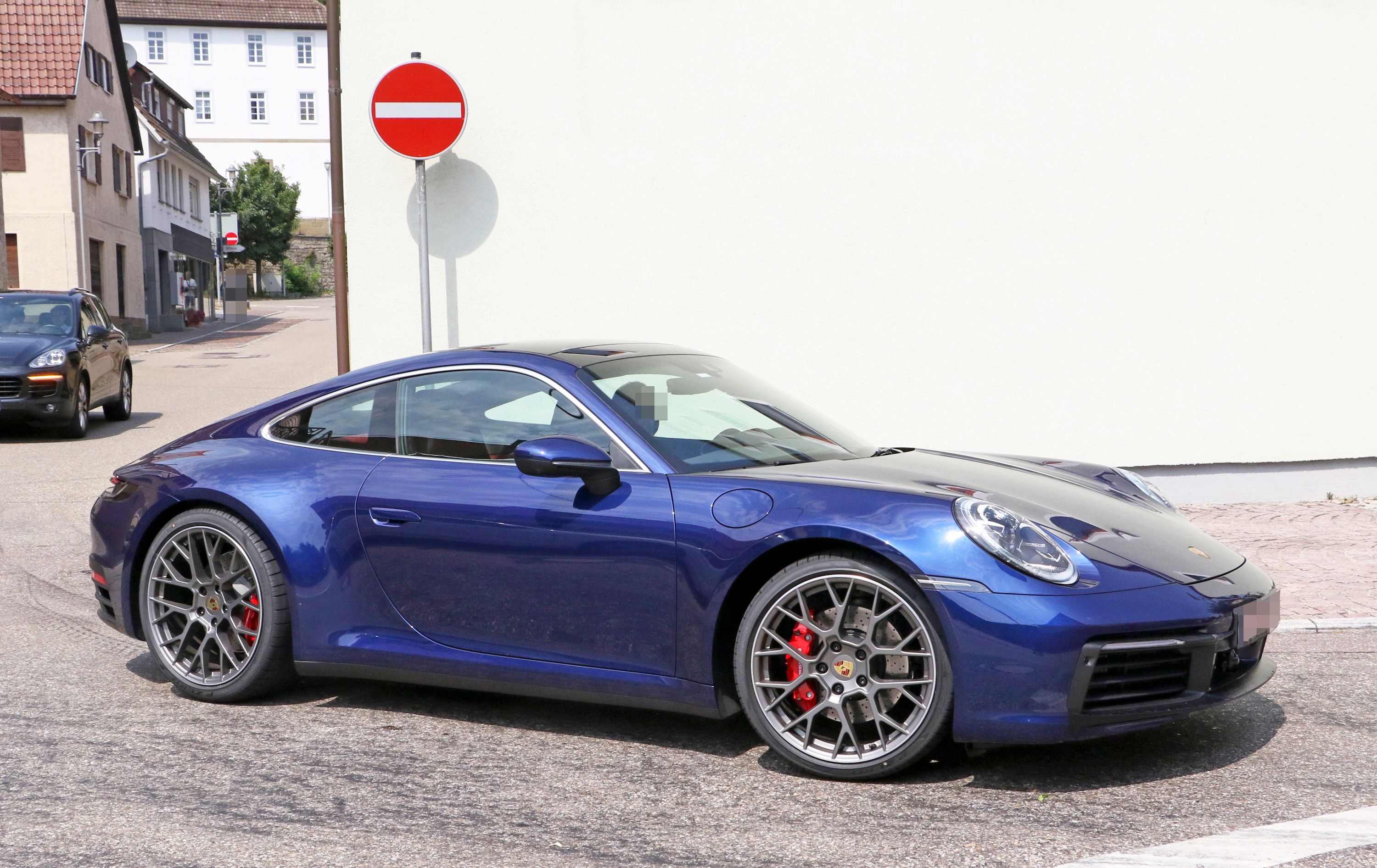
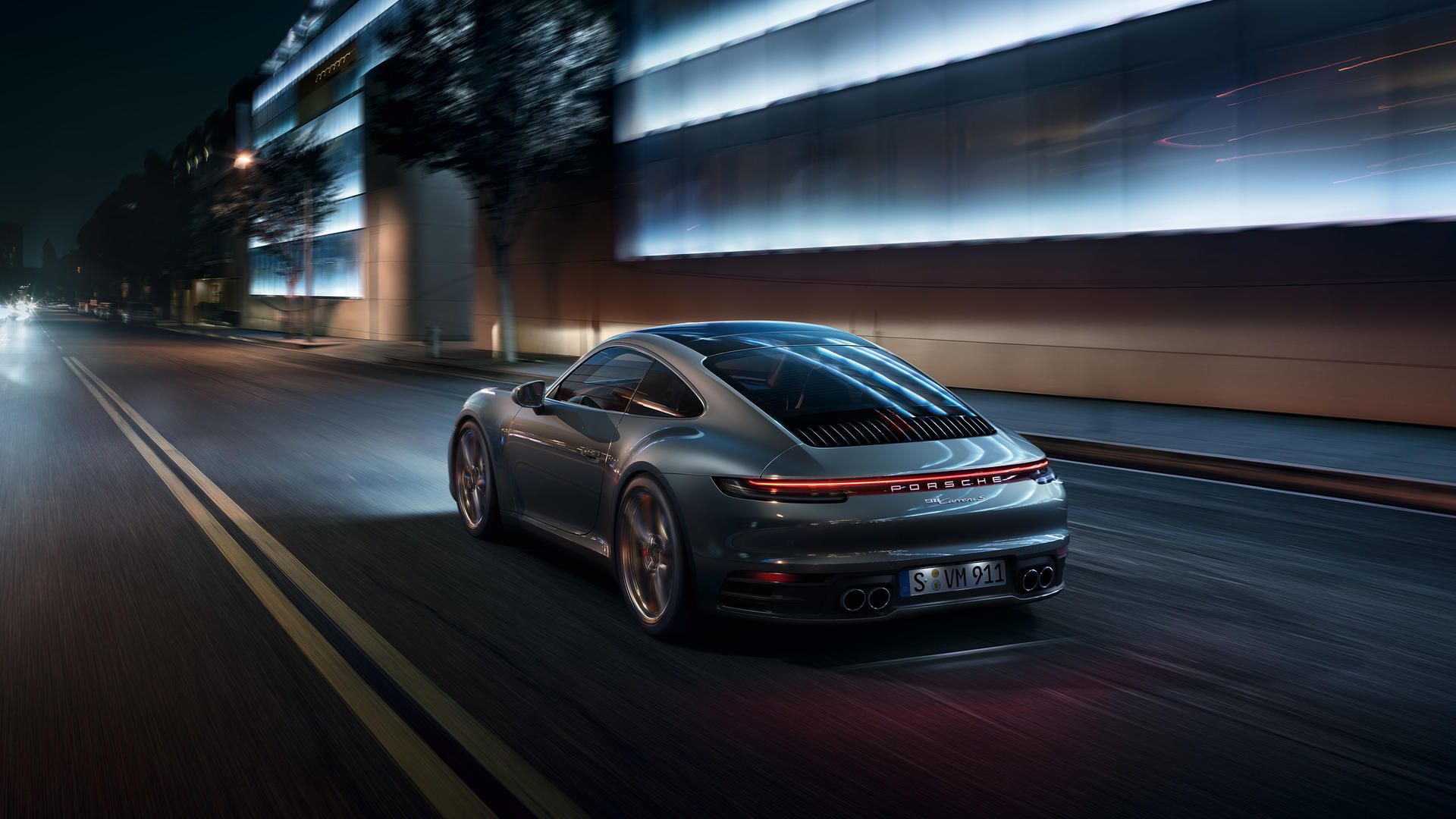
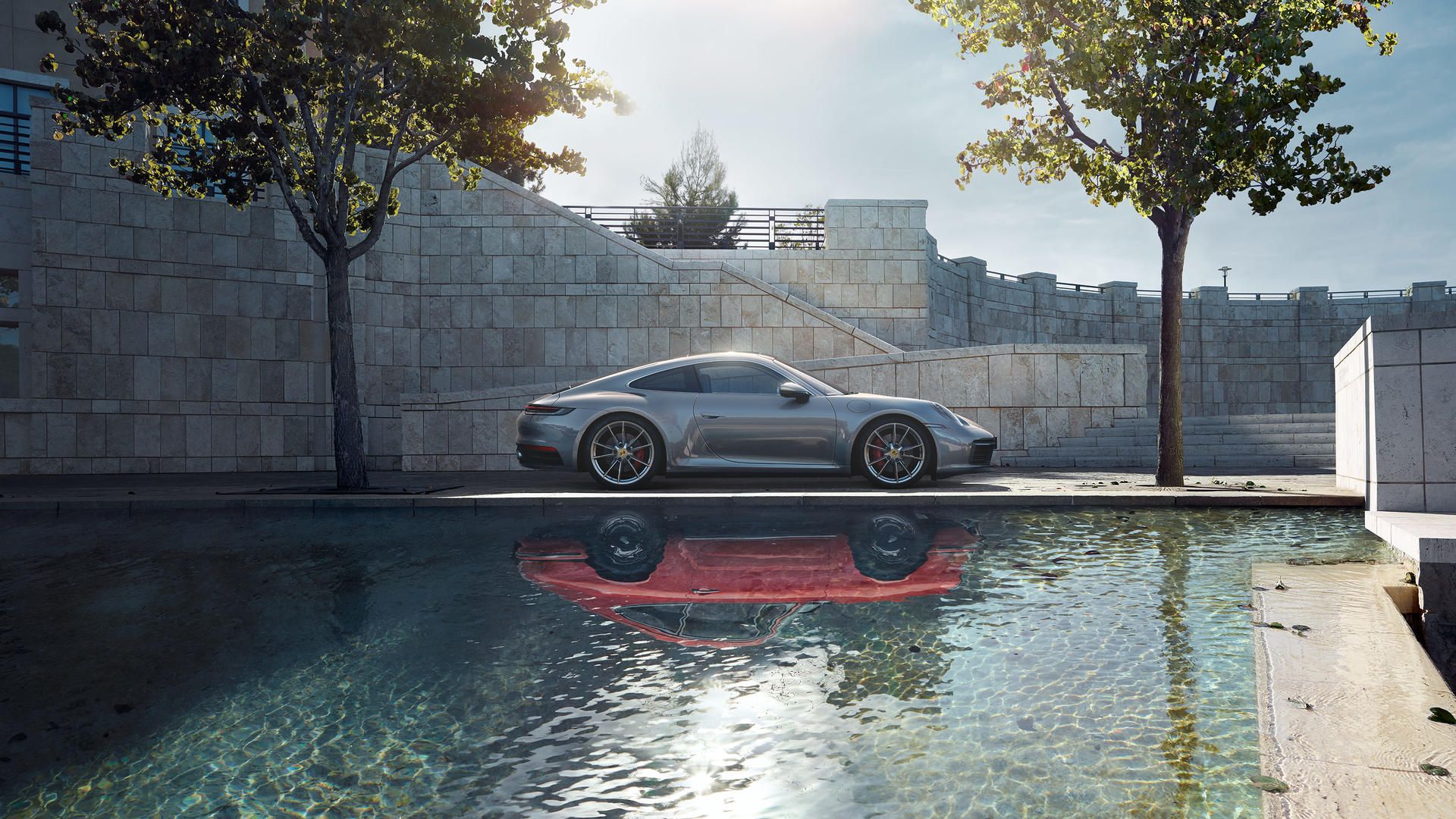
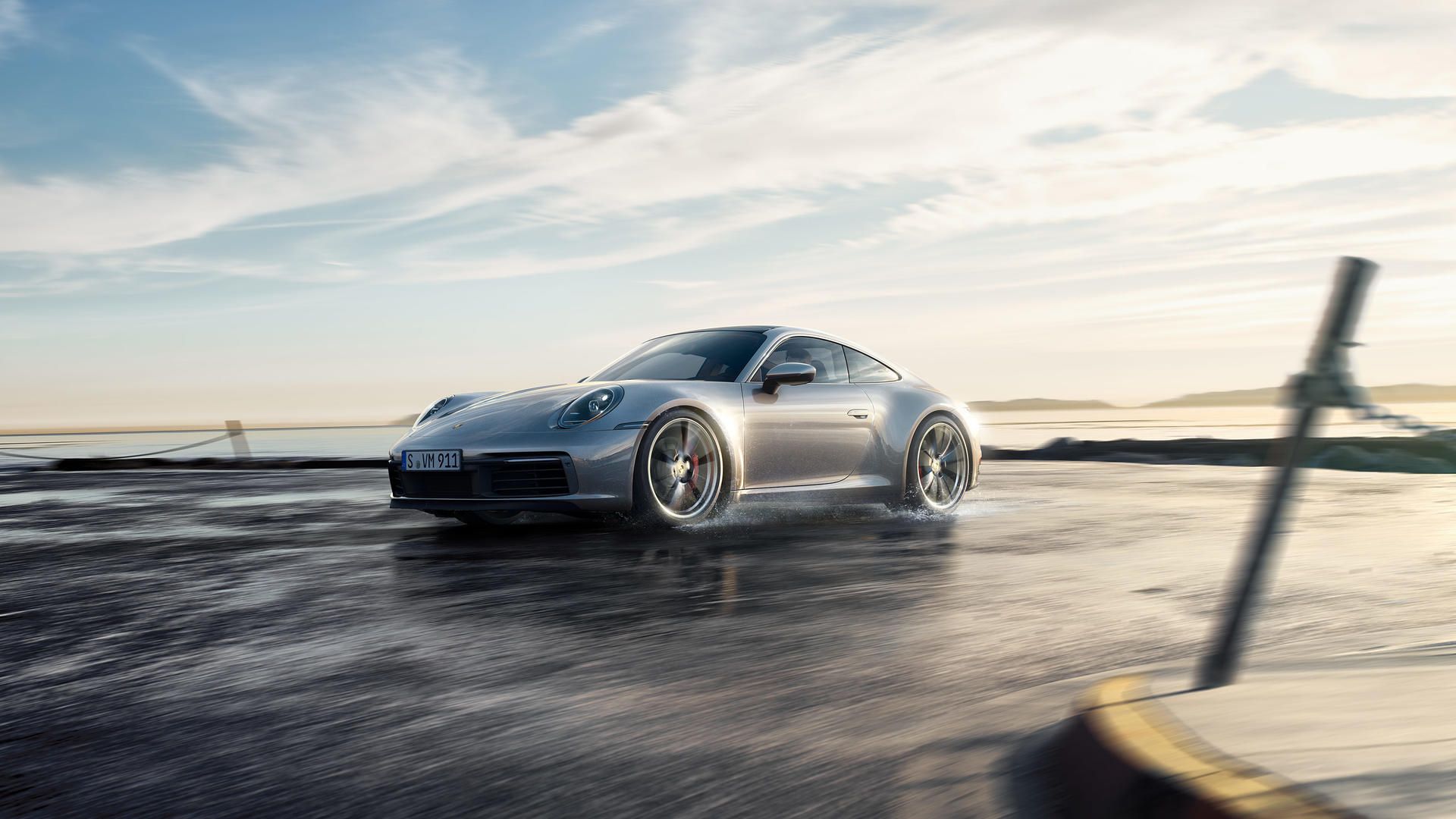
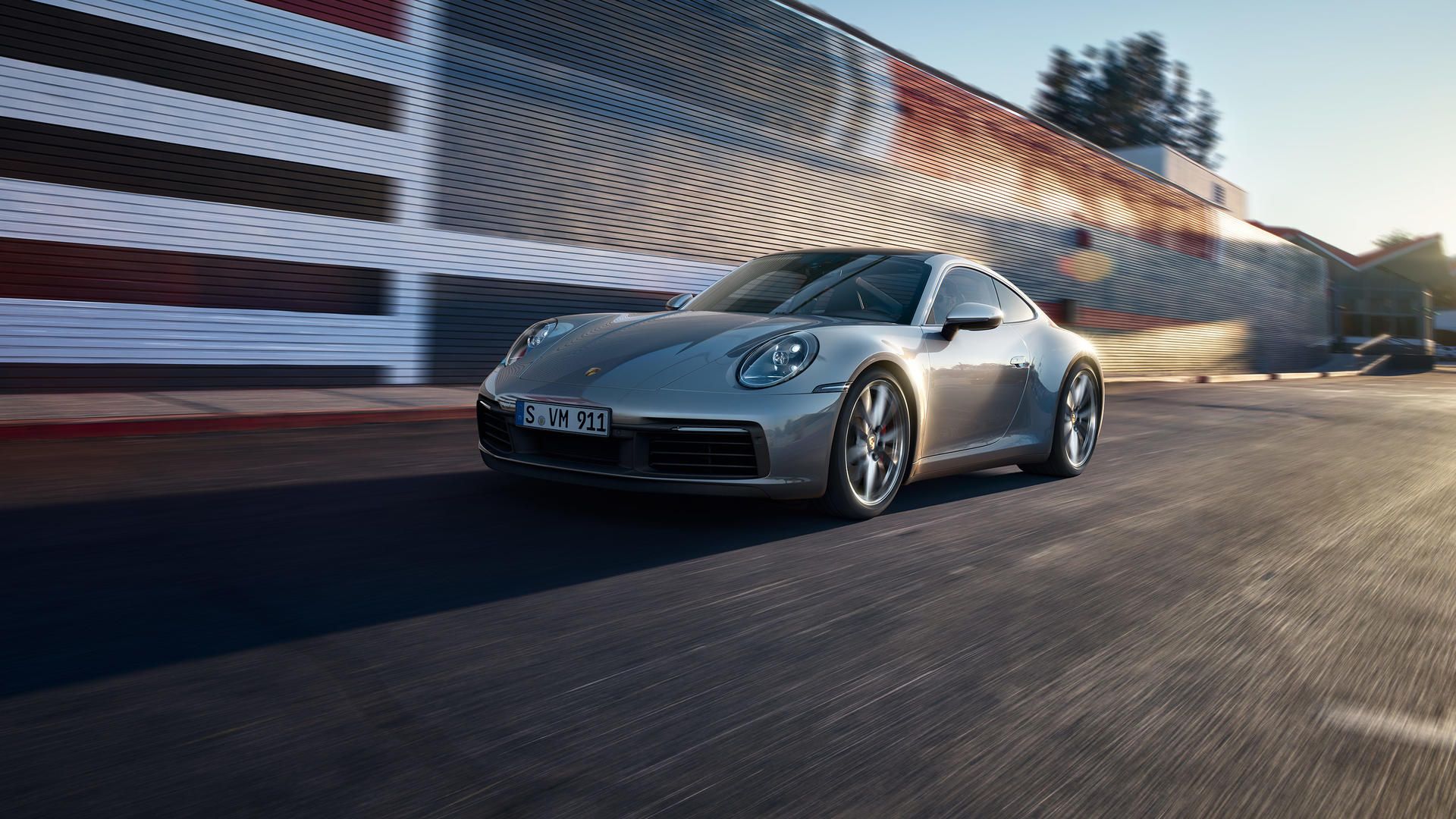
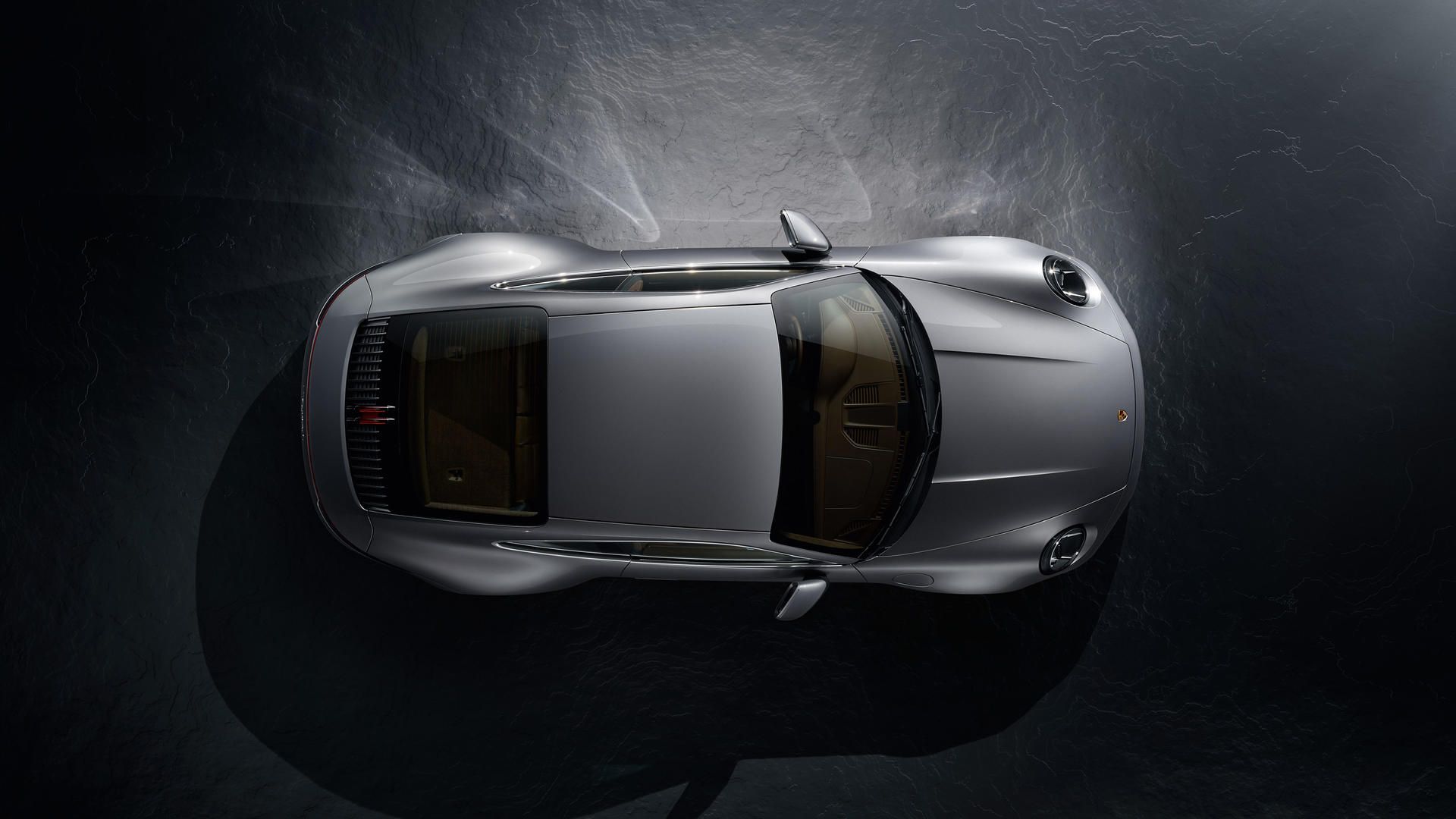
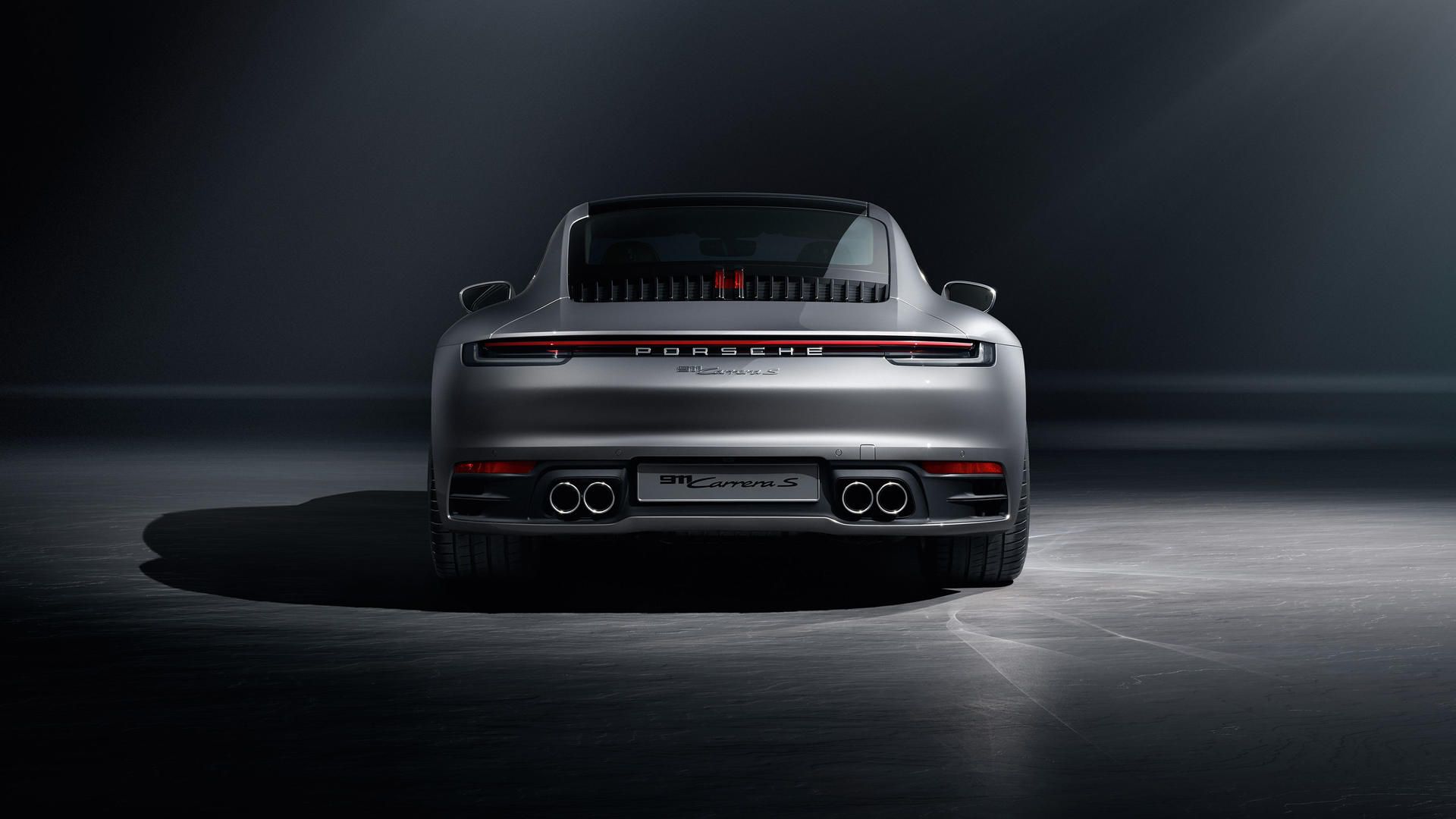
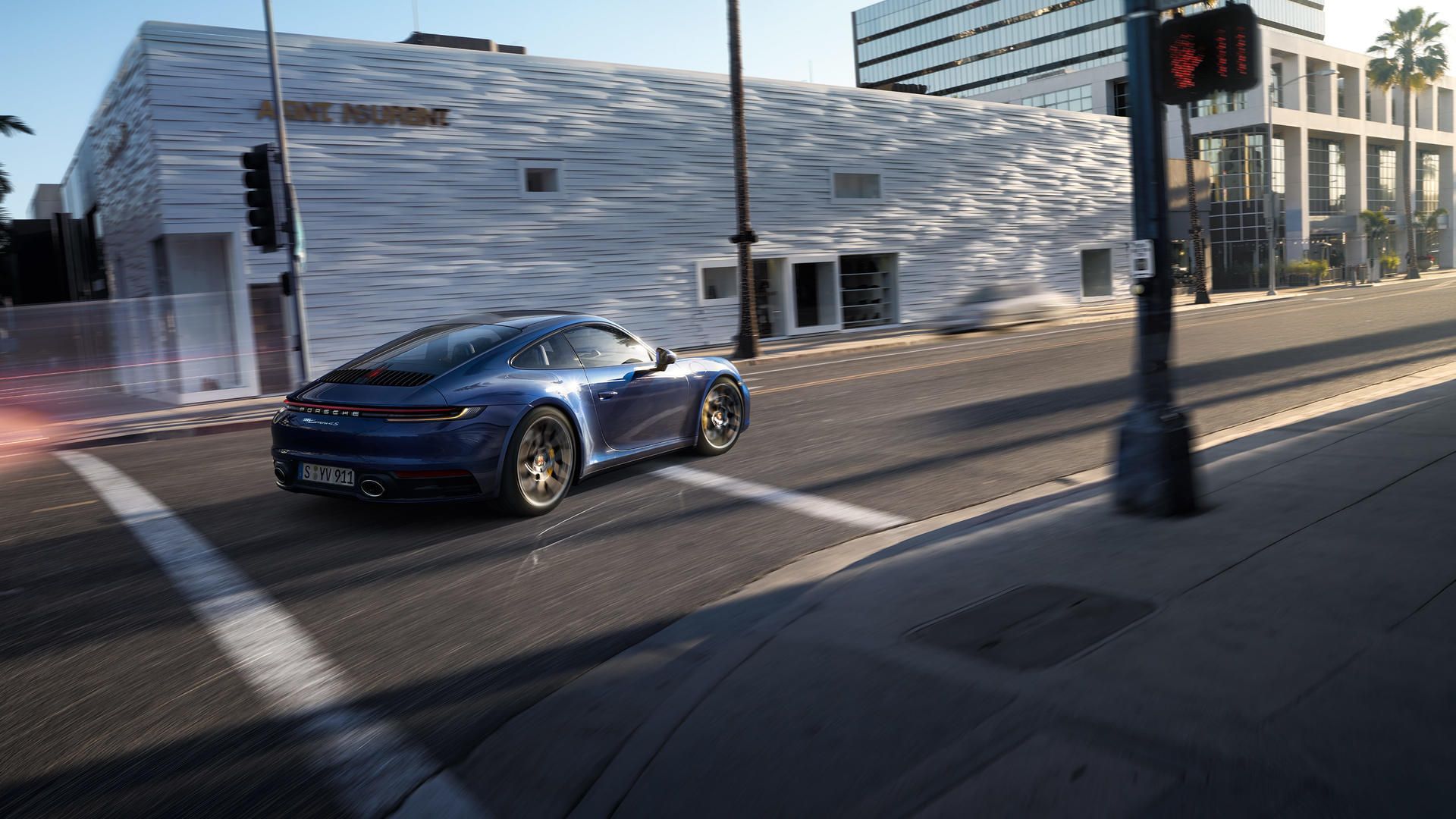
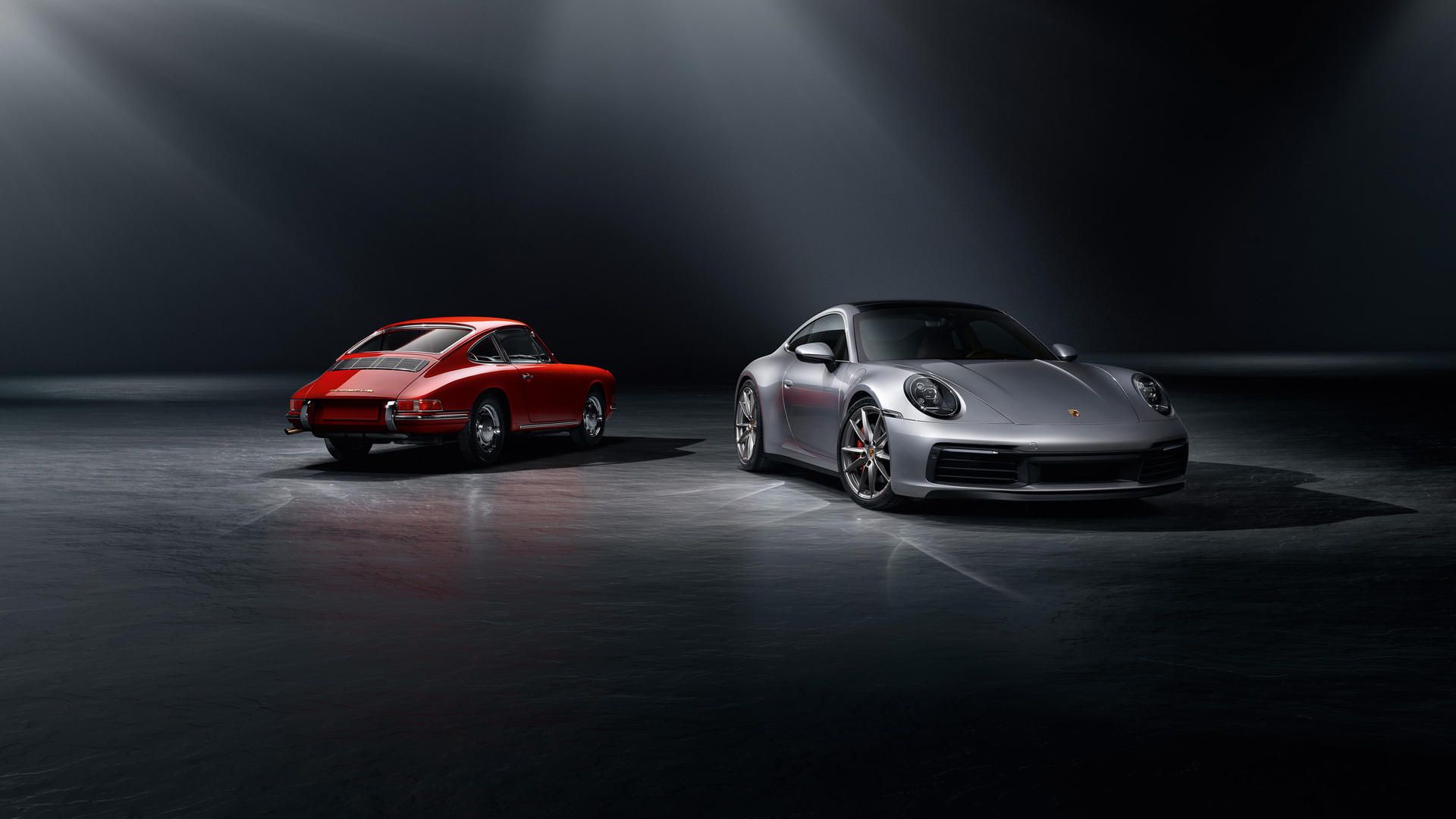
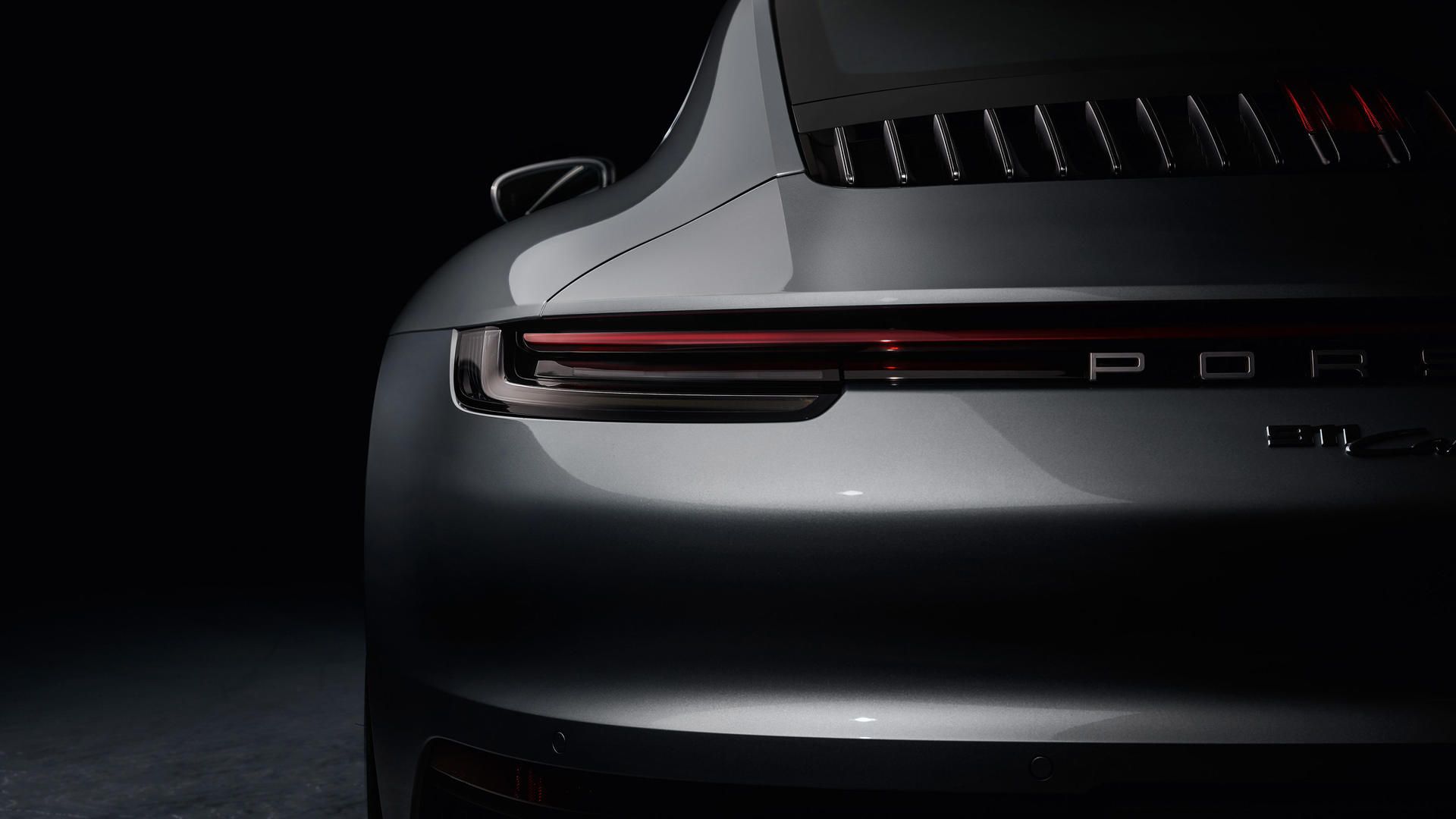
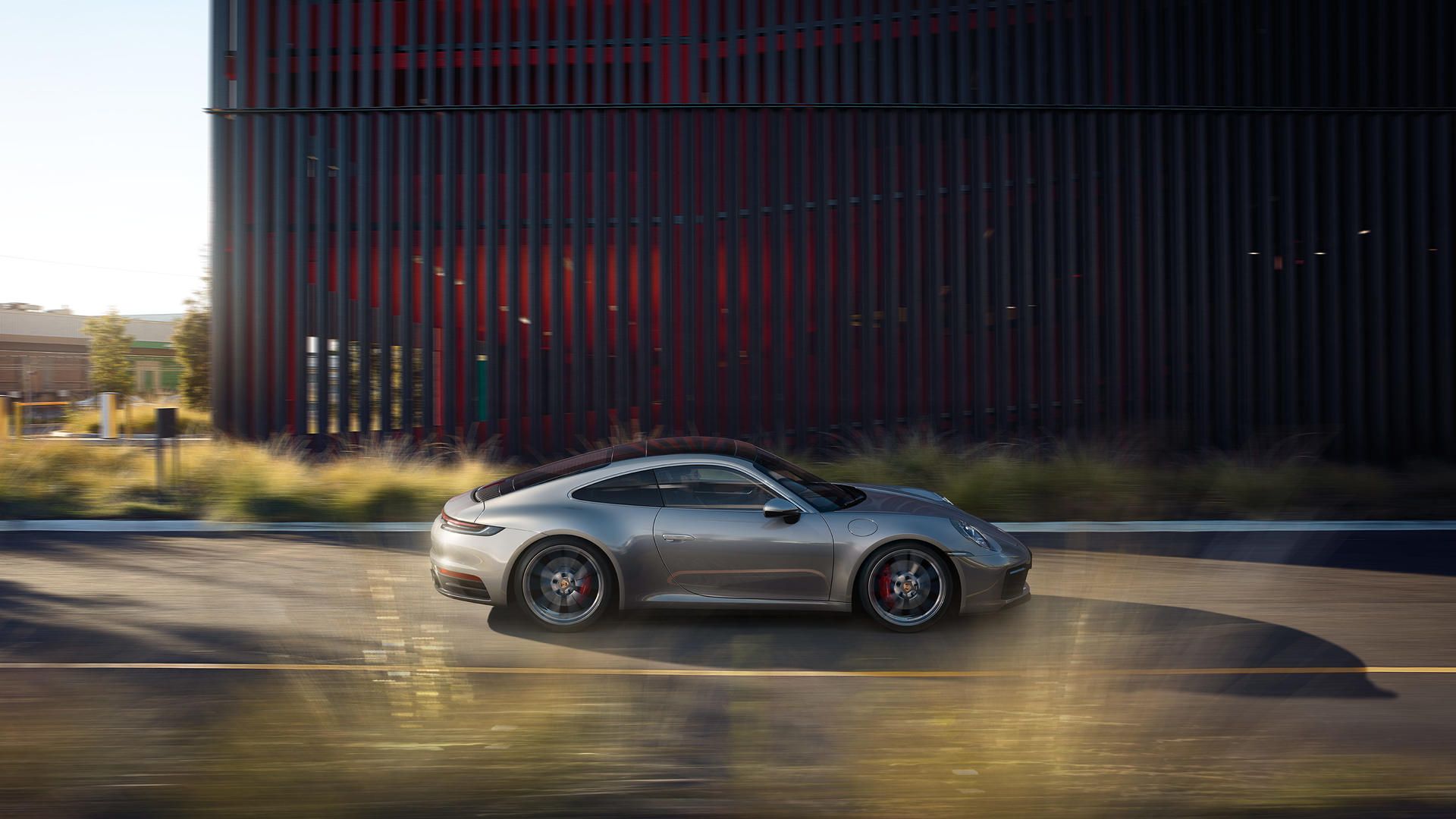
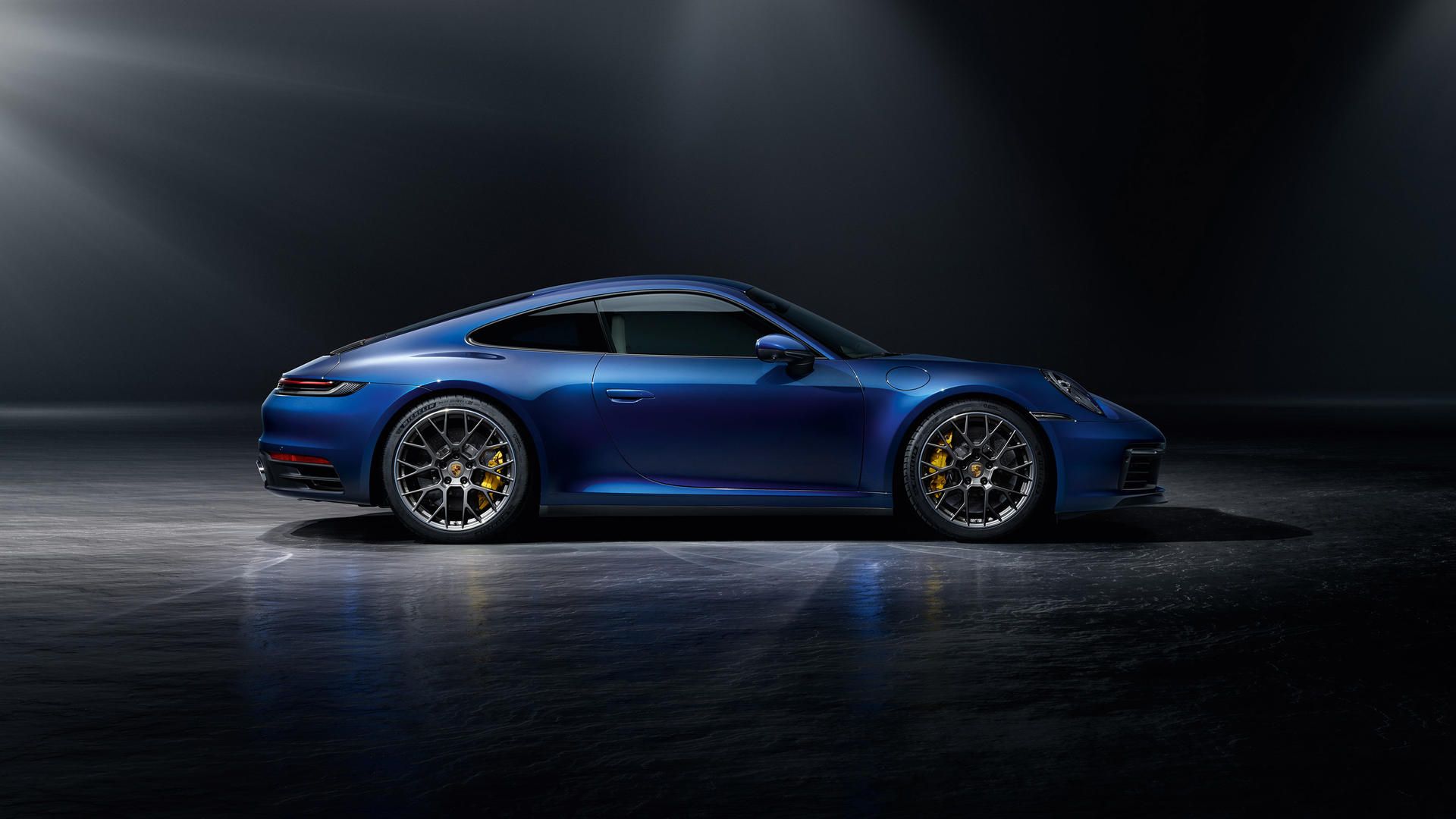
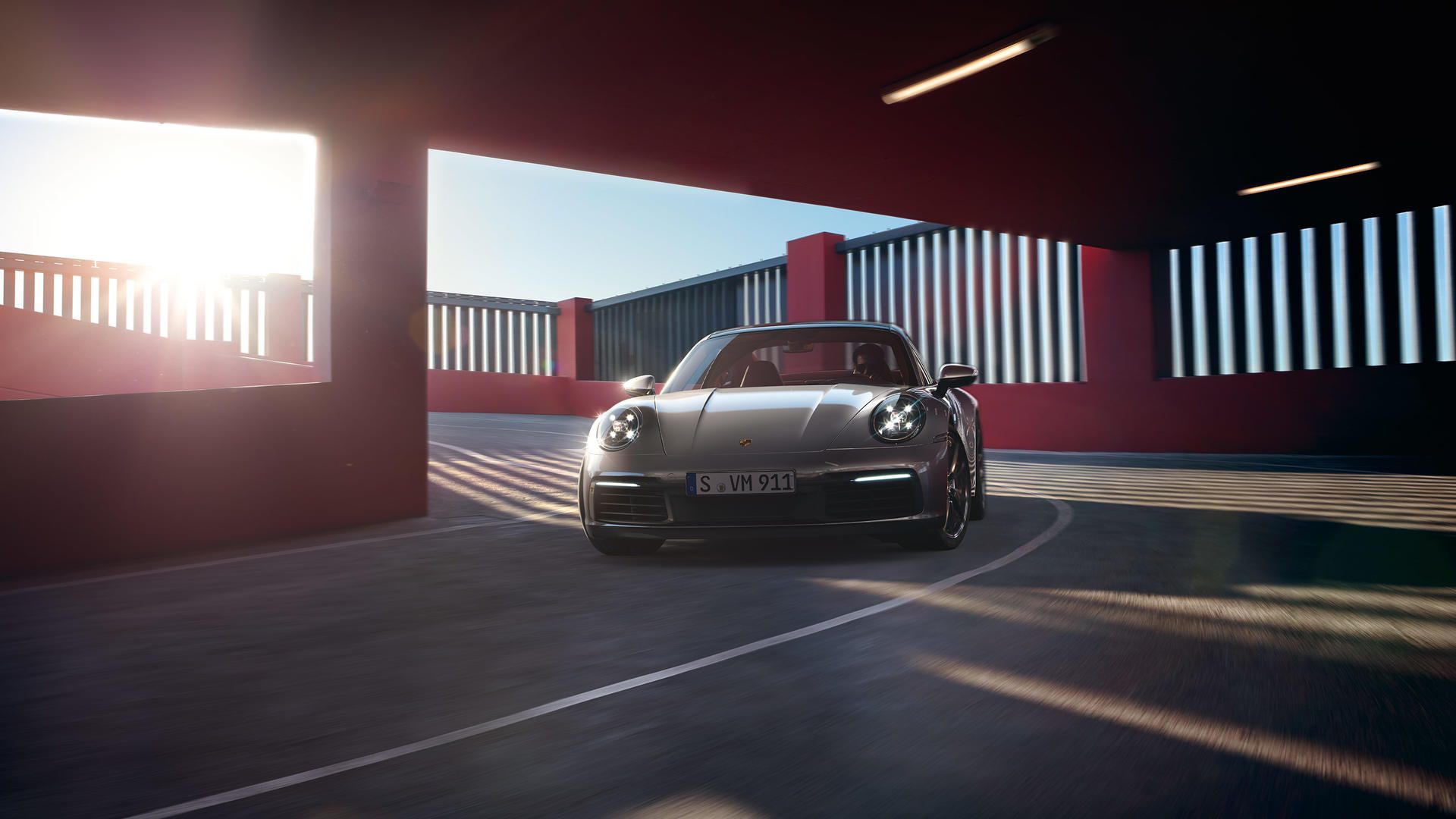
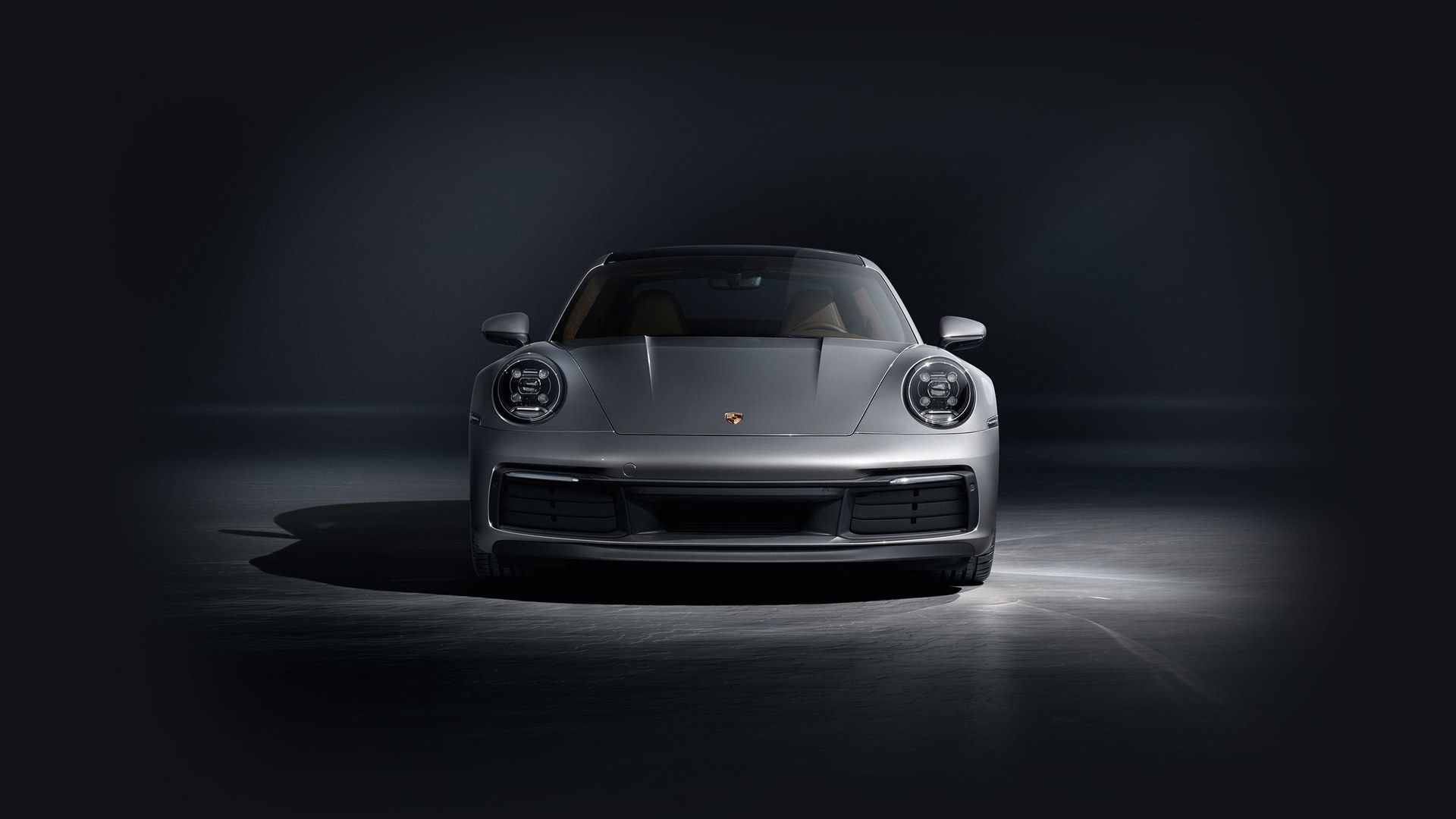
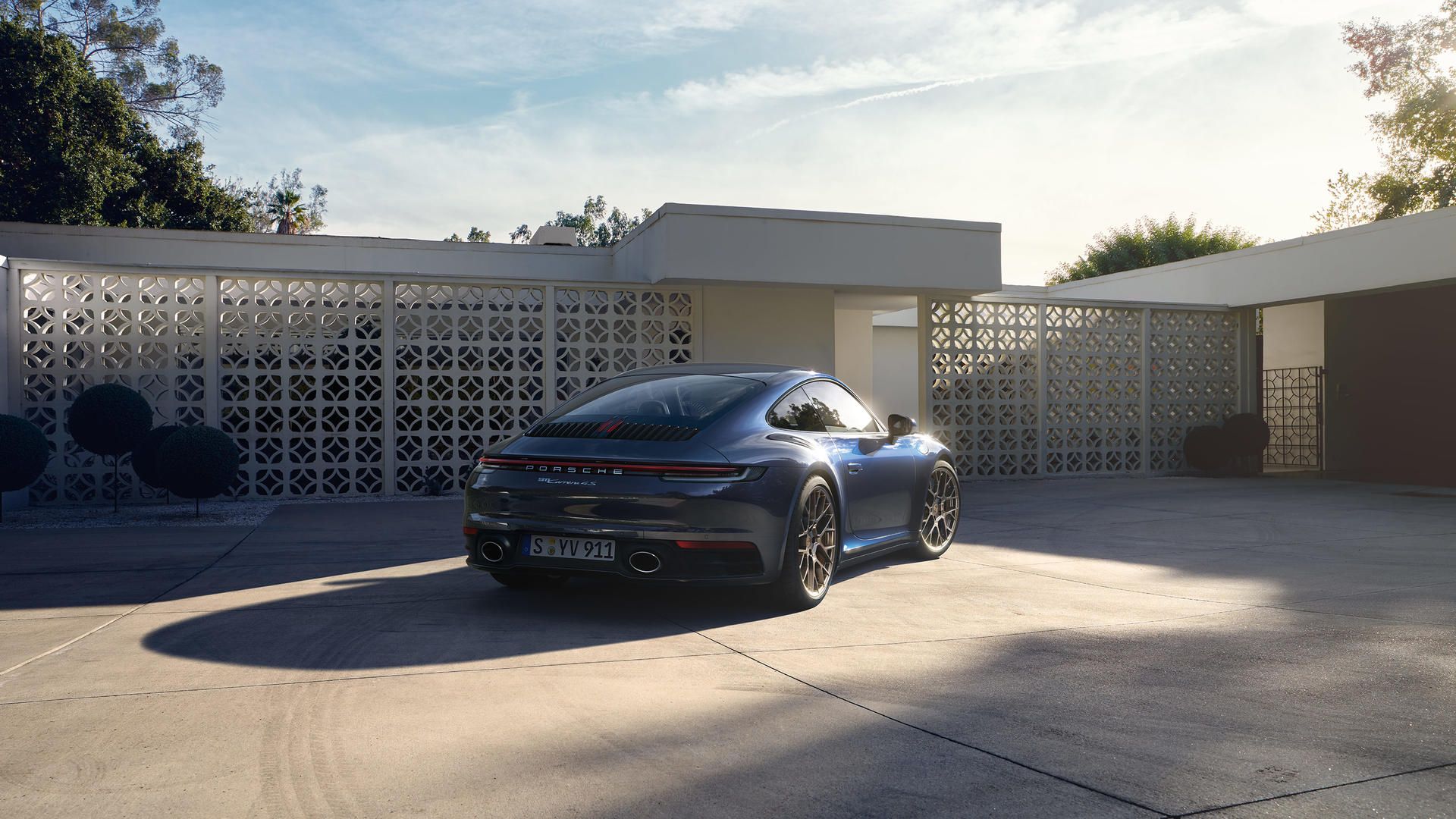
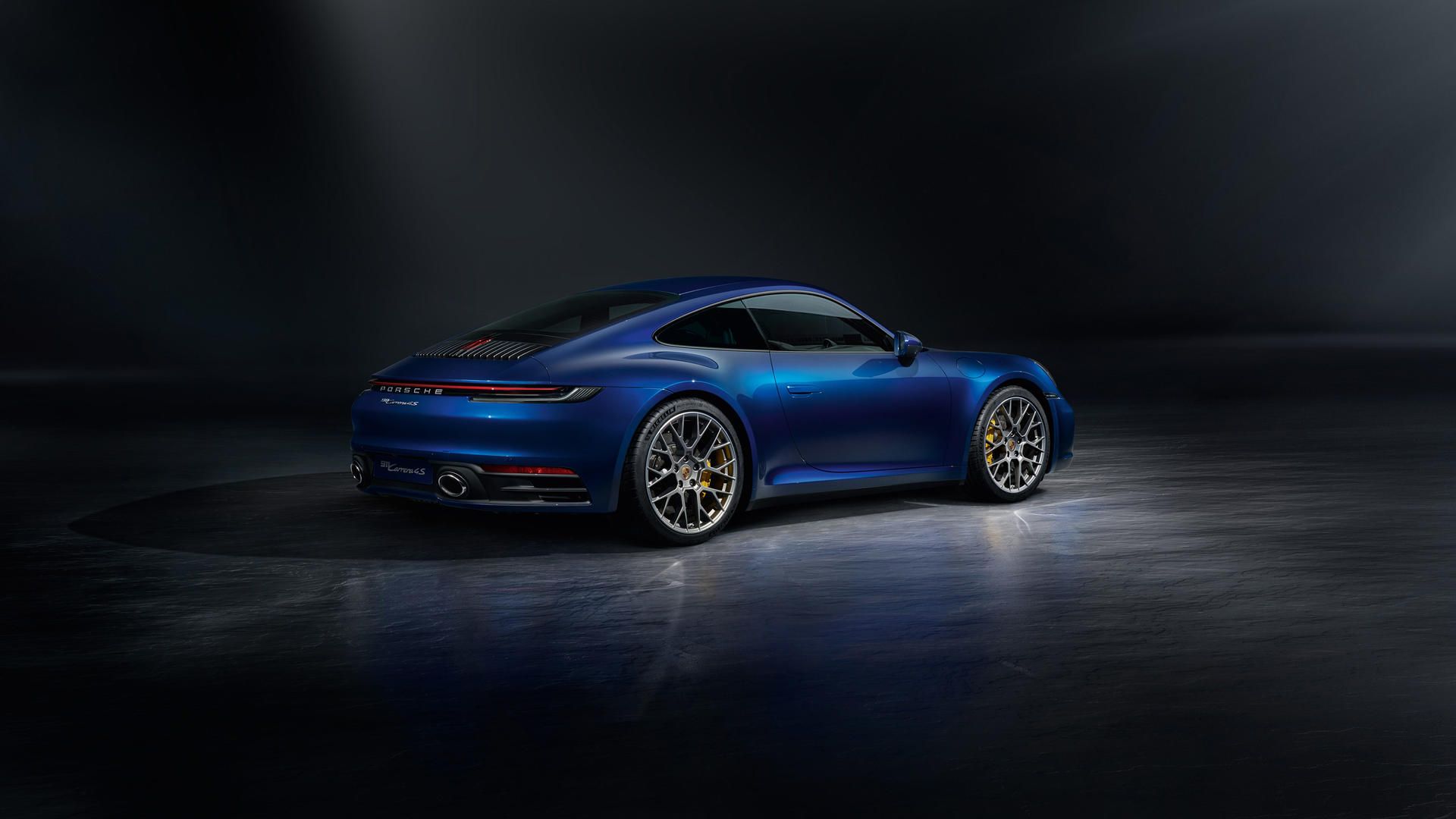
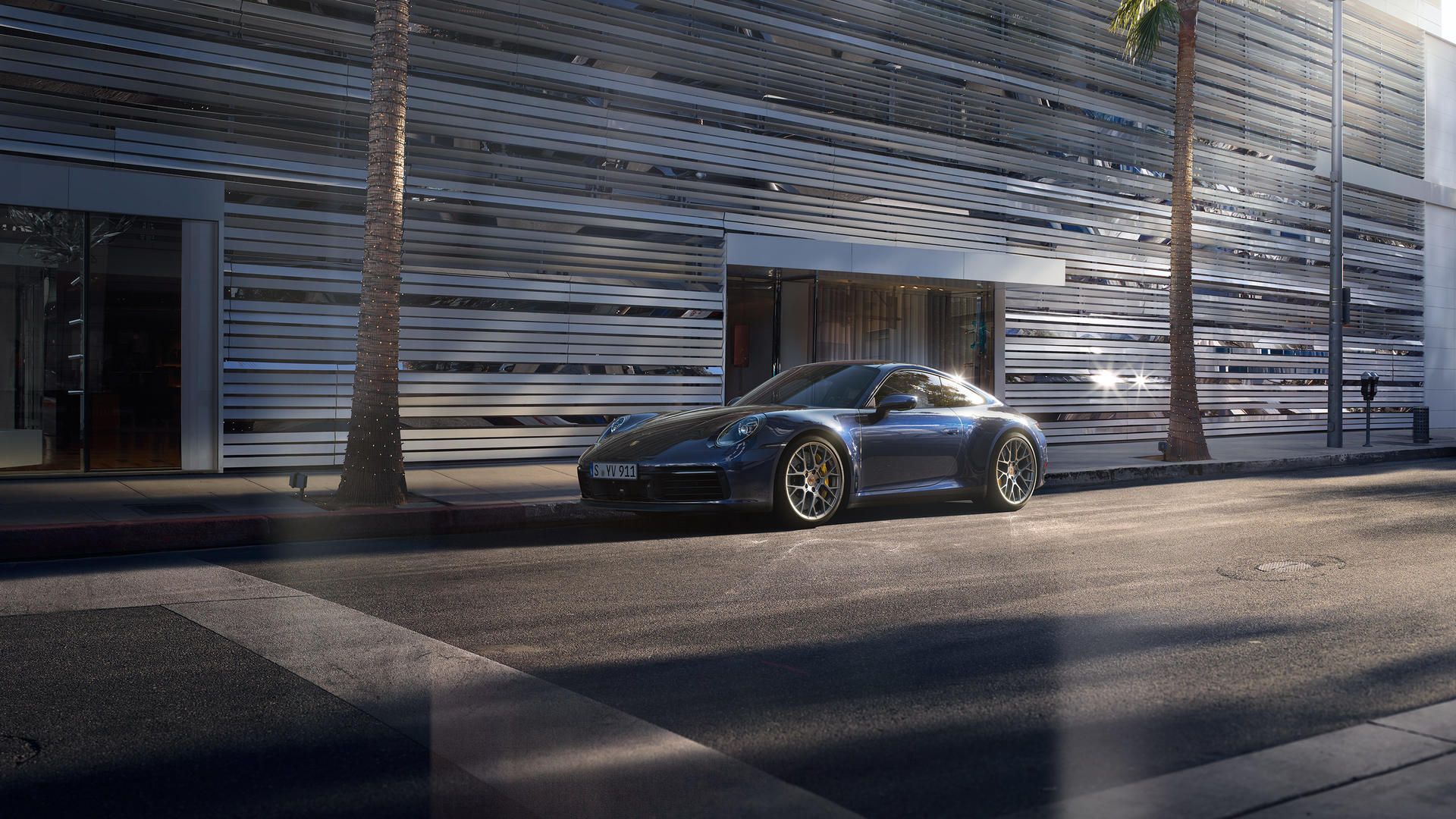
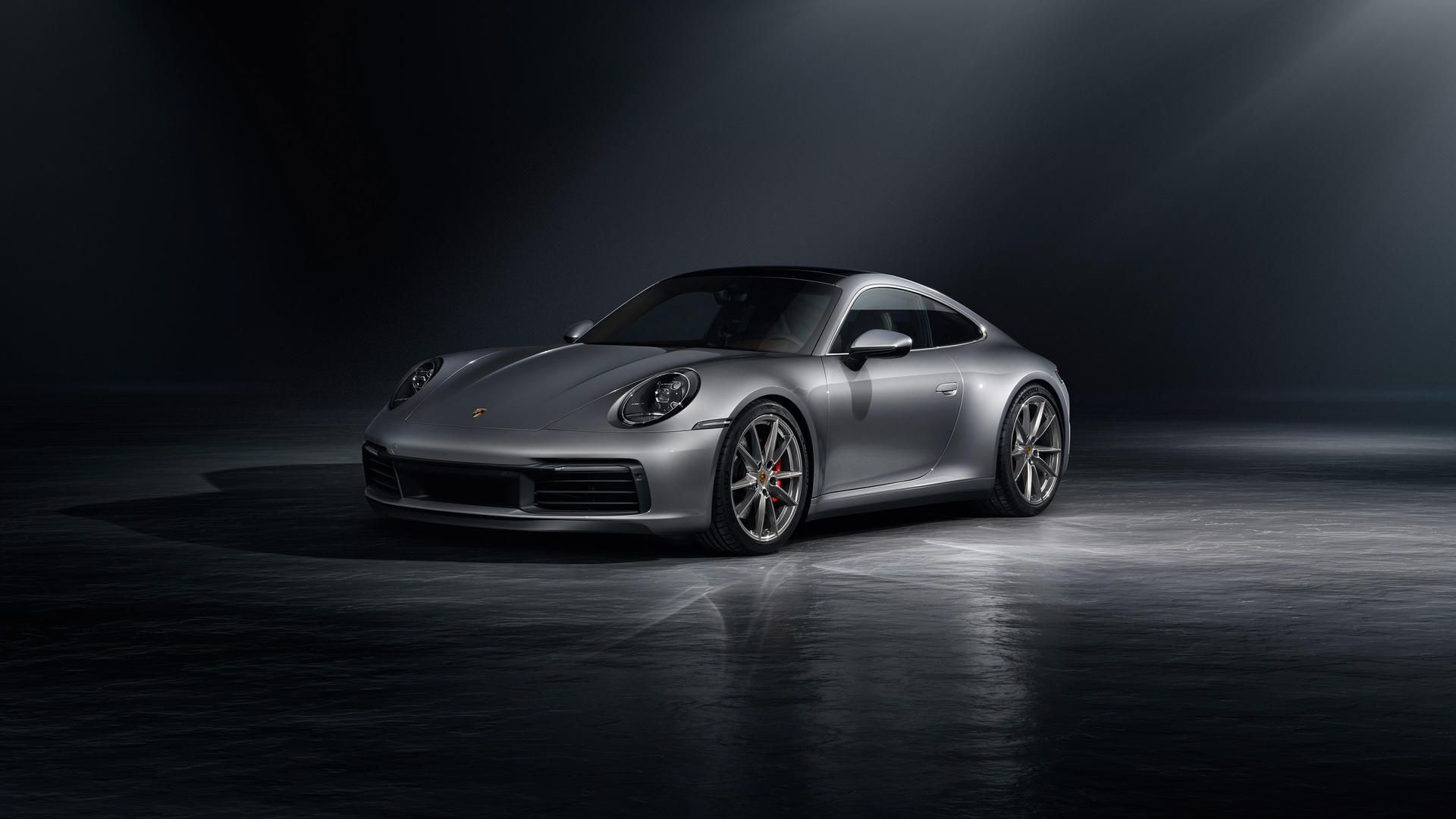
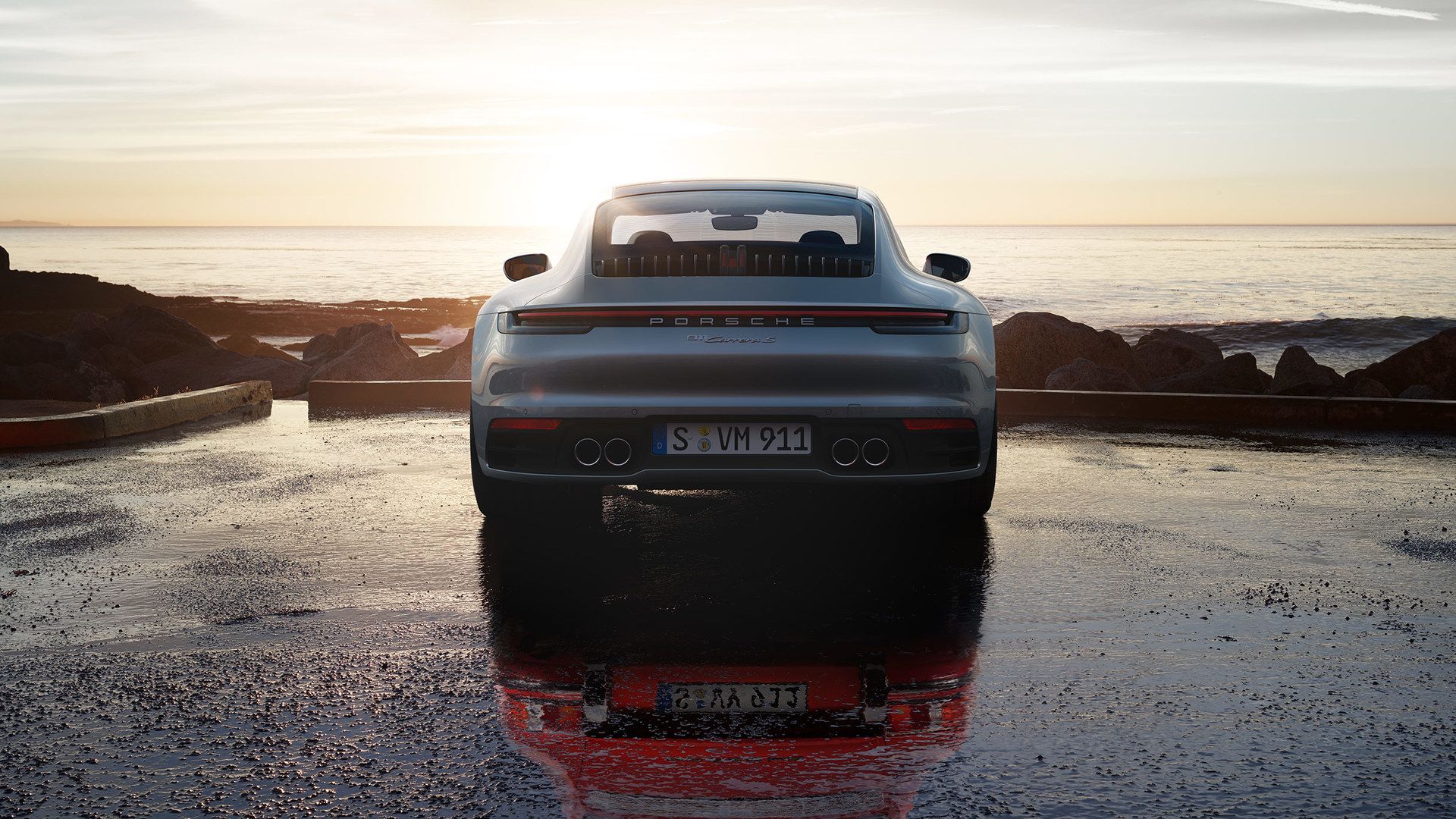
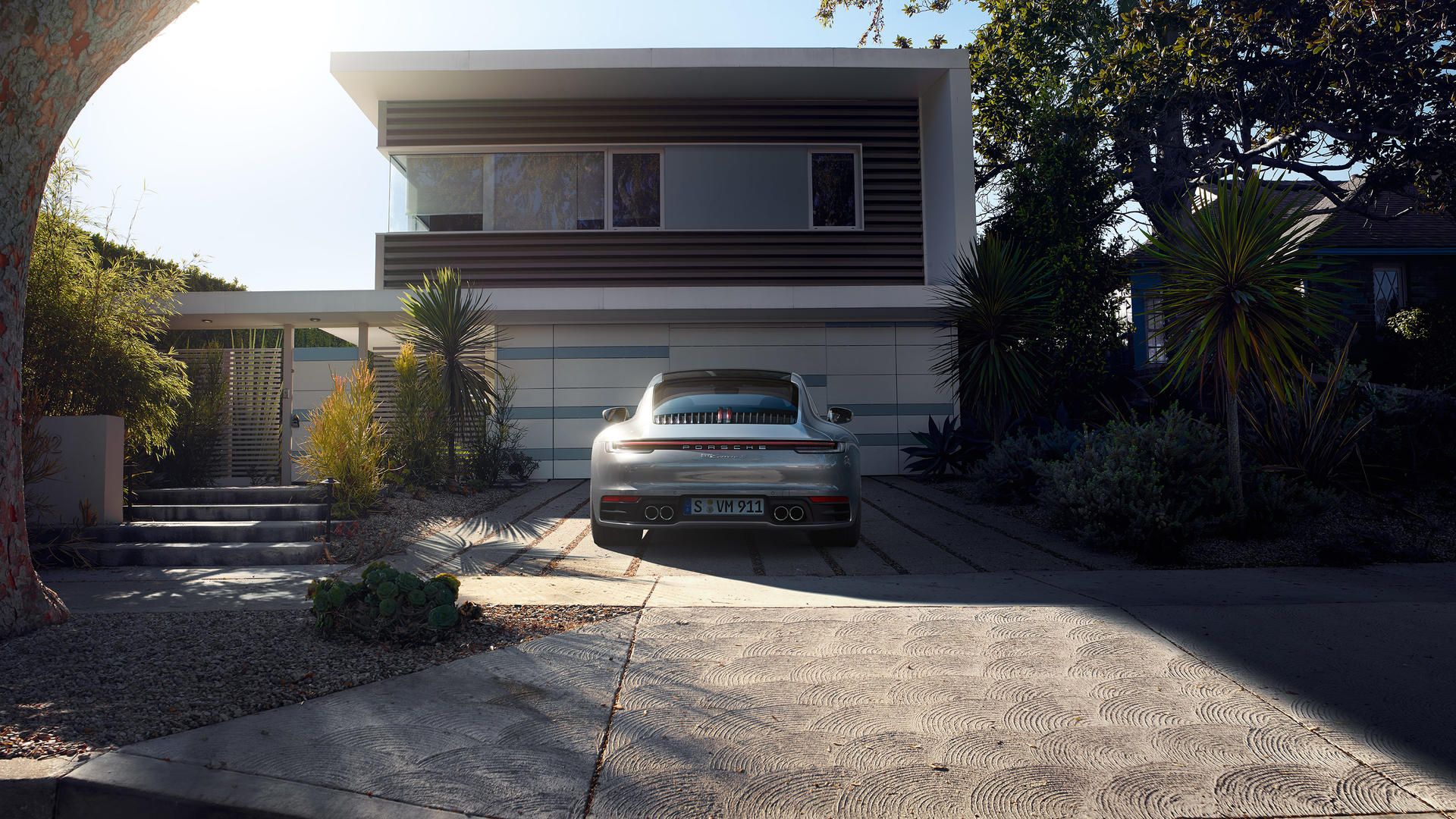
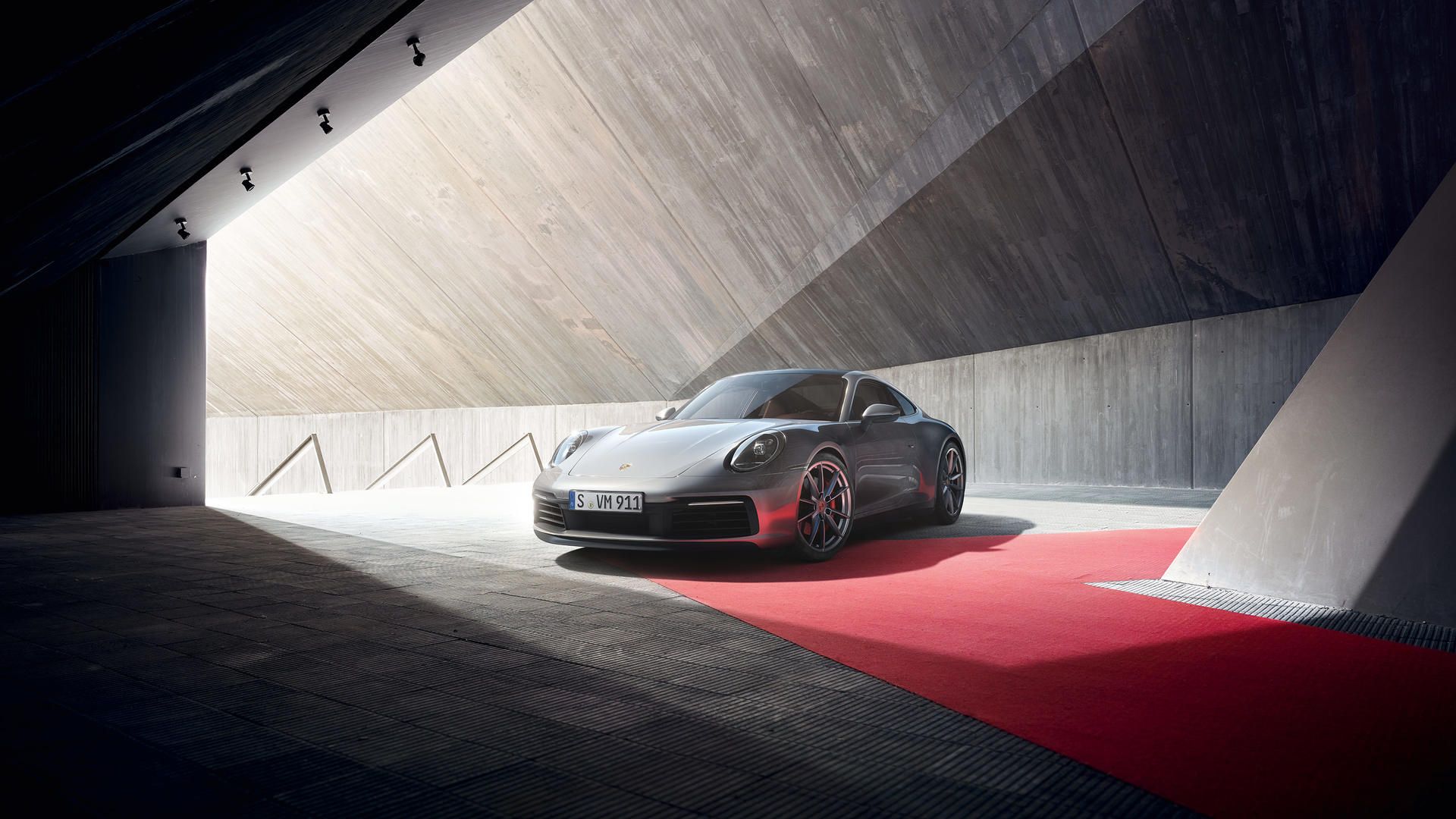
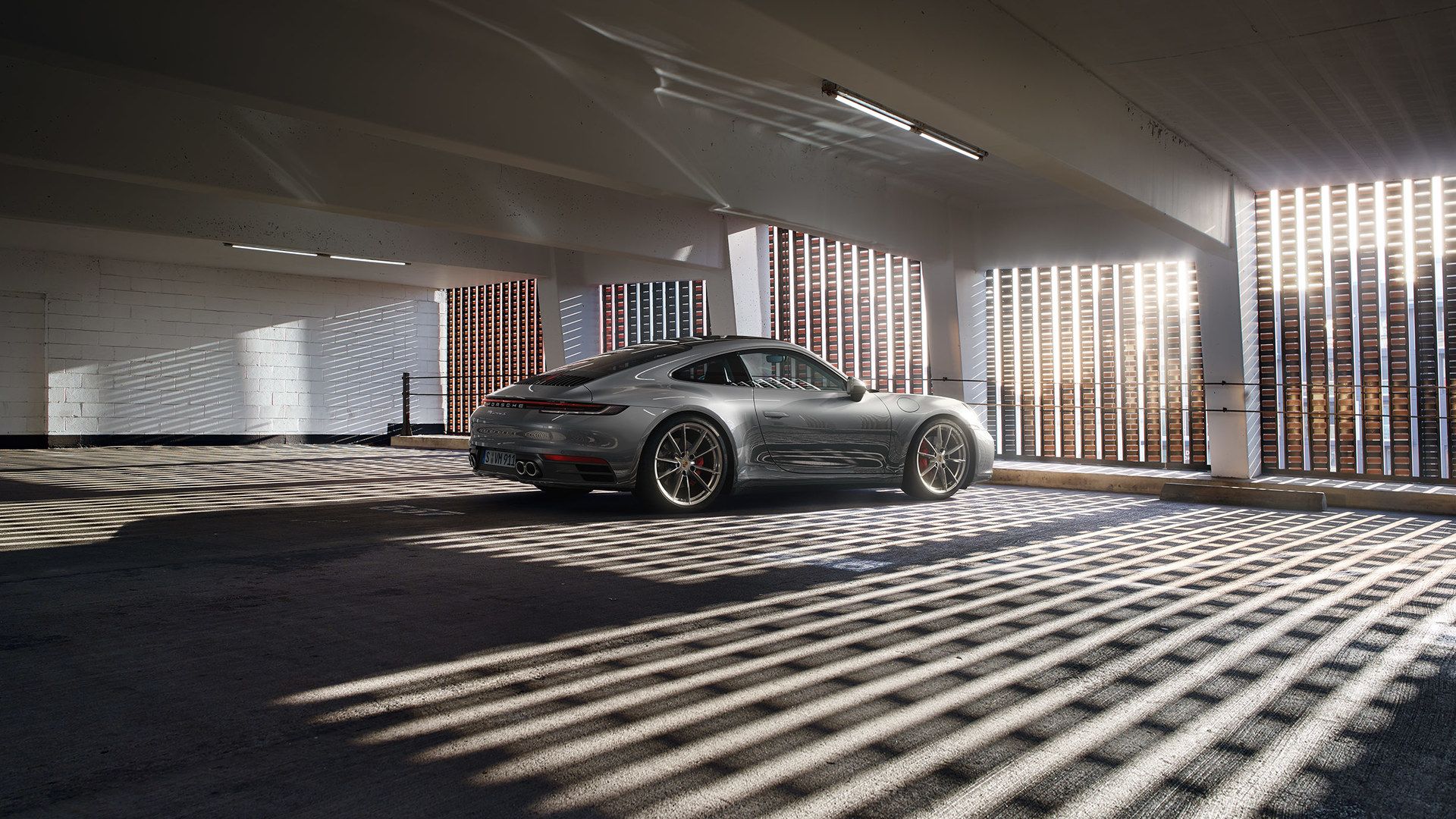
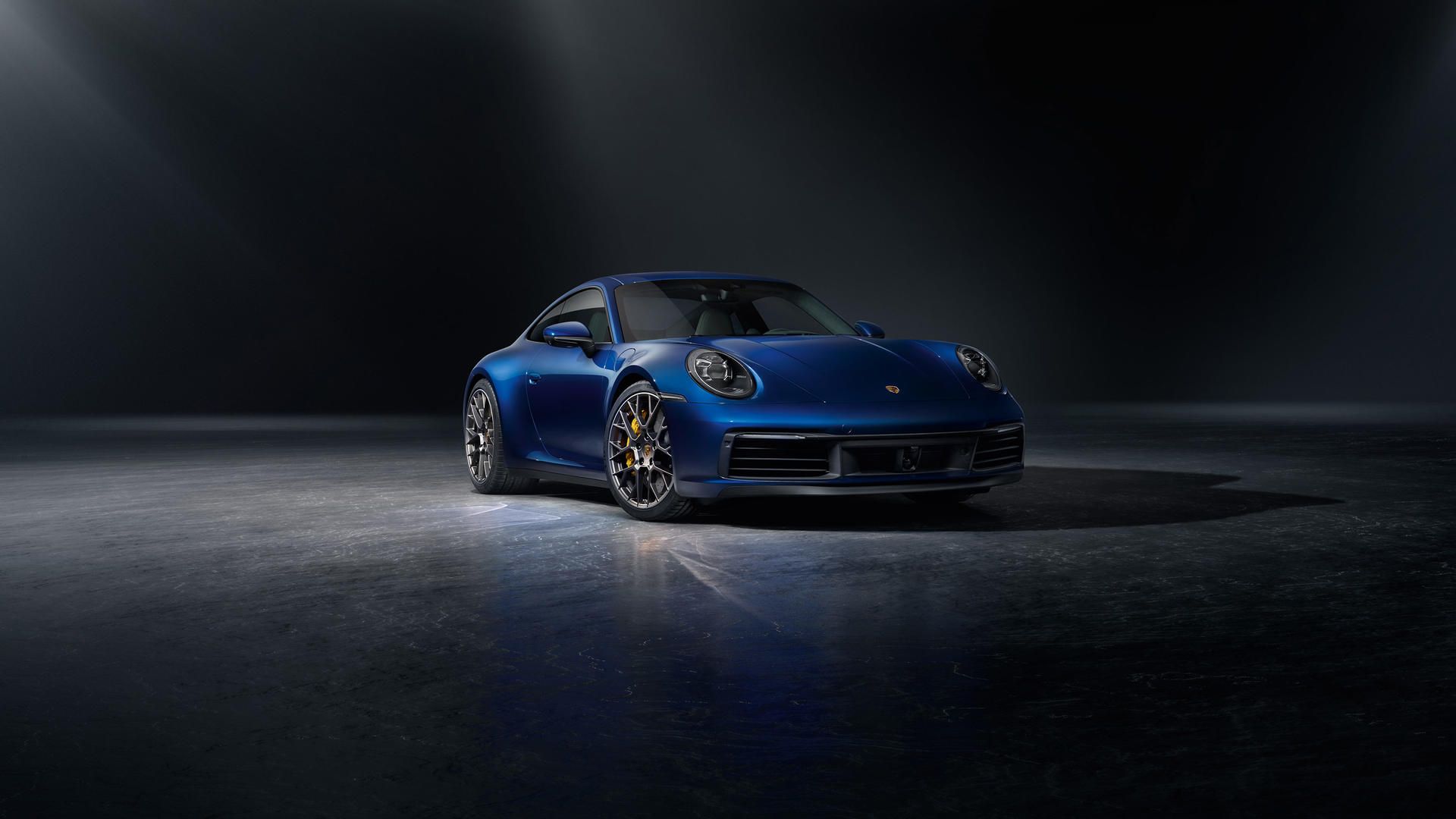
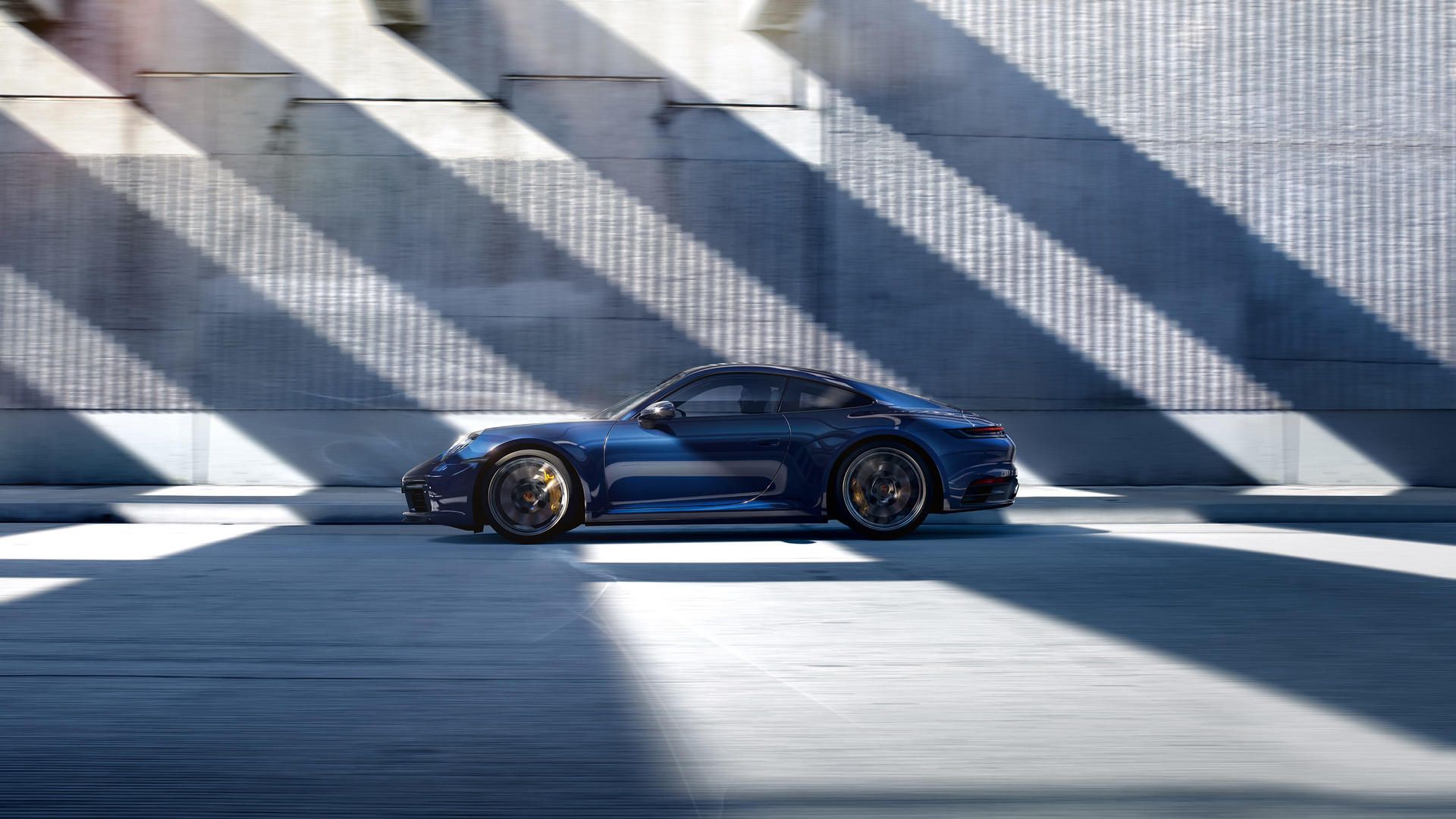
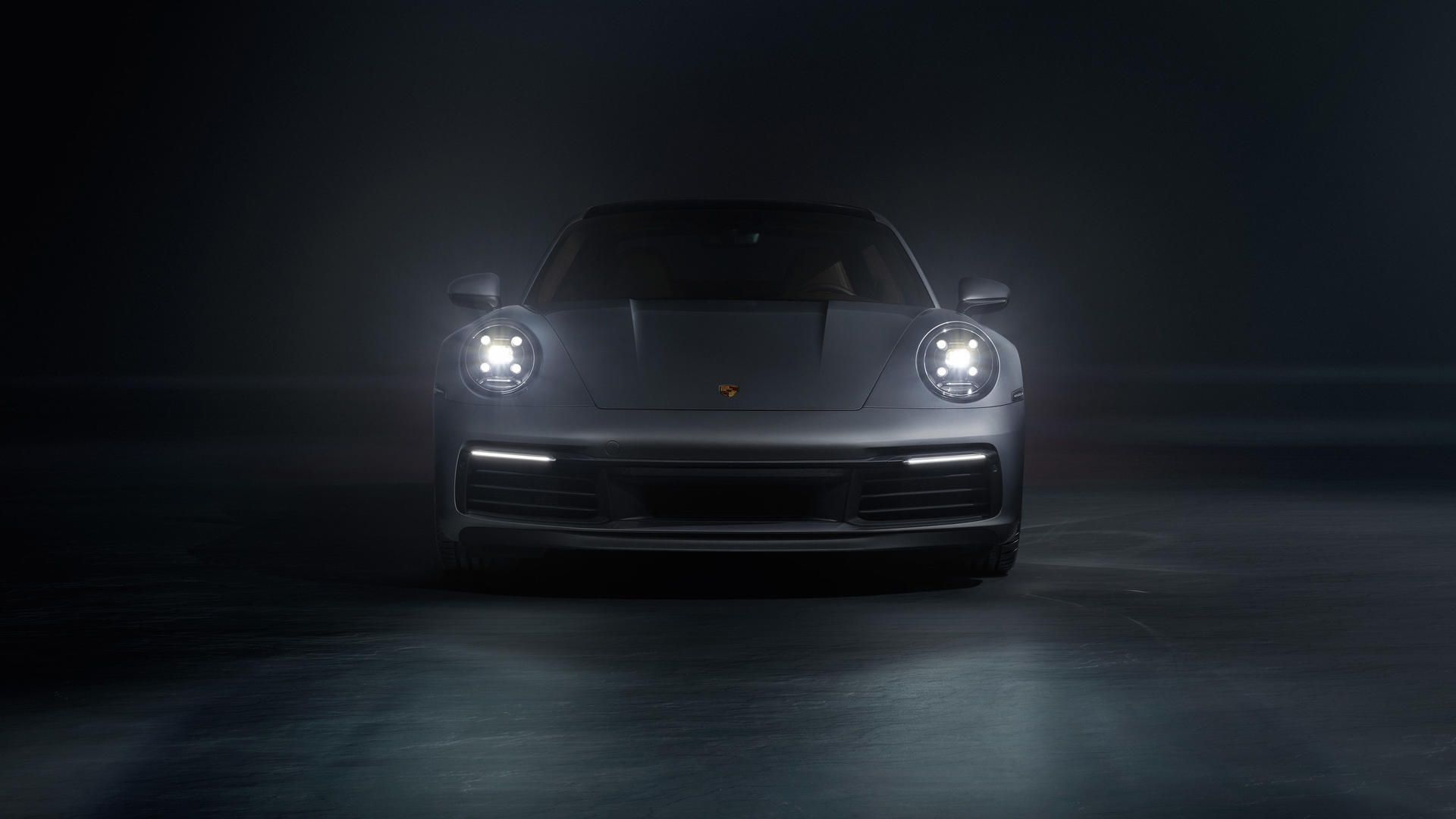
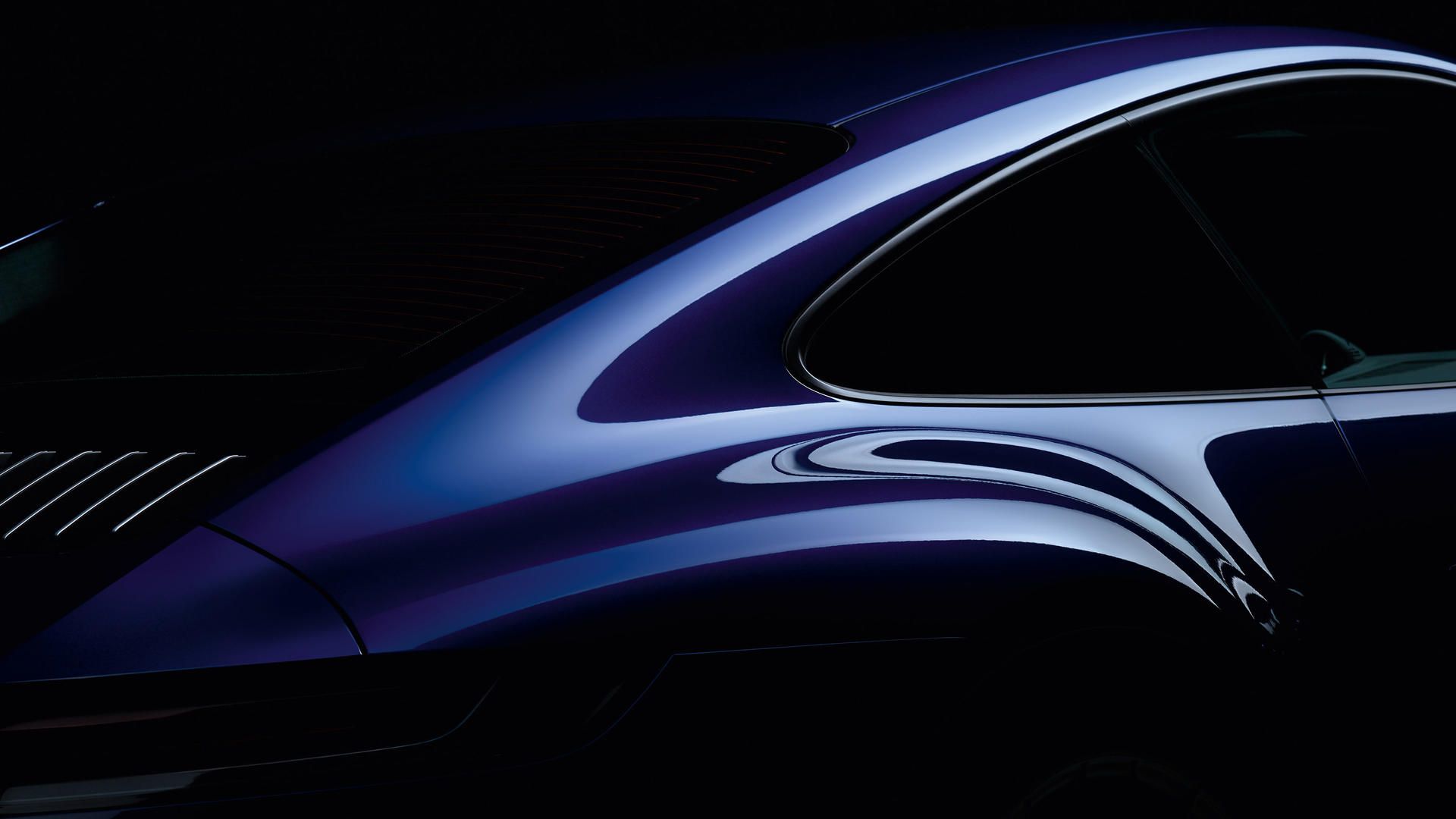
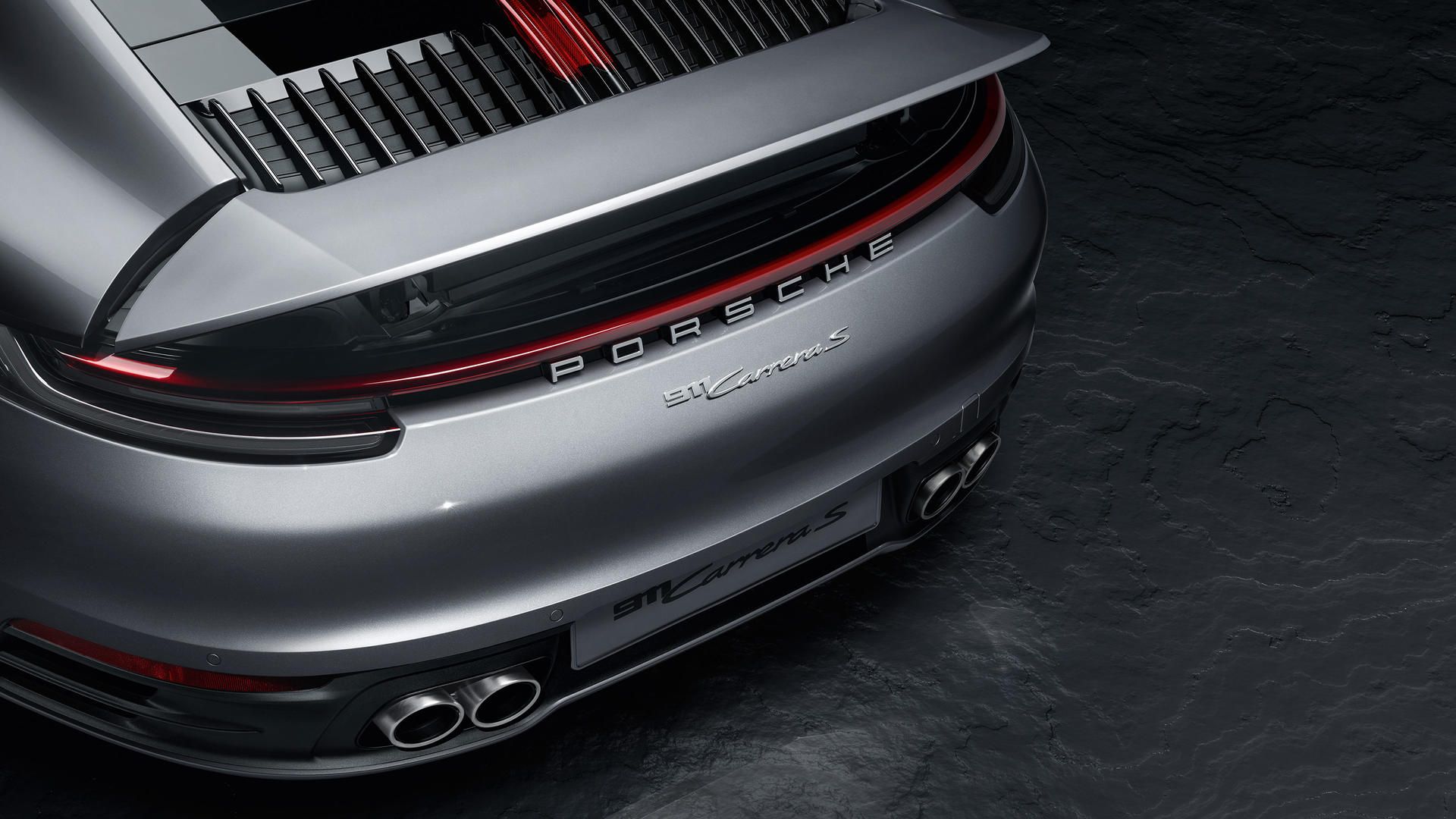
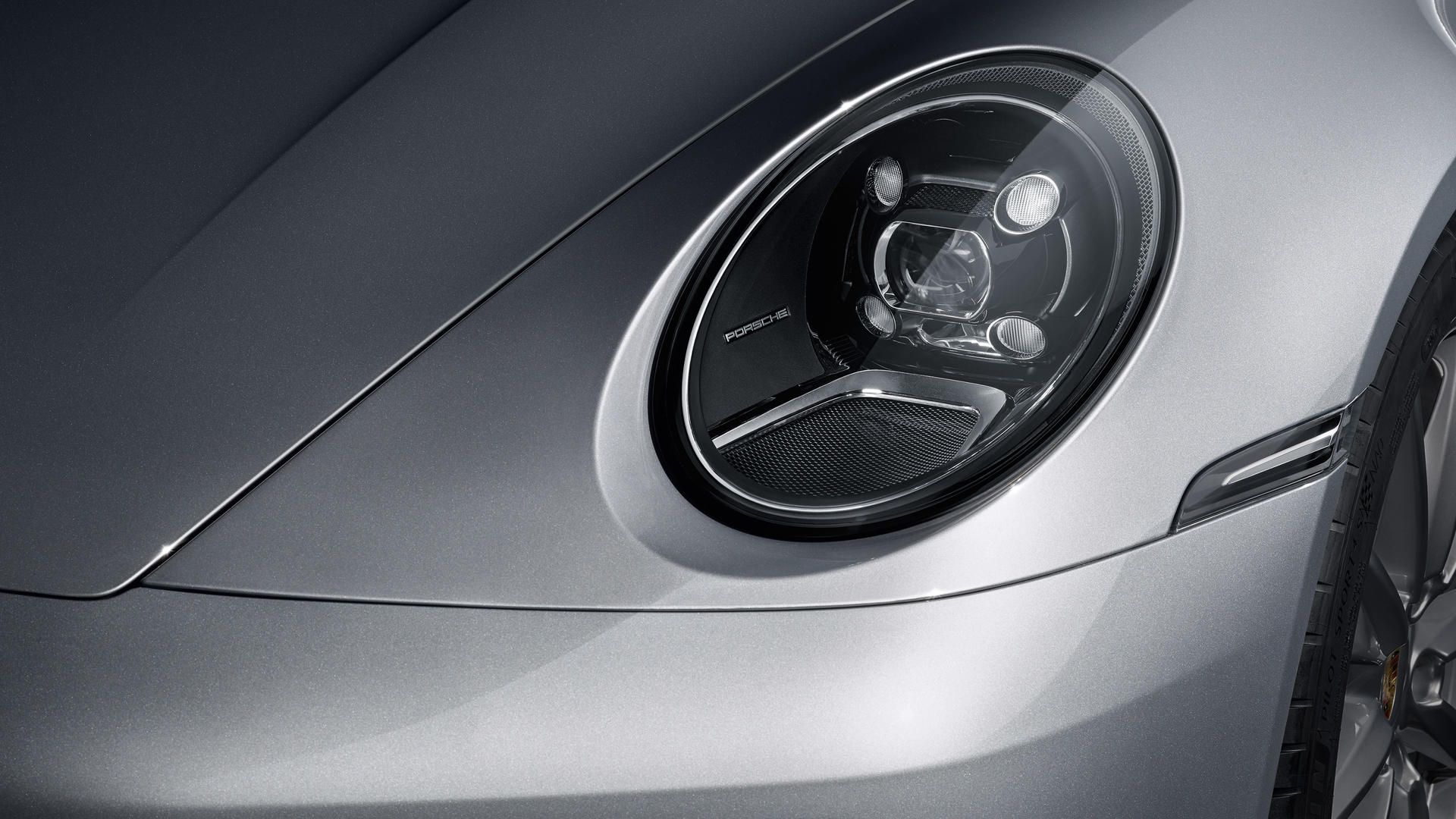
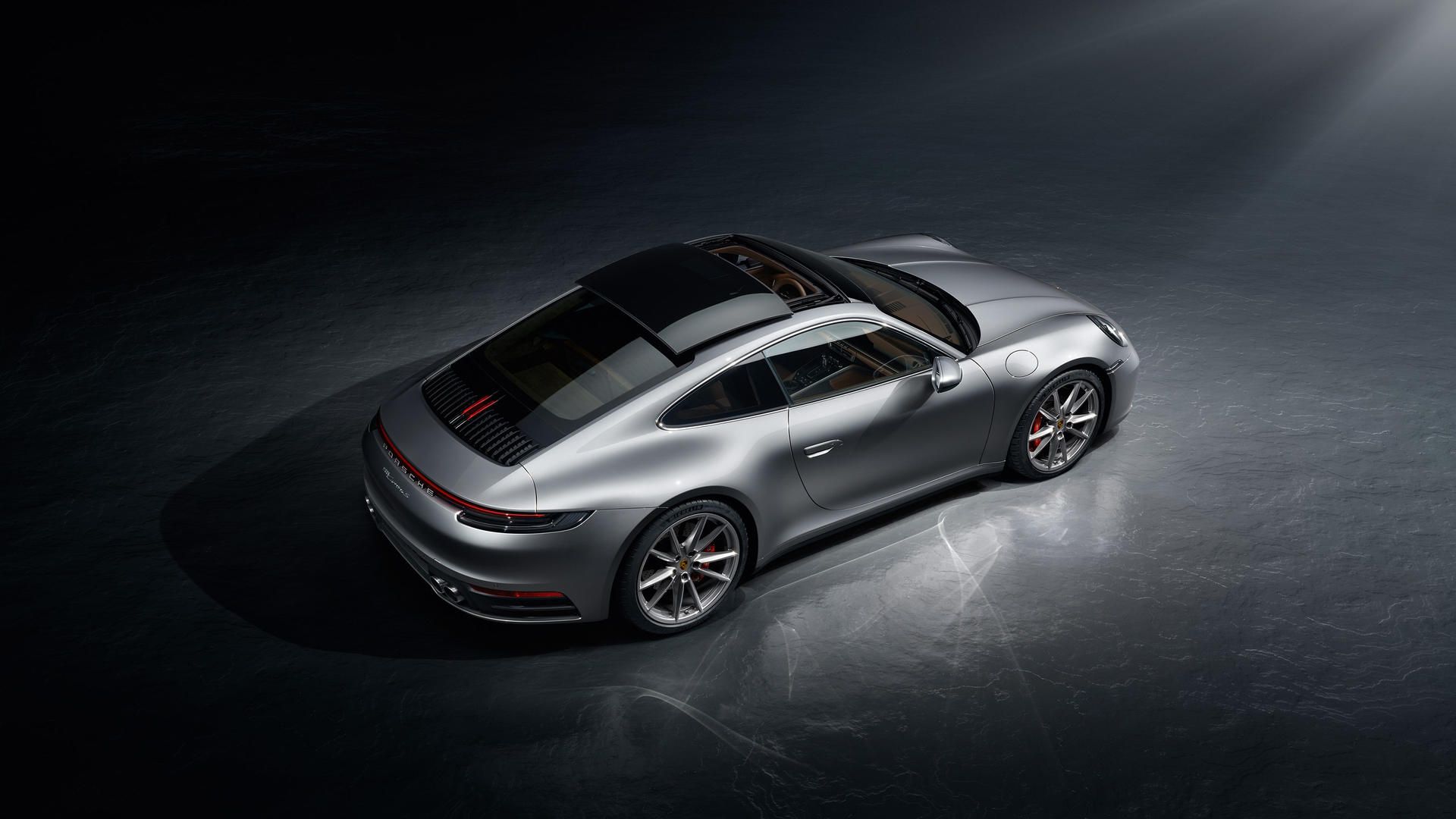
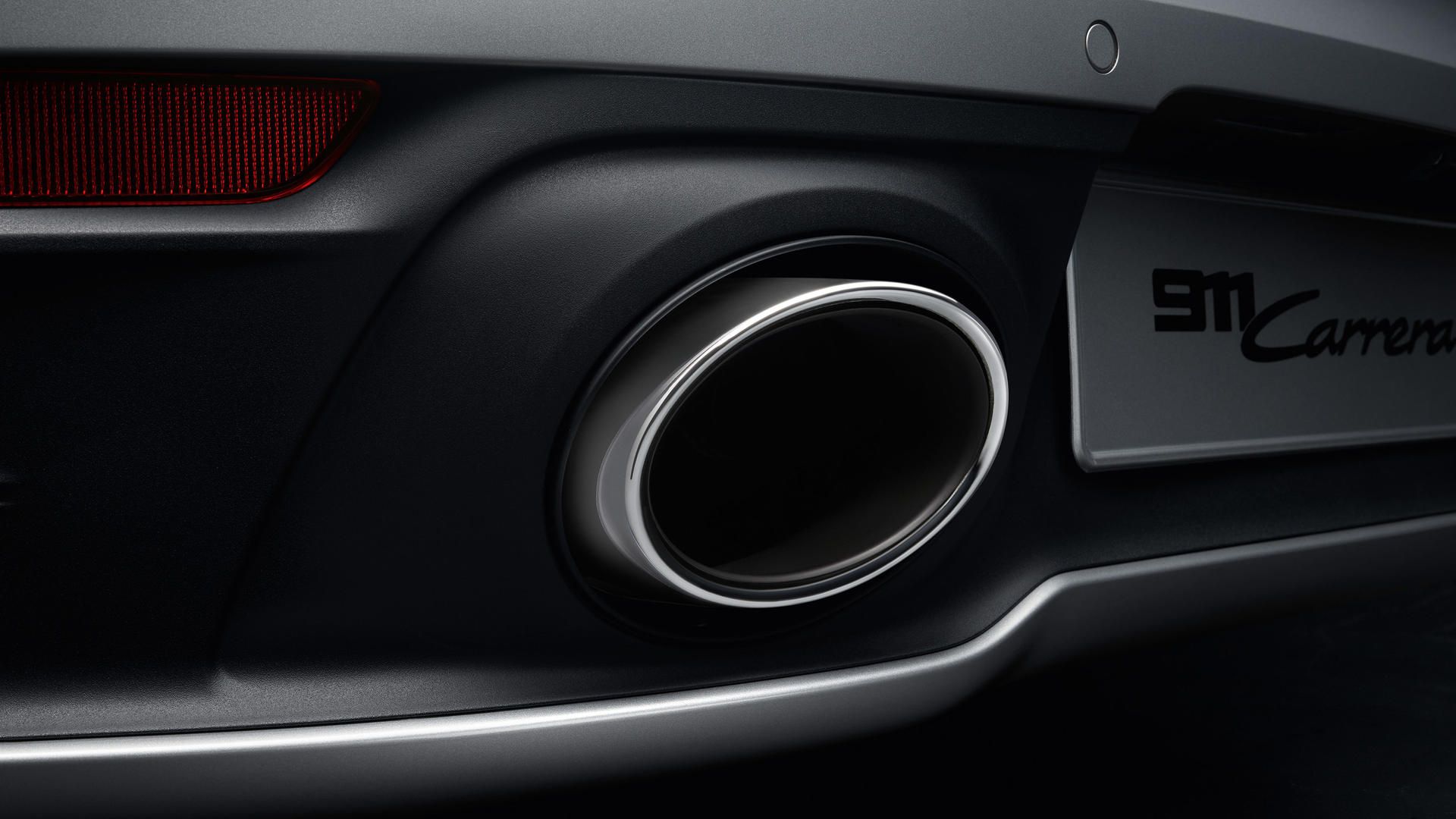
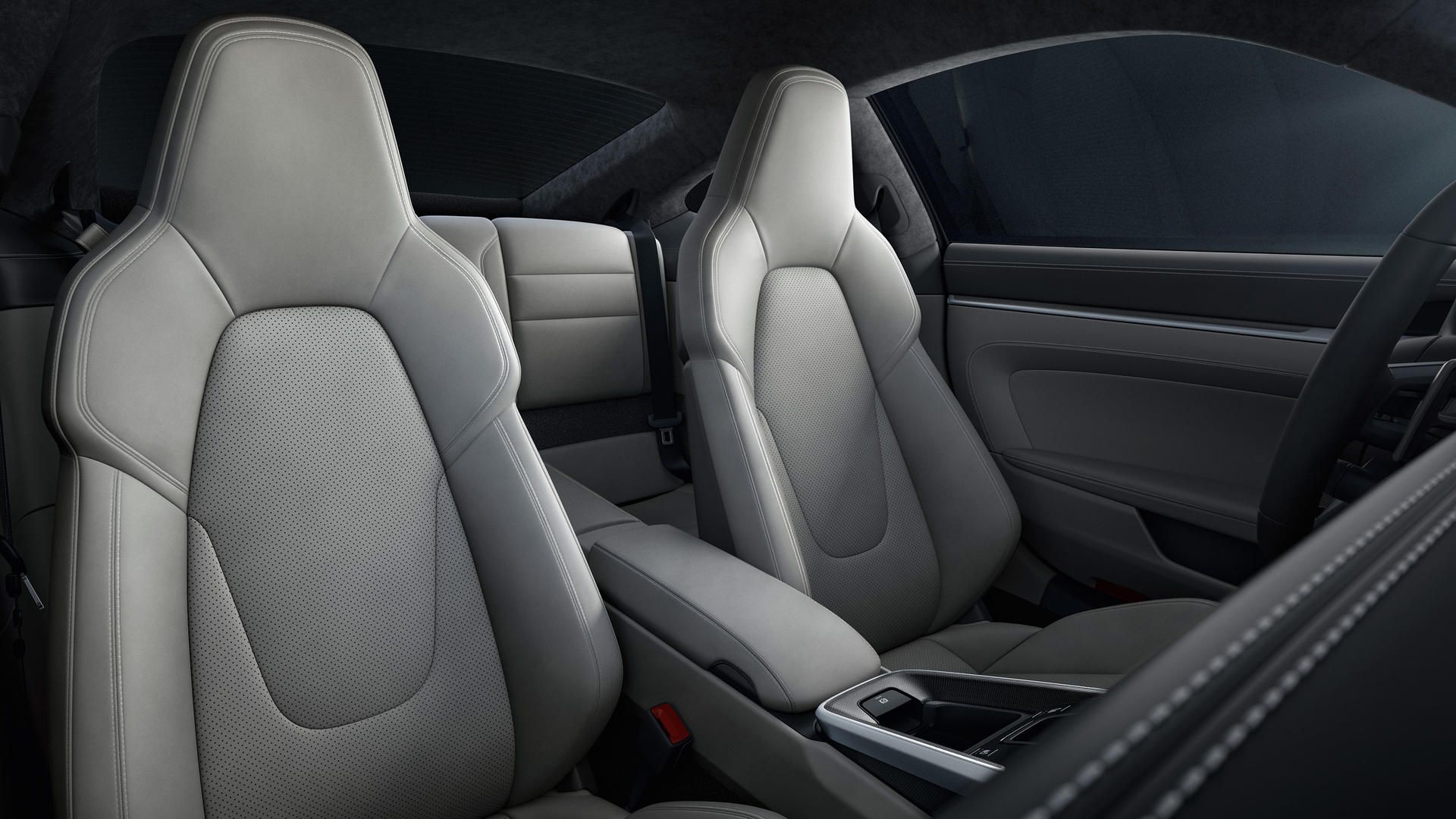
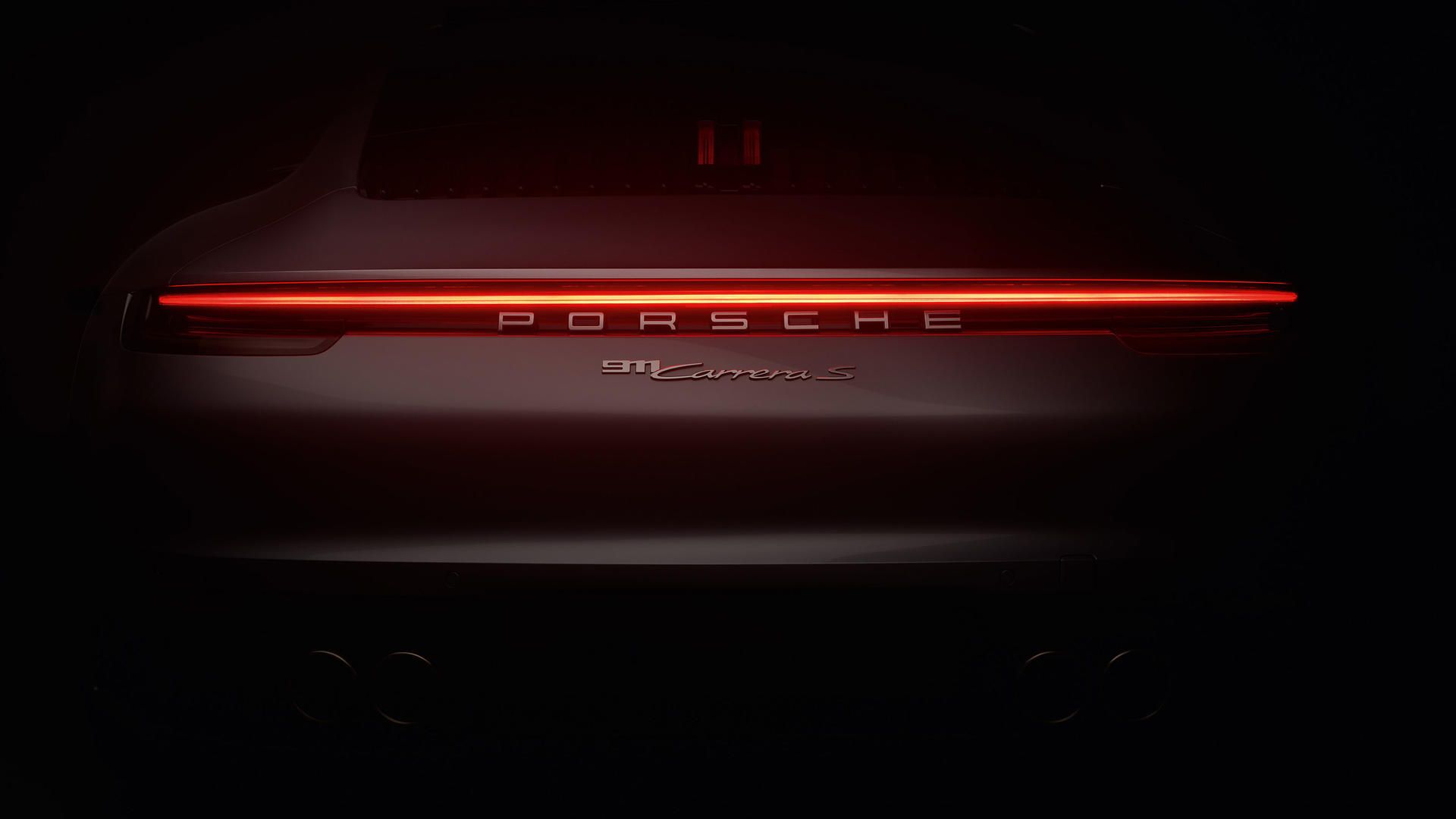
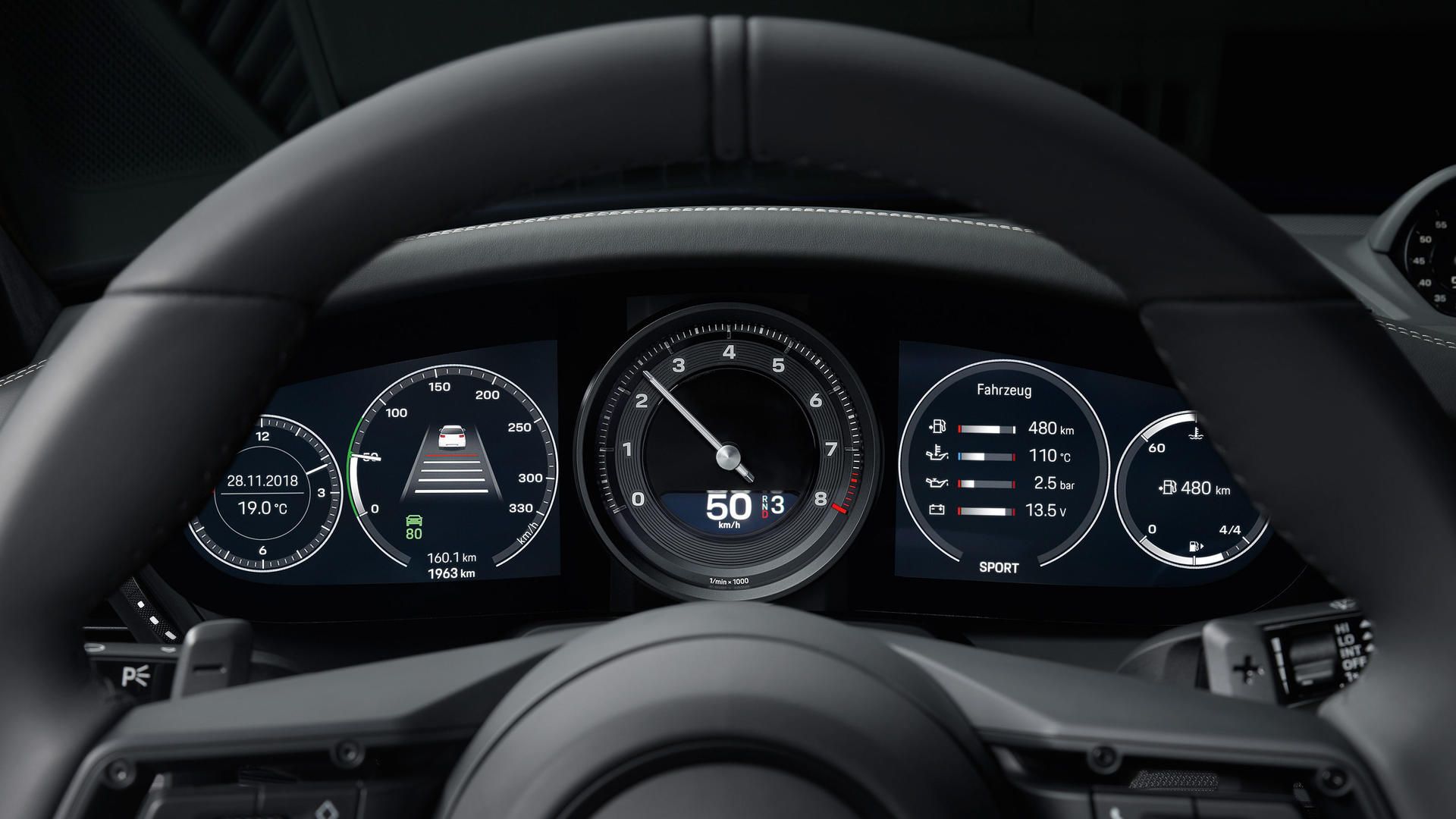
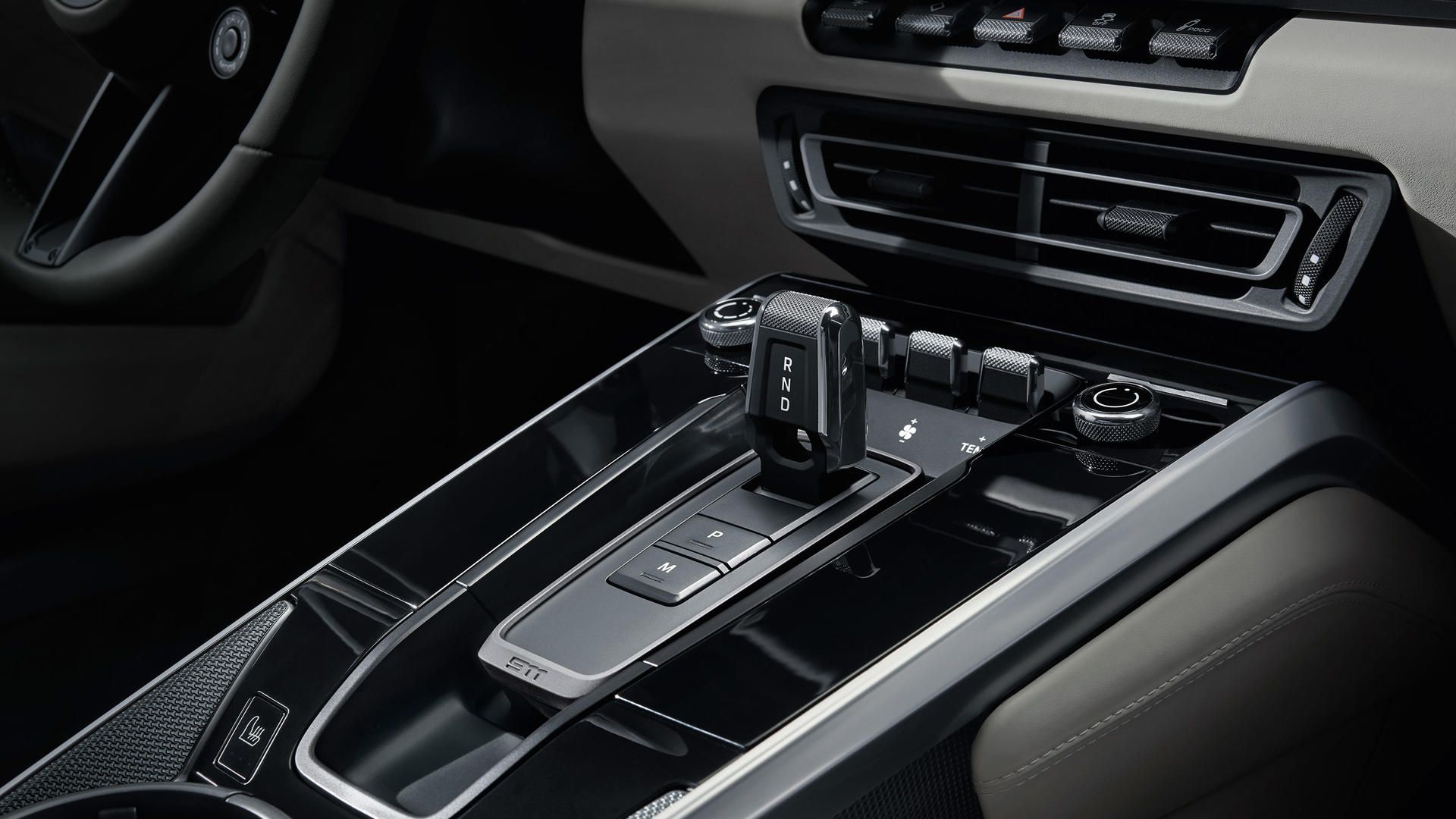
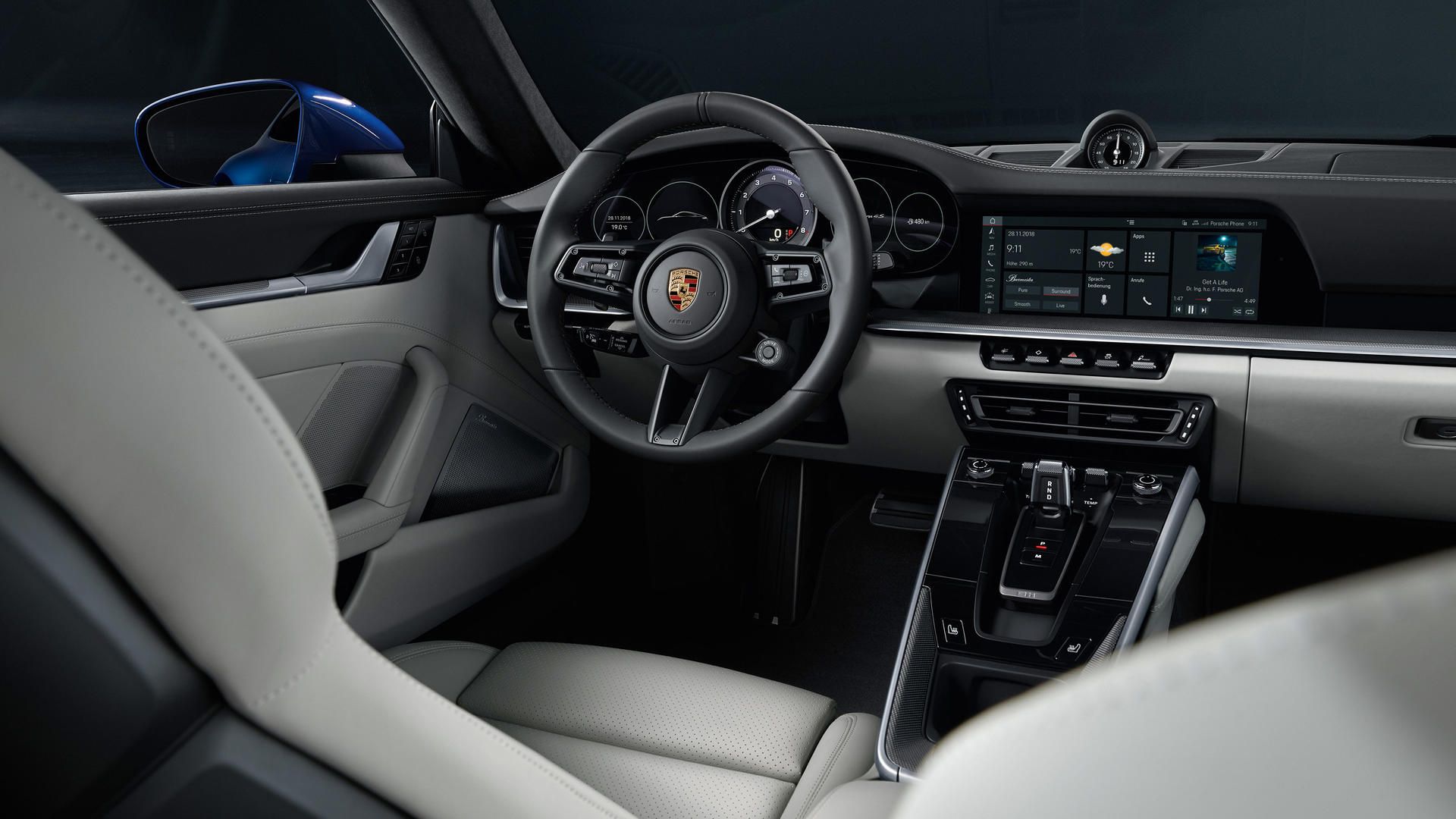
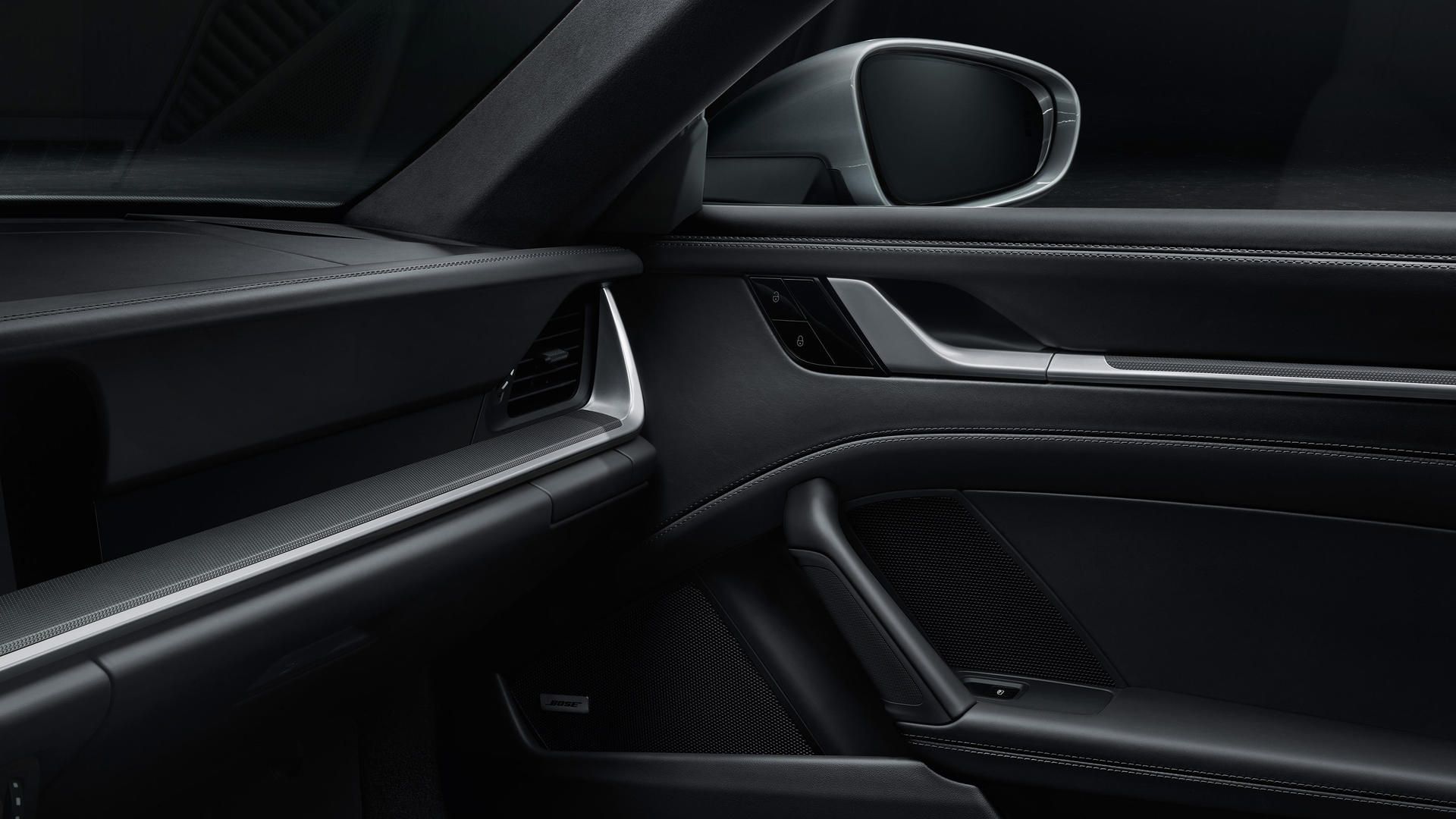
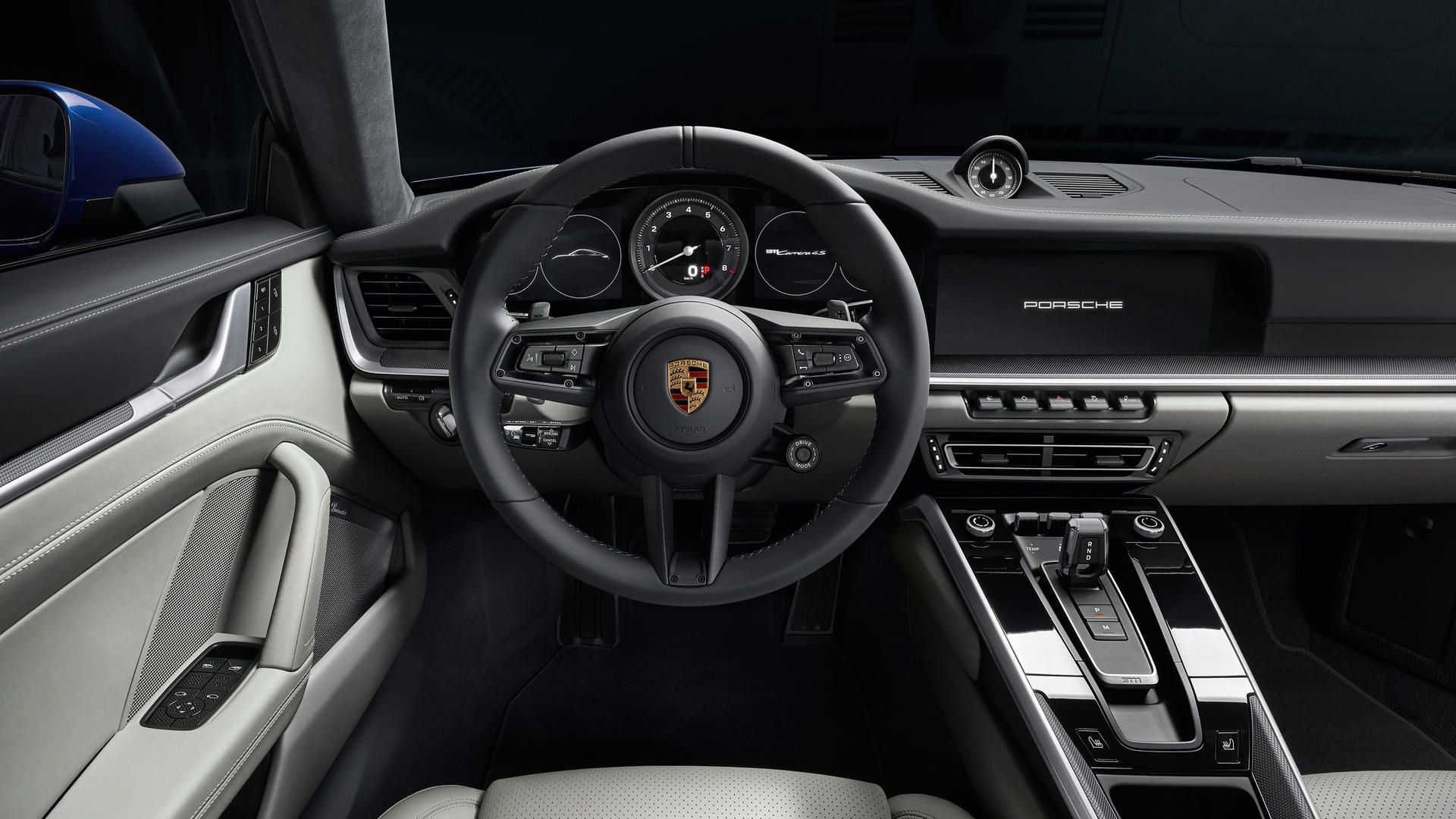
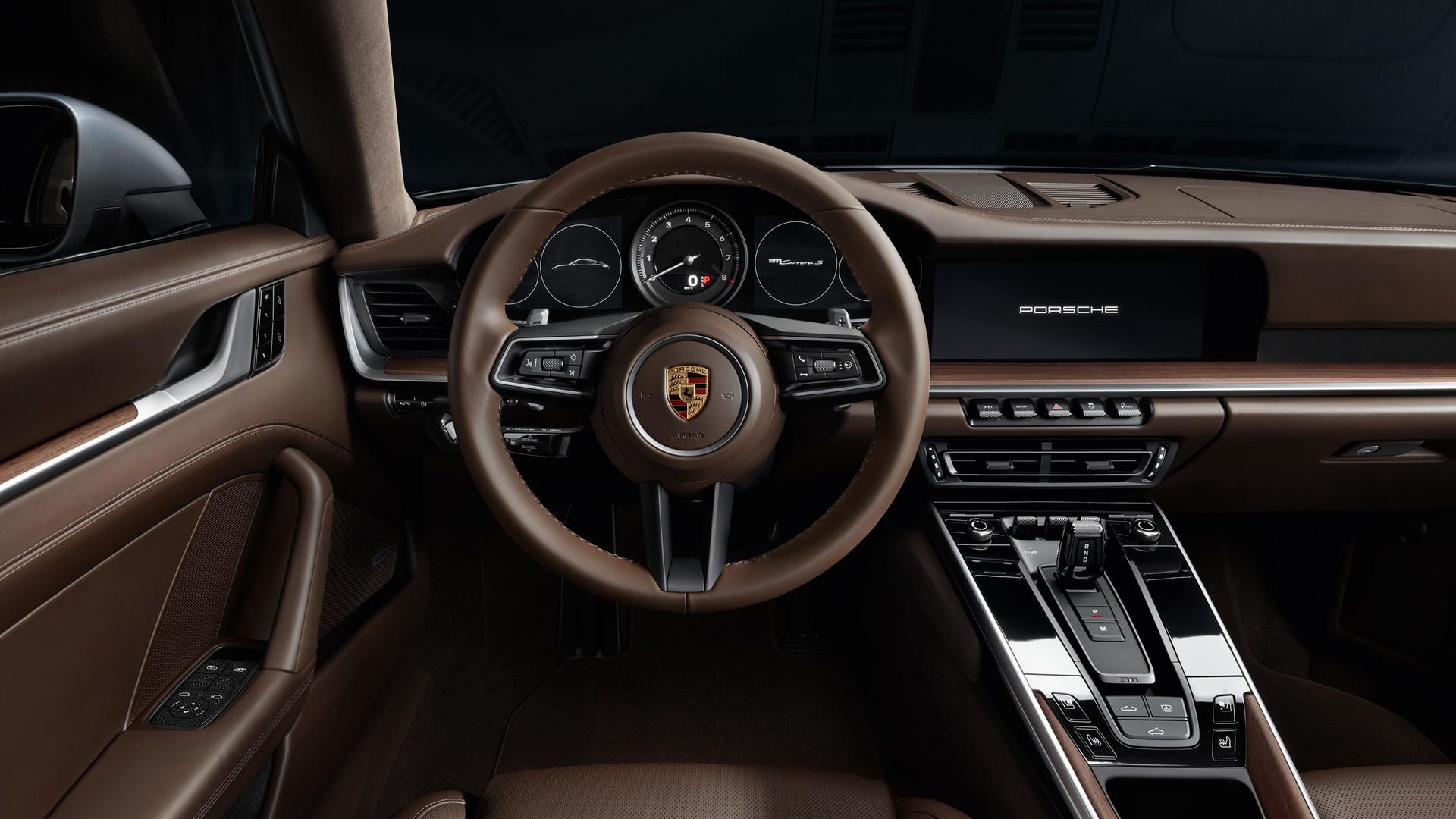
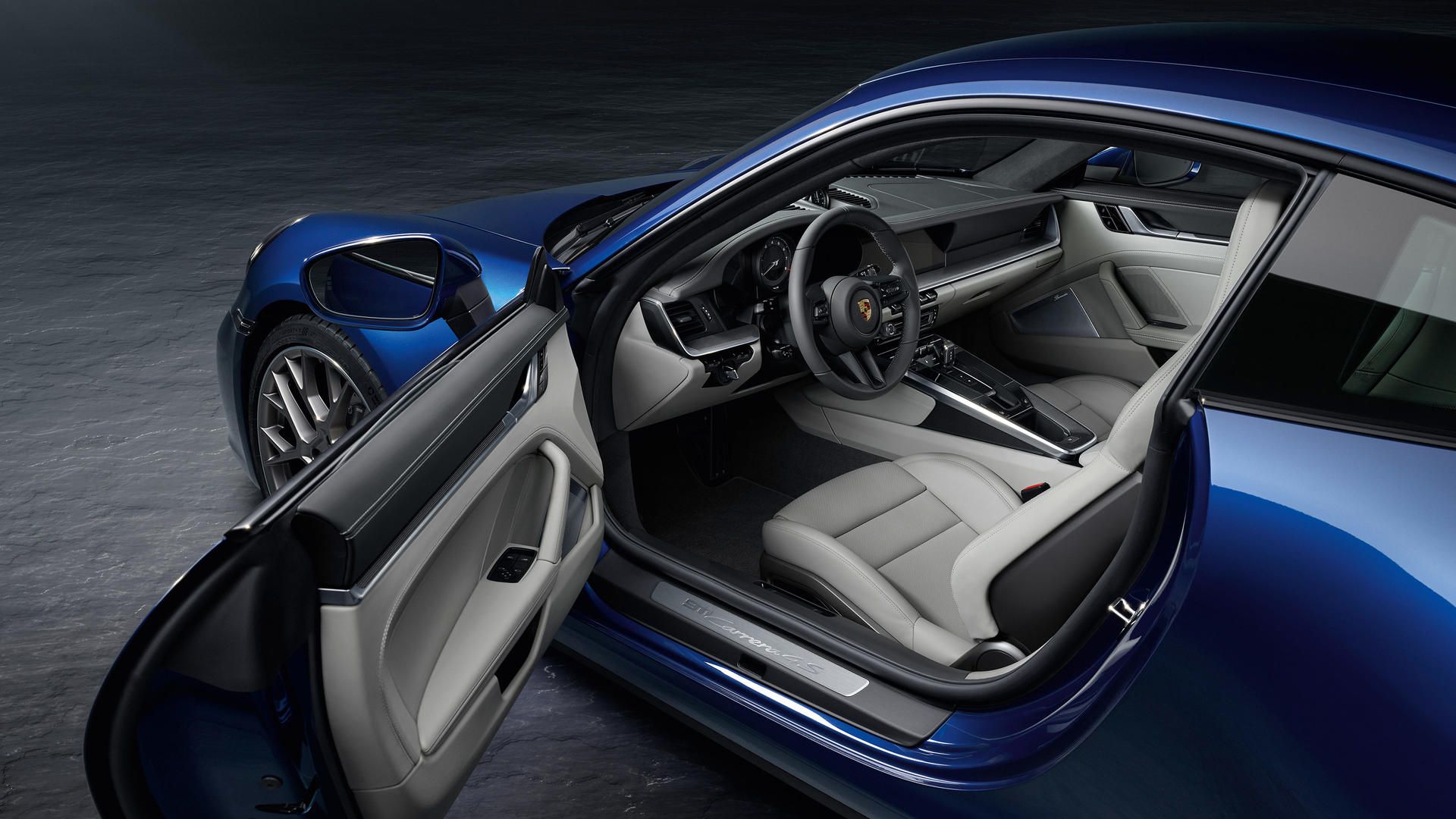
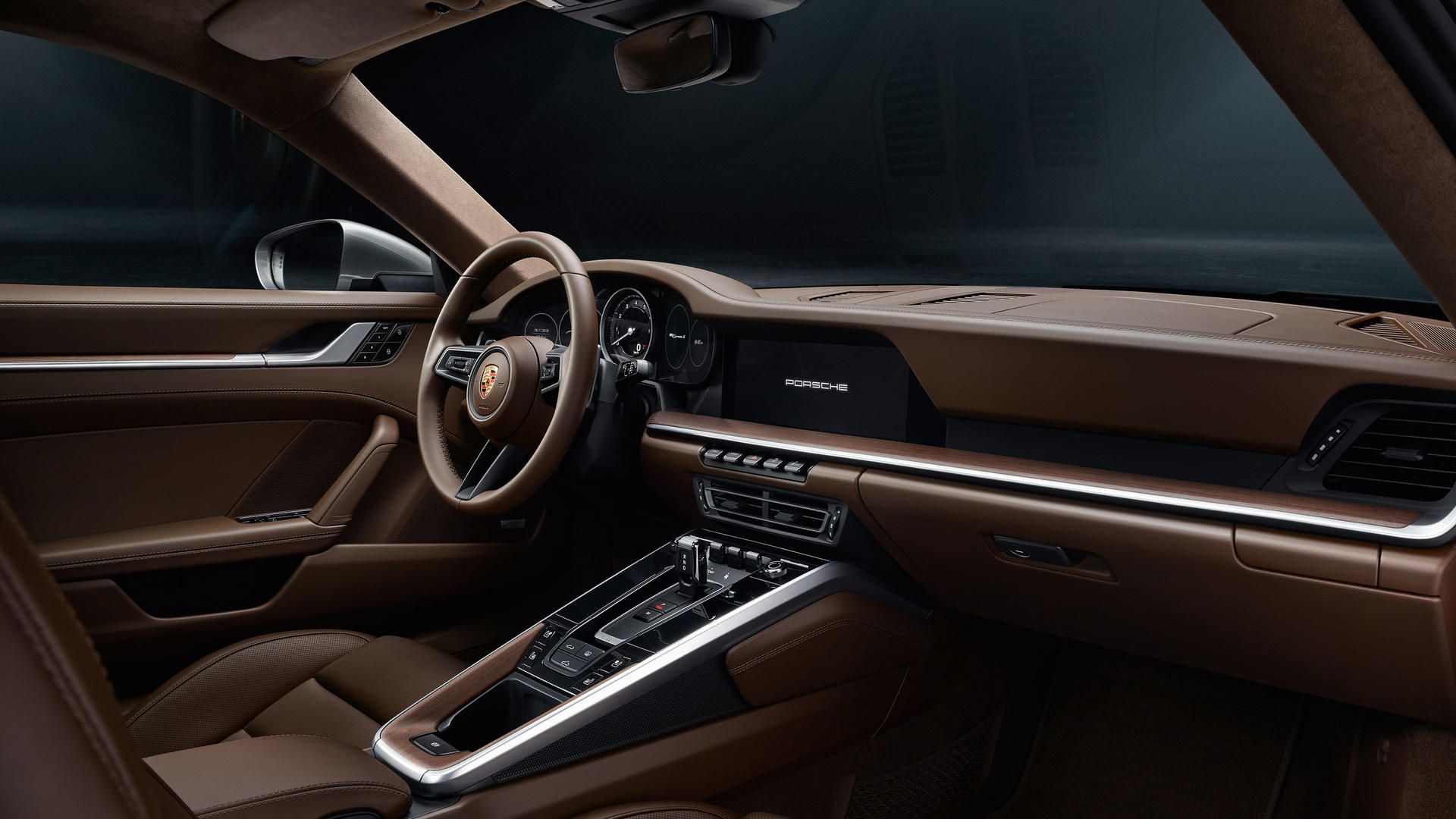
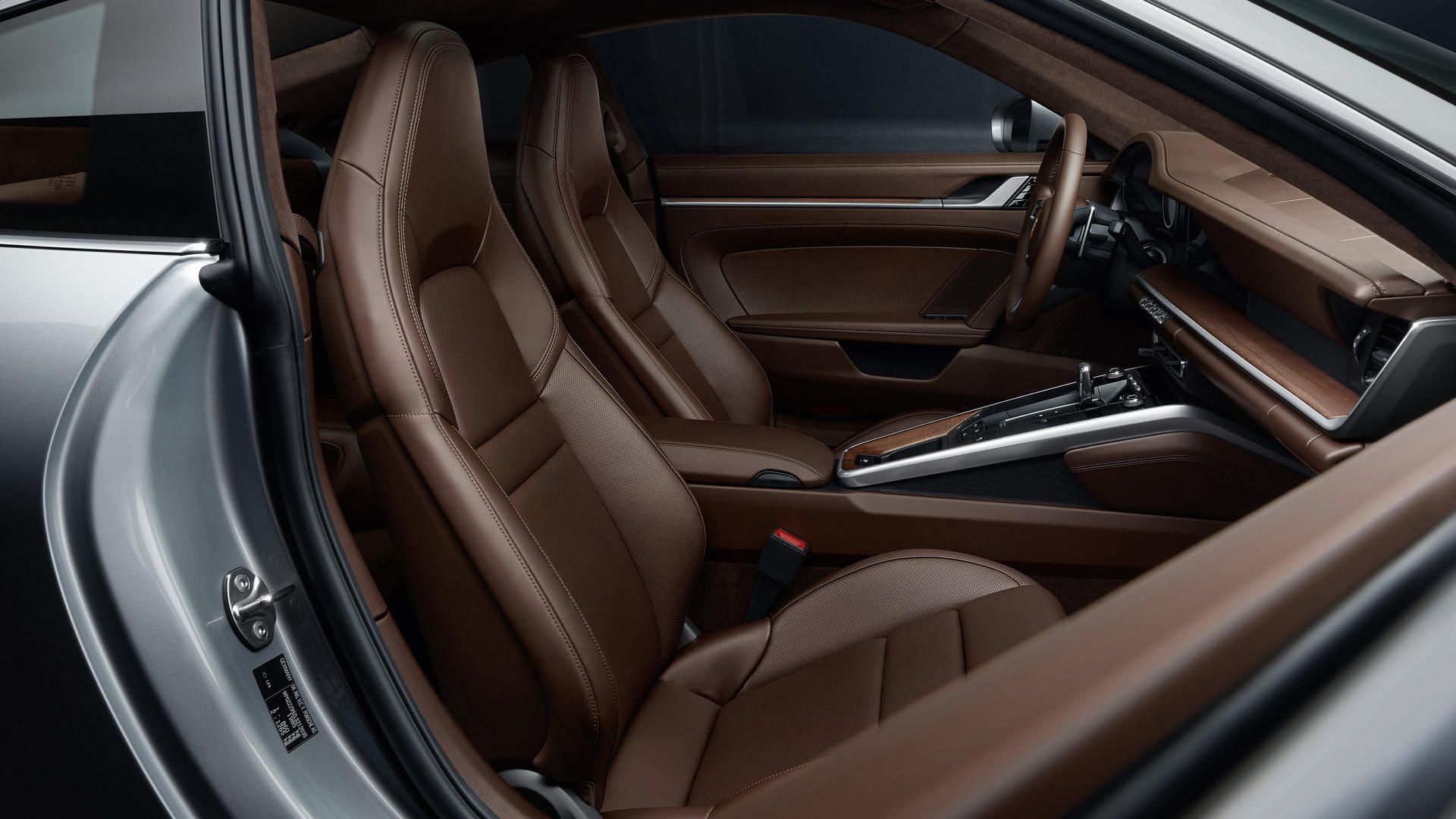
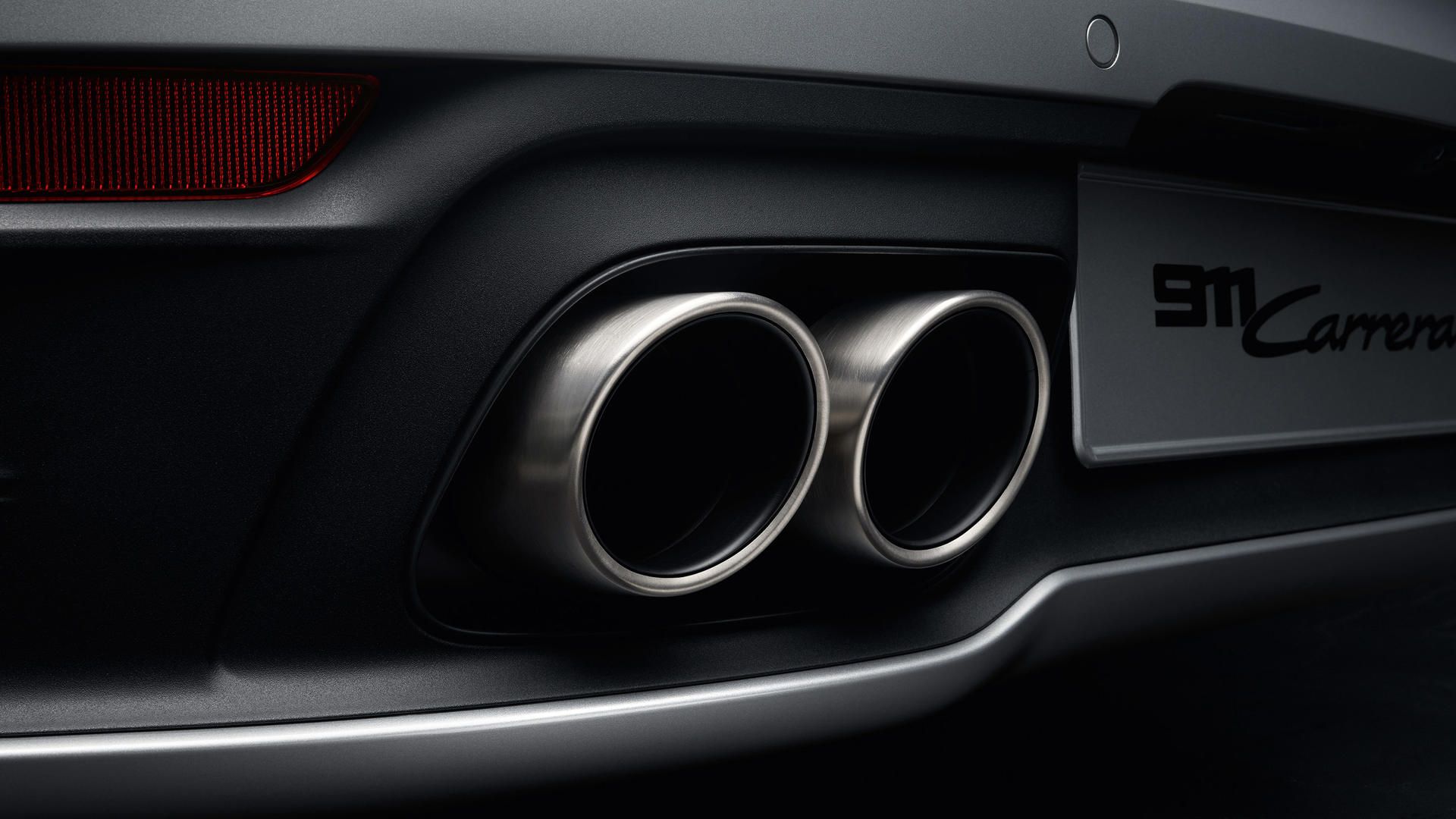
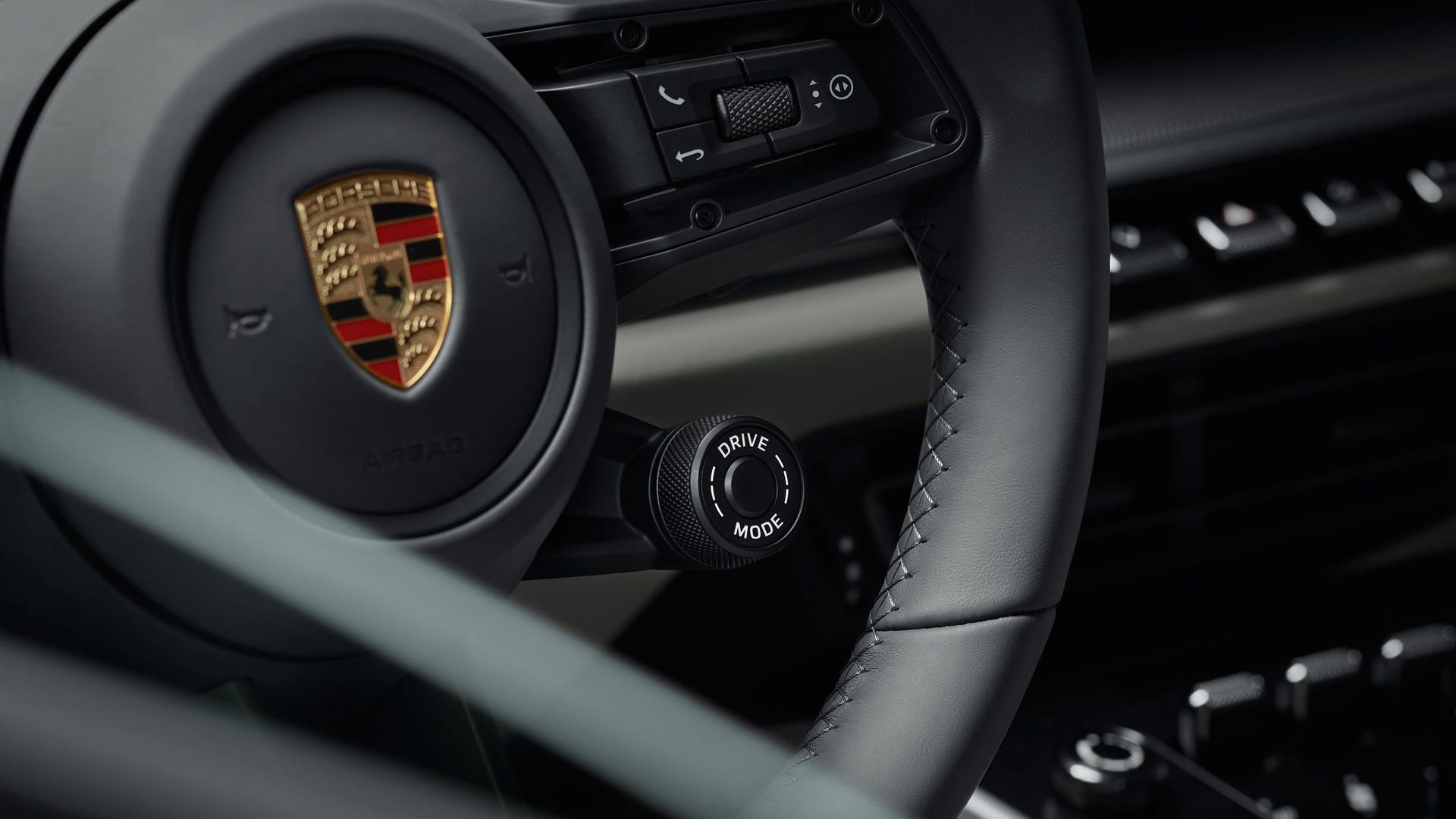
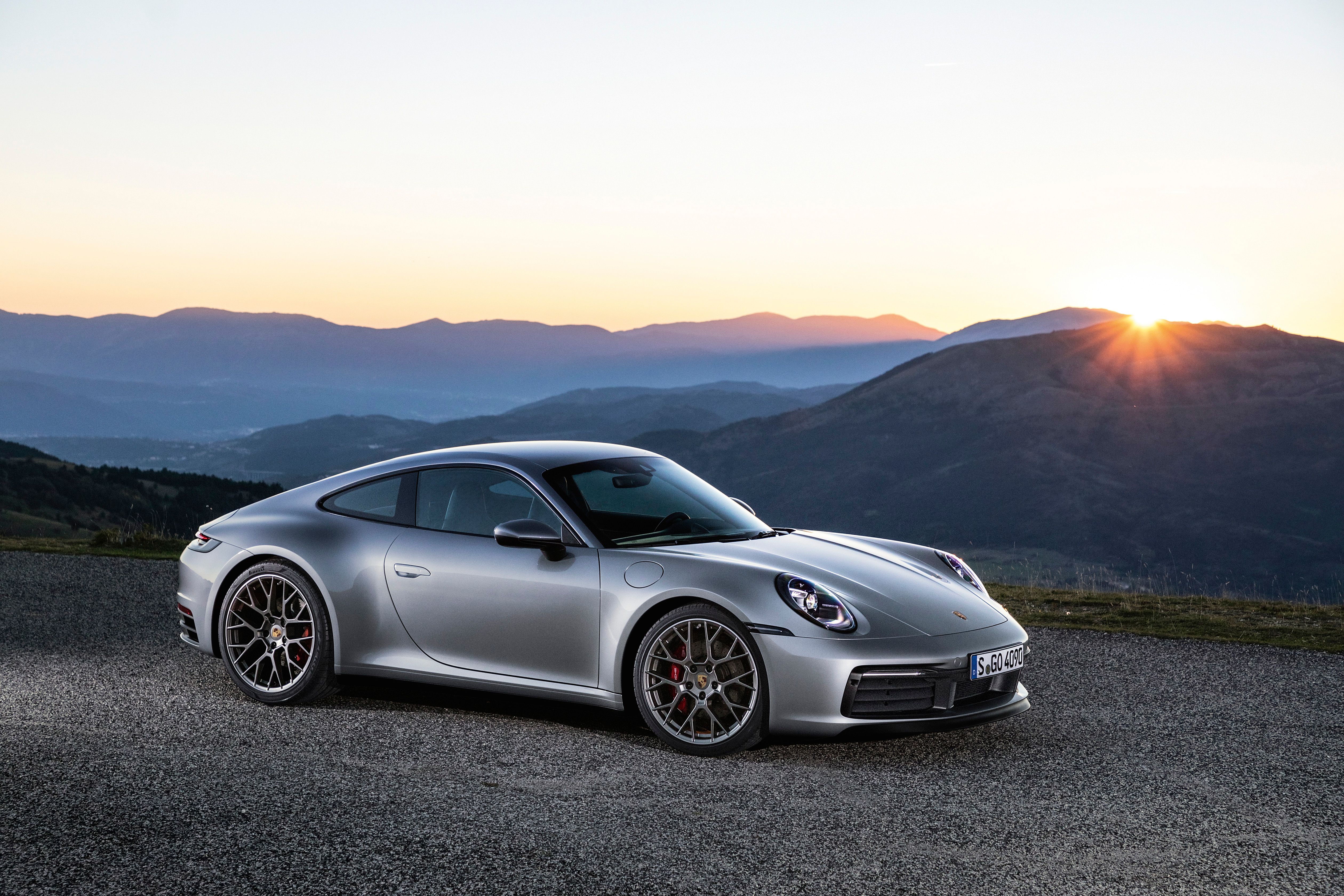
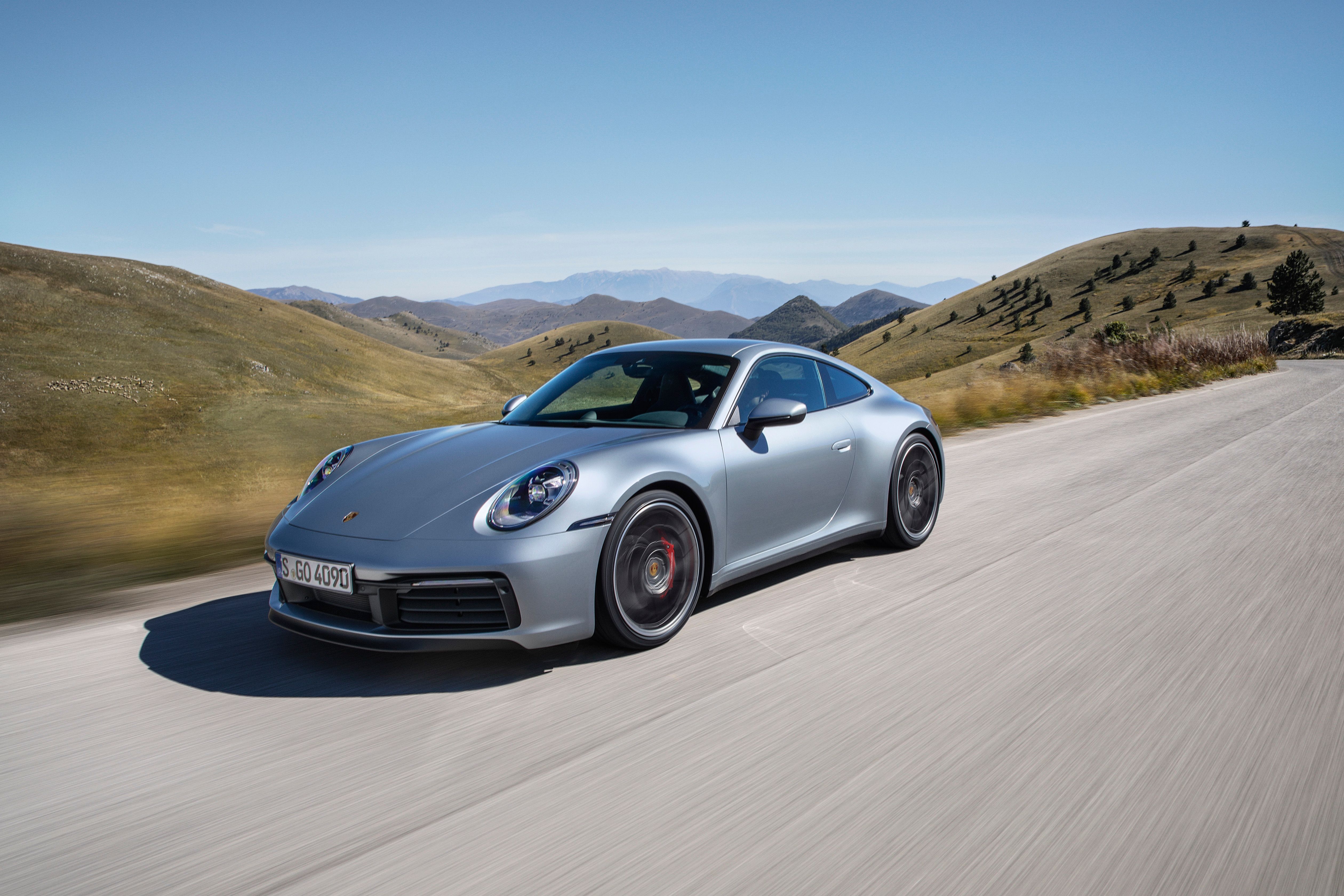
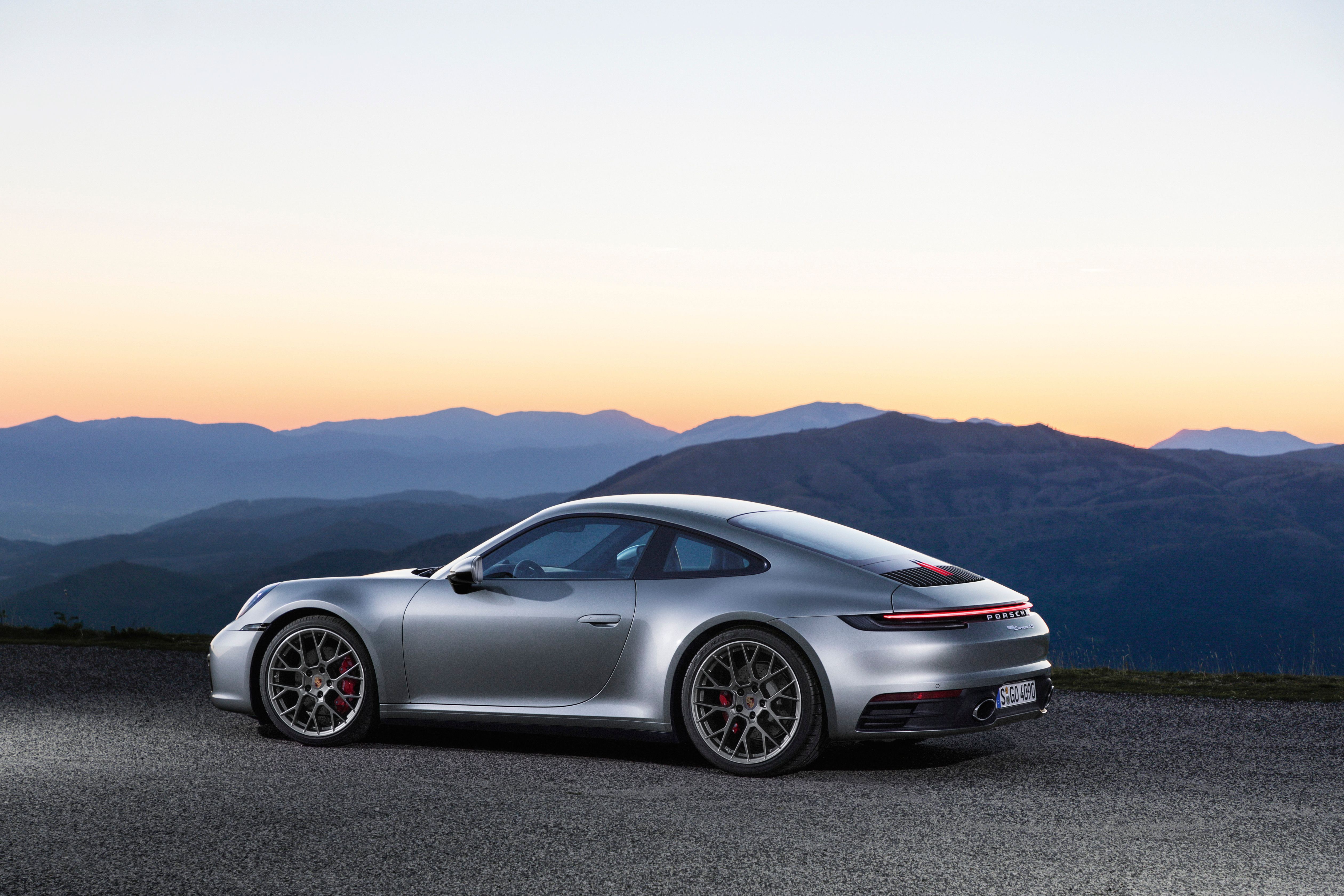
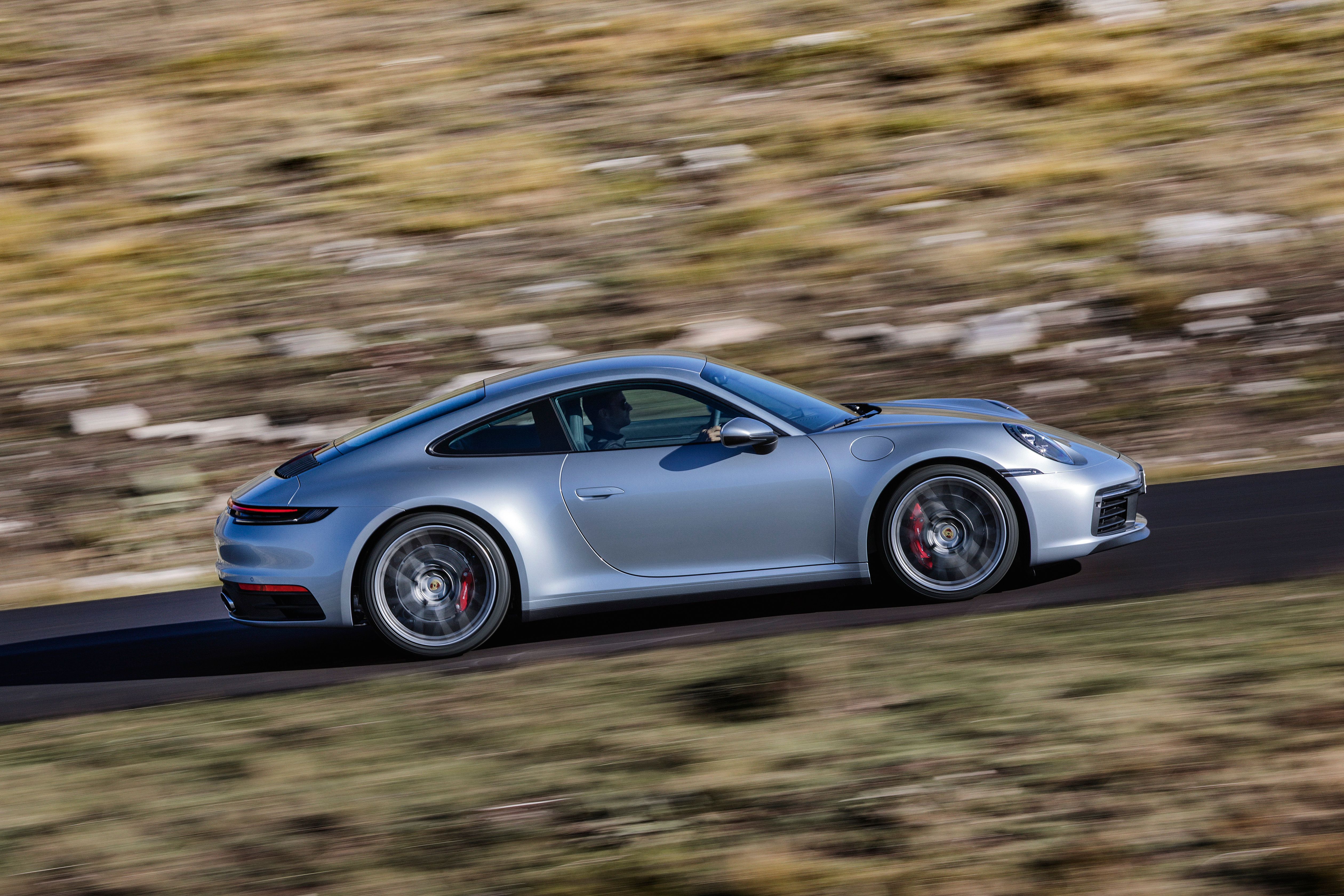
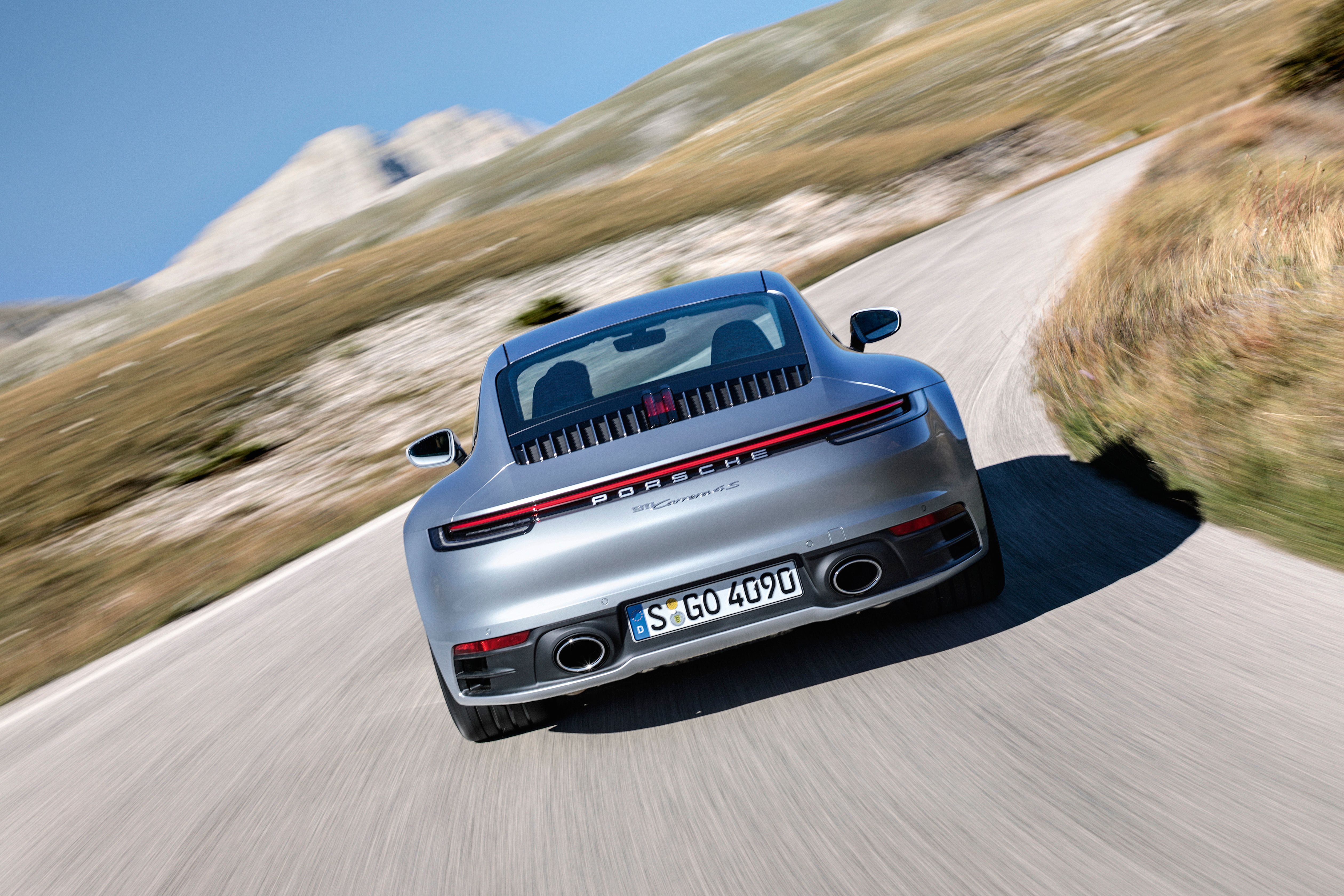
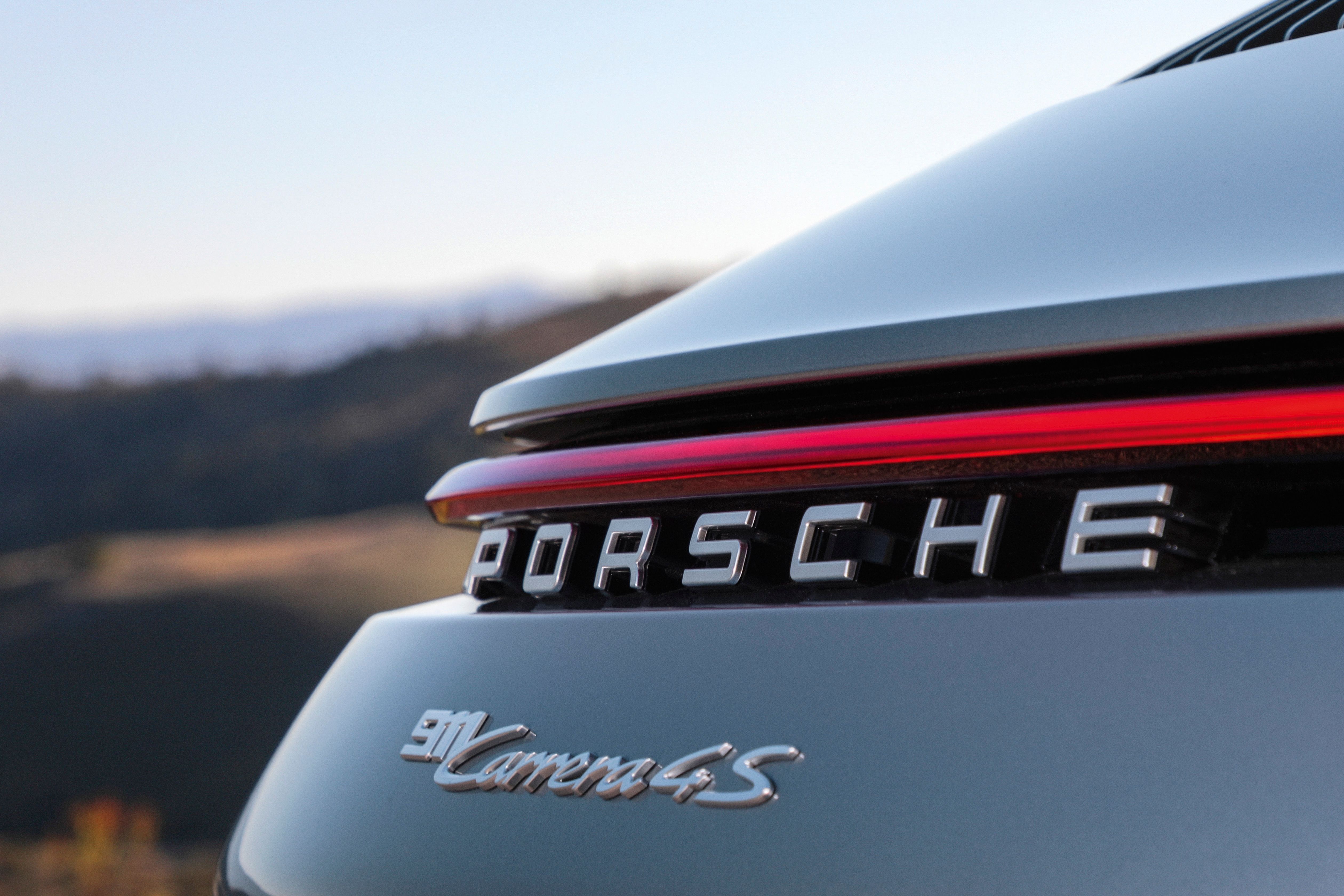
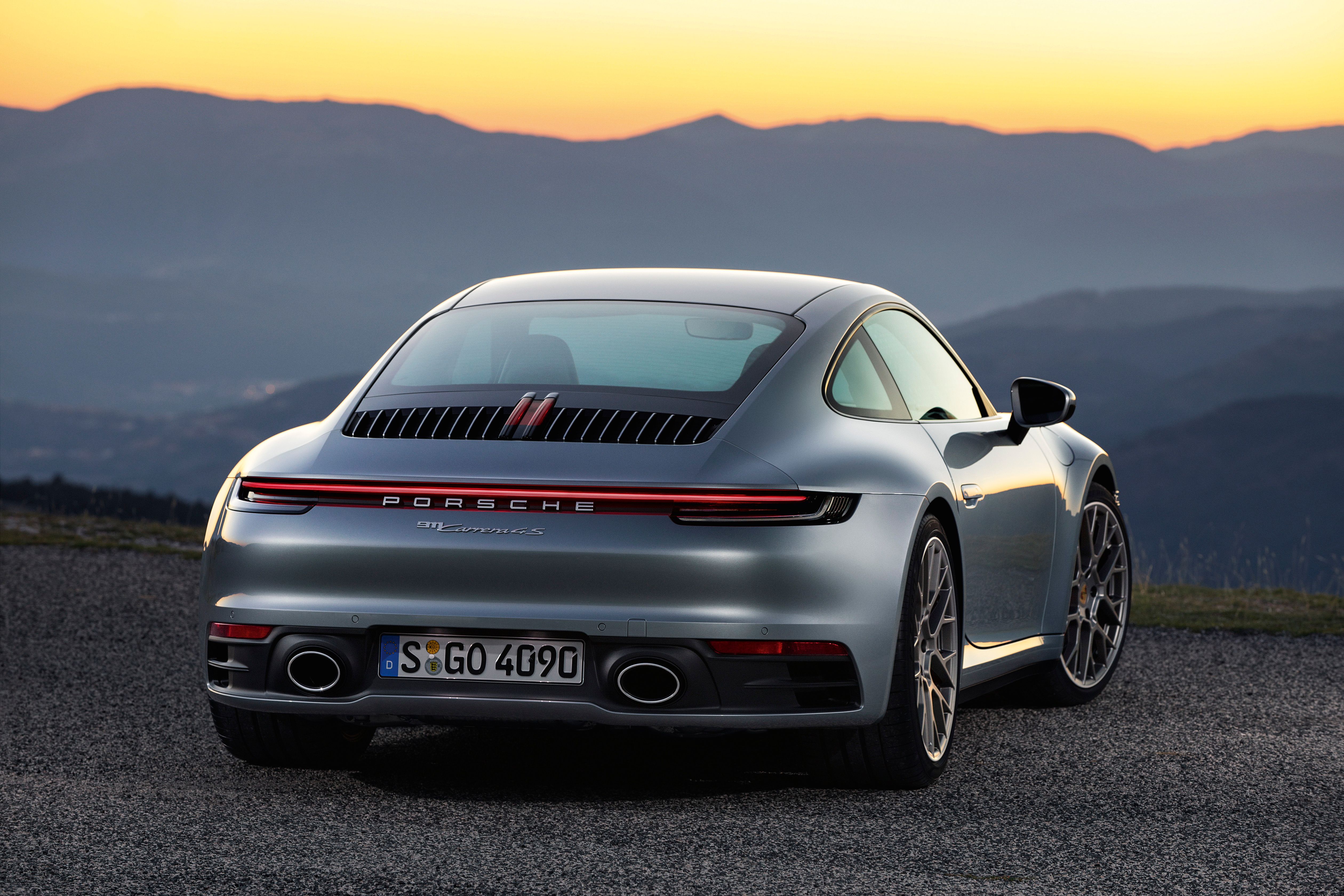
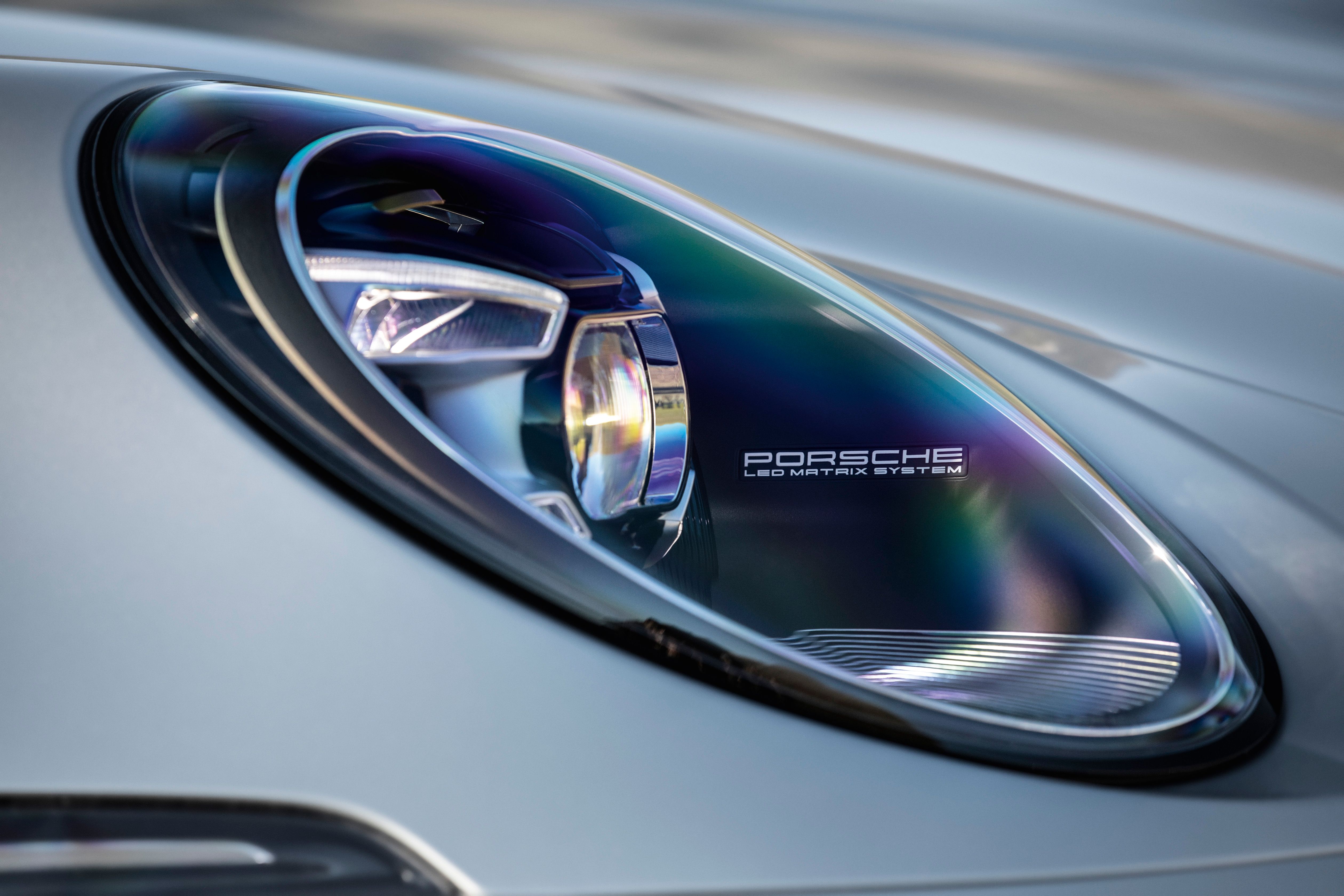
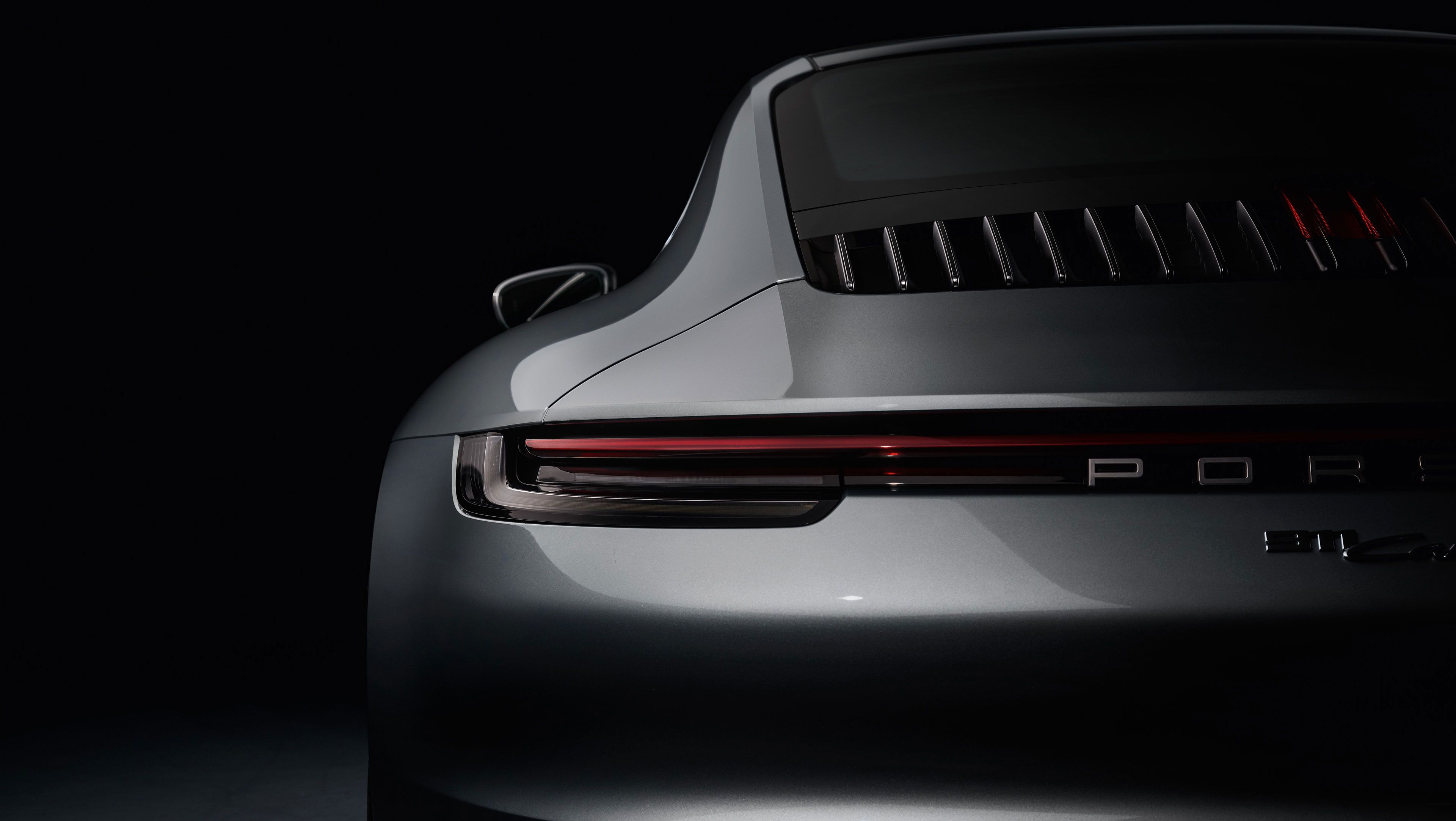
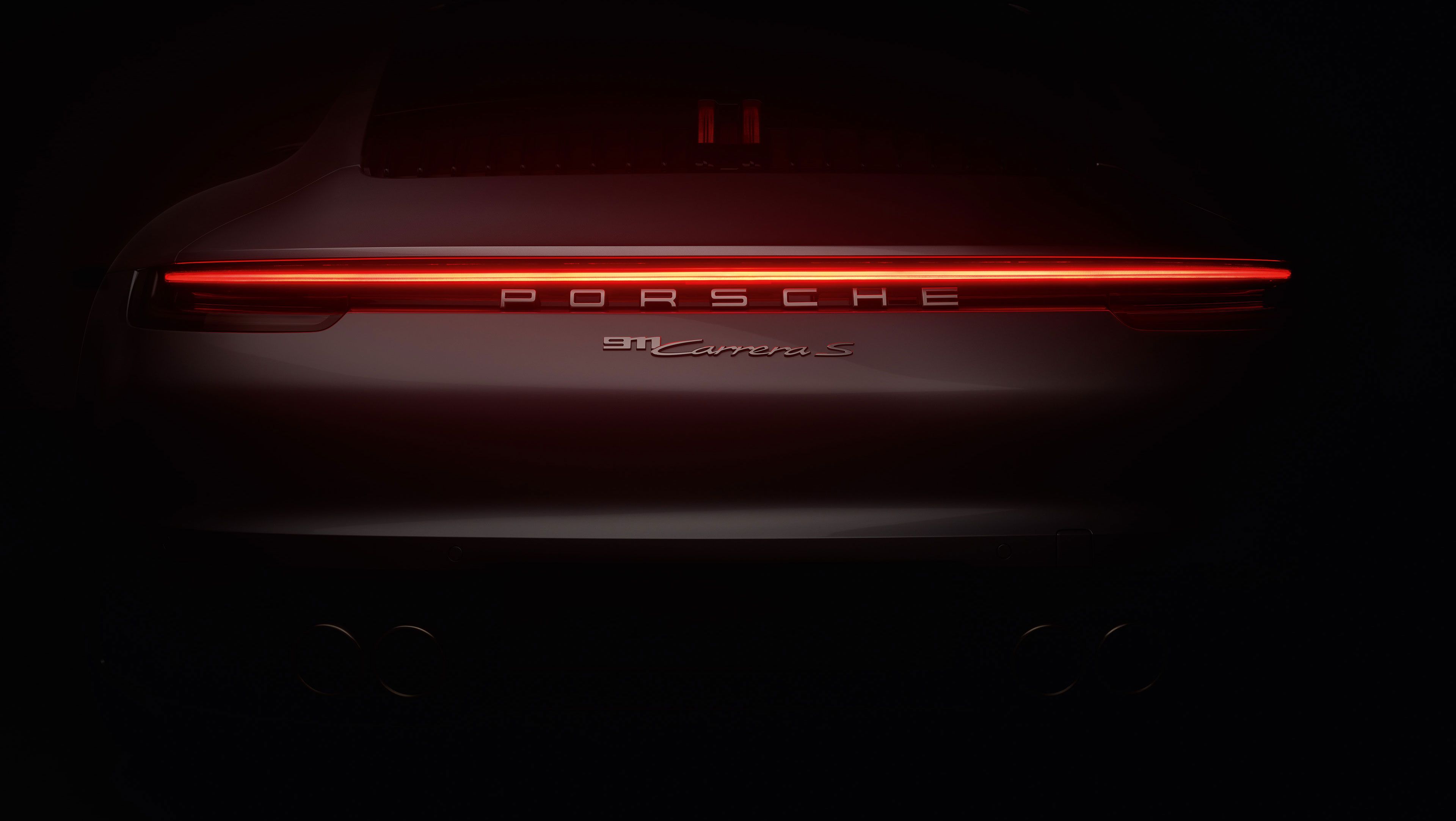
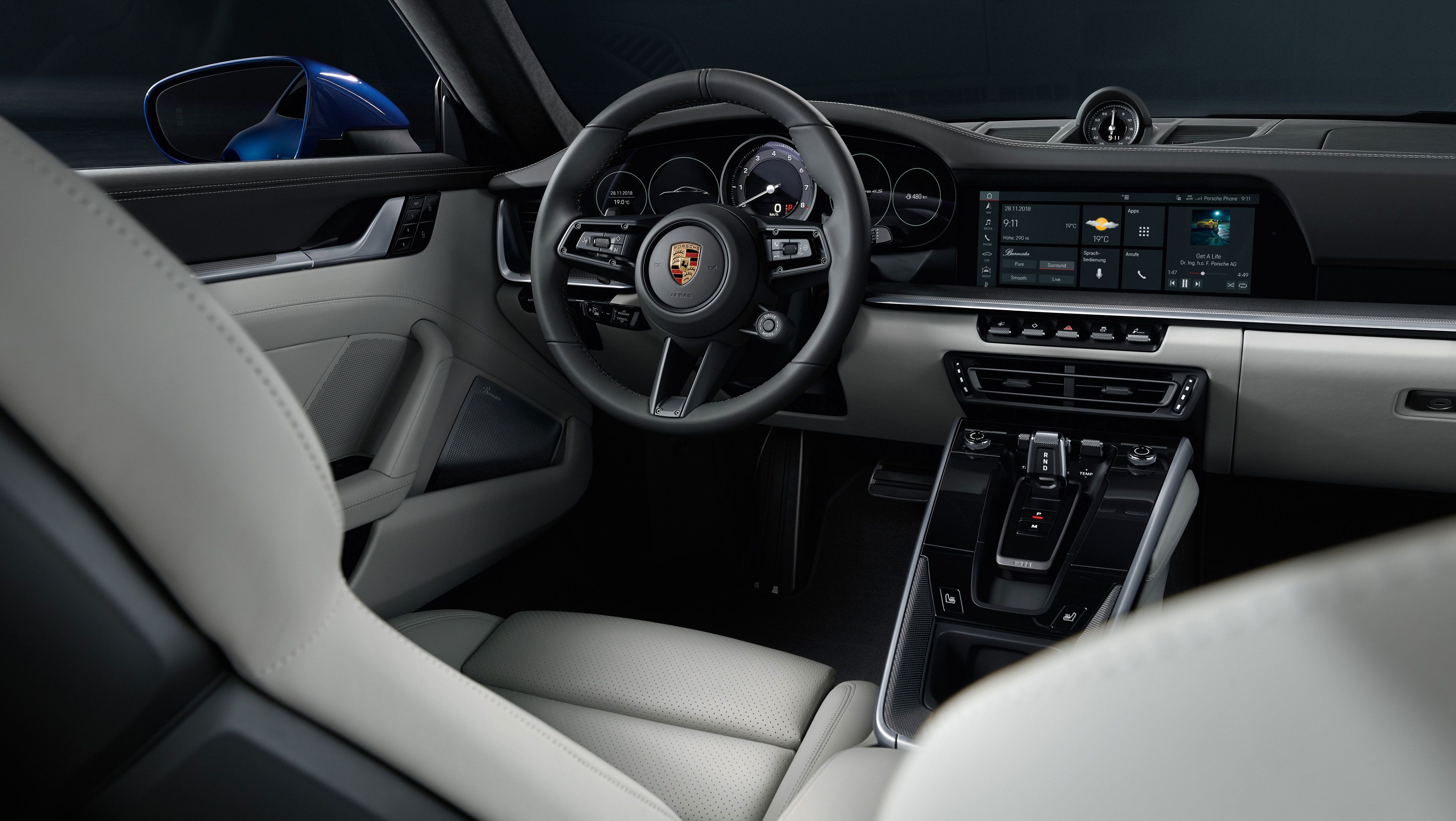
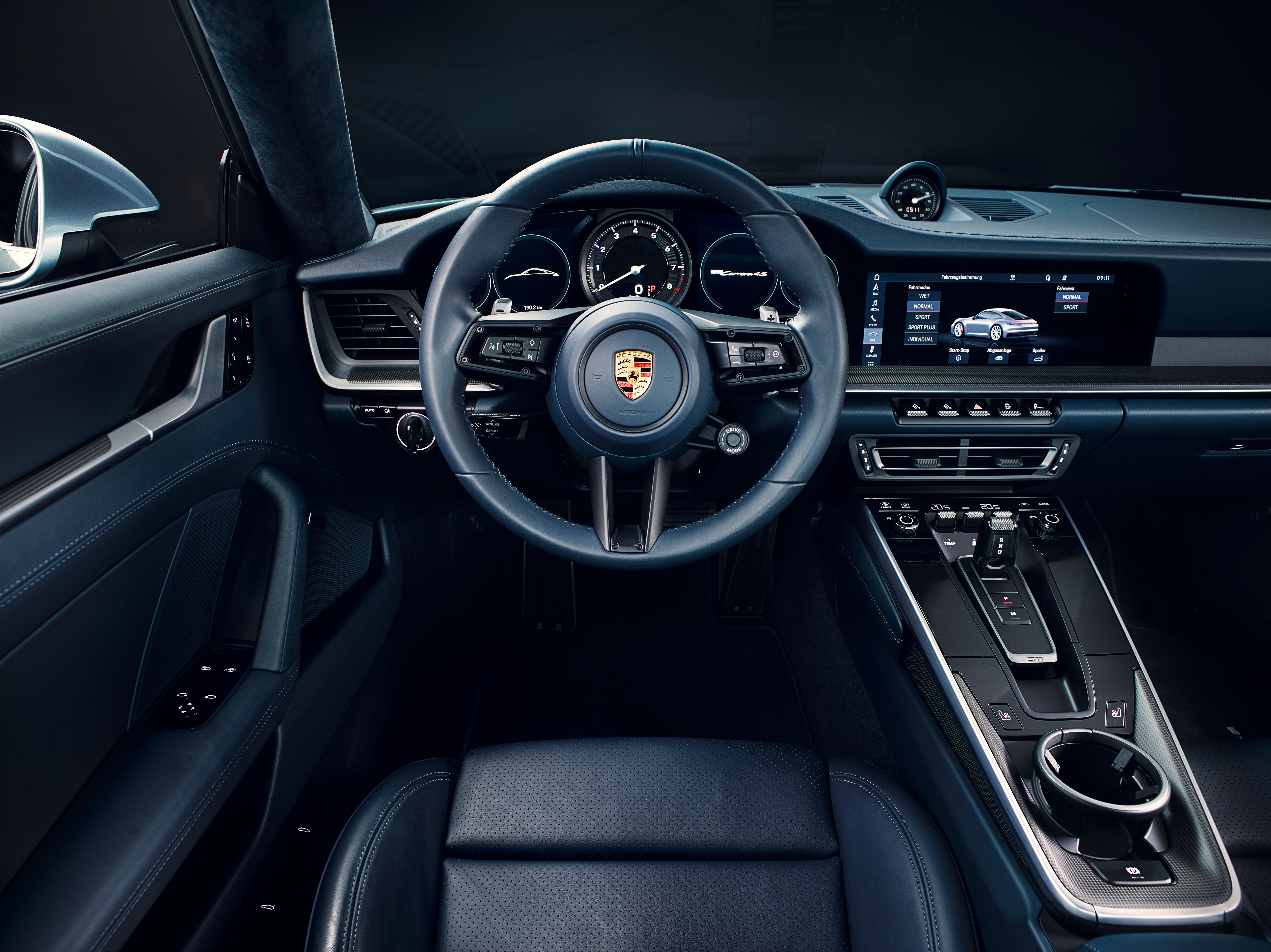
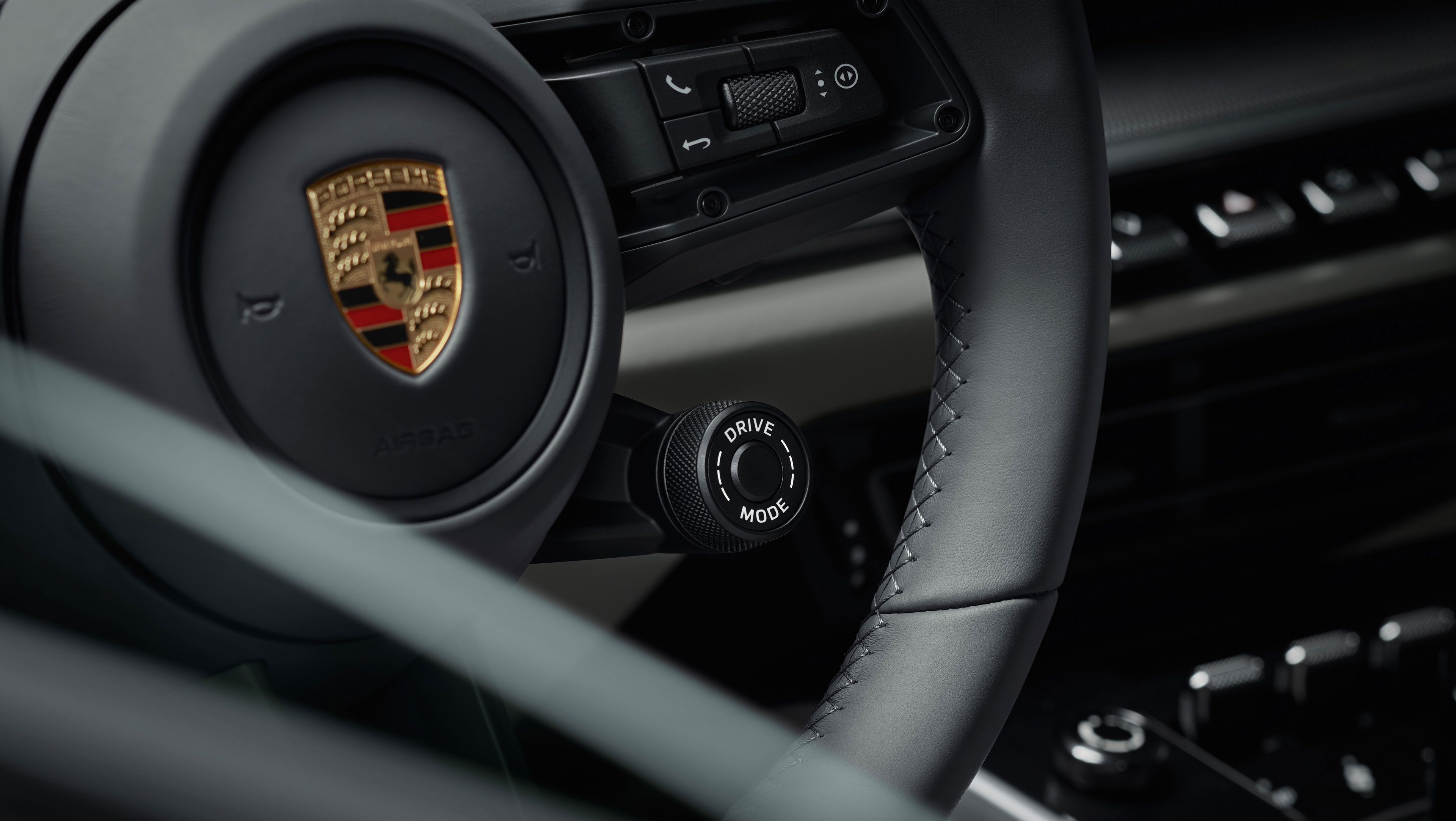
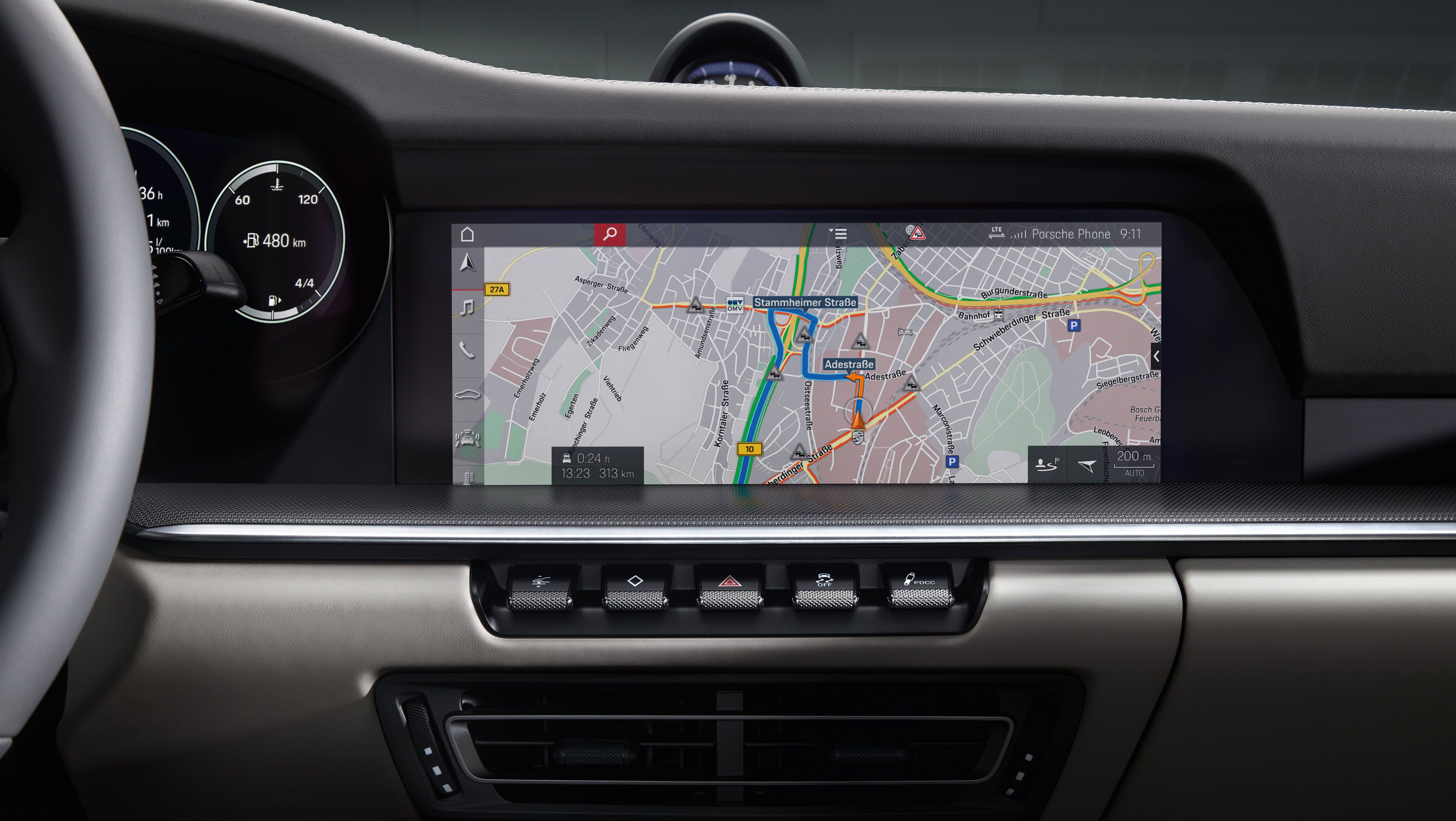
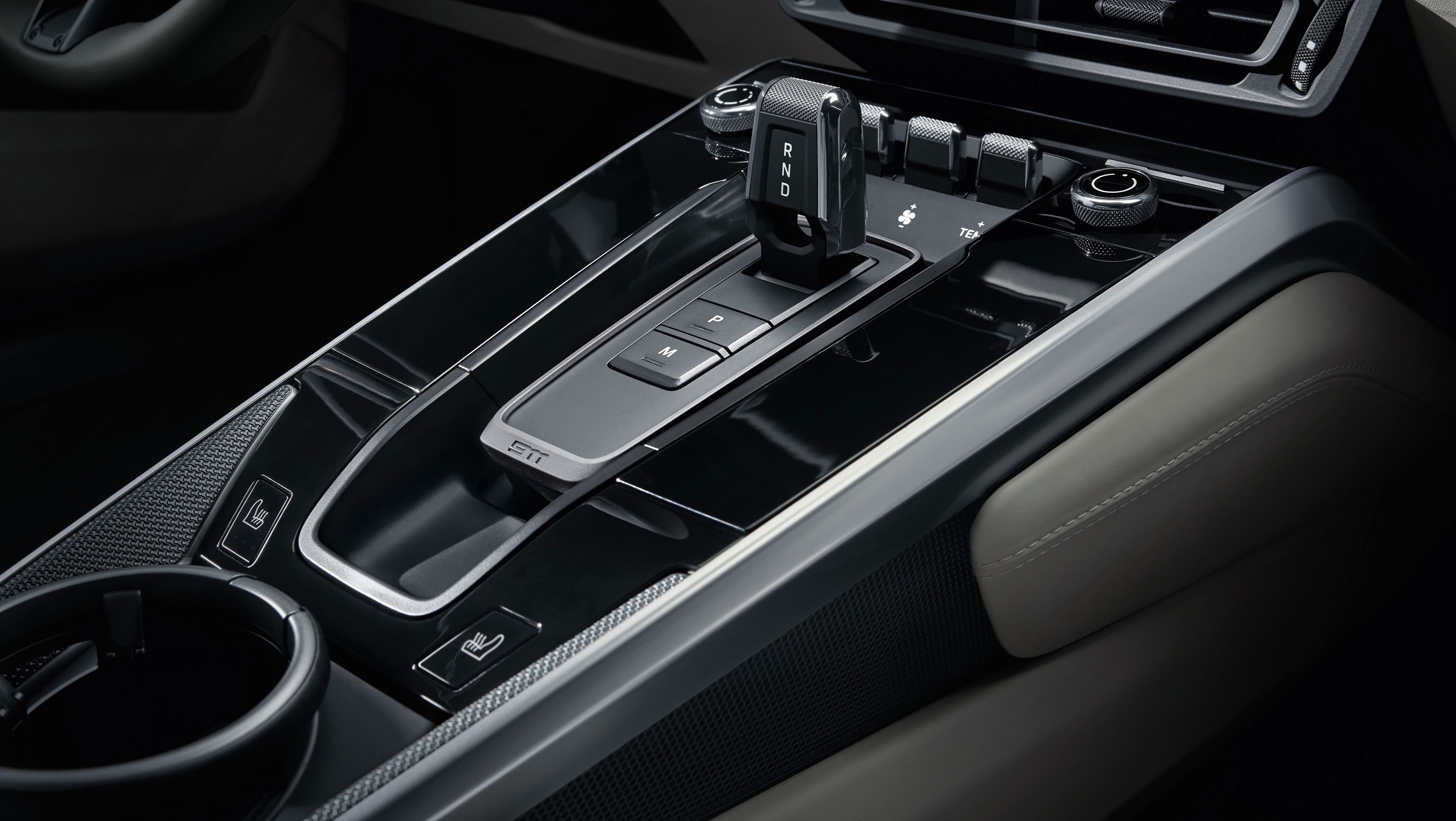
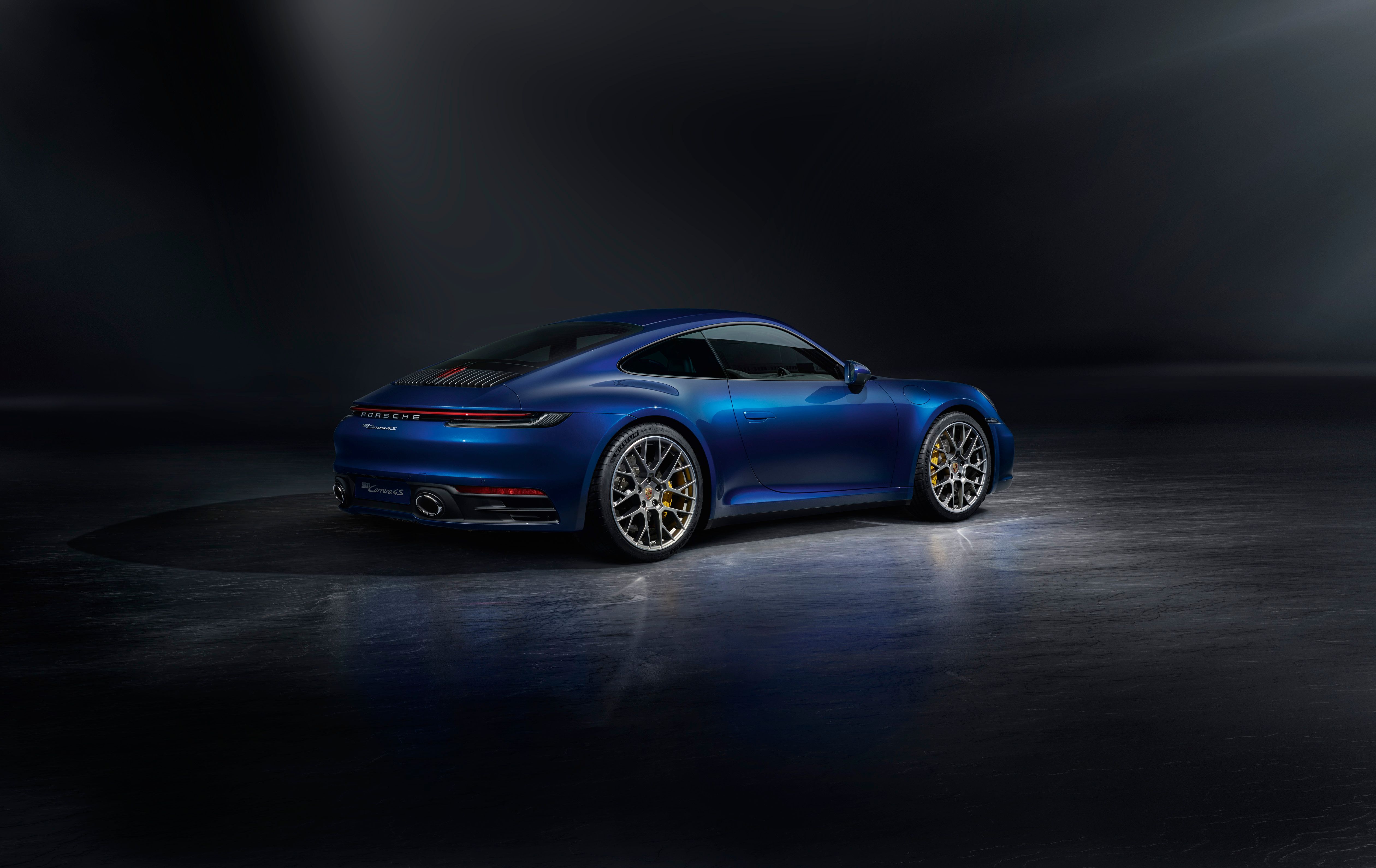
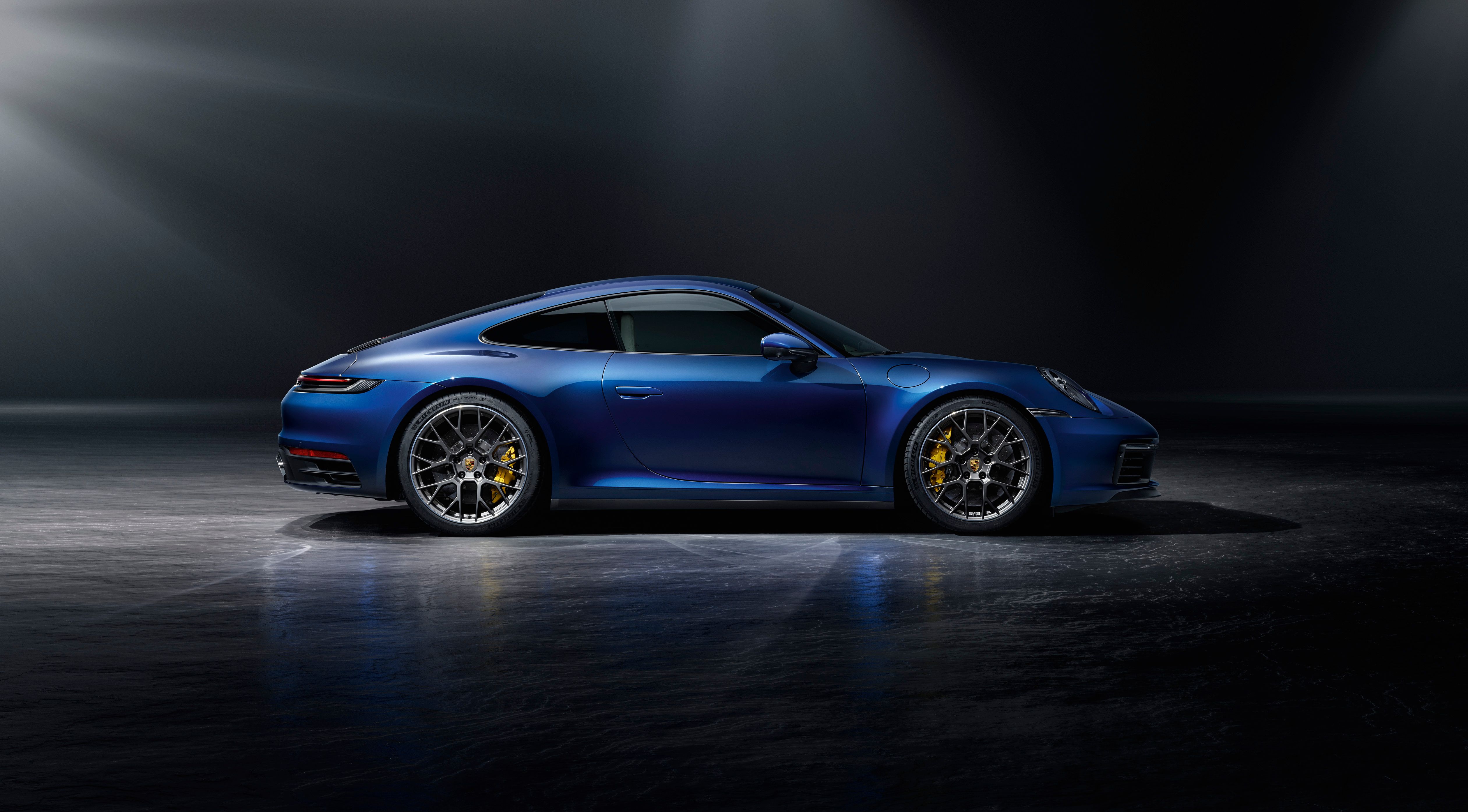
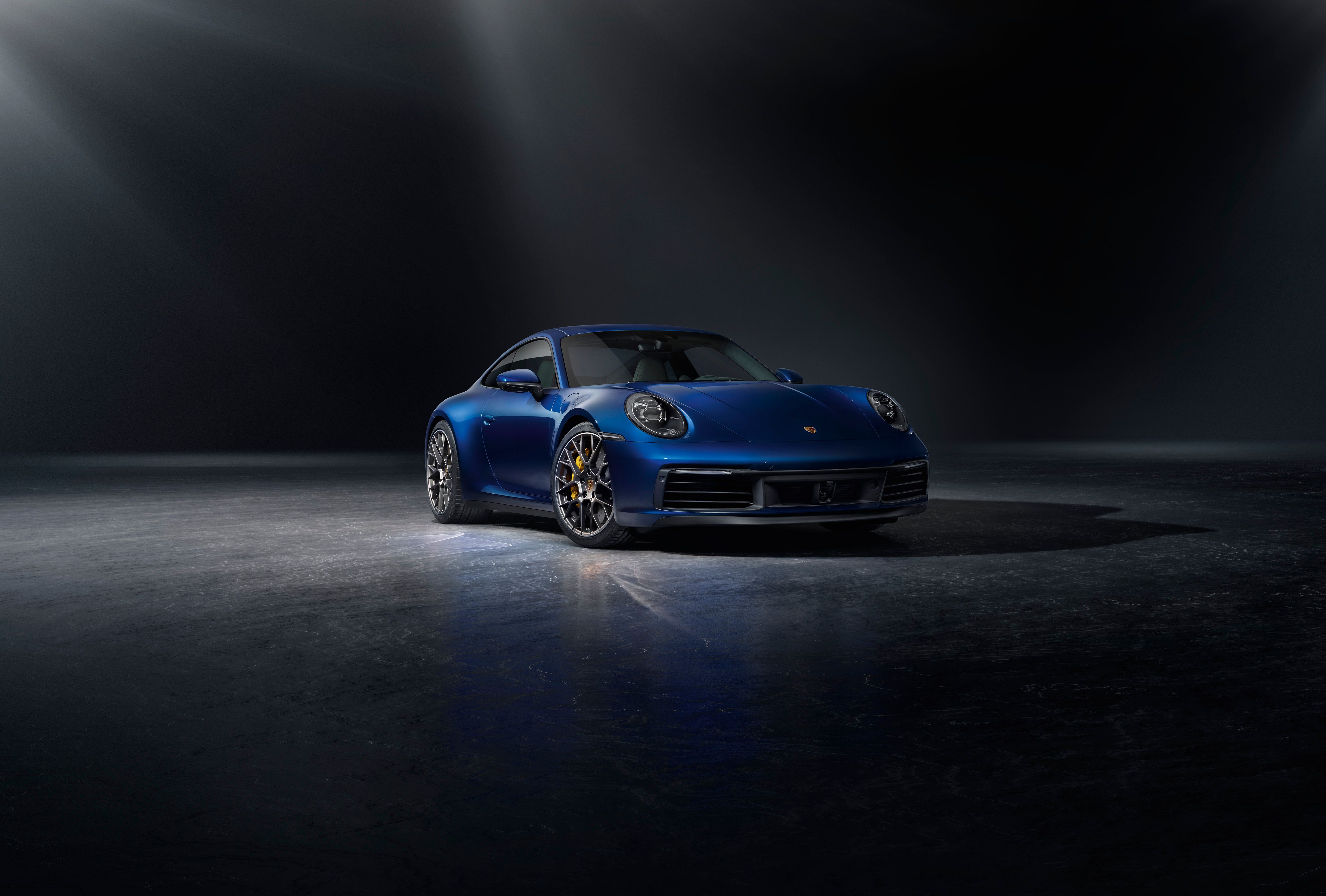
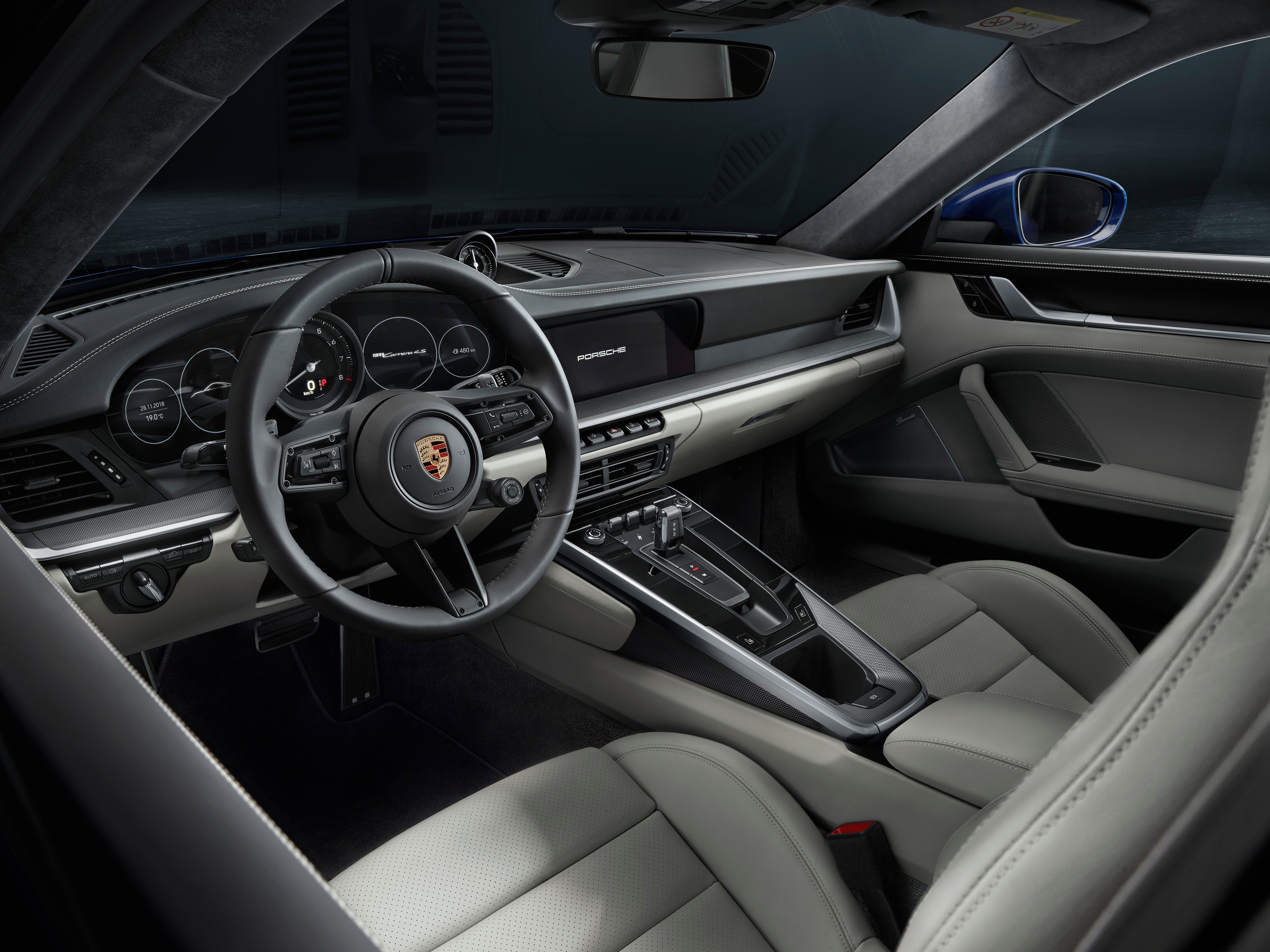
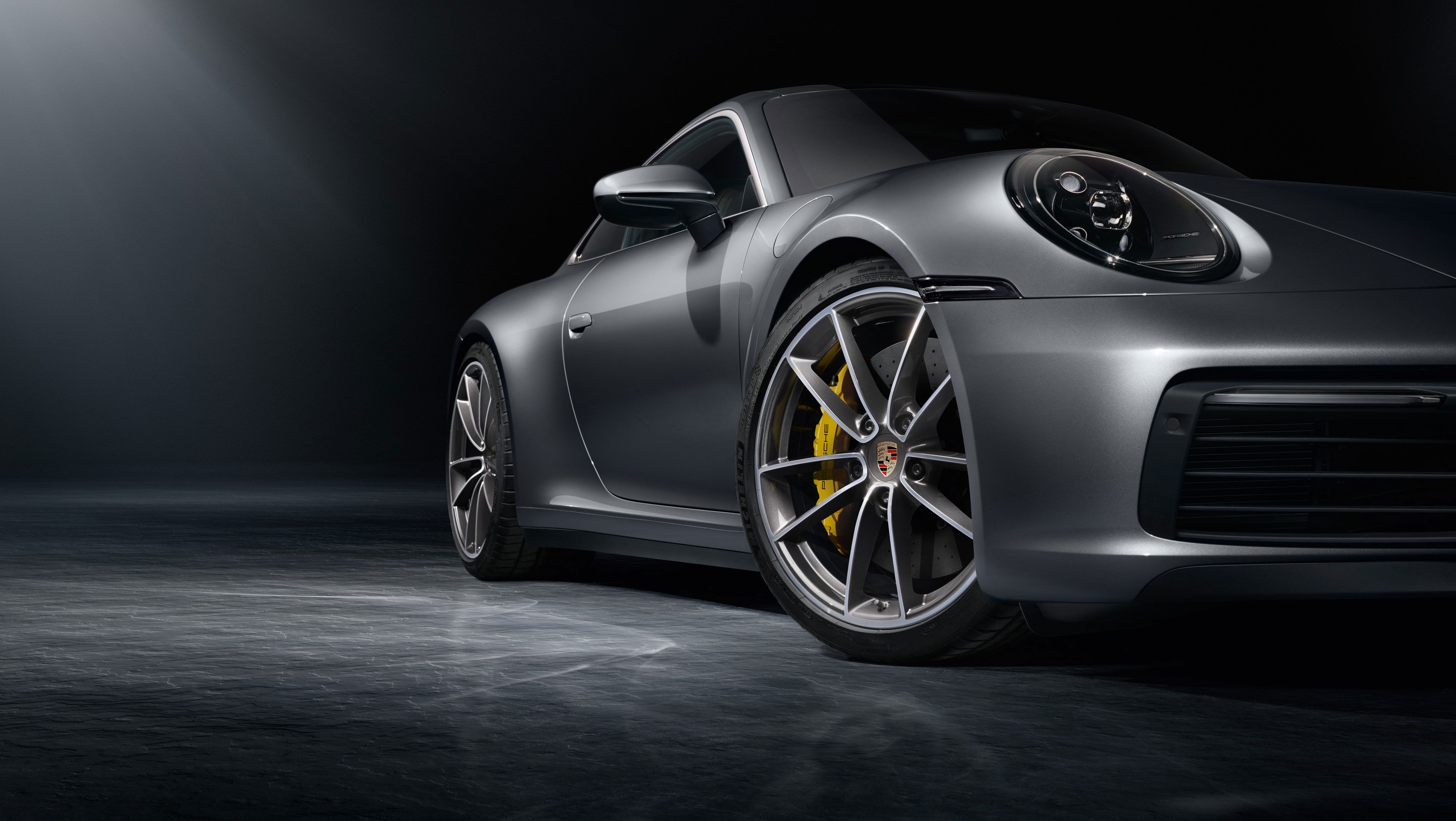
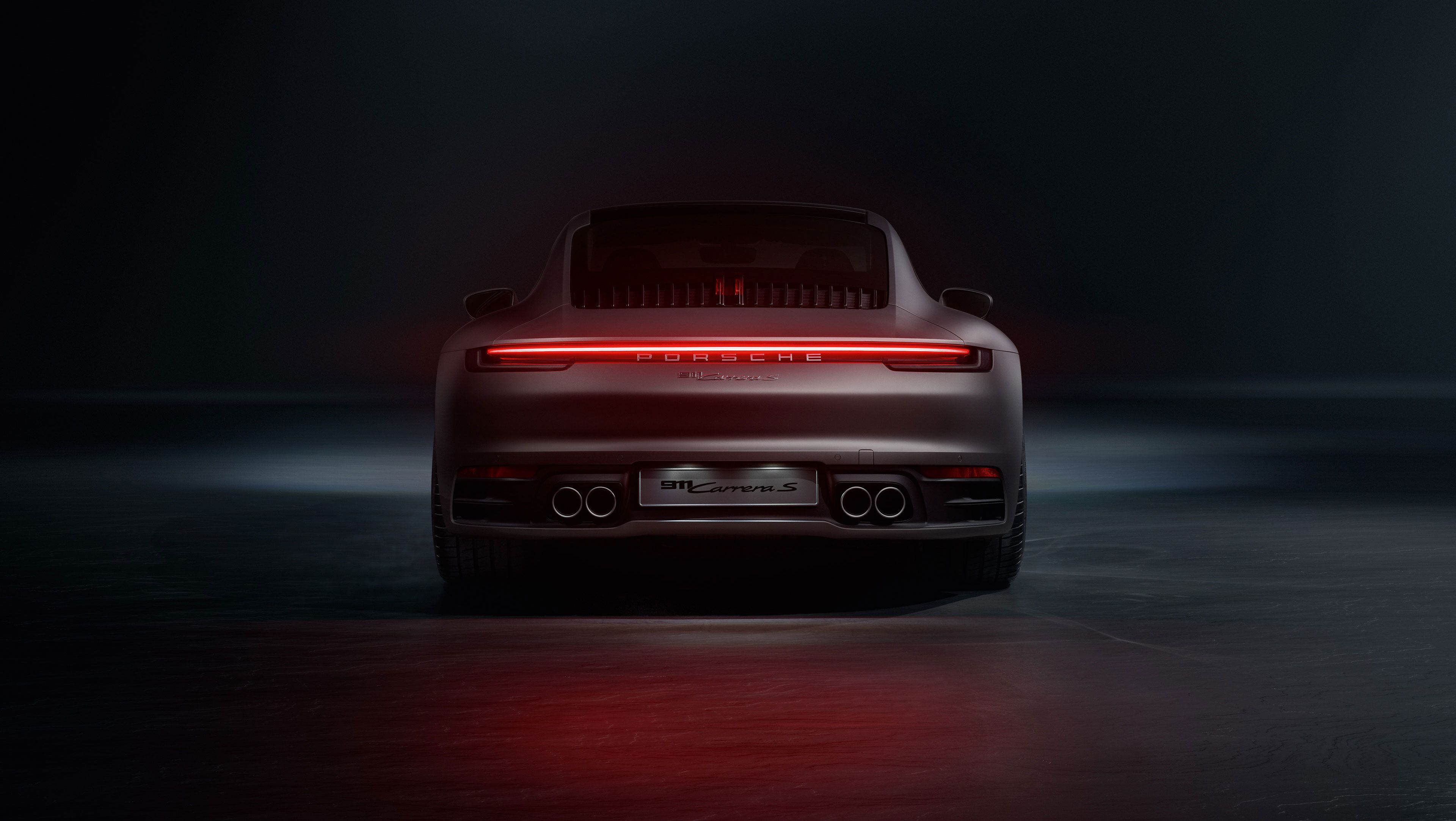
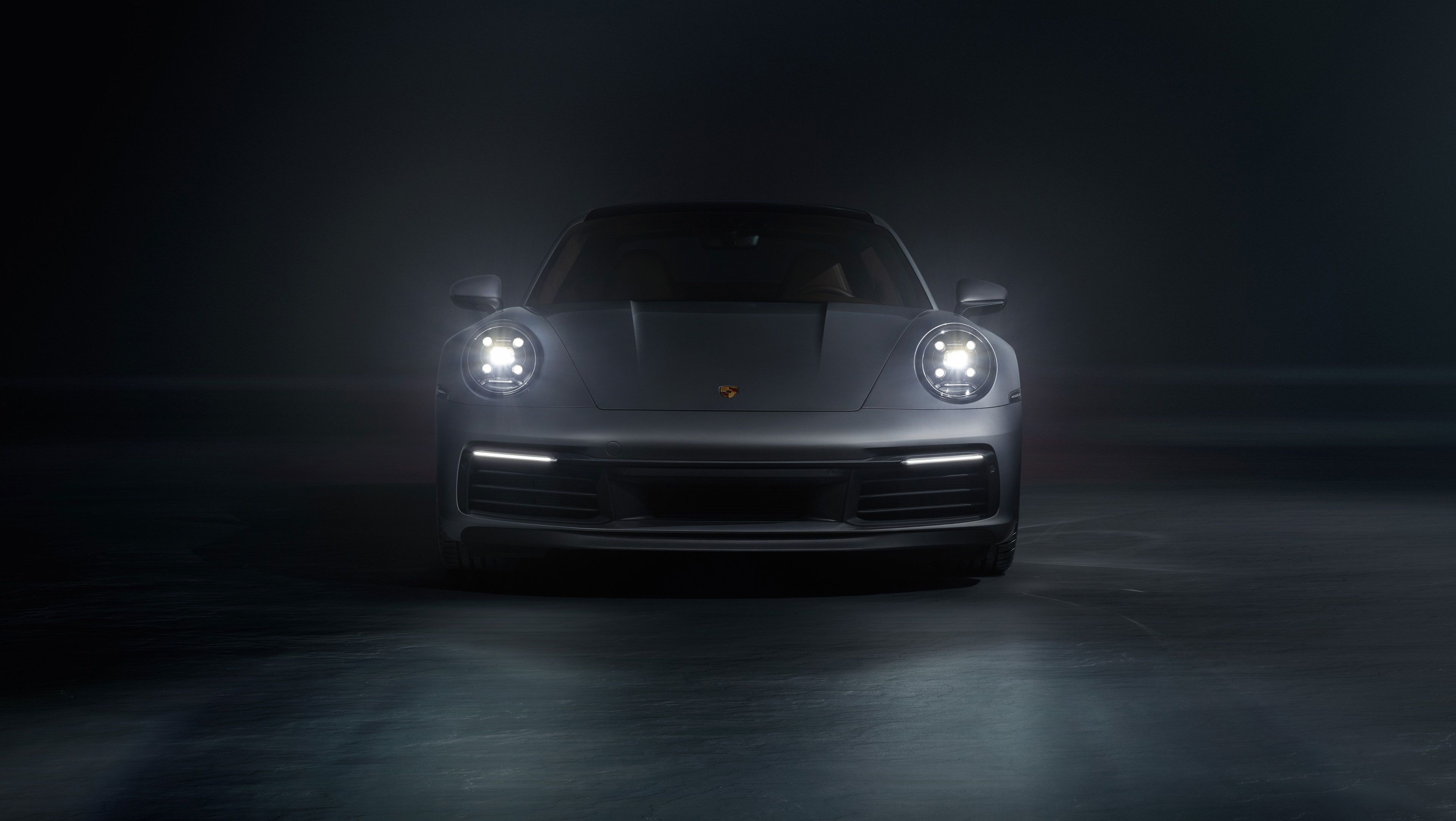
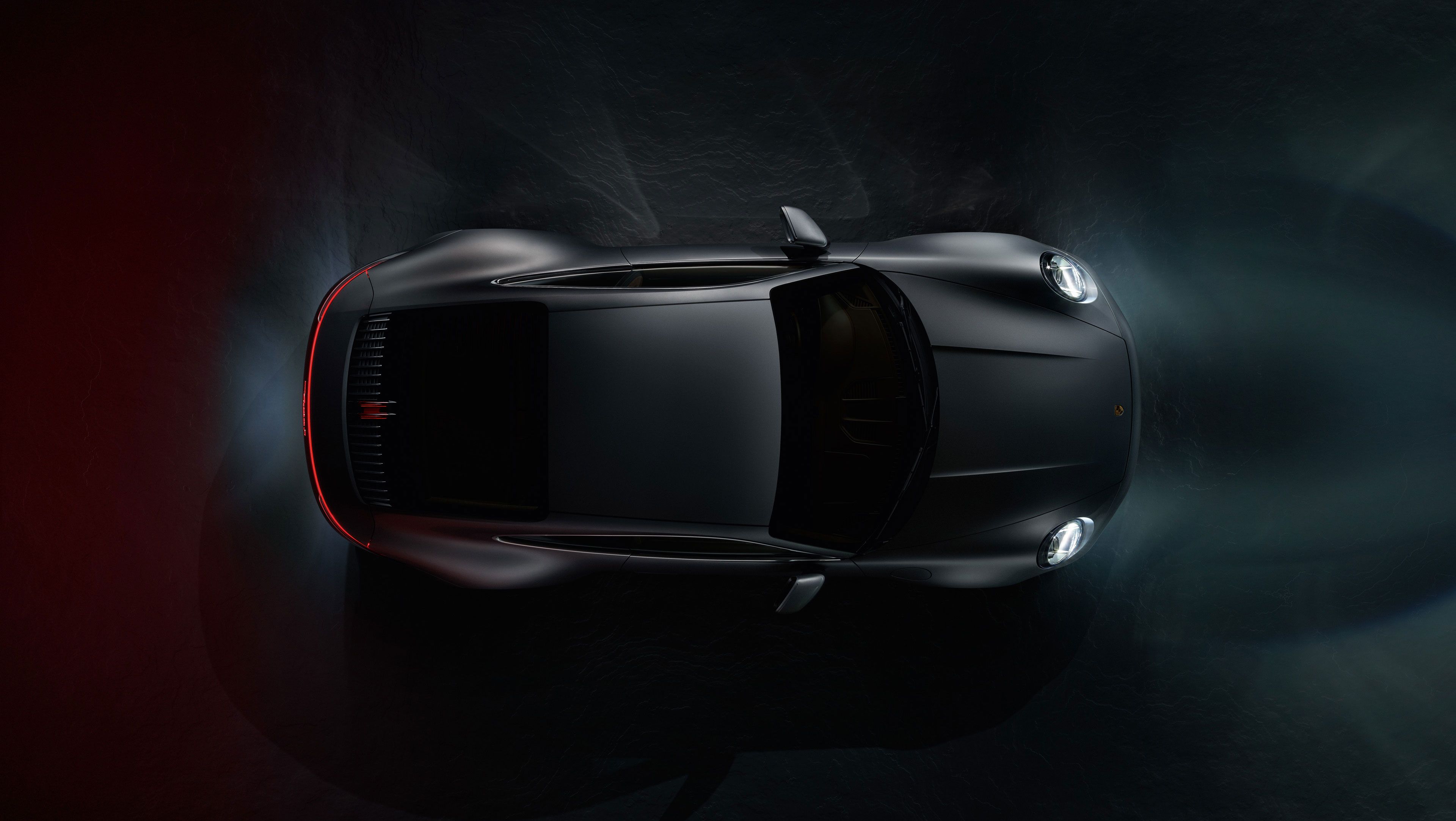
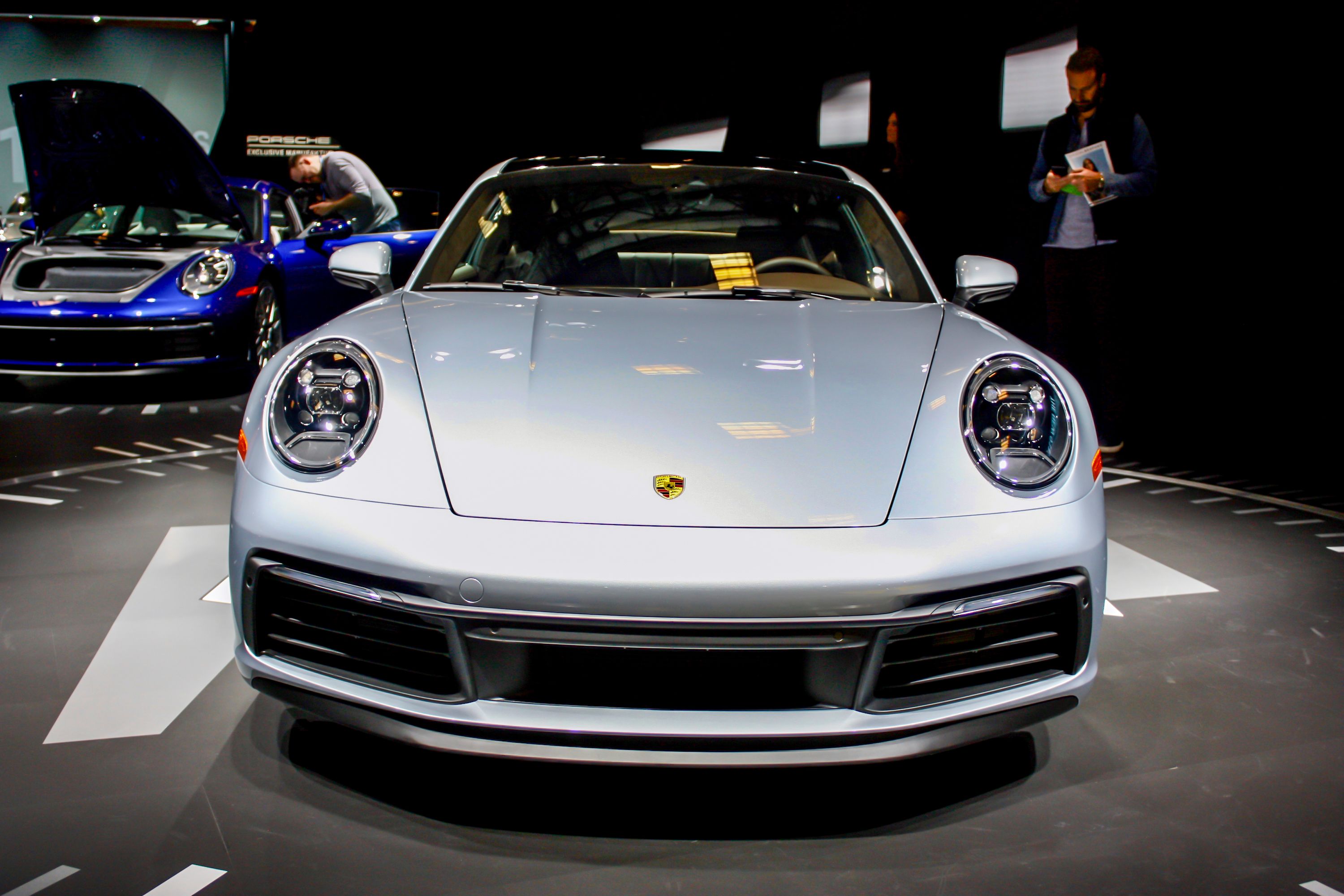
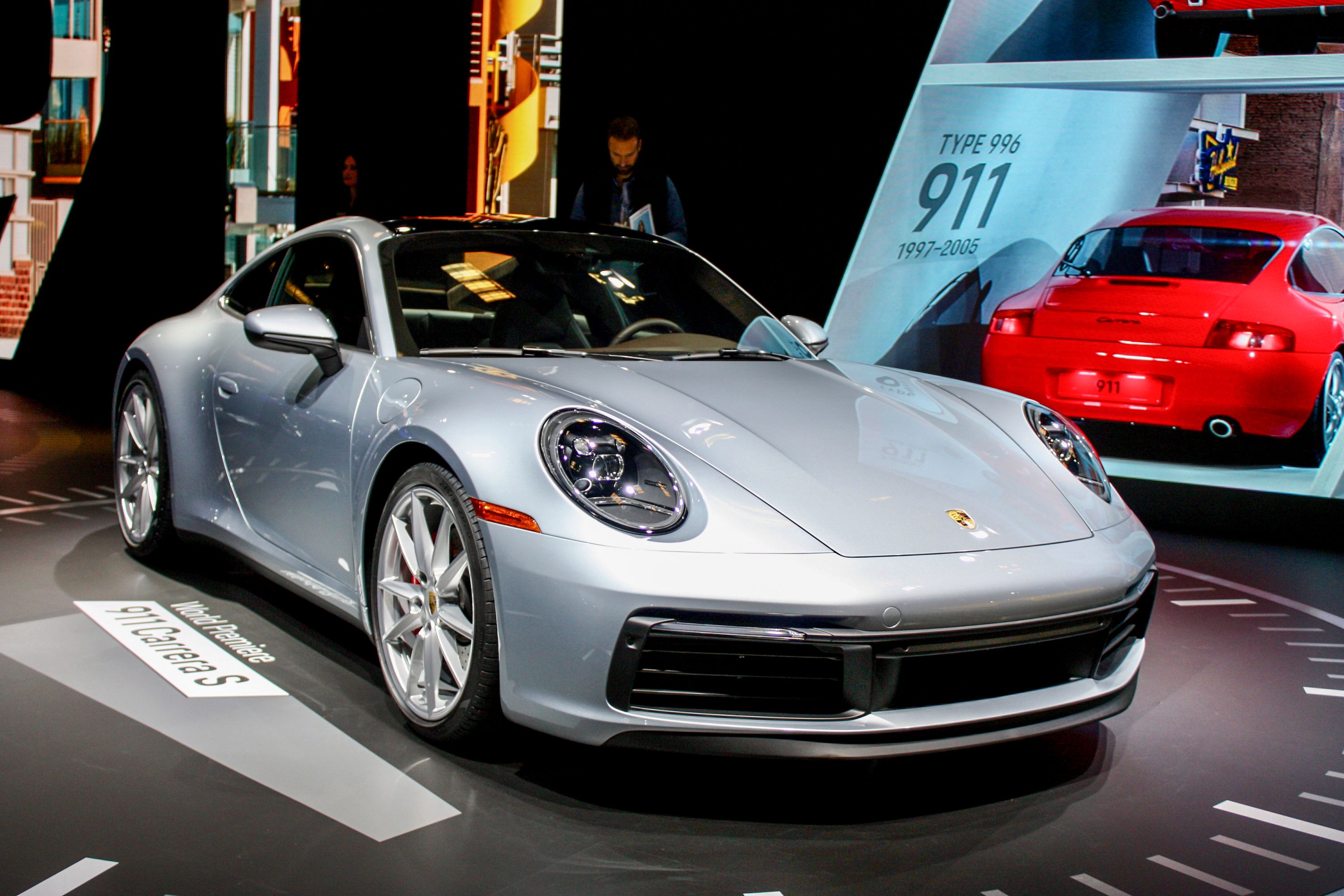
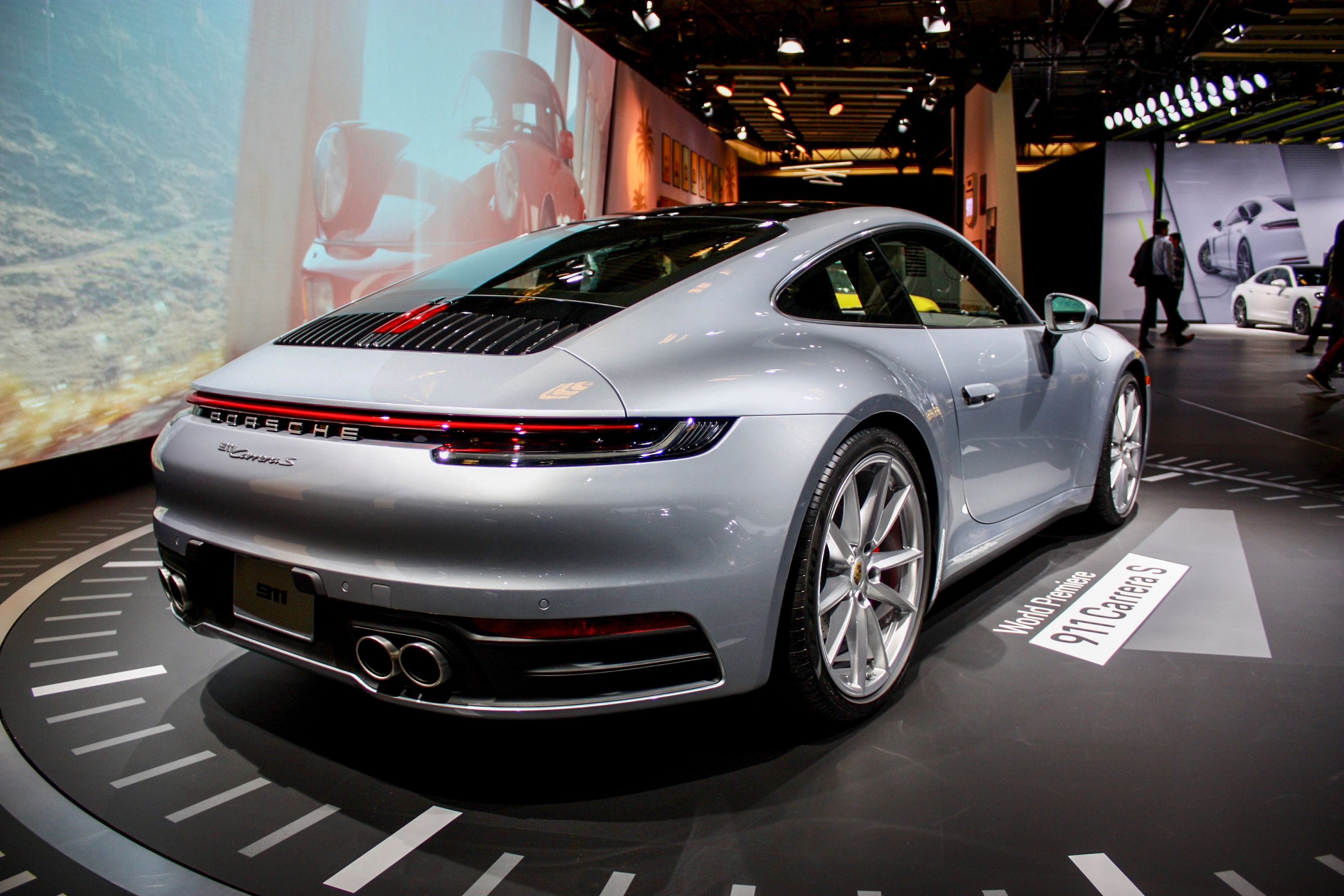
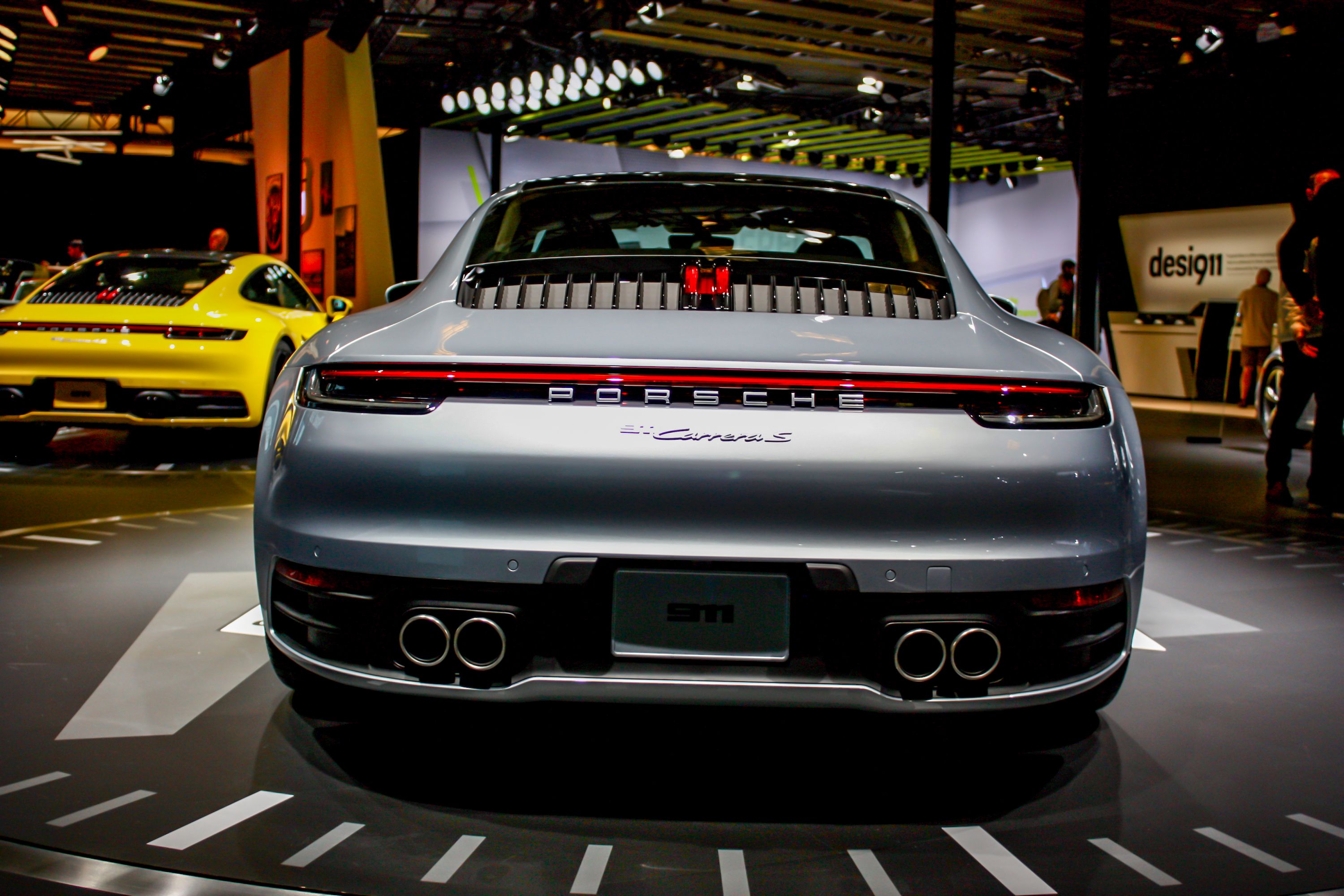
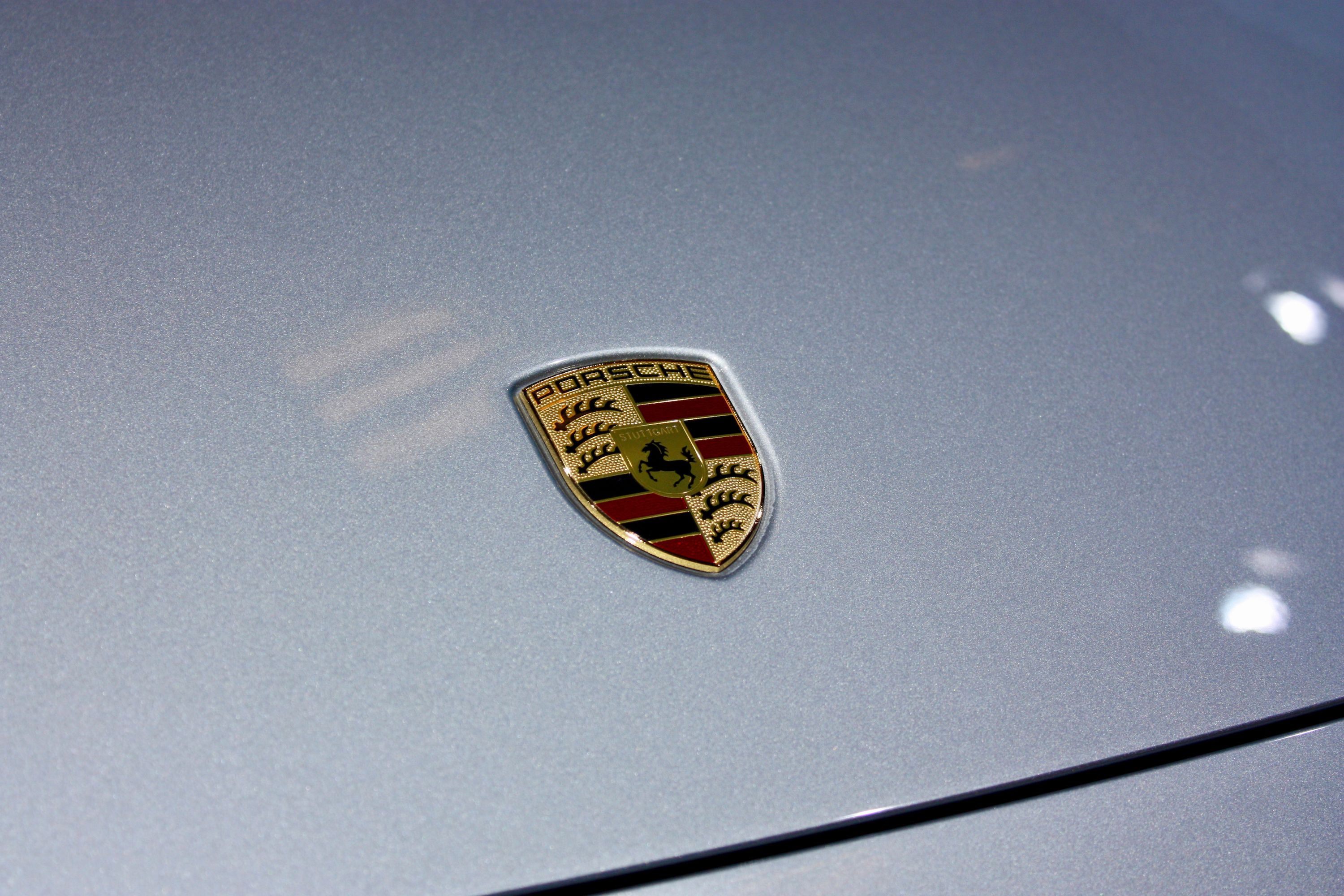
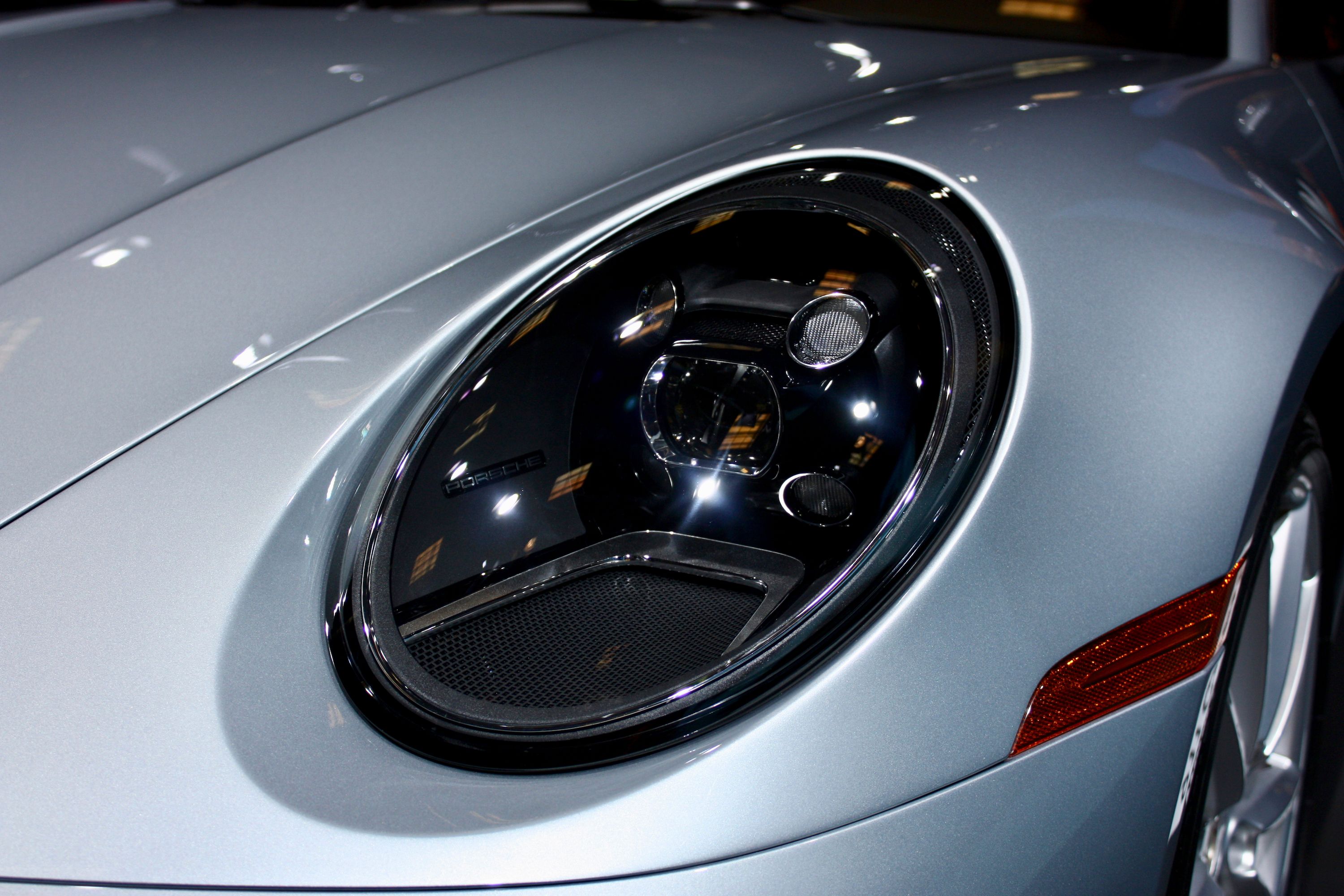
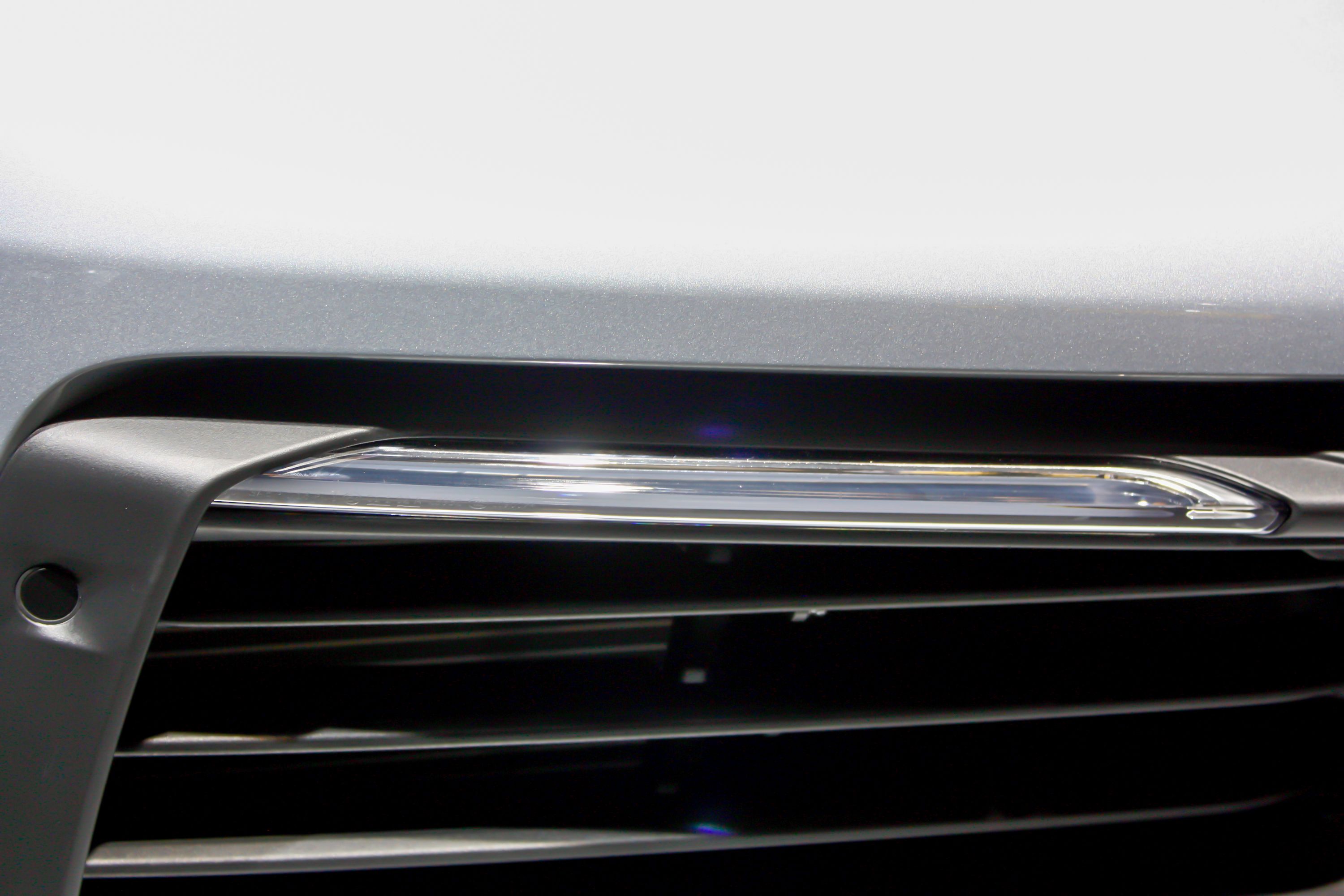
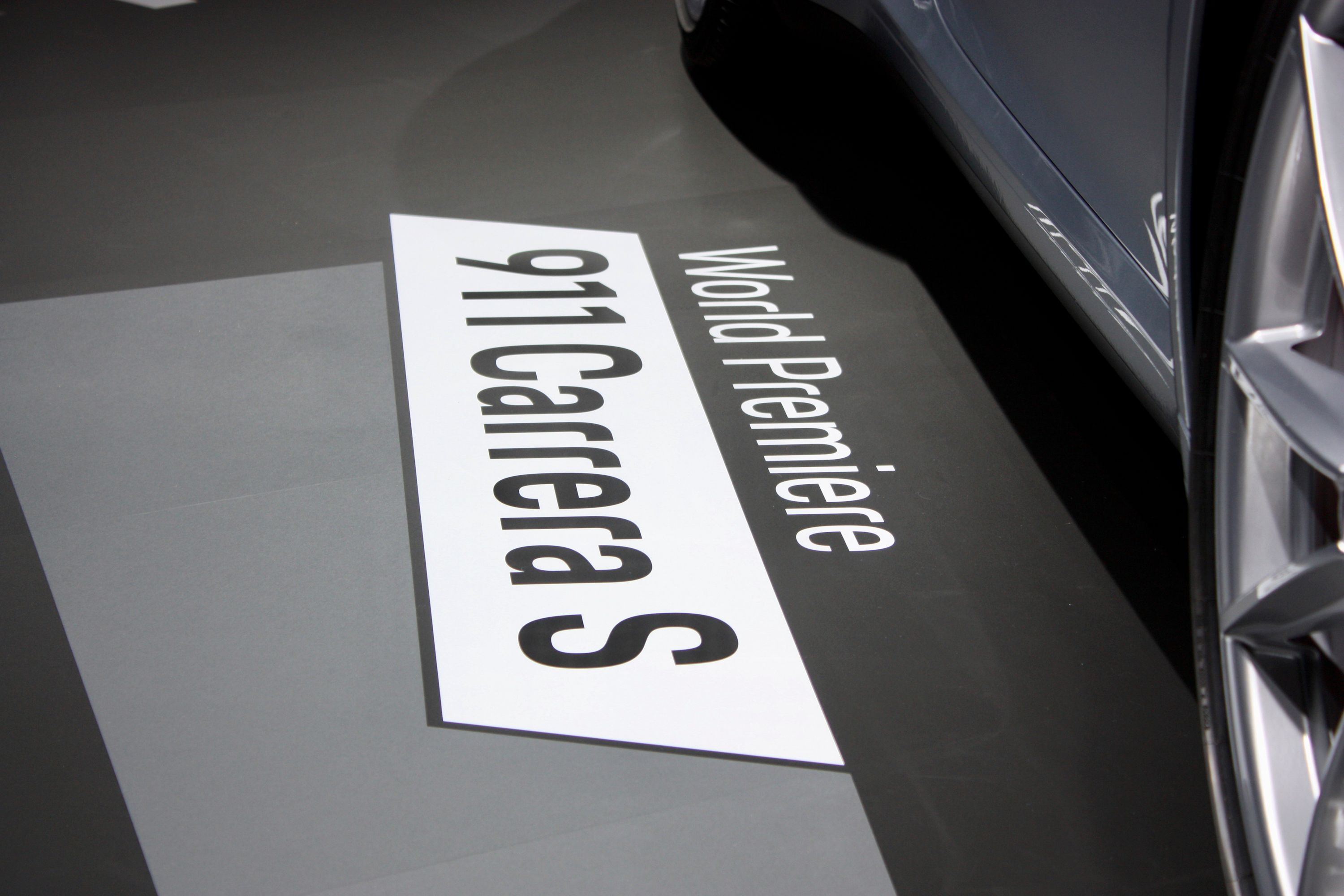
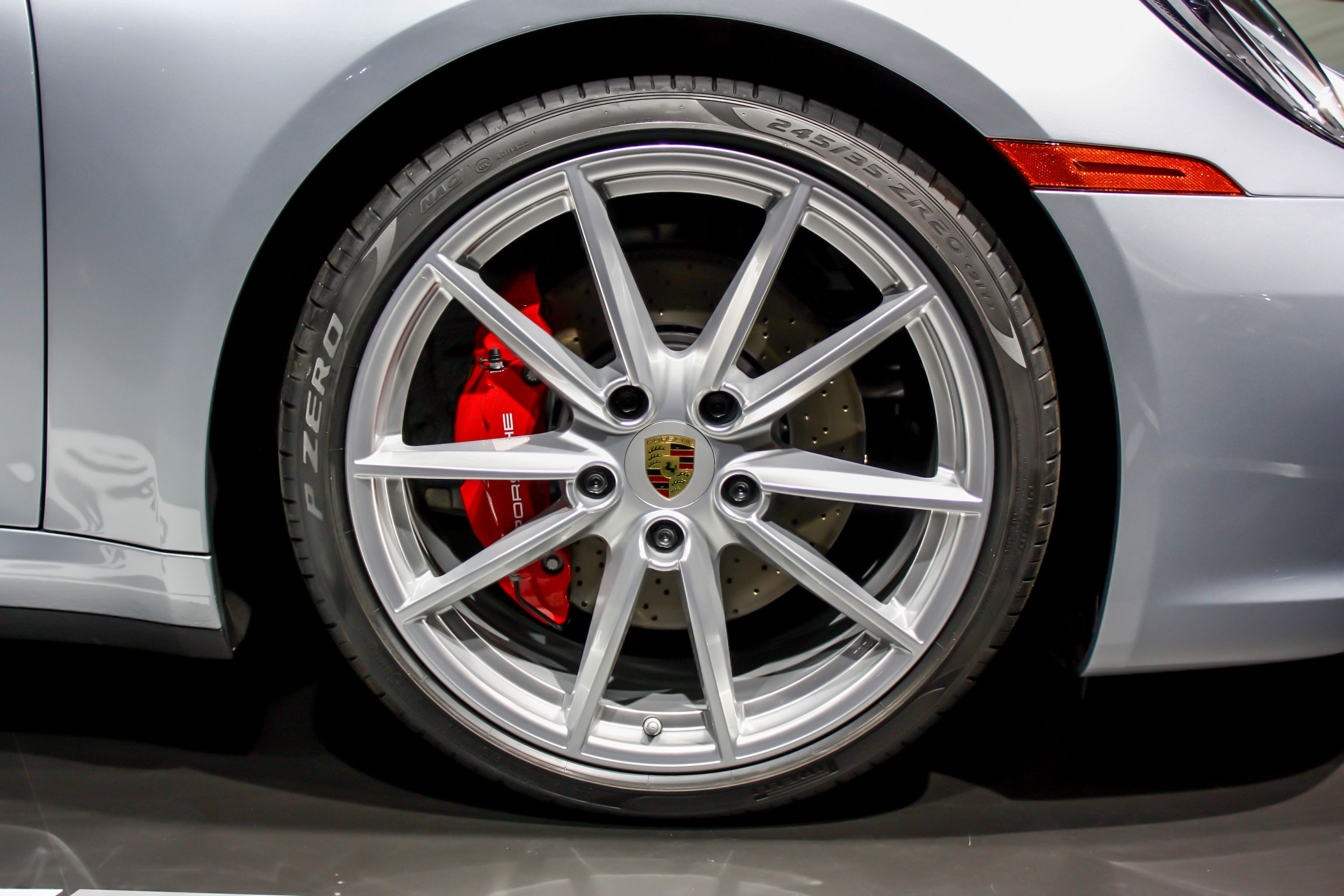
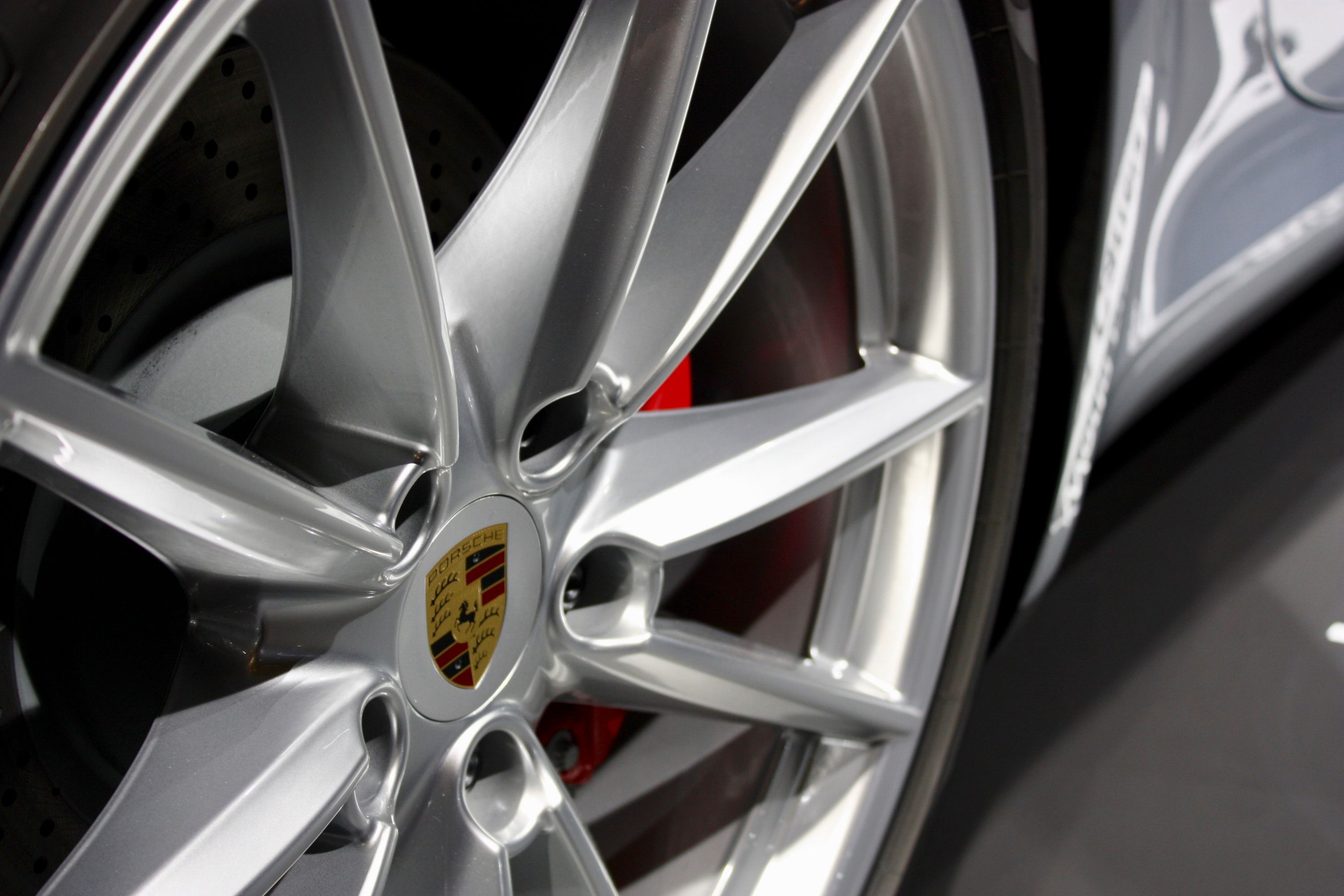
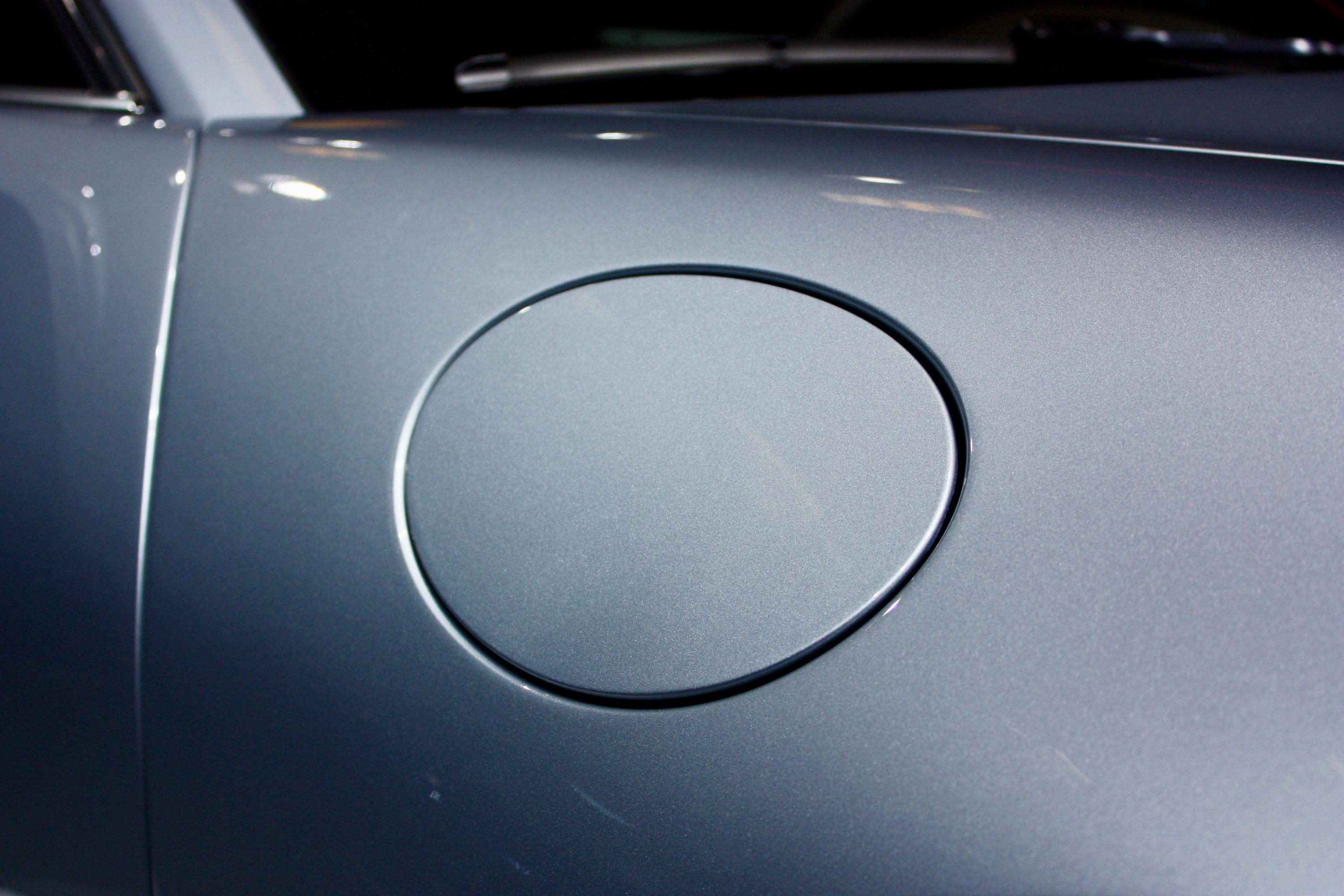
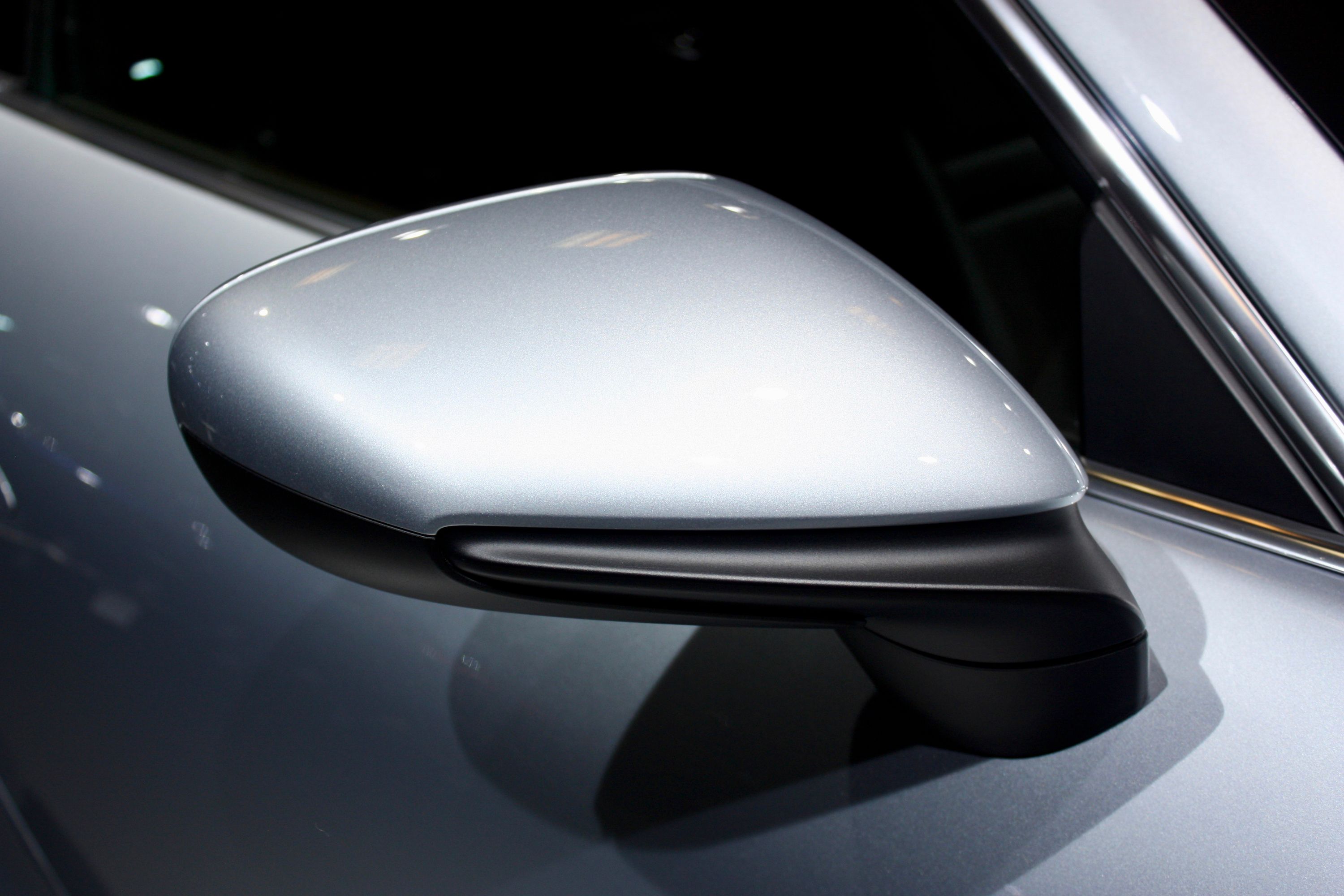
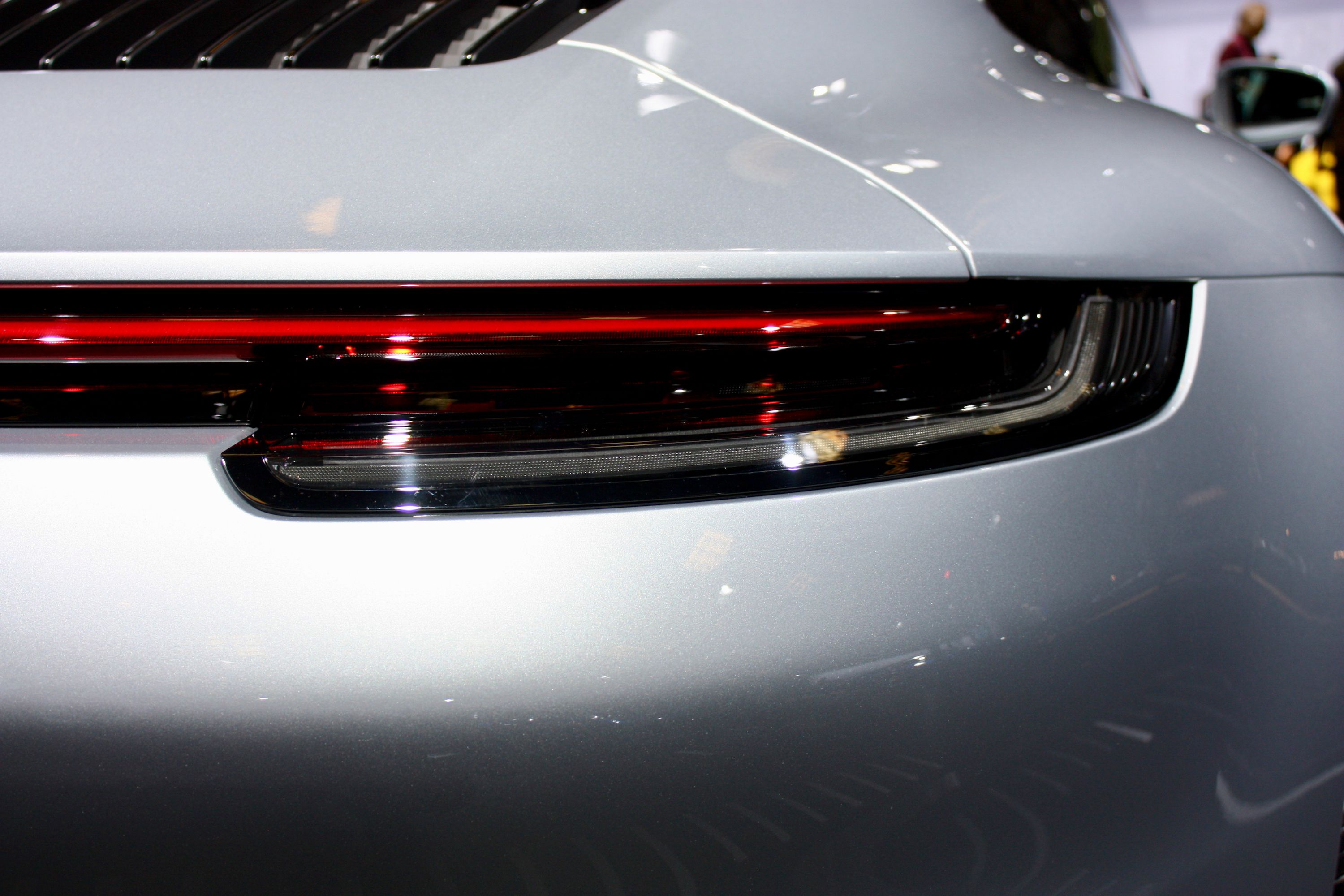
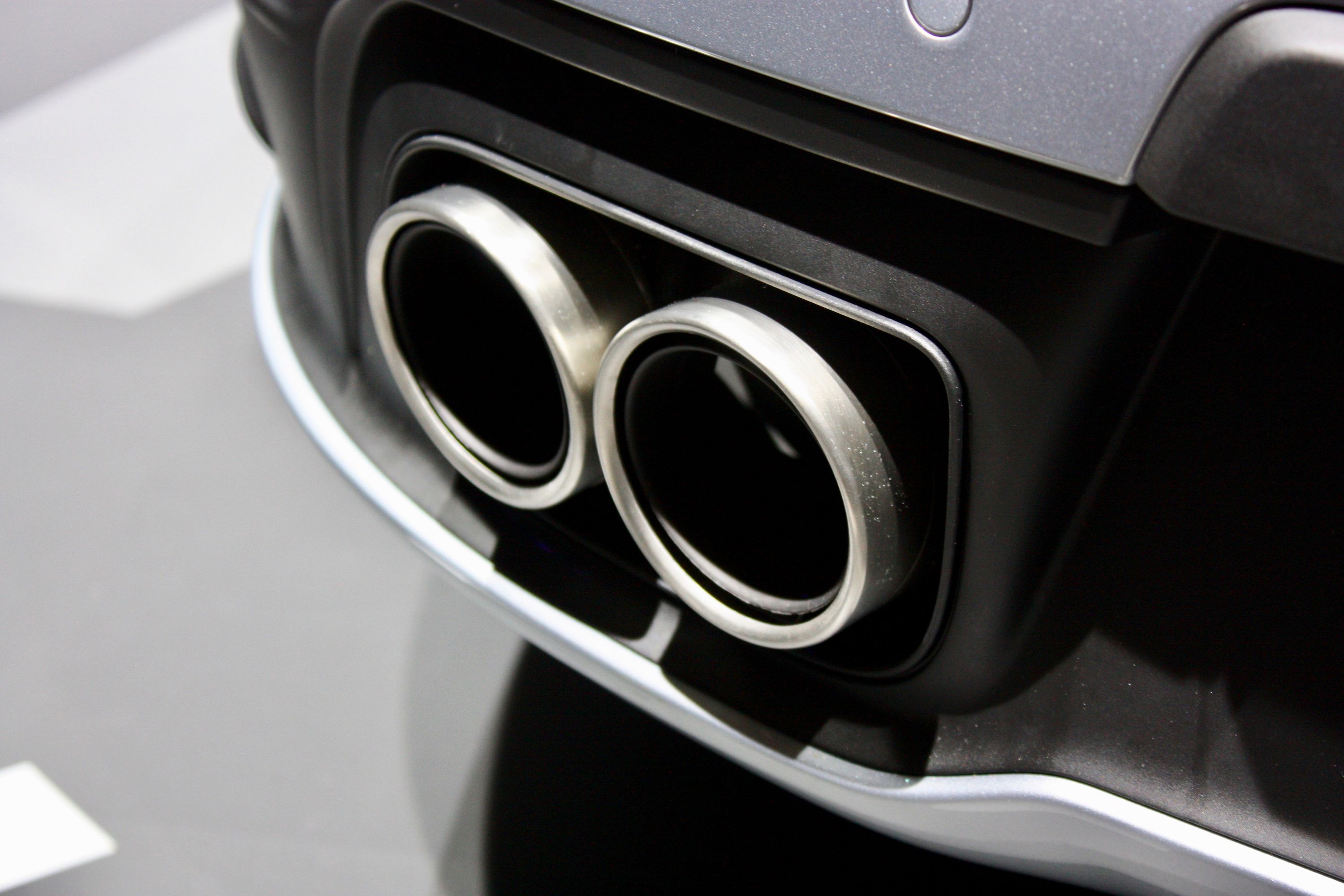
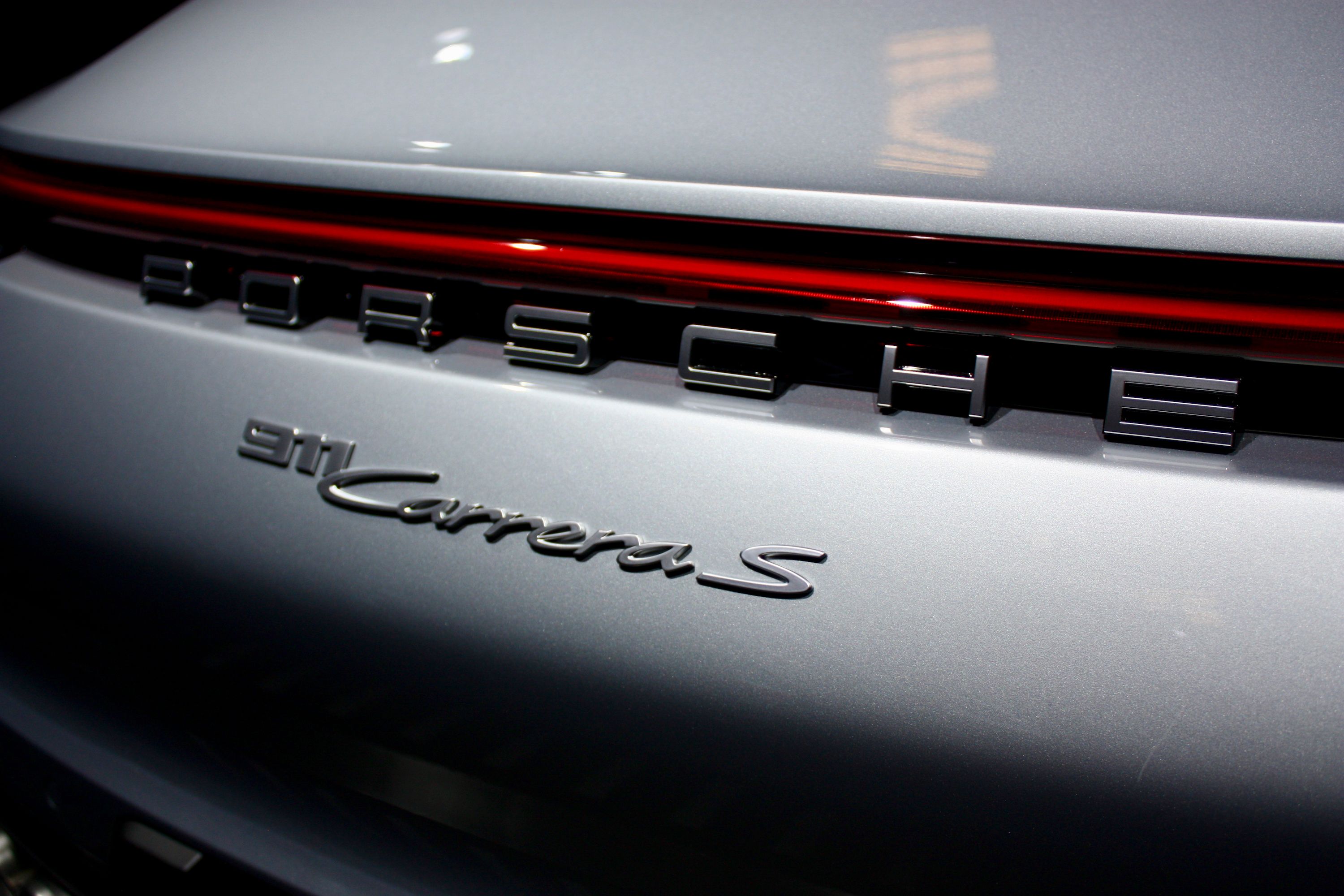
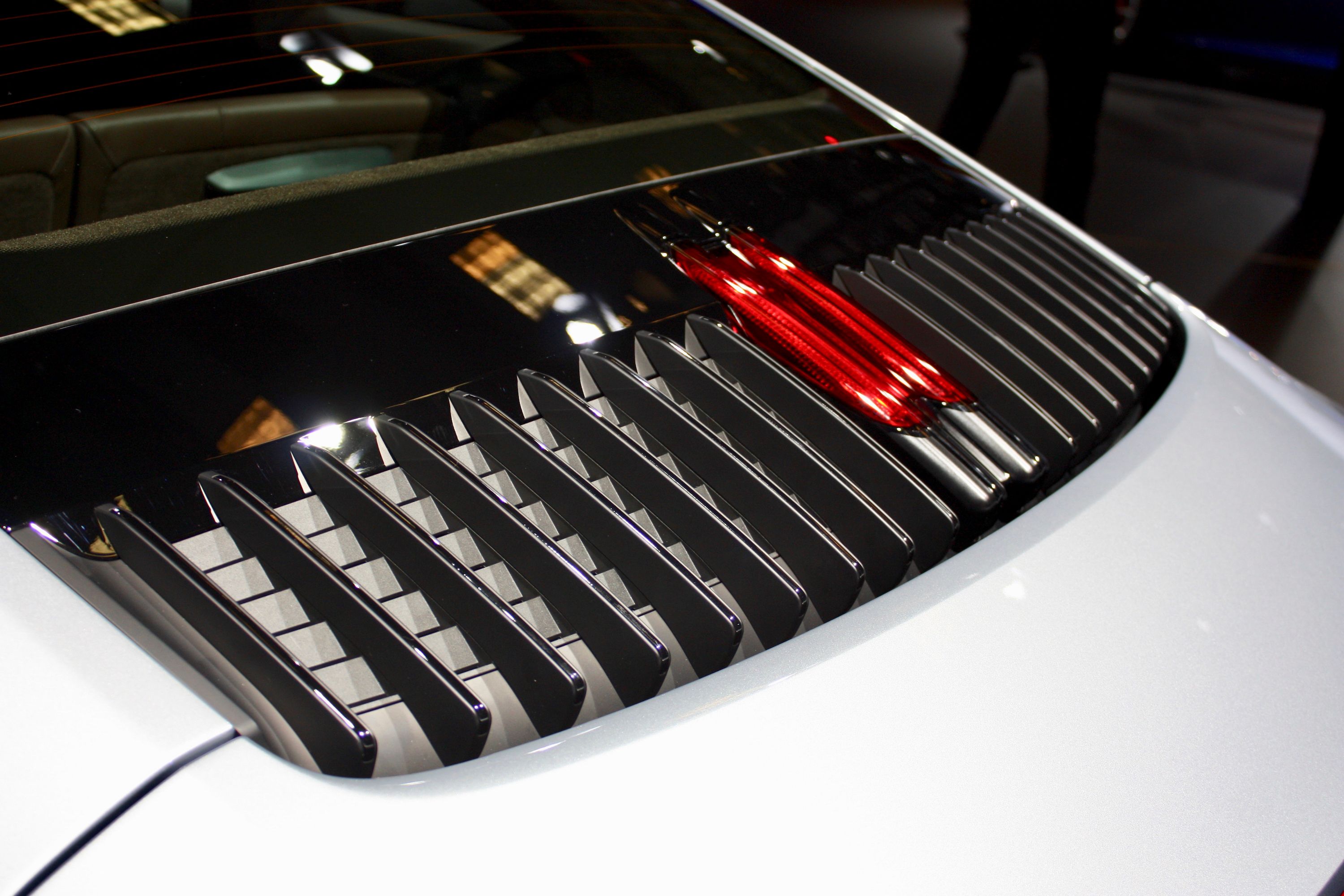
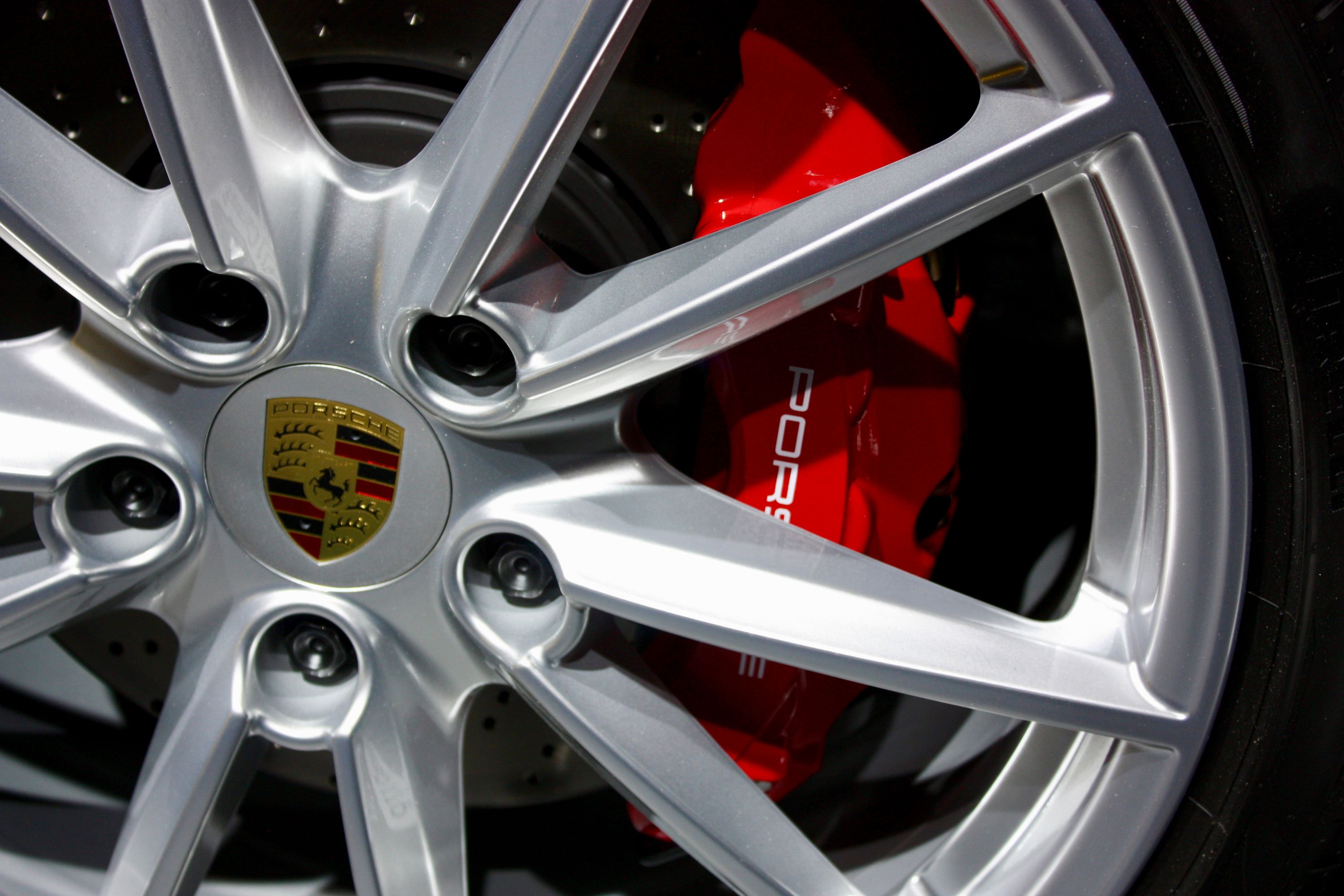
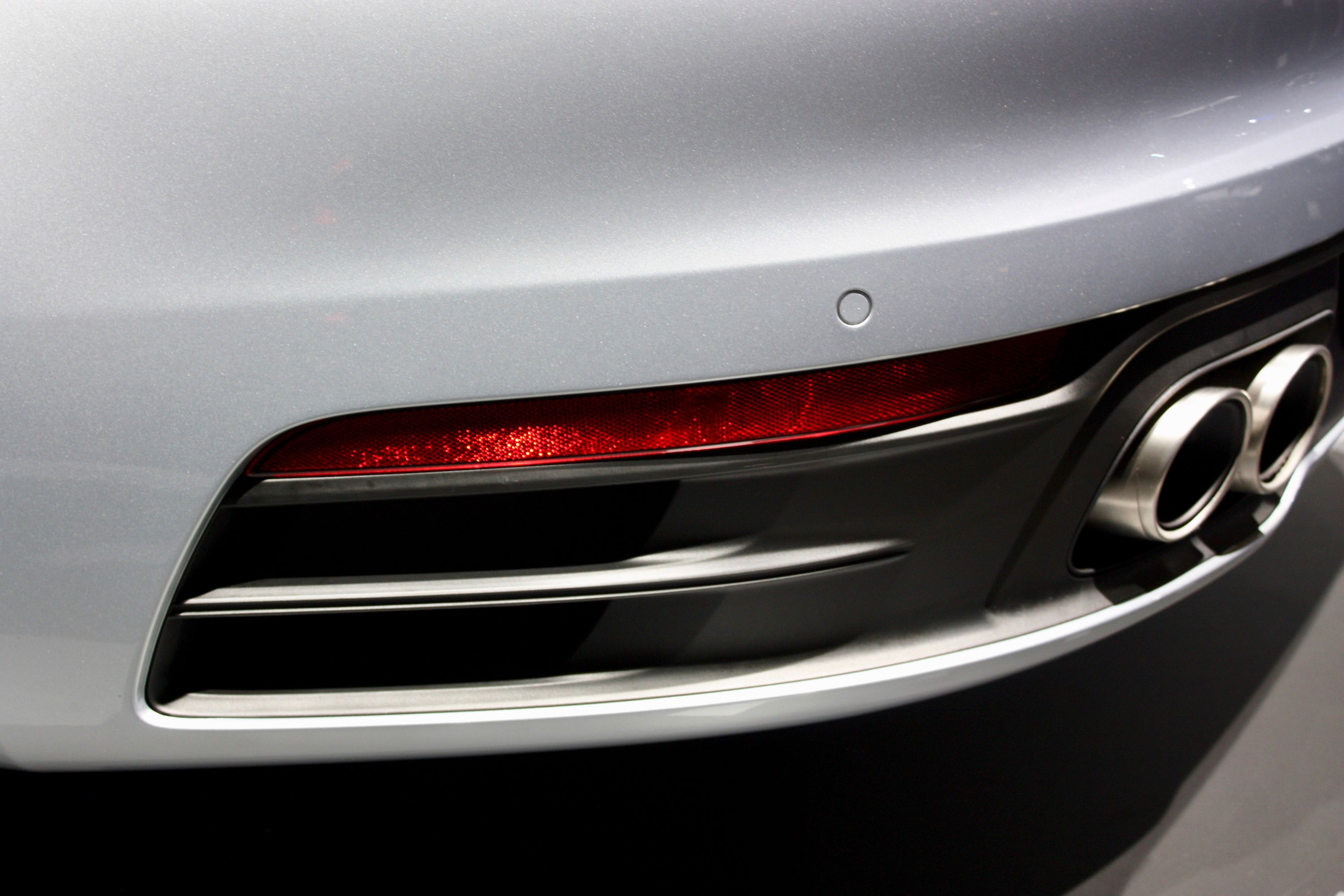
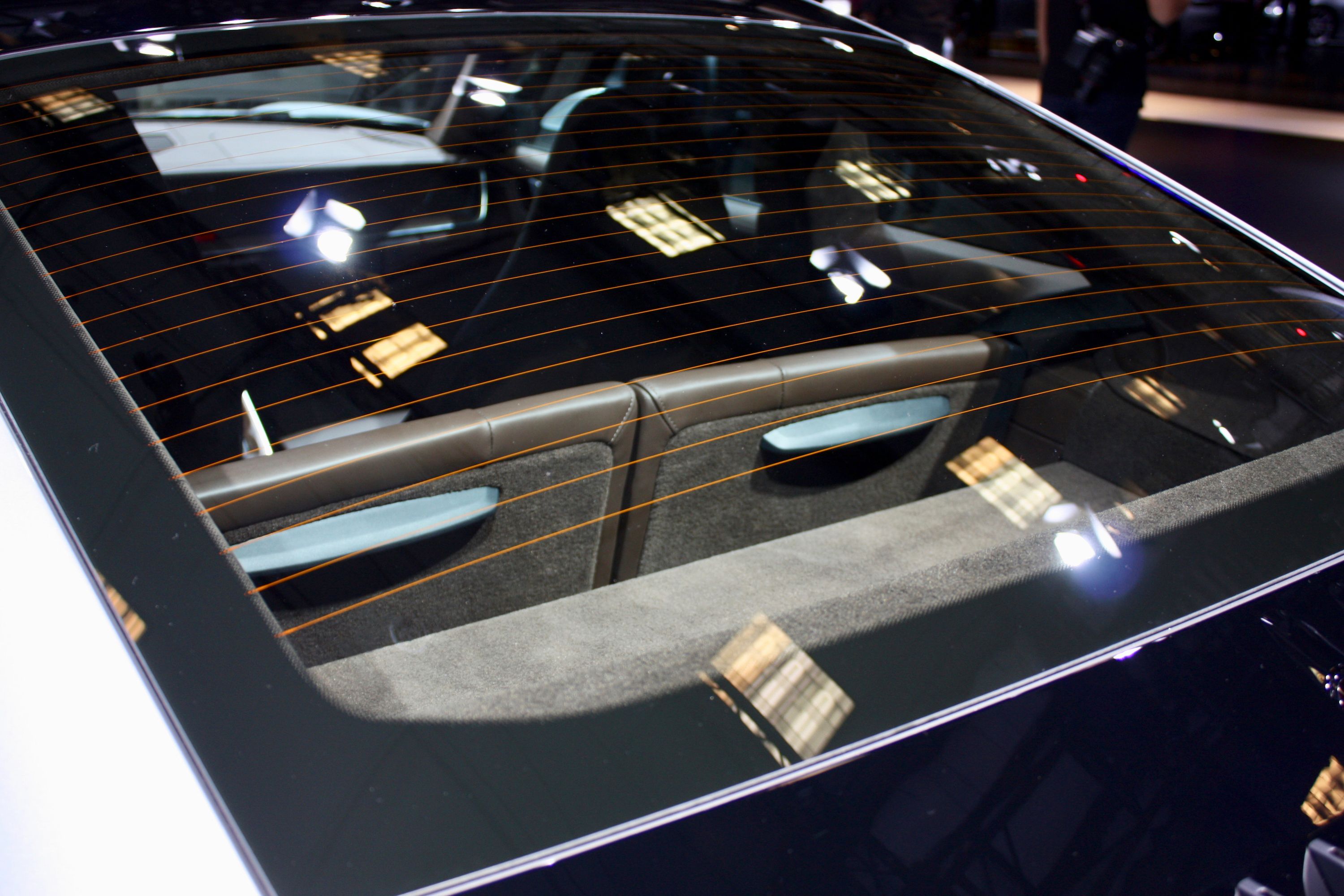
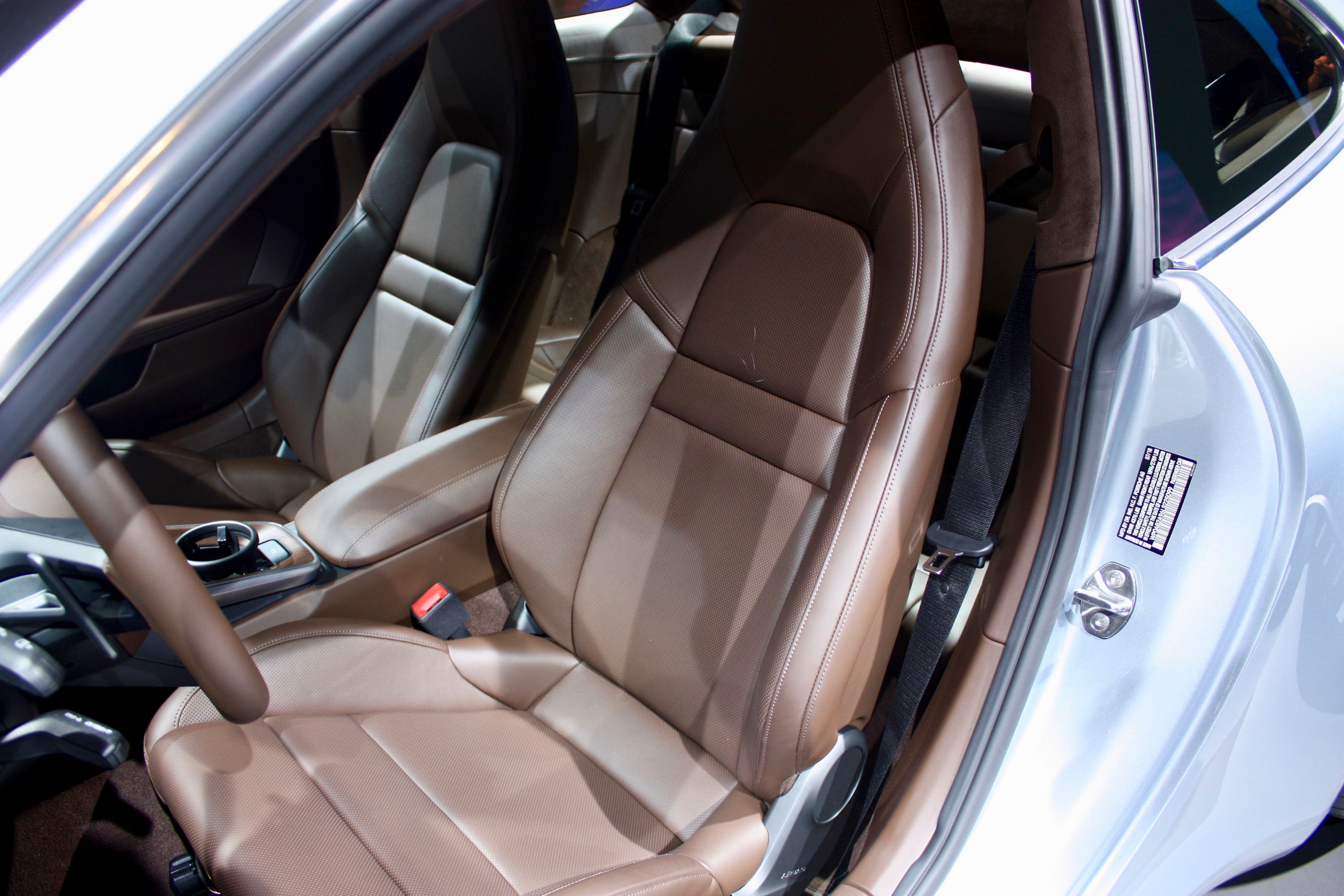
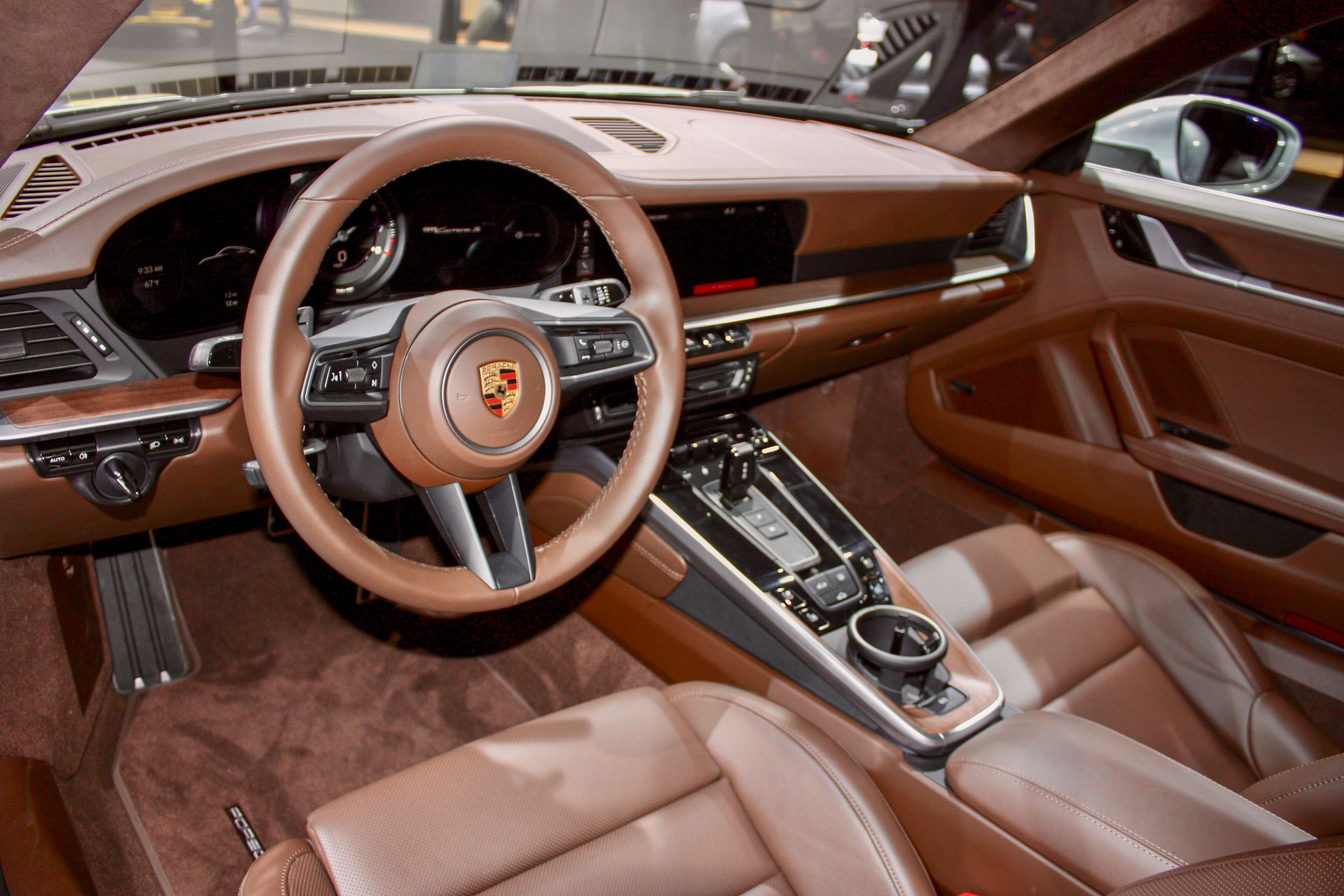
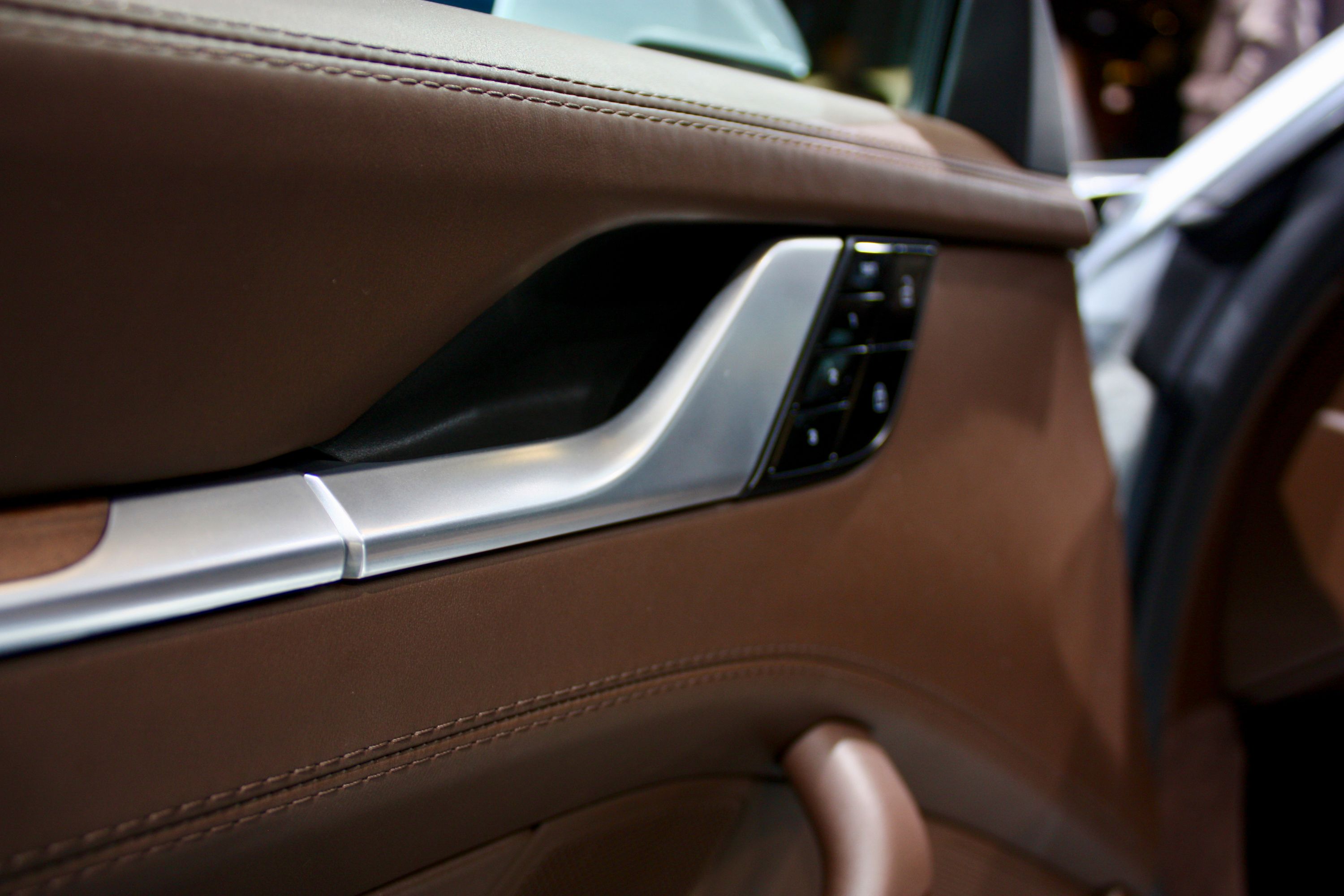
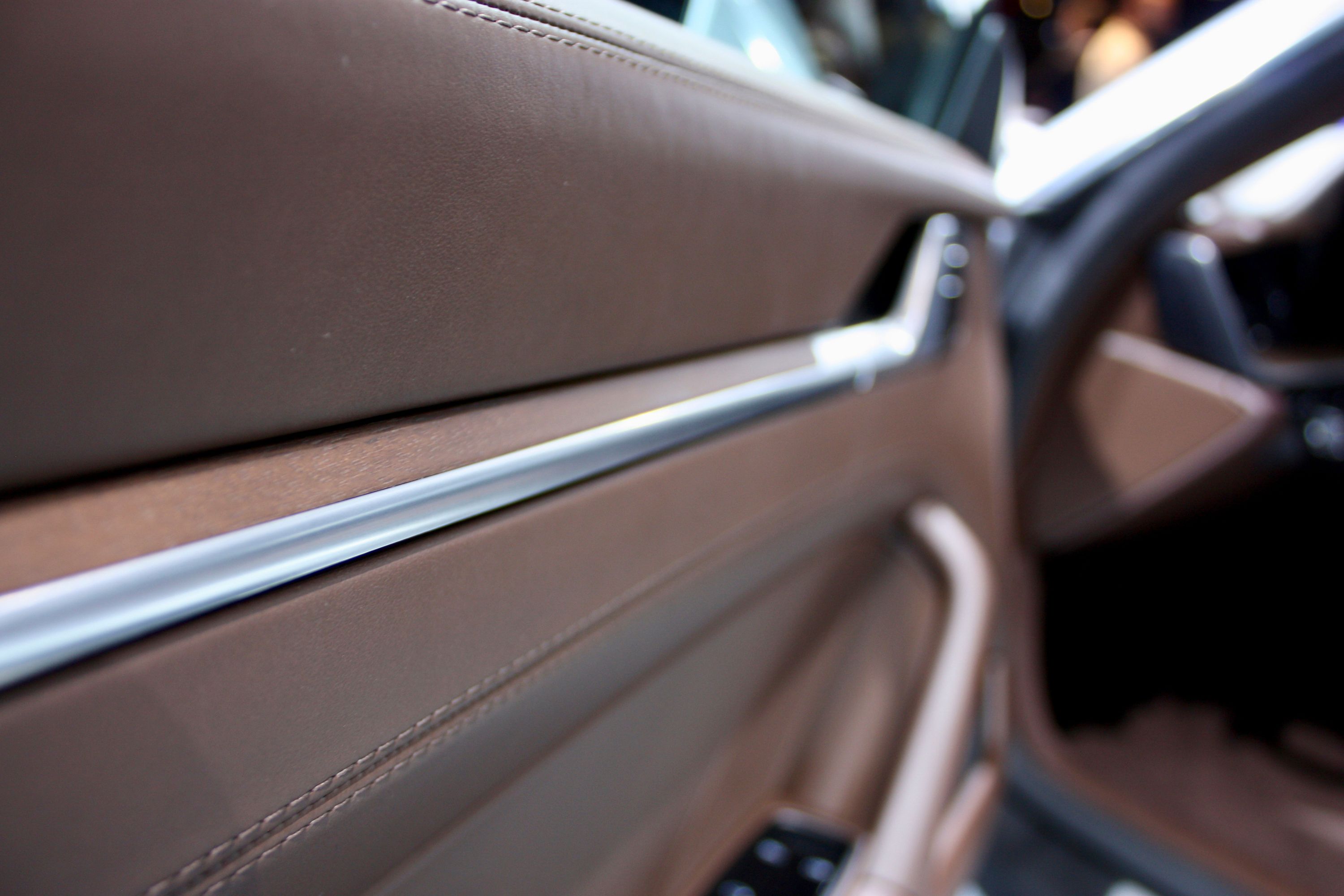
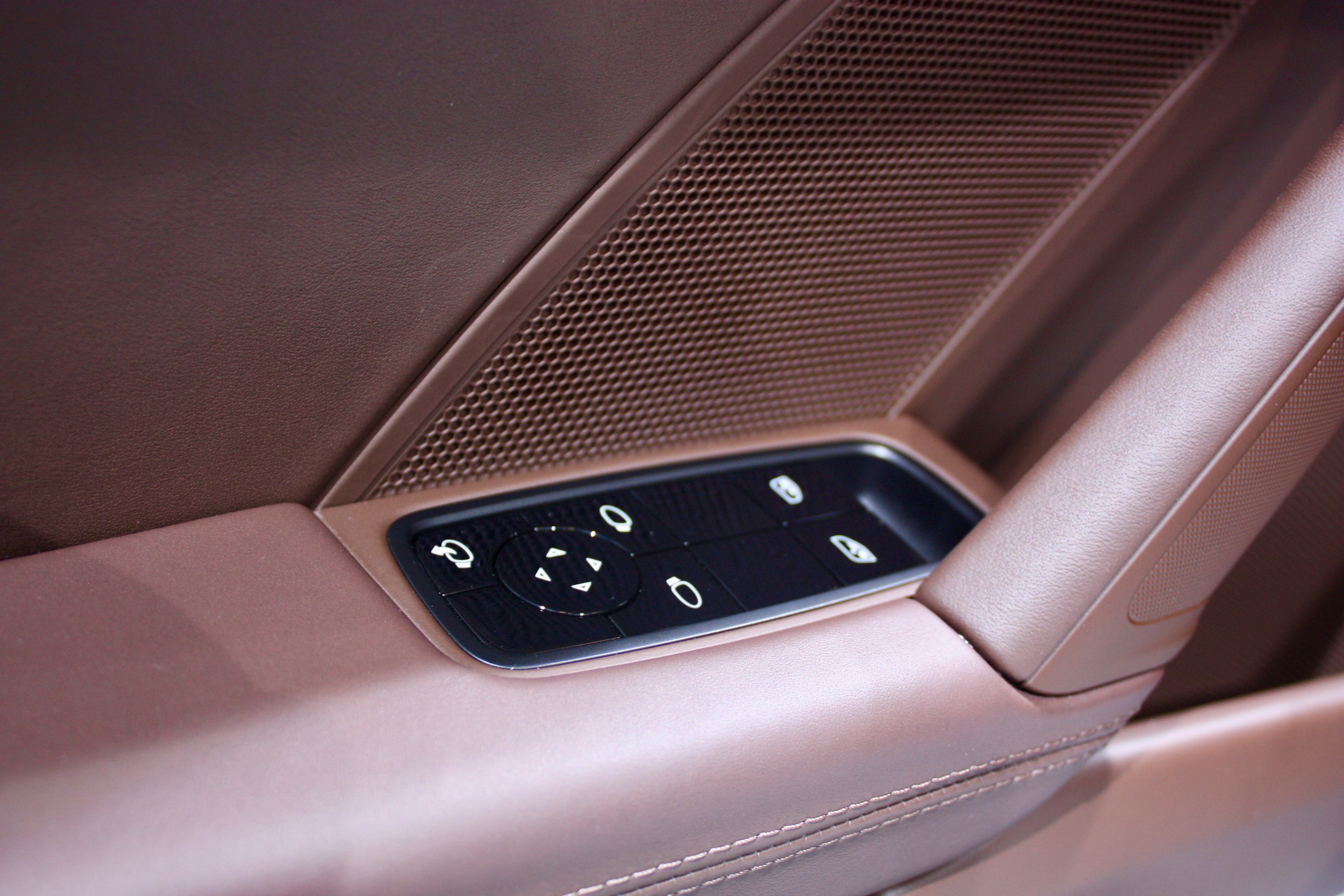
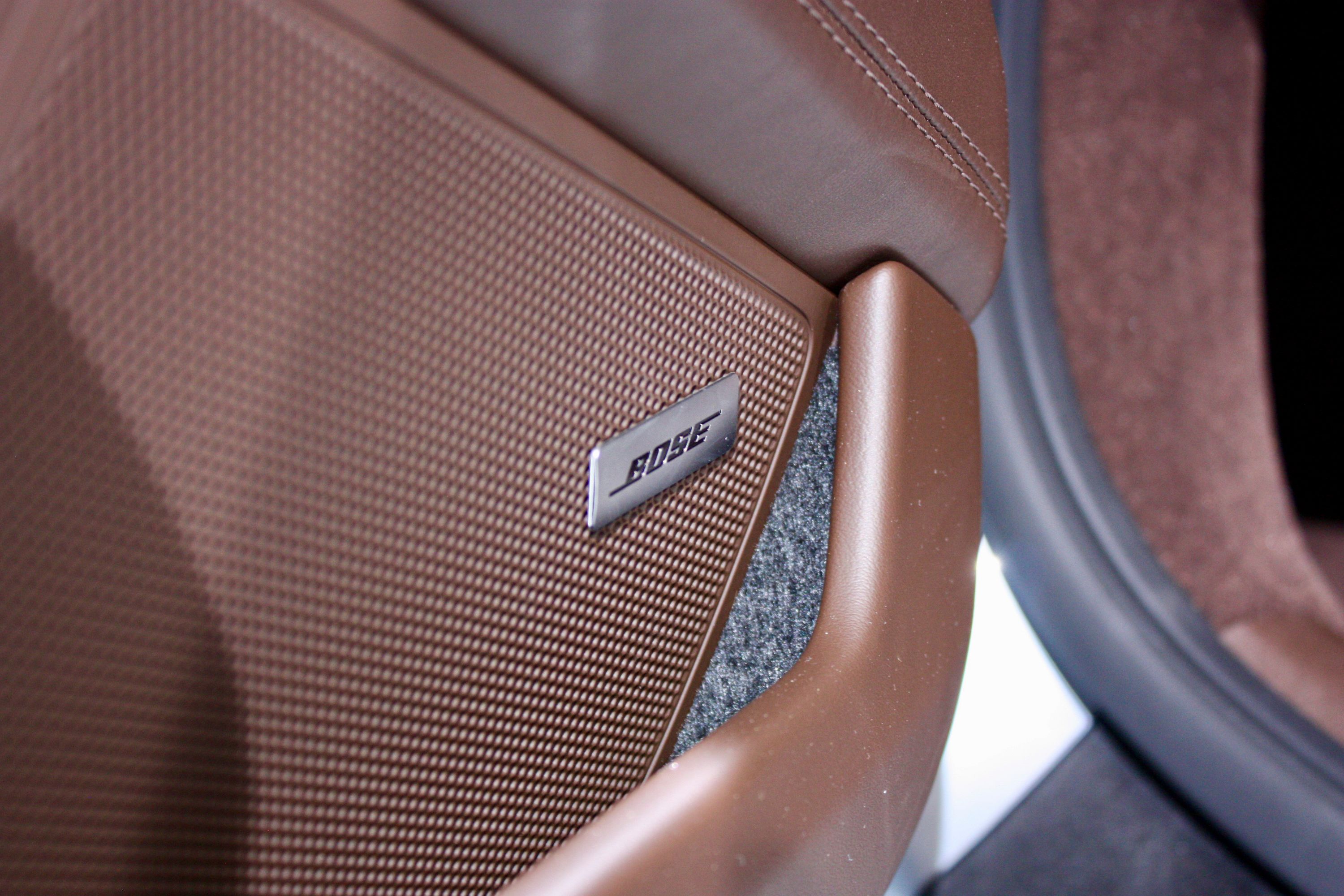
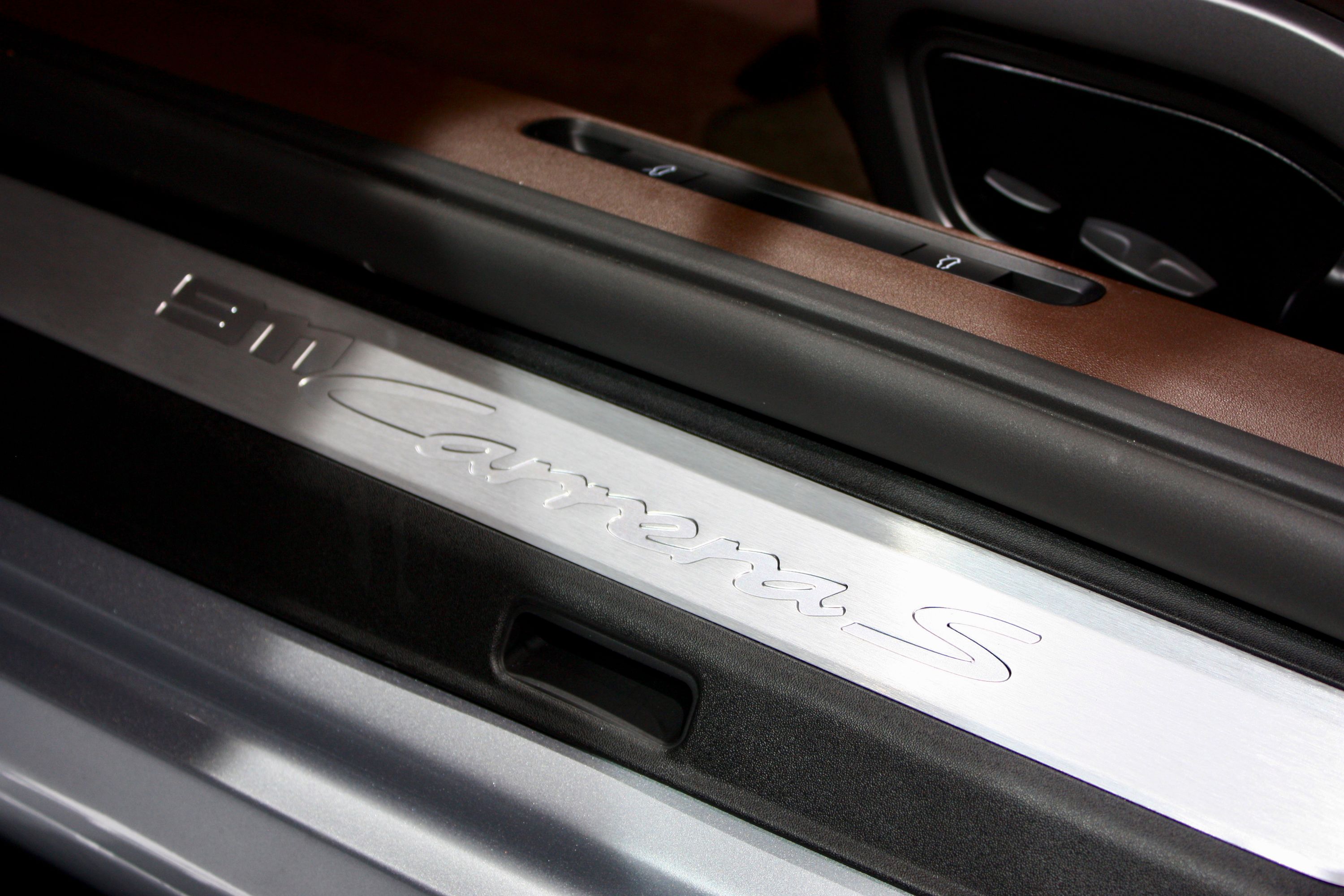
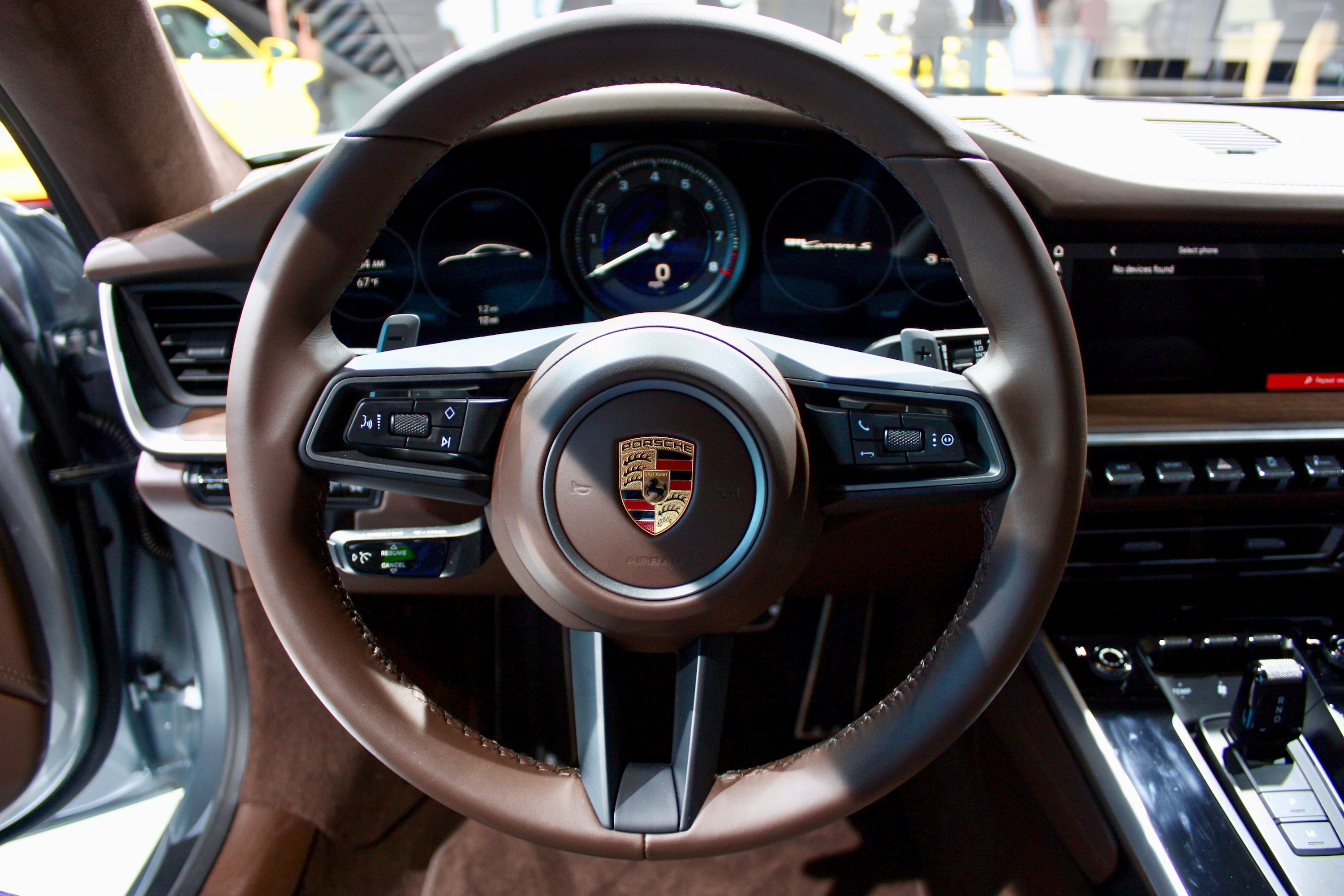
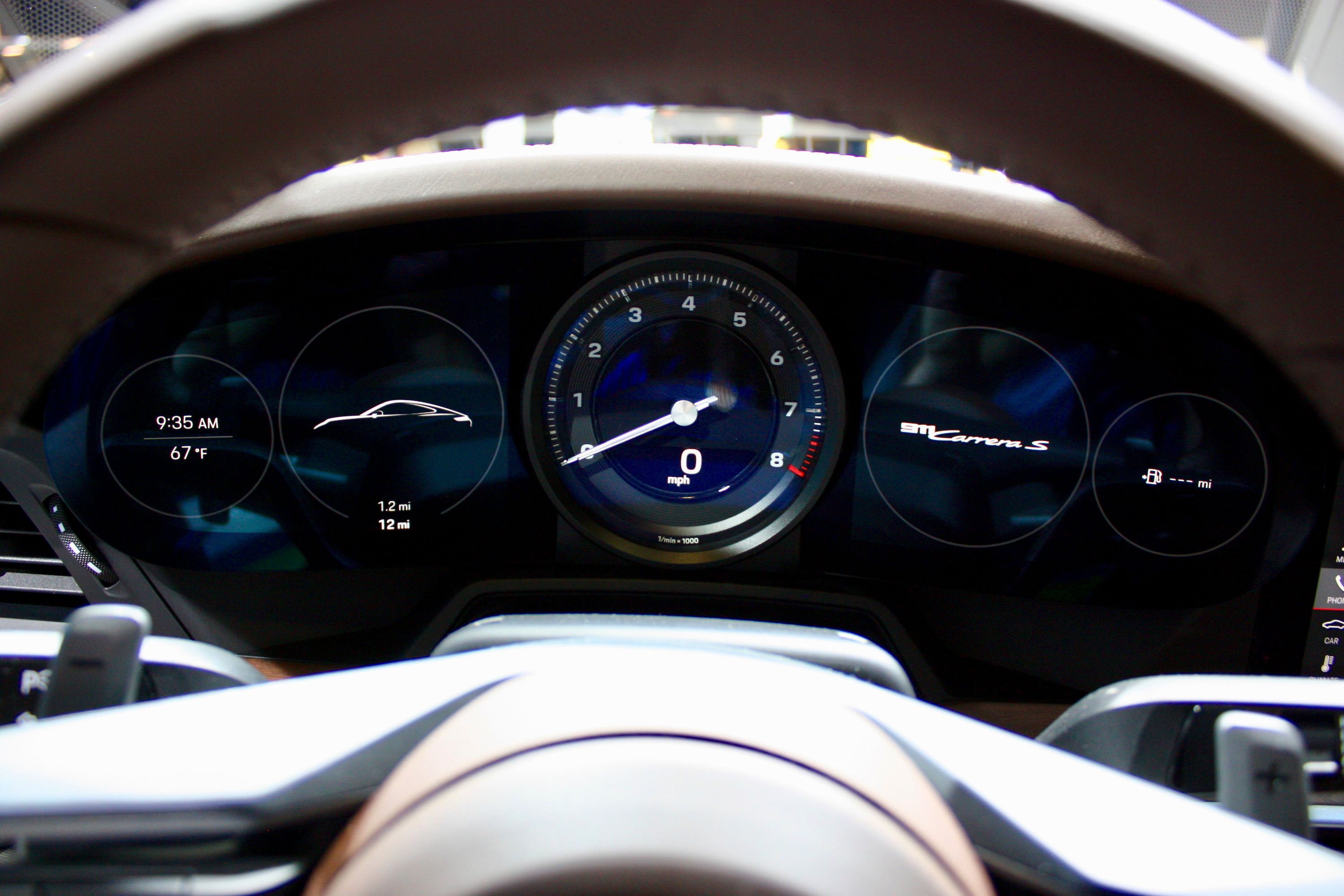
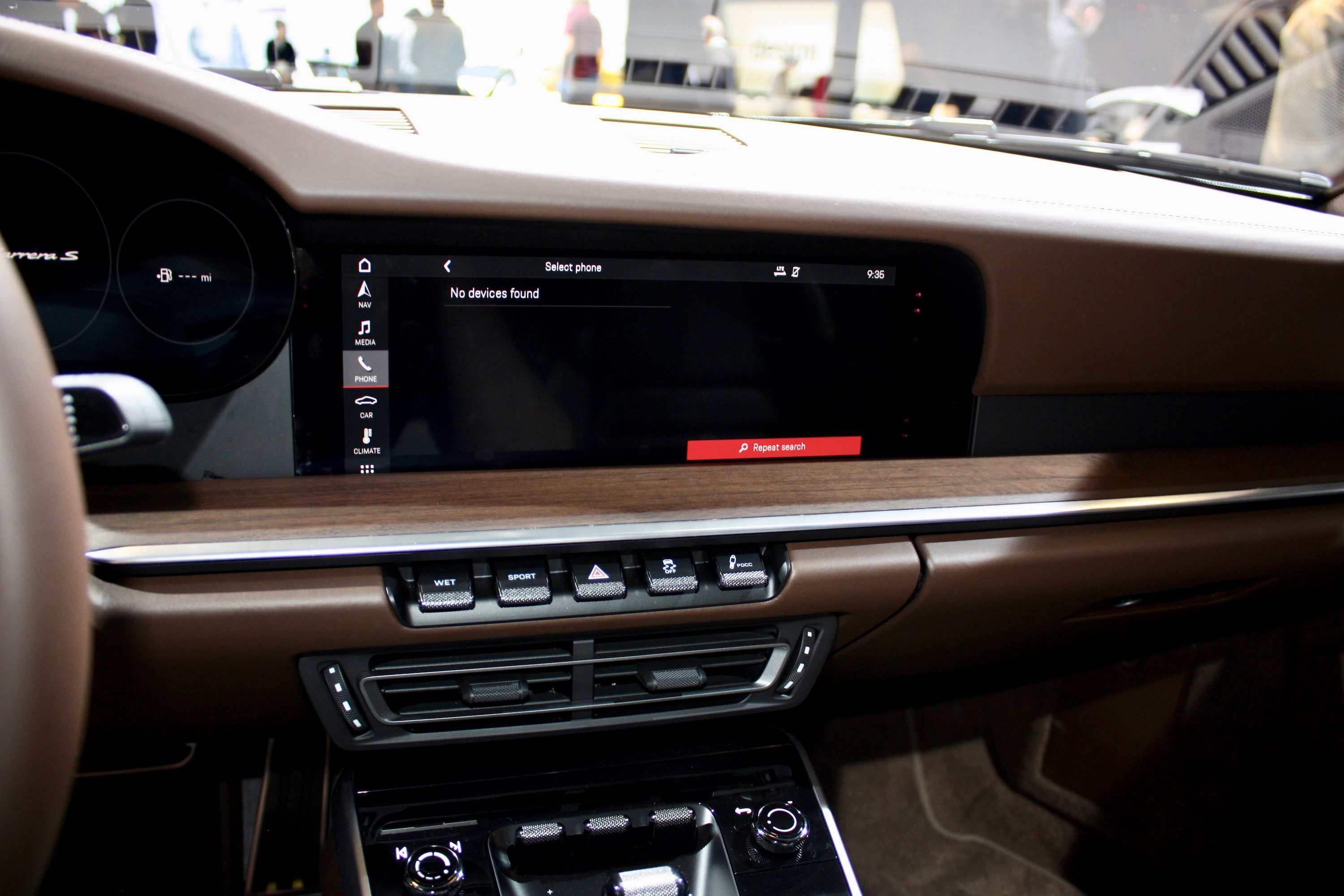
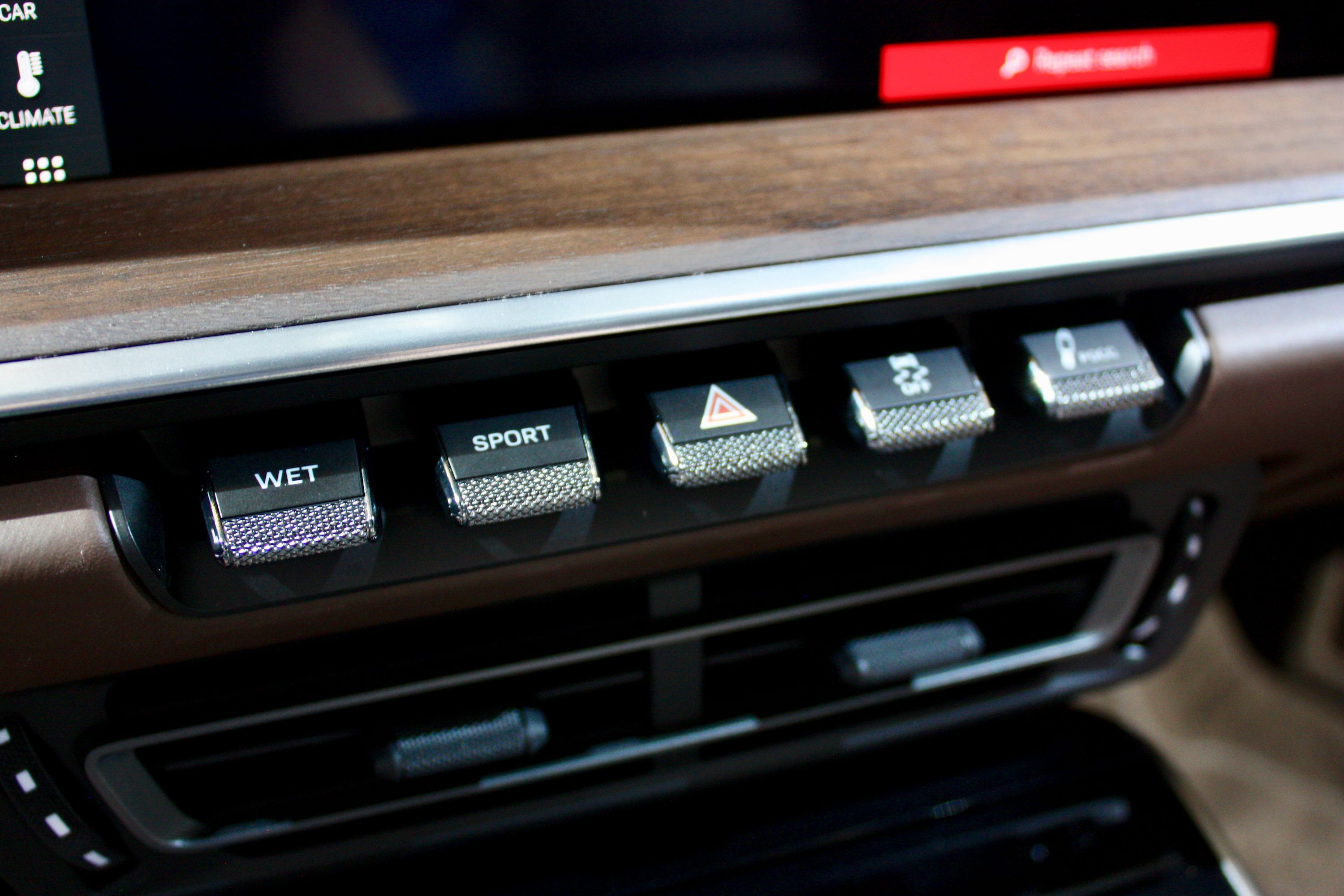
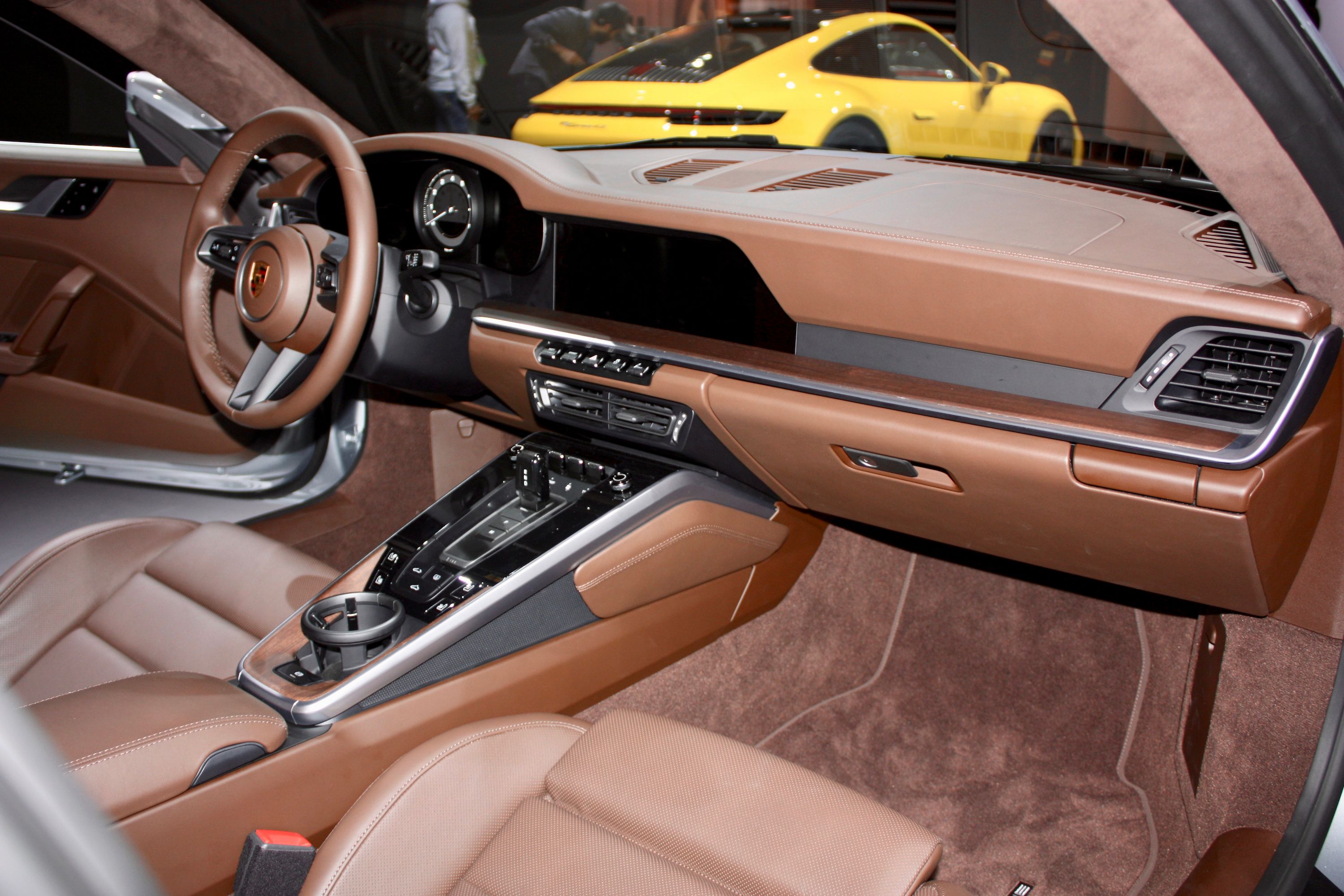
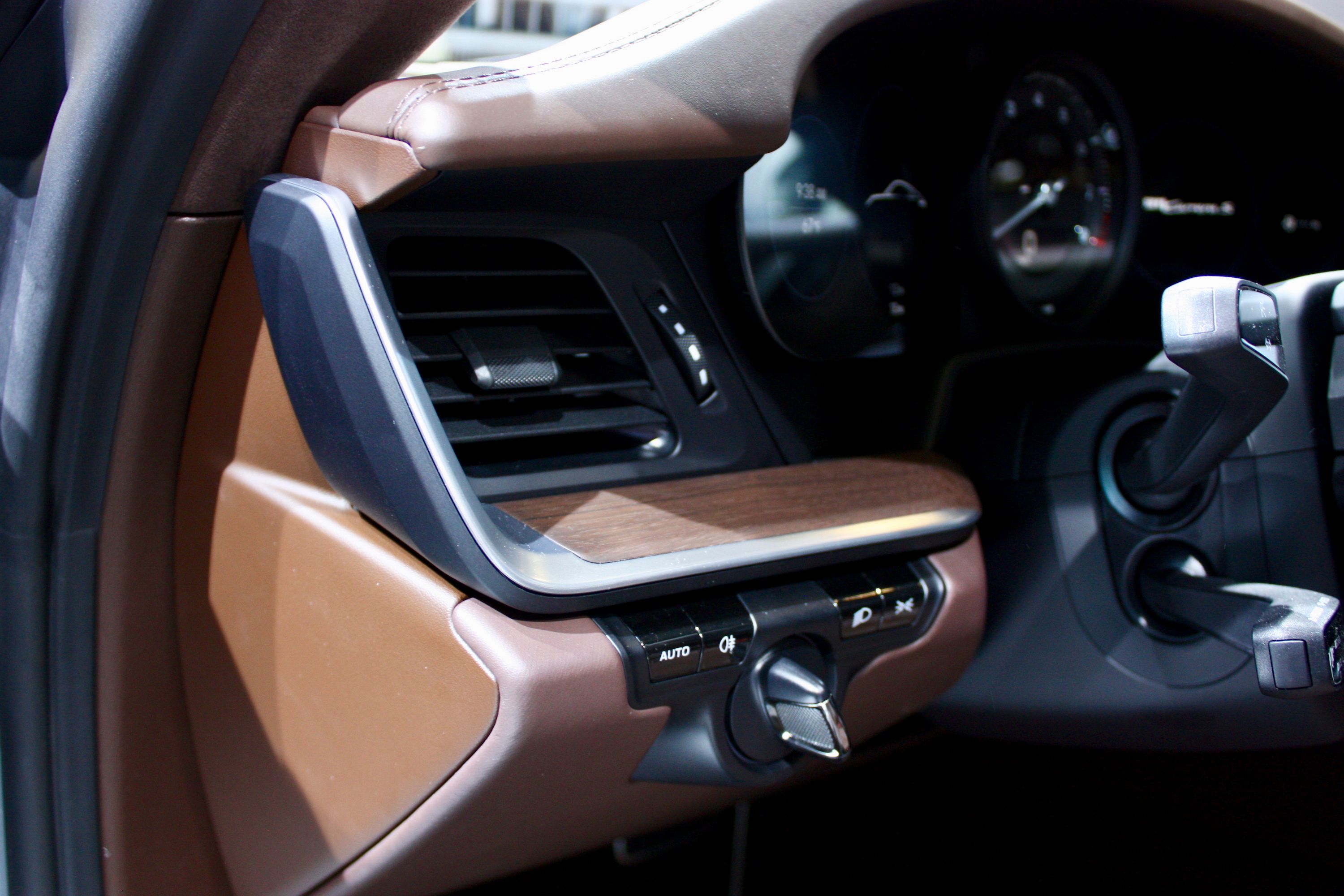
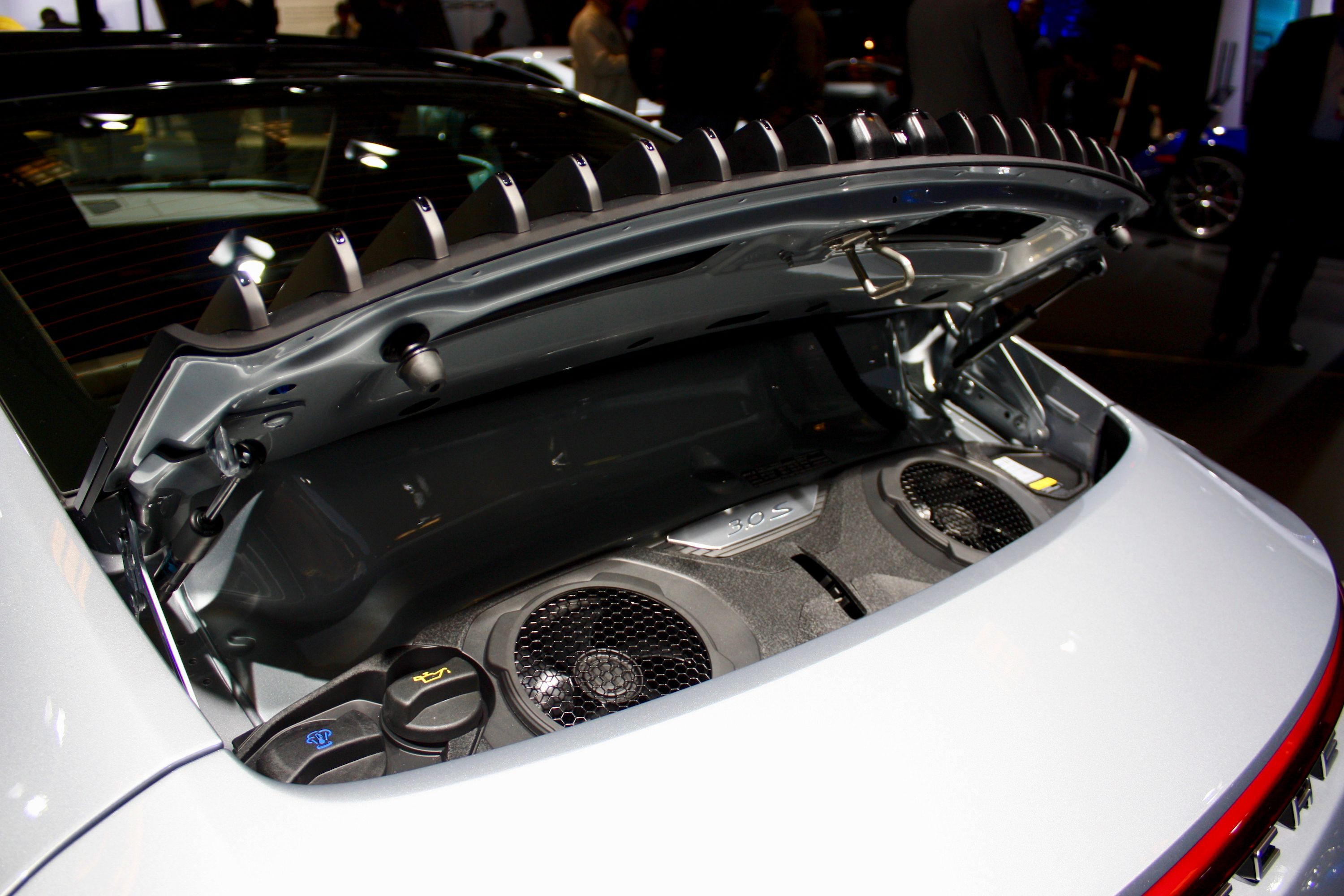
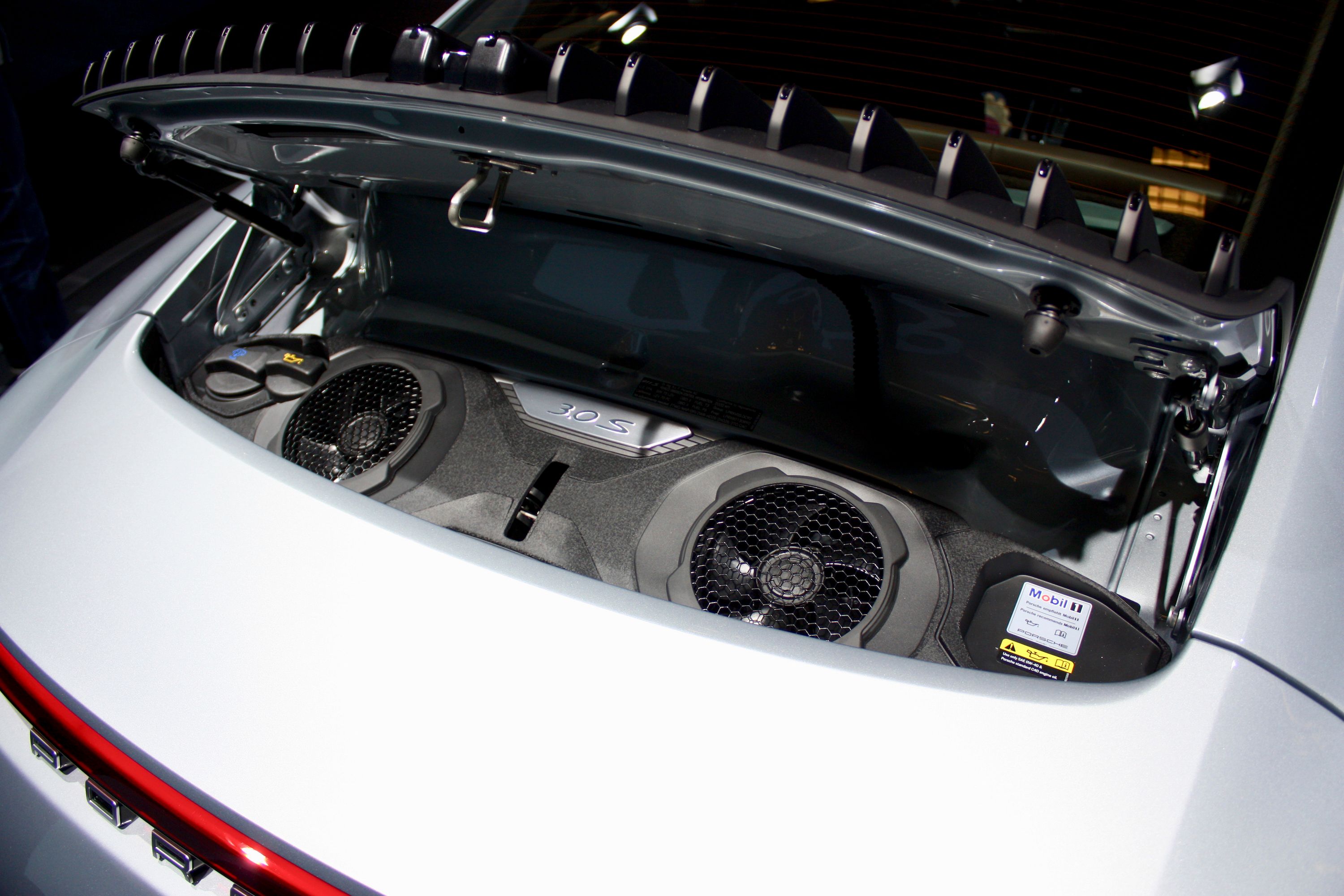
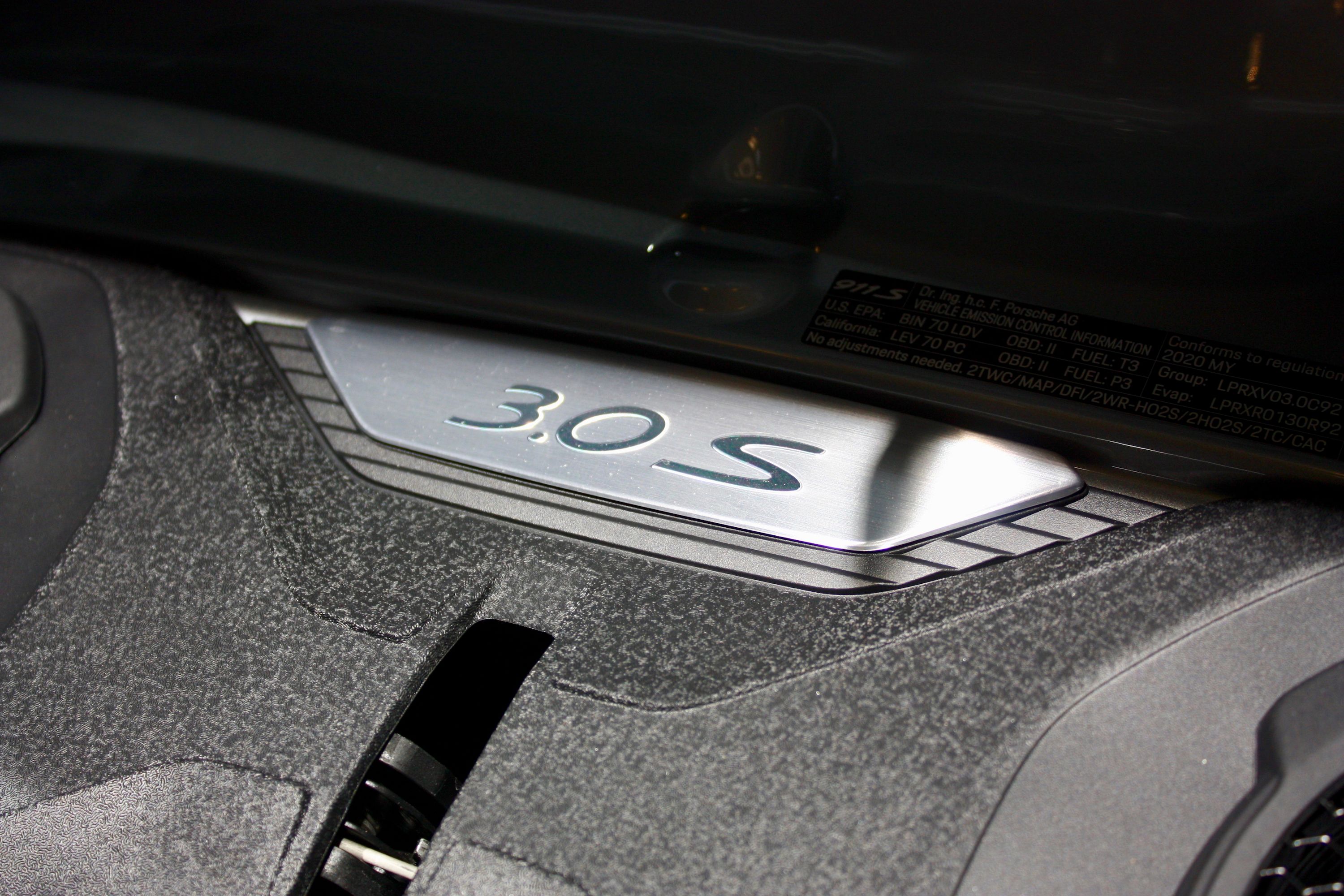
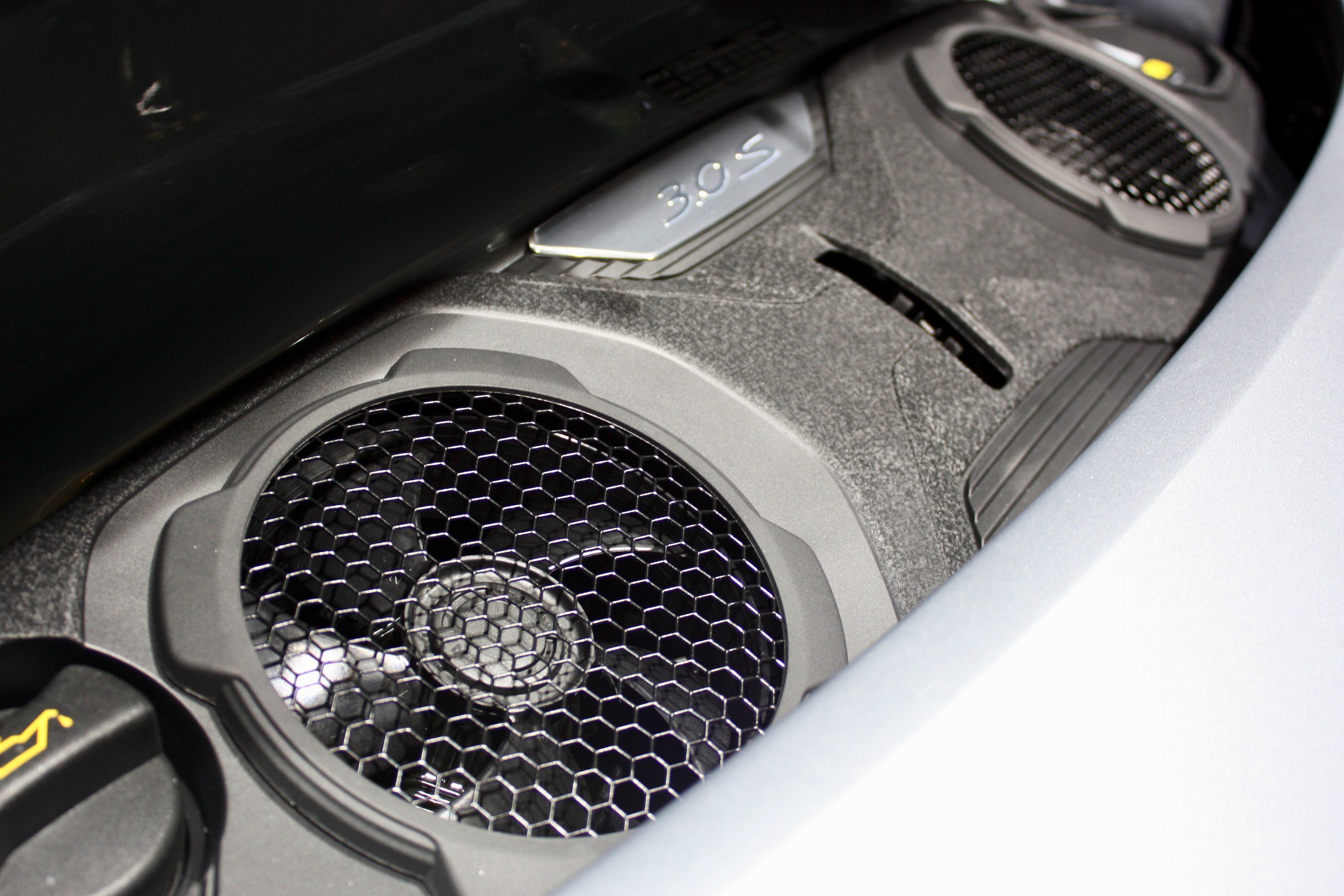
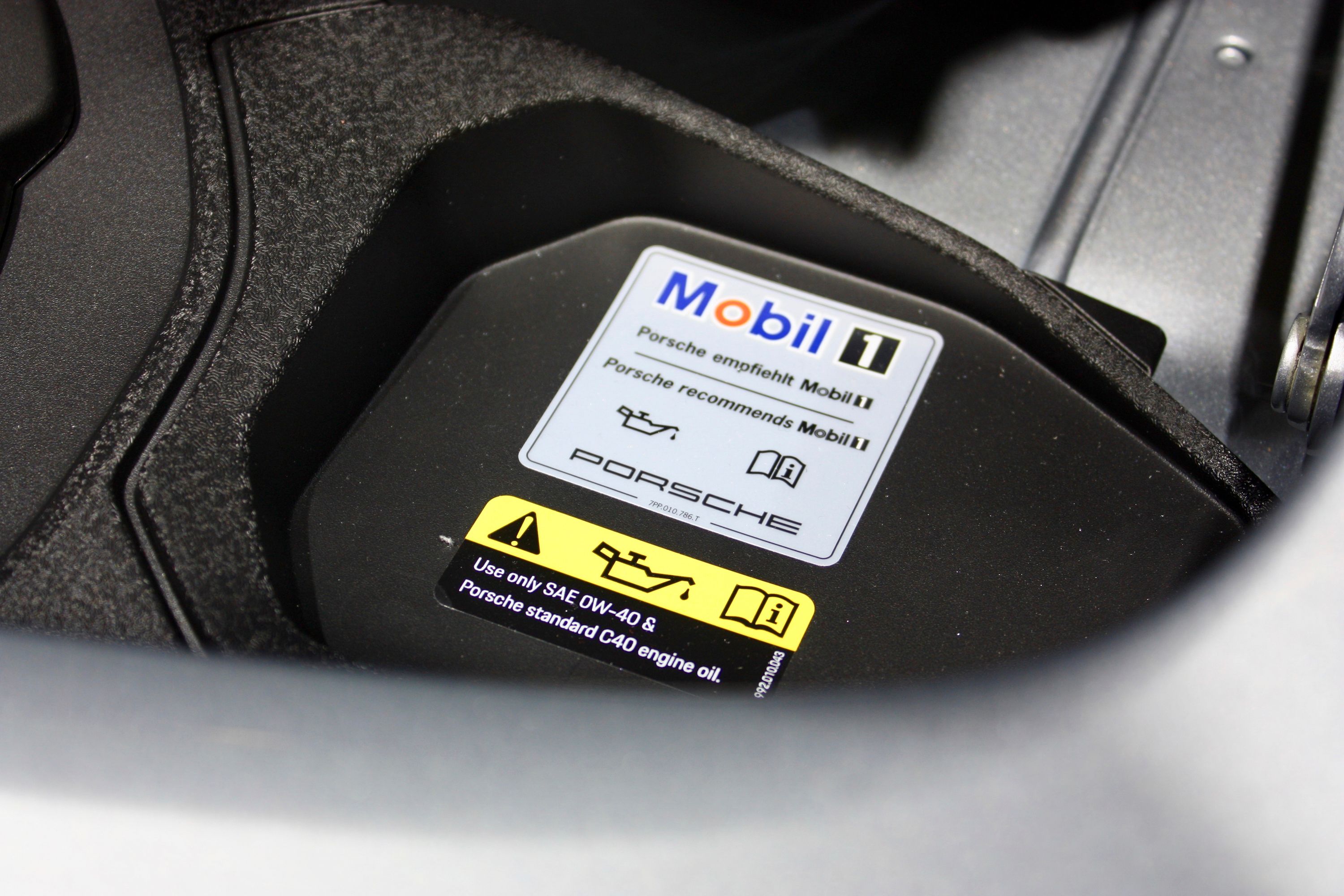
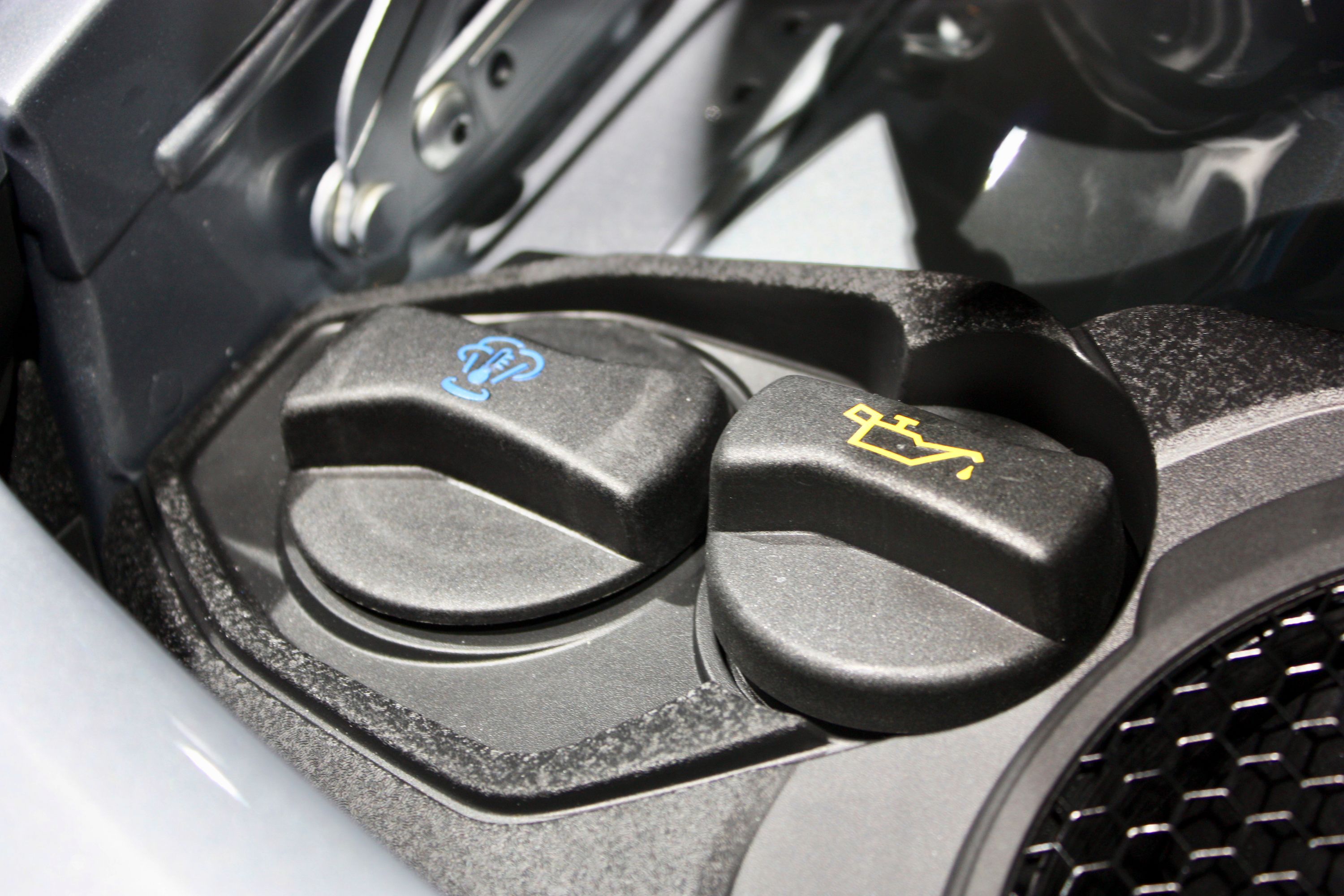
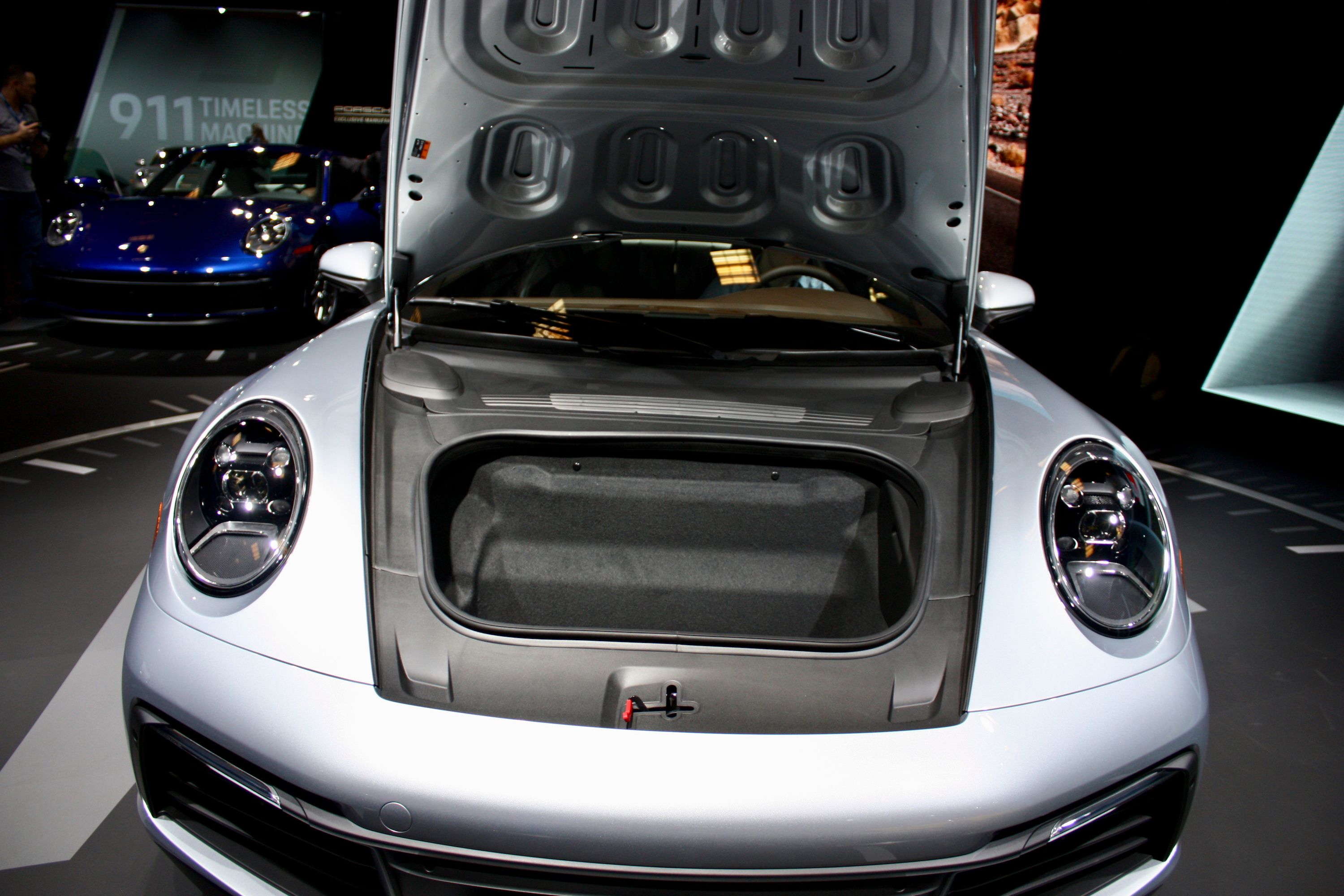
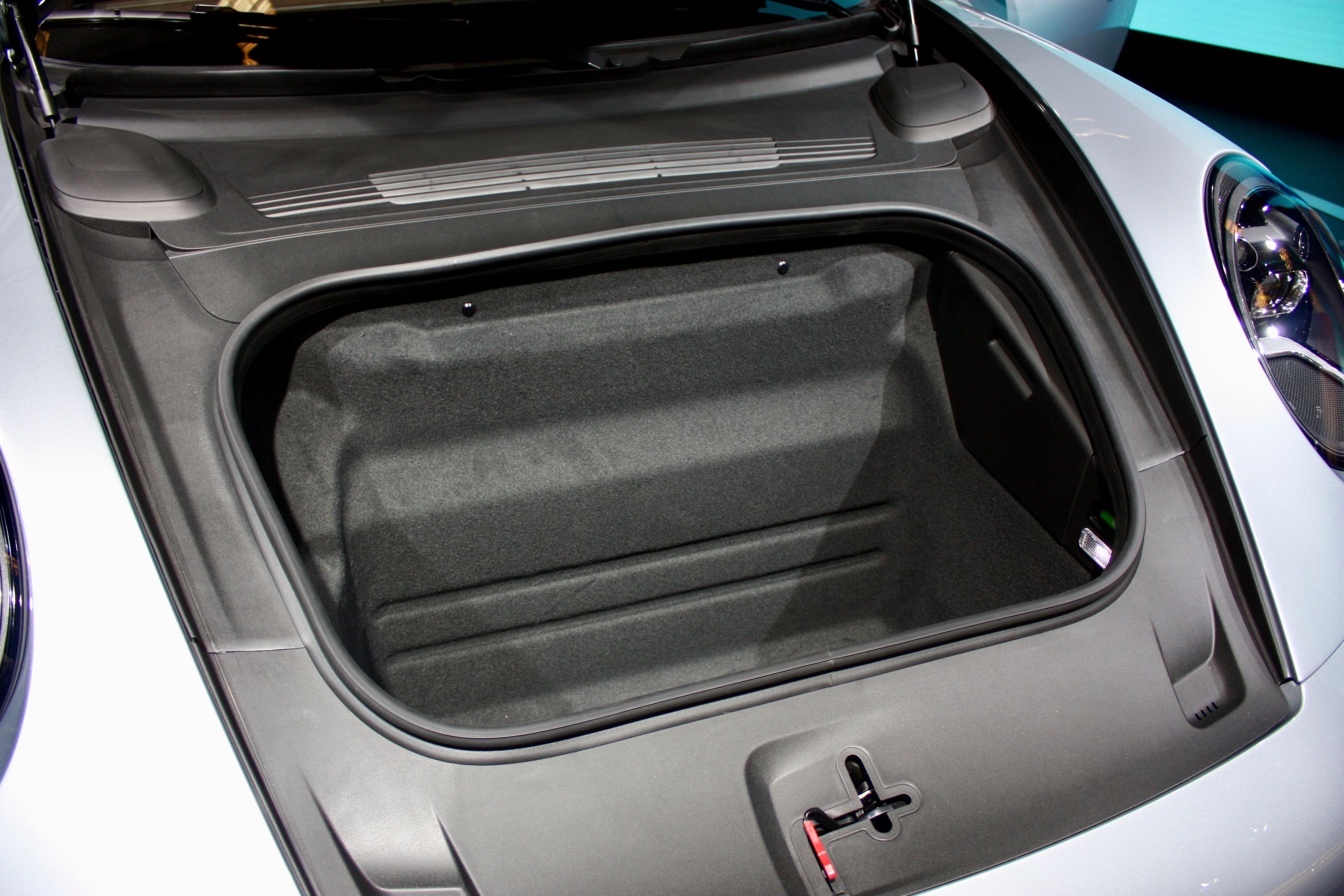
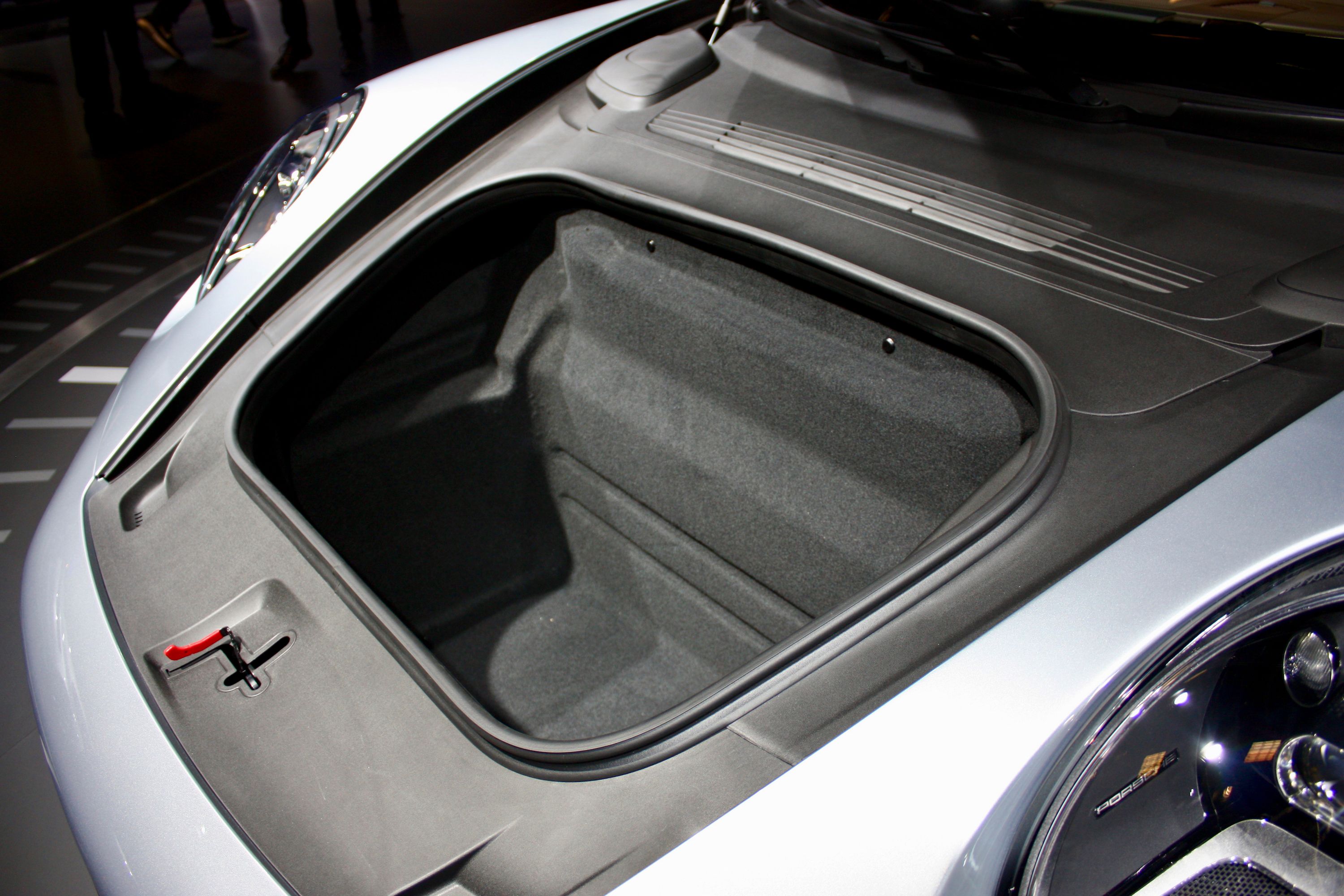
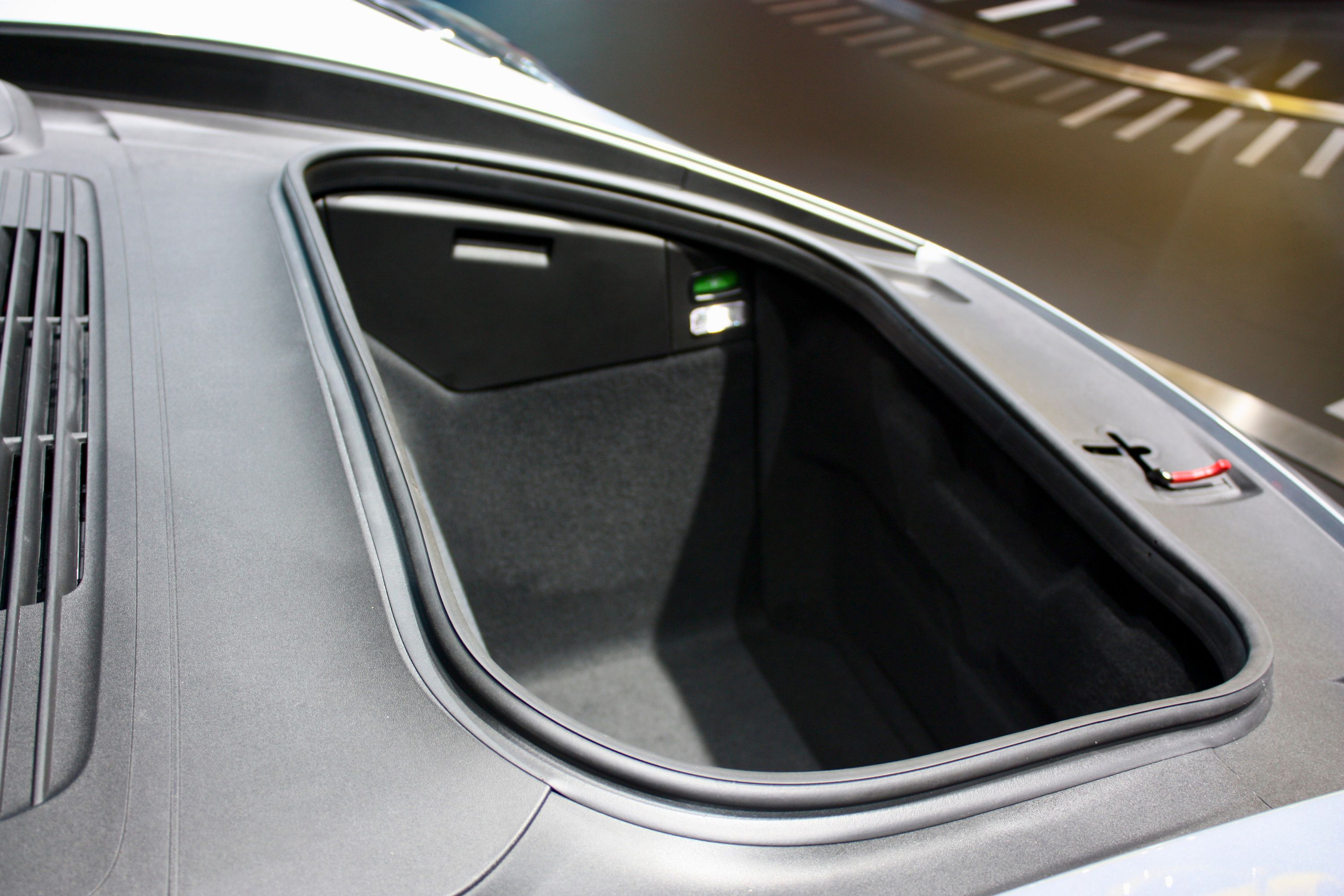



























- Make: Array
- Model: 2020 Porsche 911
- Engine/Motor: boxer 6
- Horsepower: 443 @ 6500
- Torque: 390 @ 5000
- Transmission: PDK
- [do not use] Vehicle Model: Array
2020 Porsche 911 Exterior
Not surprisingly, the new 911 retains the shape and proportions of its predecessor, a strategy that Porsche has been using since the 1960s. But there are a few notable changes to talk about, starting with a wider body.
While wider bodies were previously reserved for Carrera 4, GTS, and GT3 models, the base 911 now features a similar design. This is mostly because the sports car has wider track and thus needs wider fenders to cover the wheels. In numbers, the new 911 is 1.8 wider in the front and 1.7 inches wider in the rear.
The front section is also a bit longer than the old model, mostly because Porsche added a front hood with a distinctive recess in front of the windshield, a tribute to earlier generations of the 911.
The headlamps were redesigned as well. While they retain the four-point layout, the LED lights were repositioned. The same goes for the main light in the center. The revised bumper now features new surrounds for the side vents, which have a rectangular shape. These are finished in black and feature thin horizontal slats. They also include very slim daytime running lights seamlessly integrated into the upper trim.
The center section is different too, being narrower than on the previous model. It also has a rectangular shape, which makes the bumper look more aggressive. The trunk lid is now narrower and more angular toward the nose, a design inspired from the original 911.
Onto the sides, there are minimal changes to talk about besides the slightly longer, but barely noticeable front end and the beefed-up fenders. The 911 now features flush door handles, while the mirror caps have been reshaped in order to reduce wind noise. The profile is rounded out by new wheel designs with rims measuring 20 inches up front and 21 inches to the rear.
There are more changes to talk about around back though. For starters, the retractable spoiler (or variable-position spoiler, as Porsche likes to call it) is larger and wider than before and extends just above the taillights. The way it moves is also unique, as it’s fully integrated into the bodywork when not in use. The hood grille has also been changed, now looking similar to the original 911. The new design also includes a red stop light in the center. The vertical louvers are finished in black on rear-wheel drive models and in silver on the AWD Carrera 4S.
The taillights are thinner than ever and the extremely slim red light bar extends over the entire width of the fascia. Paired with the "Porsche" lettering below, it reminds of 911s from 1980s and 1990s.
While it's not noticeable under the paint, the entire body, except for the front and rear fascias, is now made from aluminum.
Like the current model, the next-gen car will also become available in convertible and targa body styles. Naturally, the Carrera, Turbo, and GTS models will have their own unique features on the outside.
2020 Porsche 911 Exterior Dimensions
|
Length |
177.9 in |
|
Width w/ mirrors folded |
72.9 in |
|
Width |
79.7 in |
|
Height |
51.2 in |
|
Wheelbase |
96.5 in |
|
Front track |
62.5 in |
|
Rear track |
61.2 in |
|
Drag coefficient (Cd) |
0.31 Cd |
|
Turning circle |
36.8 ft |
|
Curb weight |
3,382 lb |
|
Gross Vehicle Weight Rating (GVWR) |
4,376 lb |
|
Maximum load |
994 lb |
2020 Porsche 911 Interior
While the exterior remains familiar, the interior marks a significant departure from the 991 model.
As a result, the infotainment display sits higher in the dashboard now. Placed just above the separation area between the two levels, the screen is notably wider, now measuring 10.9 inches. The A/C vents were lowered as well, now positioned just above the center console. Right below the screen there's a thin control panel with five buttons shaped like toggle switches for a vintage look.
The revised center console is shorter and look cleaner now, with just a few buttons and knobs placed above the below the gear selector.
The instrument cluster retains the center-mounted rev counter flanked by a pair of clocks on each side, but they're digital now and the entire unit is wider. The steering wheel retains the design of its predecessor, but Porsche designed thinner spokes and new controls on each side. The door panels look cleaner as well and appear to offer more storage room in their lower areas.
The 911 features new seats as well. The big news here is that they're positioned 0.2 inches lower and feature a thinner seat cushion, which means the driving position is very much similar to that of a full-fledged supercar. However, Porsche stresses that despite the sporty position, seating comfort is better than ever, as is lateral support in the shoulder areas.
The German firm didn't have much to say about the tech behind the new infotainment system, but it did mention that it features the latest Porsche Connect Plus with online traffic traffic information. I will come back with an update as soon as Porsche spills the beans.
2020 Porsche 911 Drivetrain
The twin-turbo mill sports an important amount of upgrades, starting with new, larger turbochargers with a symmetrical layout and electrically controlled wastegate valves. It also features a completely redesigned charge air cooling system, and, for the first time, piezo fuel injectors. All these improvements enhance the responsiveness, endurance, and the free-revving nature of the engine.
Of course, the new internals also improve power and torque ratings. The base Carrera comes with 379 horsepower and 331 pound-feet of torque on tap, a nine-horsepower increase, but a one-pound-foot decrease compared to the old model. Although it's only marginally more powerful, the 992-generation Carrera 4 is a tenth-second quicker than its predecessor. Specifically, the sports car needs four seconds to hit 60 mph from a standing start in base setup. When equipped with the Sport Chrono Package, the benchmark drops to 3.8 seconds, also a tenth-second improvement. Both figures are for the PDK-fitted models.
The same flat-six unit generates 443 horsepower and 390 pound-feet in the Carrera 4S. These figures that account for 23-horsepower and 22-pound-foot improvements over the old model. The new Carrera 4S is also 64 horsepower and 59 pound-feet more powerful than the new Carrera 4.
Although not significantly more powerful, the new Carrera S is notably quicker, needing 3.5 seconds to hit 60 mph from a standing start, which makes it almost a half-second quicker than its predecessor. Add the Sport Chrono option and the benchmark drops to 3.3 clicks. Top speed is the only number that's carried over, remaining locked at 191 mph.
All the figures above are for 911s equipped with the automatic PDK transmission.
Although not available at launch, a seven-speed manual transmission was introduced in November 2019. The gearbox is available on Carrera S and Carrera 4S models only and are paired to the Sport Chrono package. Just as before, manual models are notably slower than the PDK one. Specifically, the Carrera S accelerates to 60 mph in four seconds. That's a half-second slower than the Carrera S with PDK and 0.7 seconds slower than the same model equipped with the Sport Chrono Package.
The AWD-fitted 911 Carrera 4S hits 60 mph in 3.9 seconds, a tenth-second quicker than the Carrera S. But it also a half-second slower than the Carrera 4S with the PDK and 0.7 seconds slower than the Carrera 4S with the PDK and the Sport Chrono package.
Top speed drops by just one mph when you go with the seven-speed manual, so the 911 Carrera S is rated at 190 mph. The Carrera 4S should hit a top speed of 189 mph, also a one-mph decrease from the PDK model.
Moving over to the 911 Turbo and Turbo S, which have yet to be unveiled, things are a bit more complicated. The current versions use turbocharged, 3.8-liter flat-six mills that crank out 540 horsepower in the Turbo and 580 horses in the Turbo S. Porsche is likely to update these units for the new-generation models, but a brand-new engine design is possible as well. Whatever the case, the next Turbo should get a significant power update. Look for a 570-horsepower Turbo and a 610-horsepower Turbo S.
August Achleitner, the director of the 911 model line, actually confirmed that Porsche is indeed considering electrification, assuming that it will fit the specific character of the sports car. "I drove the prototype of our coming electric sports car, the Mission E, and it was a very compelling experience. And the performance of the Porsche LMP race cars with hybrid drive systems is quite simply sensational,” he said in a statement, adding that he can imagine an electric motor in the 911.
2020 Porsche 911 Drivetrain Specifications
|
2020 Porsche 911 Carrera S |
2020 Porsche 911 Carrera 4S |
|
|
Cylinder layout / number of cylinders |
Boxer 6 Twin-Turbo |
Boxer 6 Twin-Turbo |
|
Displacement |
3.0 l |
3.0 l |
|
Engine layout |
Rear engine |
Rear engine |
|
Max. Power |
443 HP @ 6,500 RPM |
443 HP @ 6,500 RPM |
|
Torque |
390 LB-FT @ 2,300-5,000 RPM |
390 LB-FT @ 2,300-5,000 RPM |
|
Top Track Speed |
191 mph PDK |
190 mph PDK |
|
Acceleration 0 - 60 mph |
3.5 sec PDK / 3.3 sec (PDK with Sport Chrono) |
3.4 sec PDK / 3.2 sec (PDK with Sport Chrono) |
2020 Porsche 911 Safety
Porsche didn't elaborate much in this department, but there's big news in the form of a brand-new driving mode. It's called Wet Mode, it's an industry-first, and detects water on the road.
There's also a camera-based warning and brake assist system, fitted as standard as well, which detects the risk of collisions with moving vehicles and initiates emergency braking if necessary. A Night Vision Assist system with a thermal imaging camera is optionally available for the first time, while the Adaptive Cruise Control, also optional, includes automatic distance control, stop-and-go, and an Emergency Assist function.
2020 Porsche 911 Prices
Pricing for the new 911 Carrera starts from $97,400, which accounts for a significant increase over the old model, priced from $91,100 (or $6,300 less). The all-wheel-driven Carrera 4 goes into the $100K territory for the first time with a sticker set at $104,700. For reference, the old 911 Carrera 4 retails from $98,000.
Moving up the ladder, the more powerful 911 Carrera S will set you back $113,300 before options. That's $8,200 more than the outgoing model. Finally, the Carrera 4S, which adds AWD, comes in at $120,600. It's exactly $8,600 more expensive than the old version.
The new Porsche 911 will reach U.S. dealers in Summer 2019.
2020 Porsche 911 Competition
Jaguar F-Type
The F-Type might come in a different engine layout that the 911, but it's available with an array of engines and comes in both coupe and convertible guises. The fact that it's gorgeous and powerful also makes it a proper competitor for the Porsche. In basic trim, the F-Type is offered with a turbocharged, 2.0-liter four-cylinder engine rated at 300 horsepower and 295 pound-feet of torque. Next up is the supercharged, 3.0-liter V-6 engine delivering either 340, 380, or 400 horsepower. More power can be had with the F-Type R, which uses a supercharged, 5.0-liter V-8 rated at 550 horsepower and 502 pound-feet of torque. Transmission choices include the eight-speed automatic and the newer six-speed manual. Jaguar also offers an AWD system. Though it's not as quick as the 911 Turbo with a 0-to-60 mph sprint of 3.9 seconds, the F-Type has the advantage of being significantly more affordable thanks to its $59,900 sticker.
Find out more about the Jaguar F-Type.
Mclaren 570S
McLaren’s first venture into this niche, the 570S was developed as a competitor for the 911 Turbo. Using a mid-mounted V-8 engine in the form of a turbocharged, 3.8-liter unit, the 570S benefits from 562 horsepower and 443 pound-feet of torque. However, the 570S is a bit slower in a straight line, needing 3.2 seconds to hit 60 mph before topping out at 204 mph. But it's definitely the quicker option when compared to the Carrera S. On the flipside, the British sports car is no fewer than 642 pounds lighter than the Turbo S at 2,895 pounds. Pricing starts from $184,900, notably more expensive than the 911.
Read more about the McLaren 570S.
Conclusion
Needless to say, the new 911 was crafted using the same old recipe. It looks familiar but fresh, it's faster, and even more powerful. It also has more tech than ever and a few innovations, but it remains the pure, iconic sports car we've seen on the road for more than 50 years. Specs are still thin and Porsche has yet to unveil the base and Turbo models, but rest assured, the new generation will be at least as diverse as the outgoing 911.
Further Reading
Read our full review of the base, 2017 Porsche 911
Read our full speculative review on the 2020 Porsche 911 Cabrio
Read our full specuatlive review on the 2020 Porsche 911 Turbo Convertible
Read our speculative review on the 2020 Porsche 911 Turbo
Read our in-depth review of the 2017 Porsche 911 Turbo
Read our full review on the 2005 Porsche 911 Carrera (997).
Read our full review on the 1998 - 2004 Porsche 911 Carrera (996).
Read our full review on the 1993 - 1998 Porsche 911 (993).
Read our full review on the 1975 - 1989 Porsche 911 (930).
Update History
Updated 03/14/2017: Our spy photographers caught the upcoming Porsche 911 out for a new testing session. This time the car was caught with the spoiler down giving us the chance to have a good look at the 911´s classic profile in its new modern interpretation.
Updated 02/01/2016: Our spy photographers caught the upcoming Porsche 911 out for a new testing session, this time during cold winter conditions.
Updated 11/09/2016: Our spy photographers caught the upcoming Porsche 911 out for a new testing session, this time around Nurburgring.
Spy Shots
March 28, 2017 - Next Porsche 911 caught testing at Nurburgring
March 14, 2017 - Next Porsche 911 caught with the spoiler down
February 1st, 2017 - Next Porsche 911 caught playing in the snow
November 9, 2016 - Next Porsche 911 goes testing at Nurburgring
November 25, 2015 - First testing session

